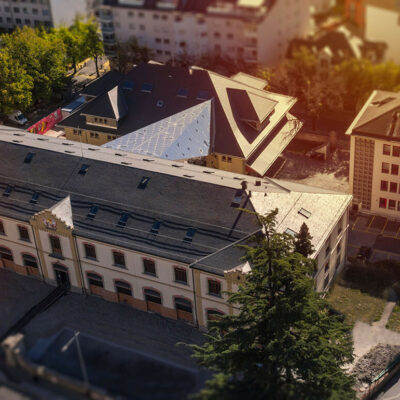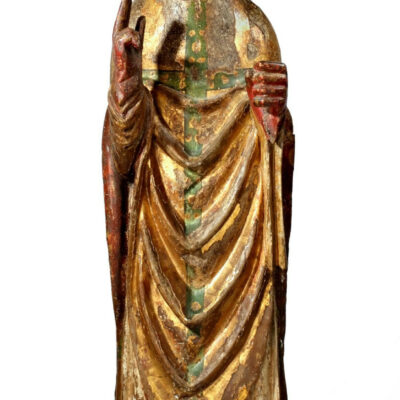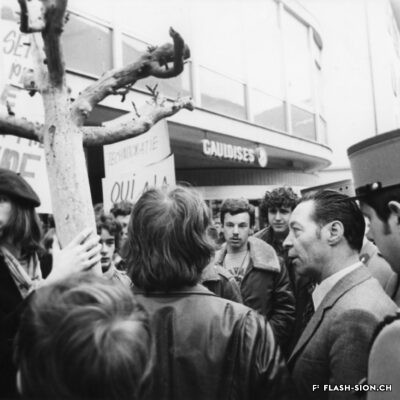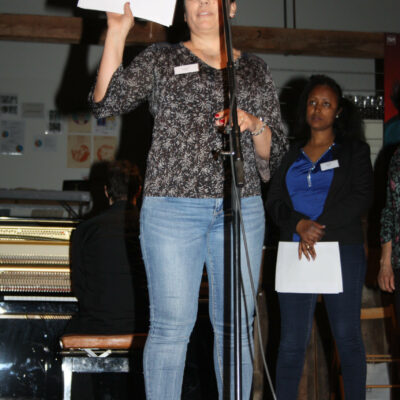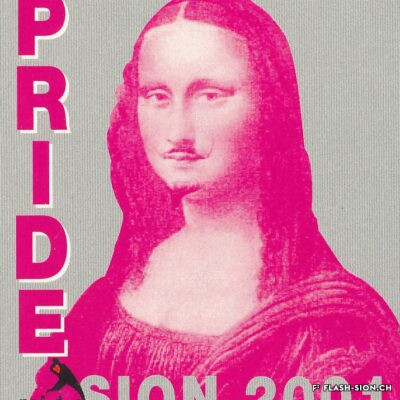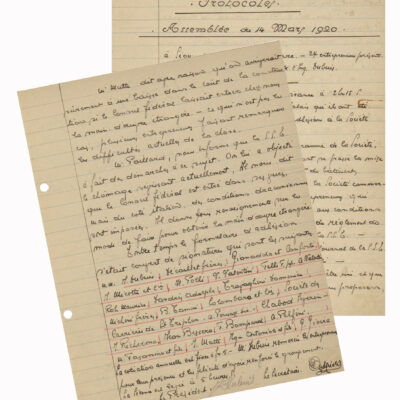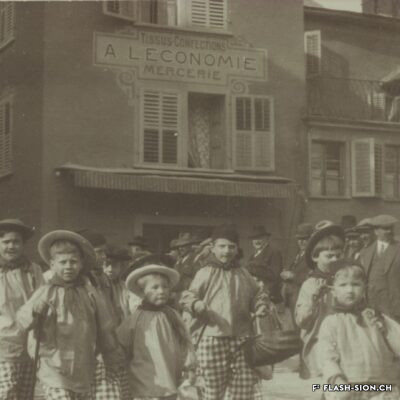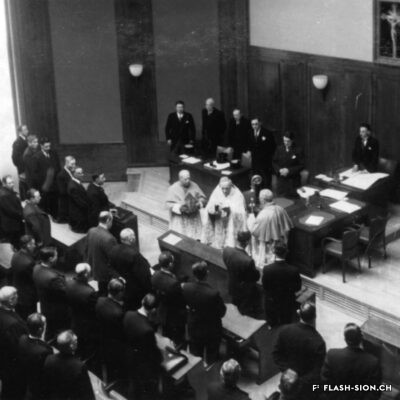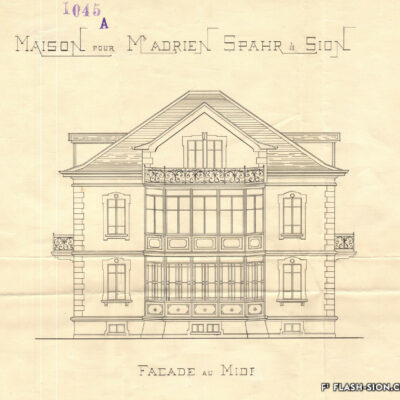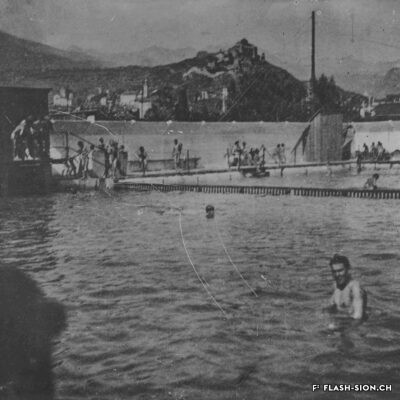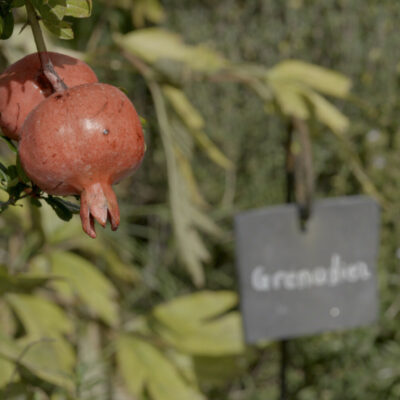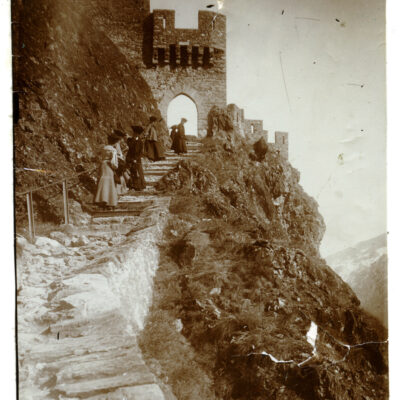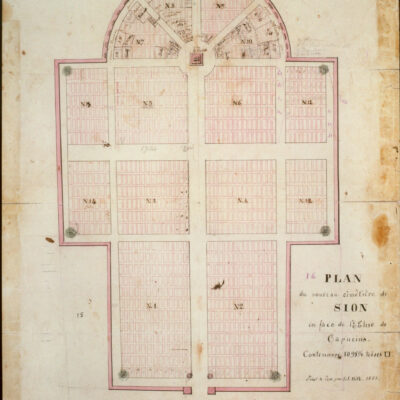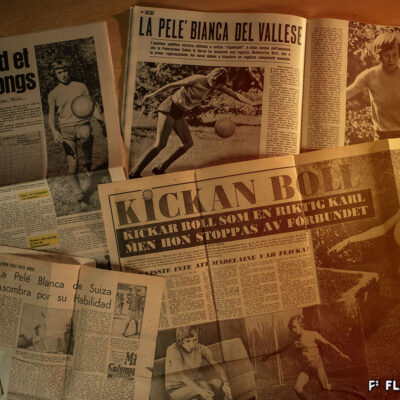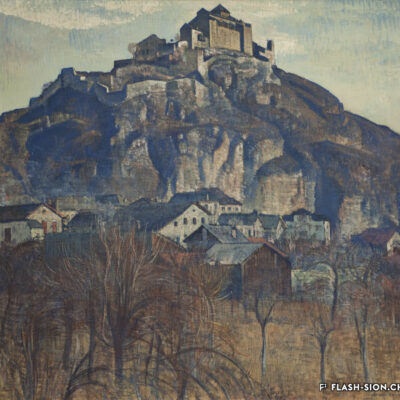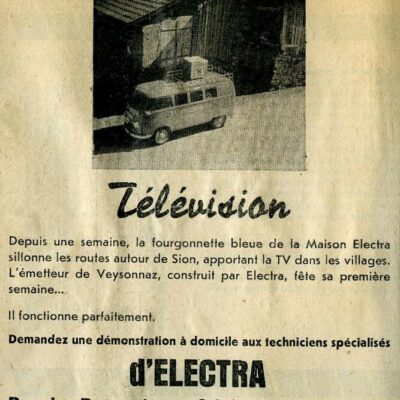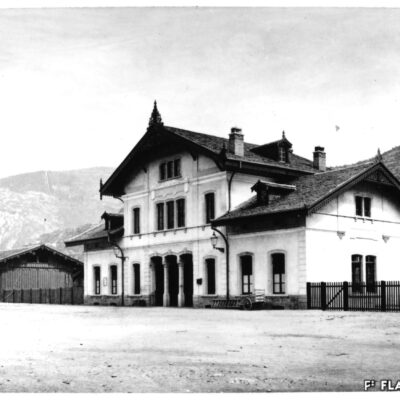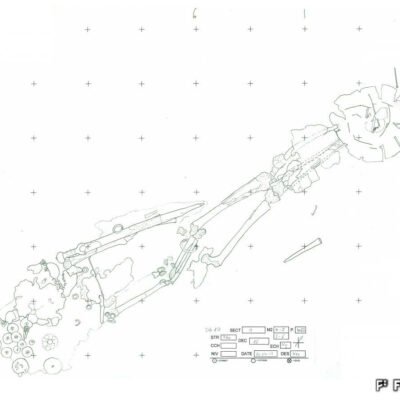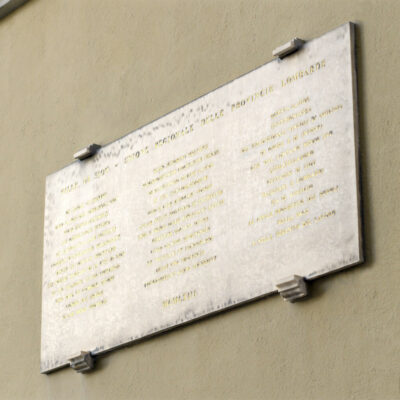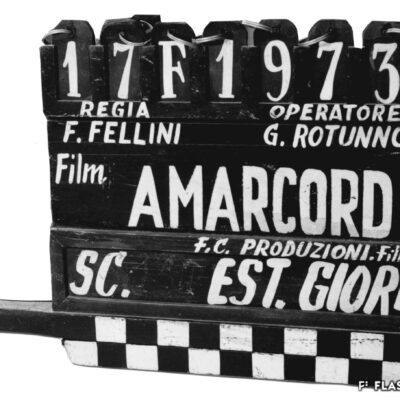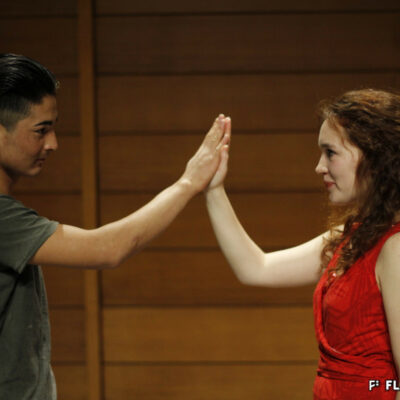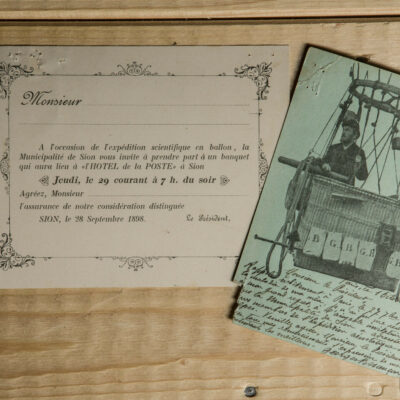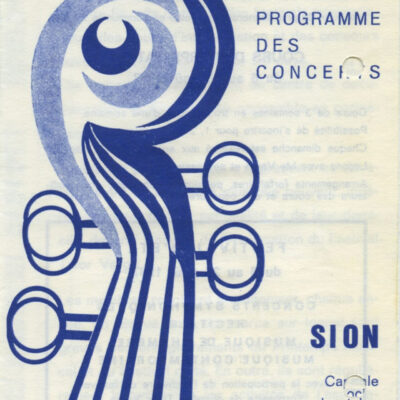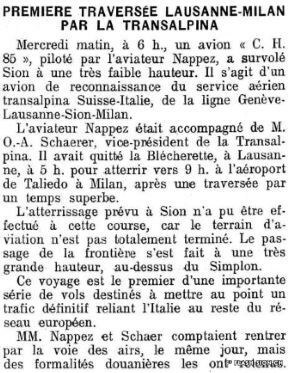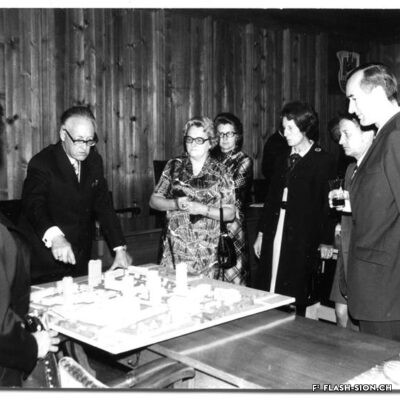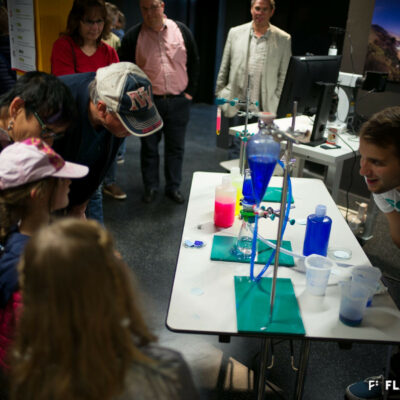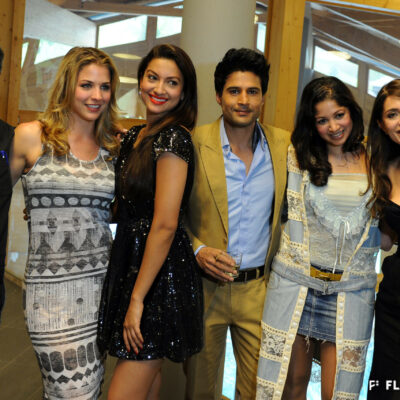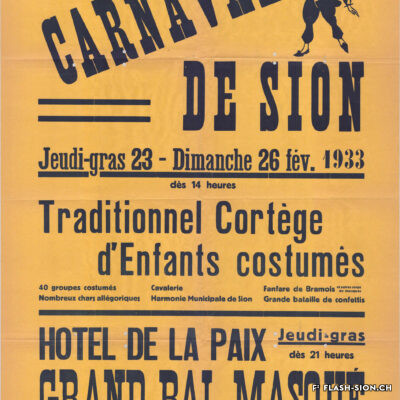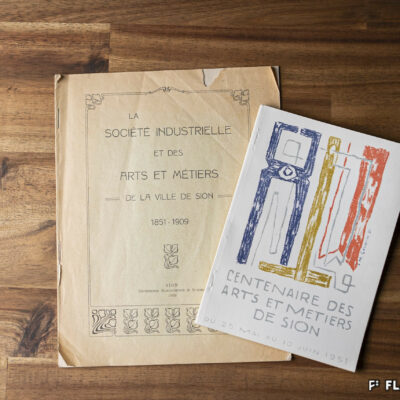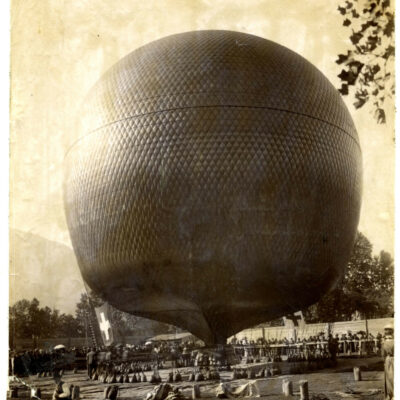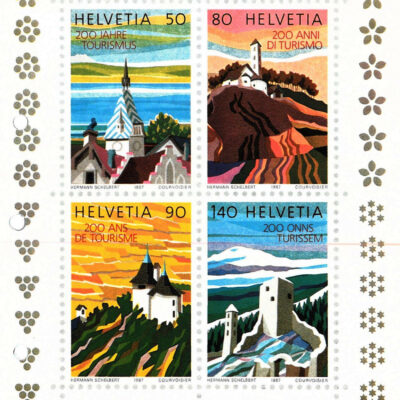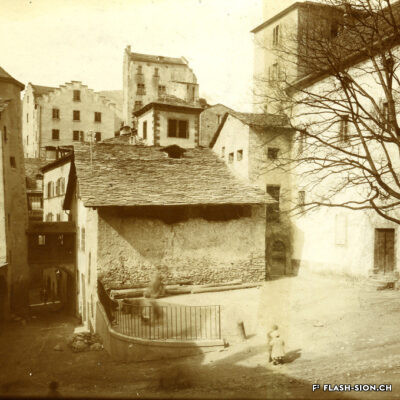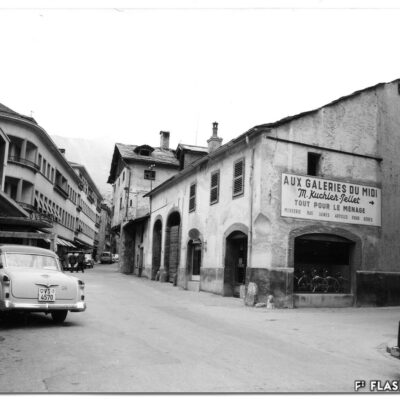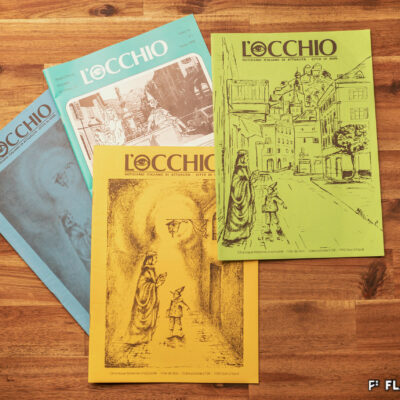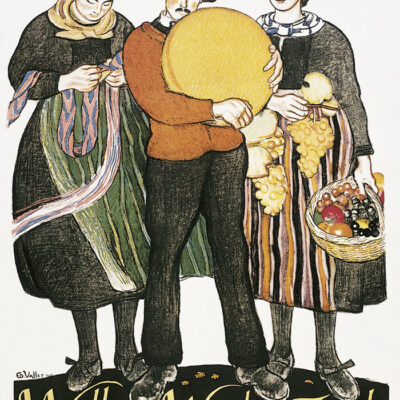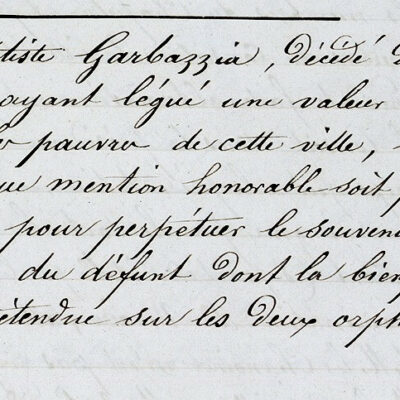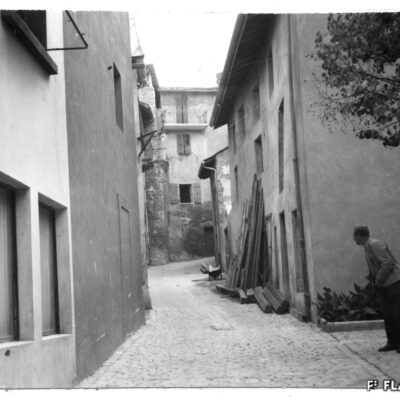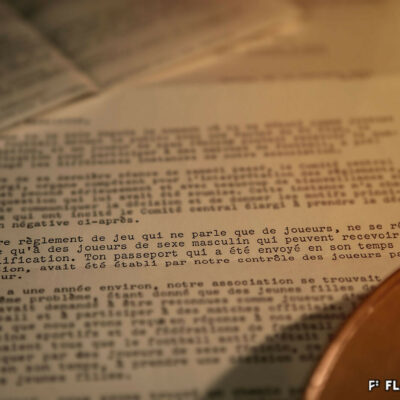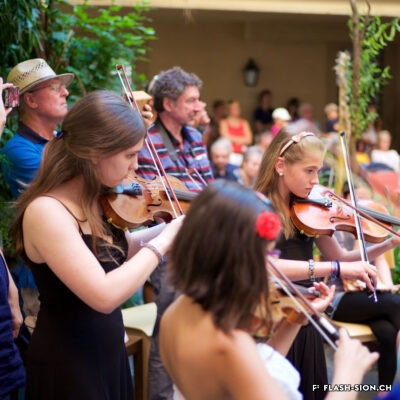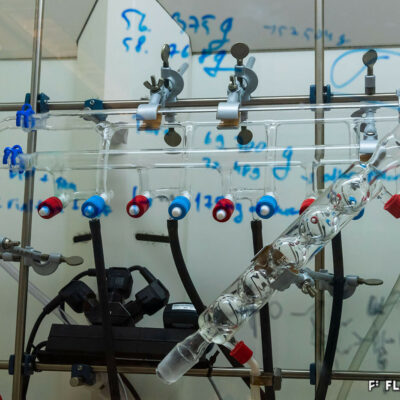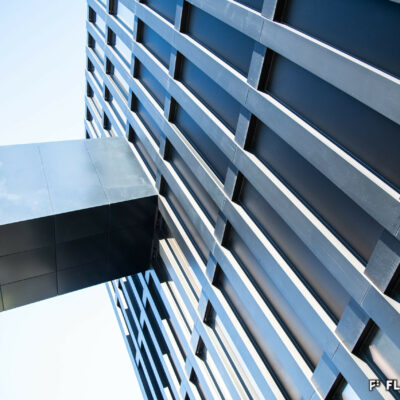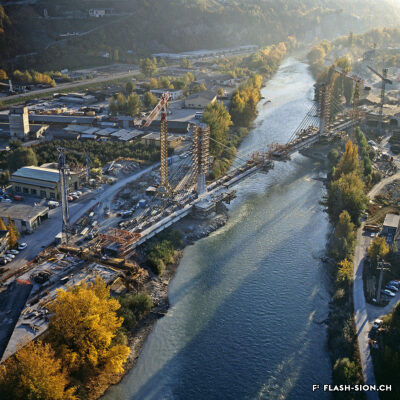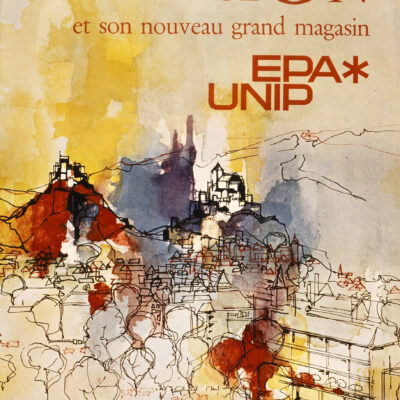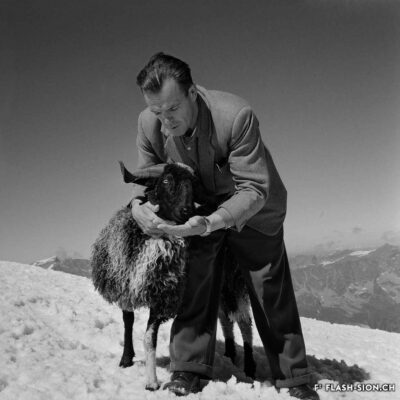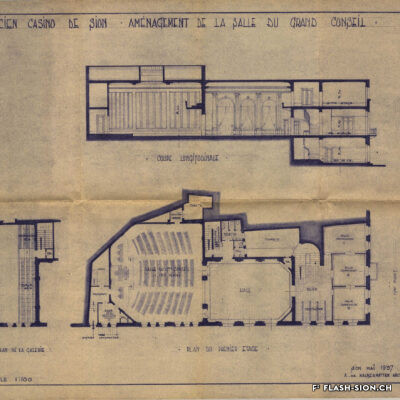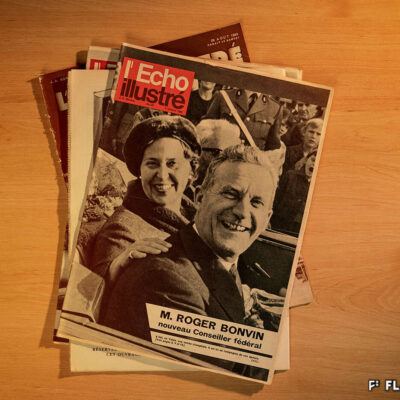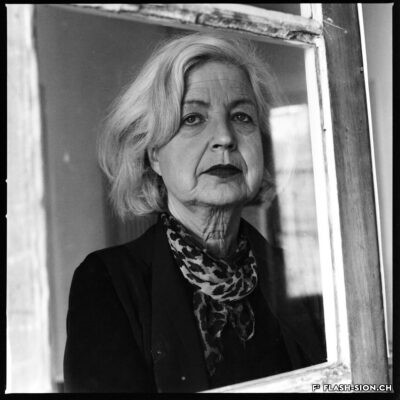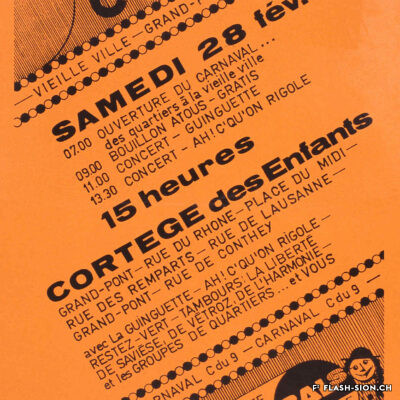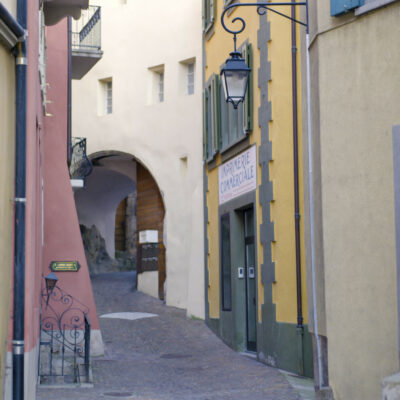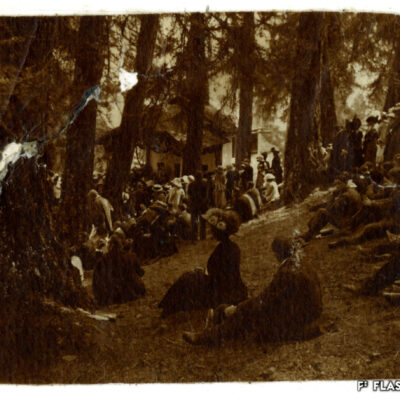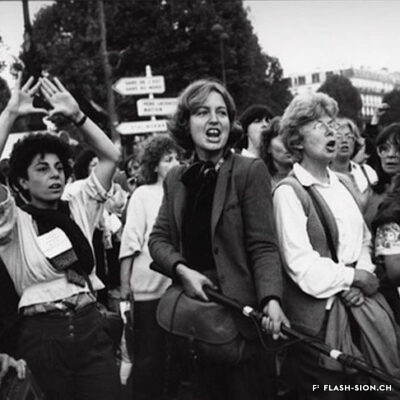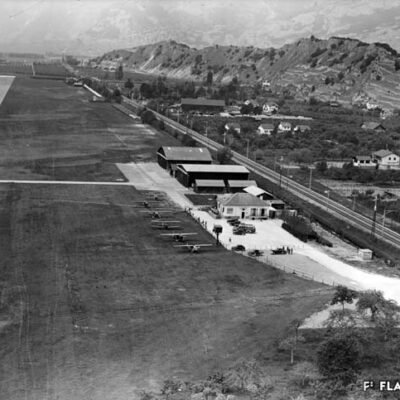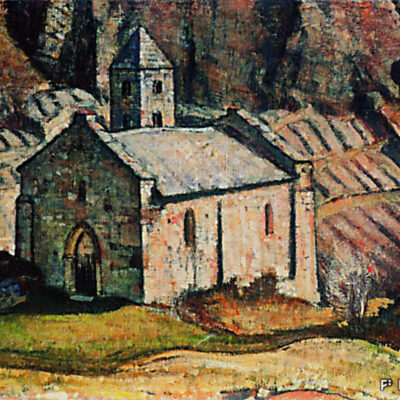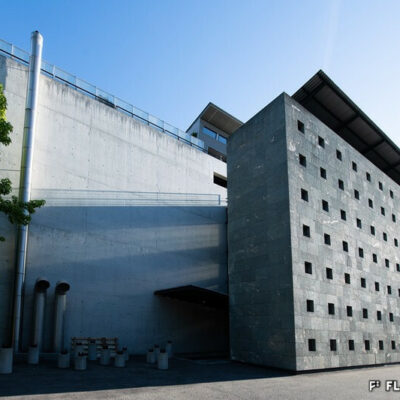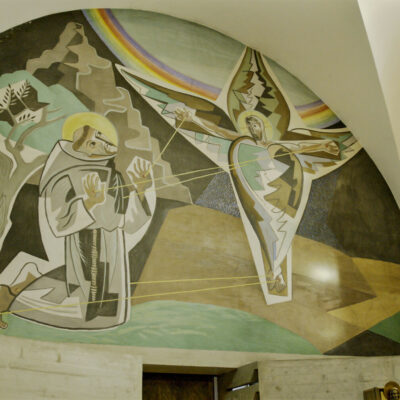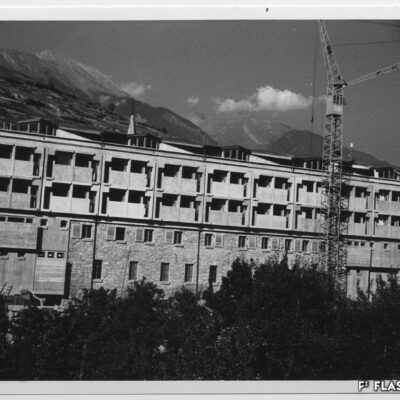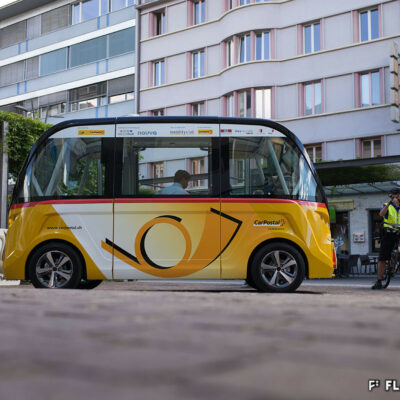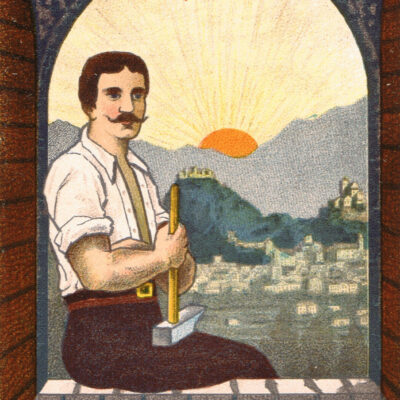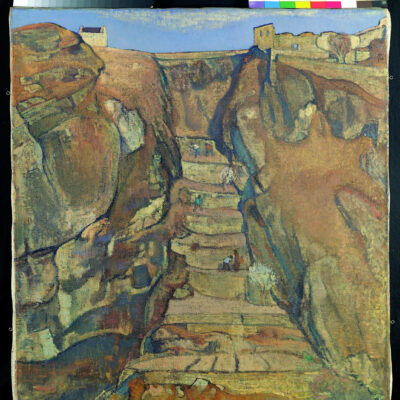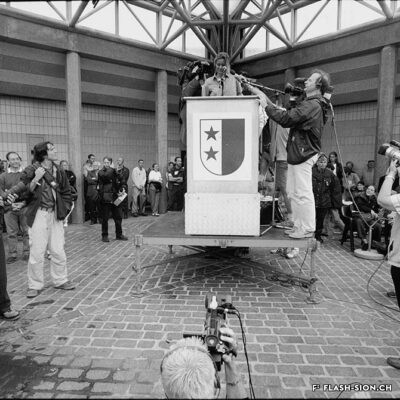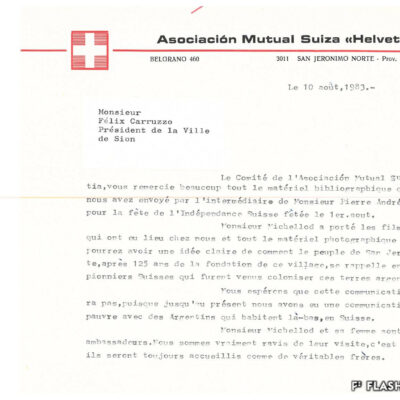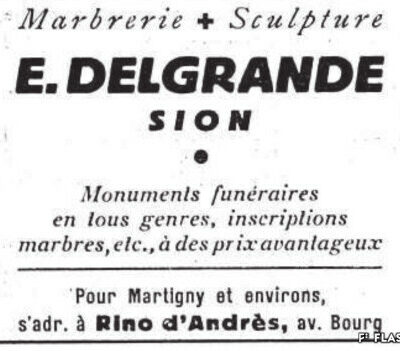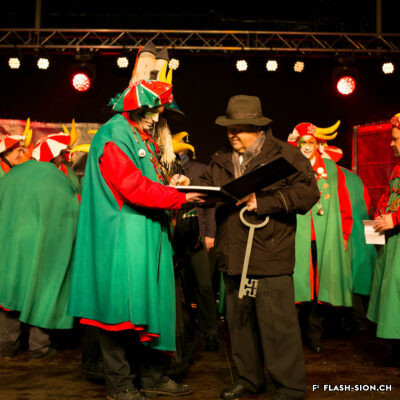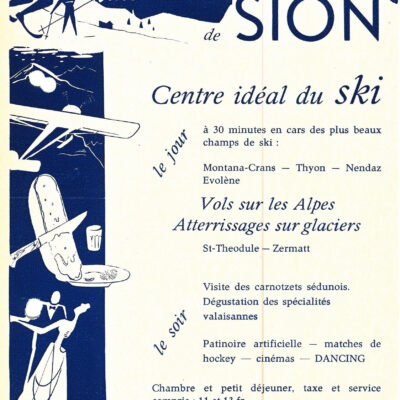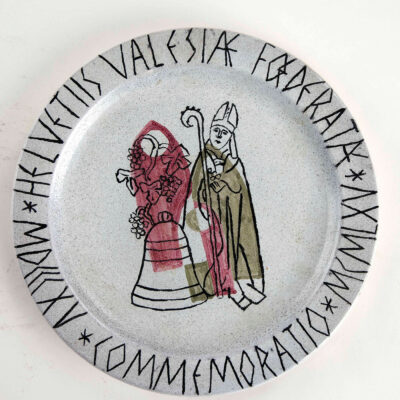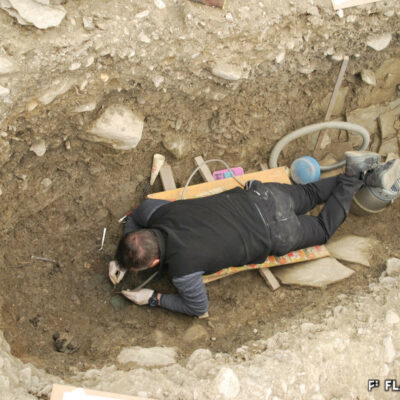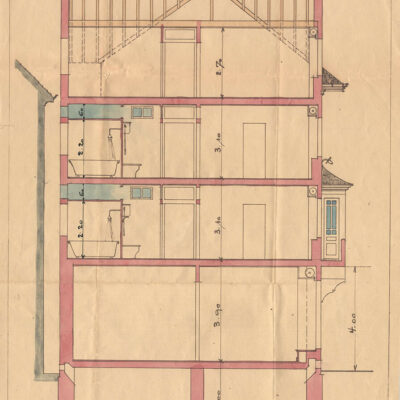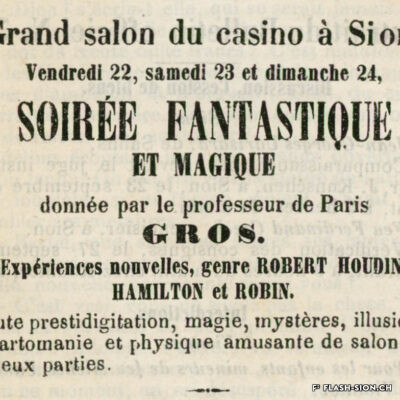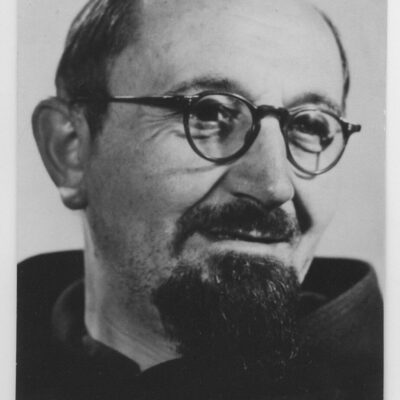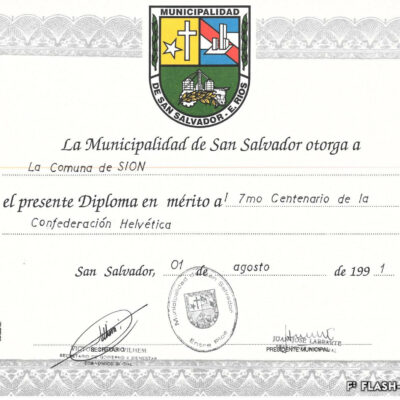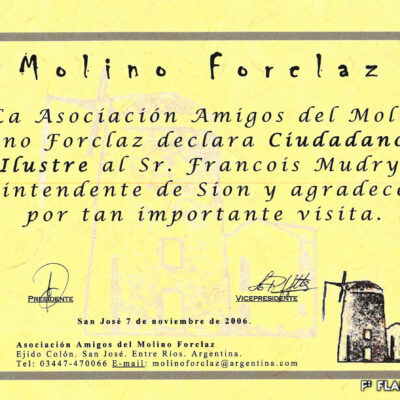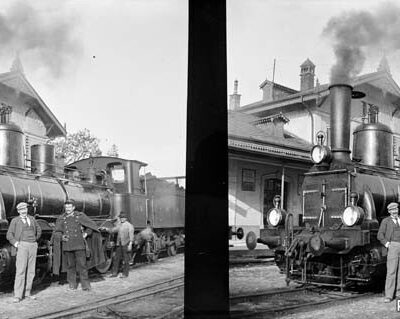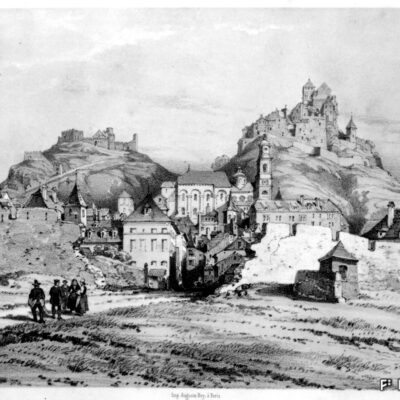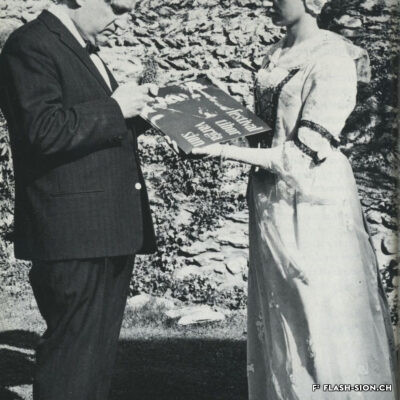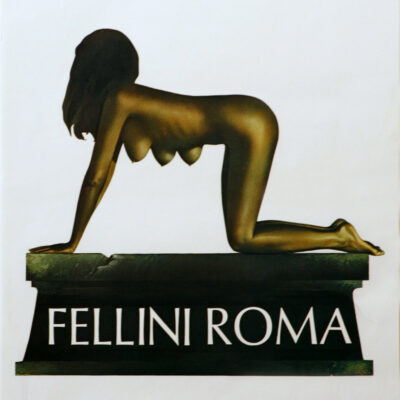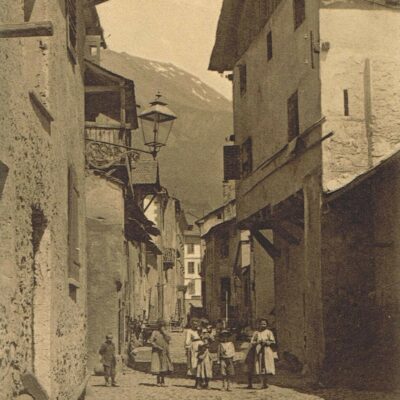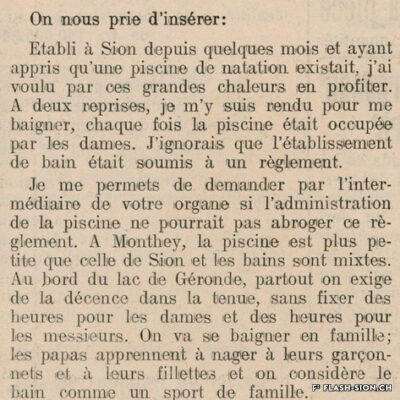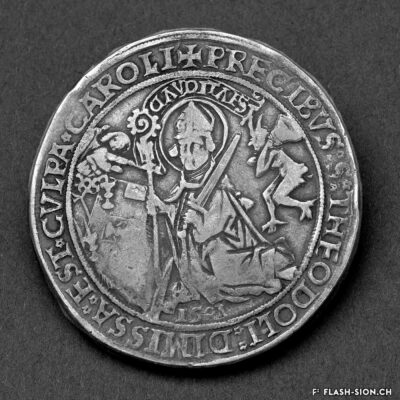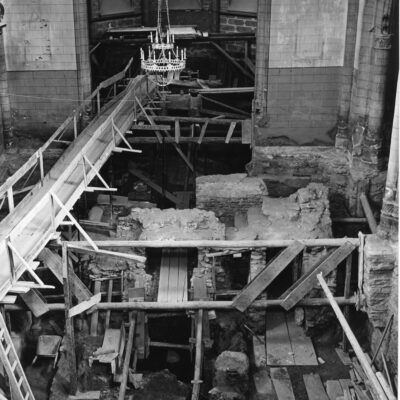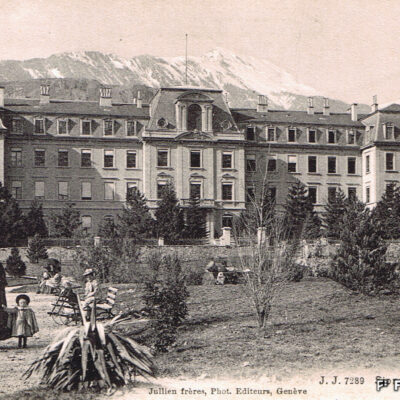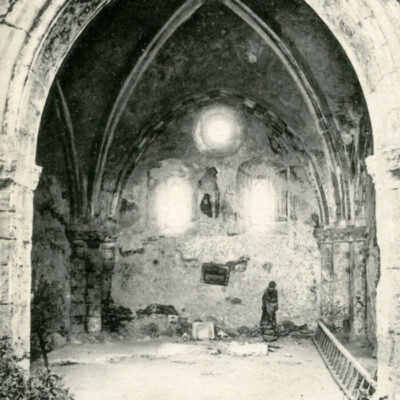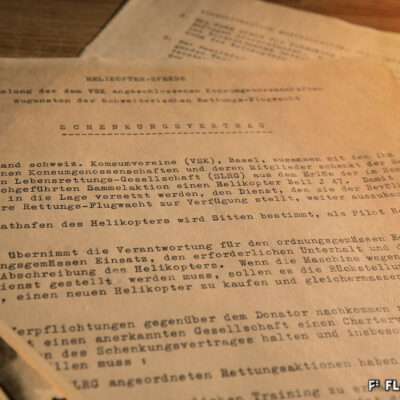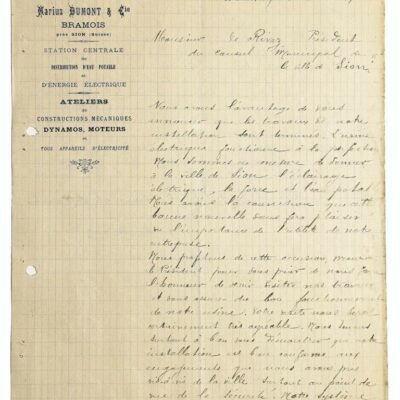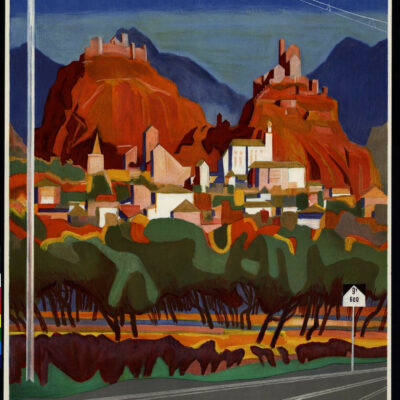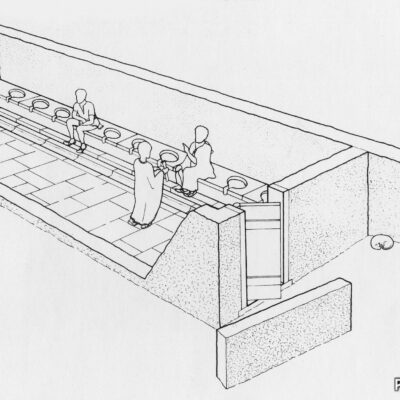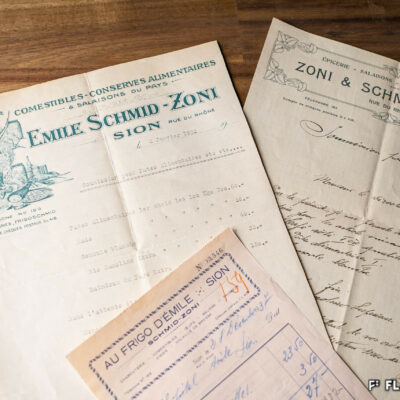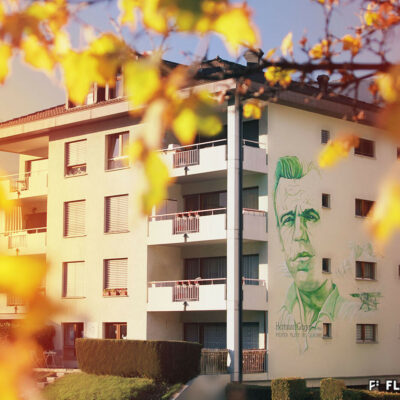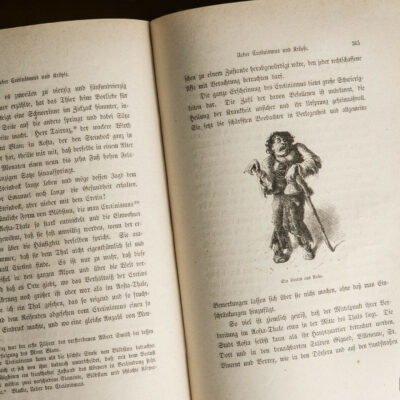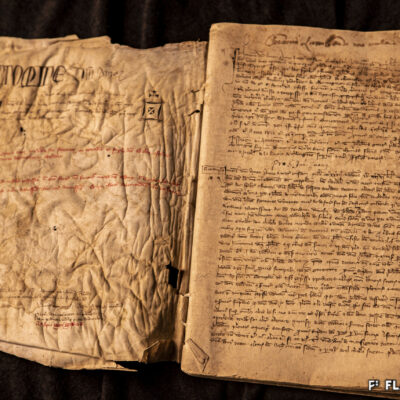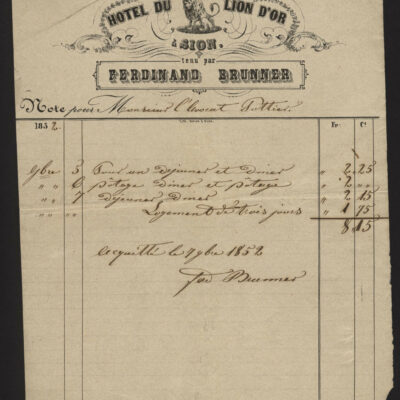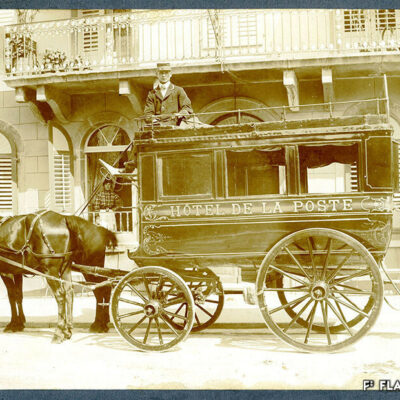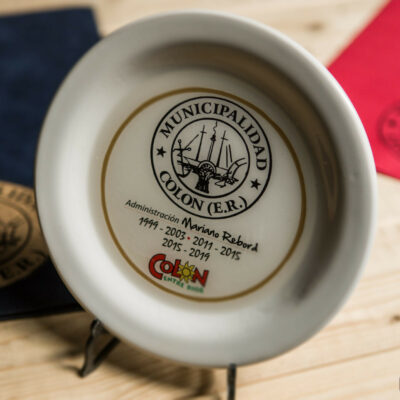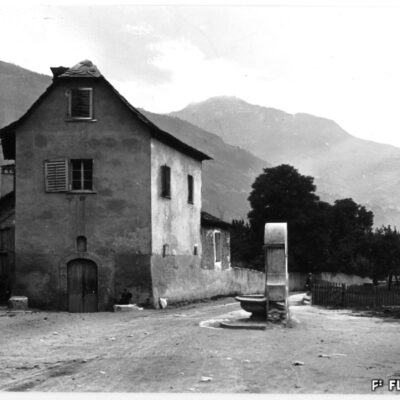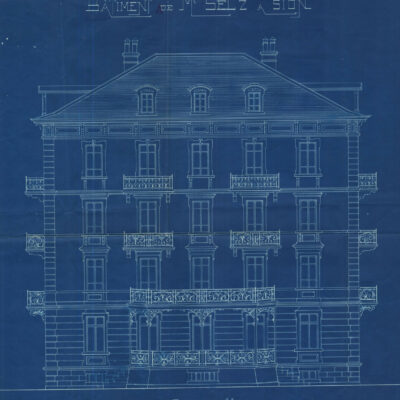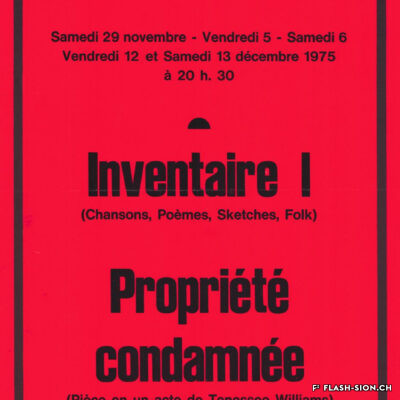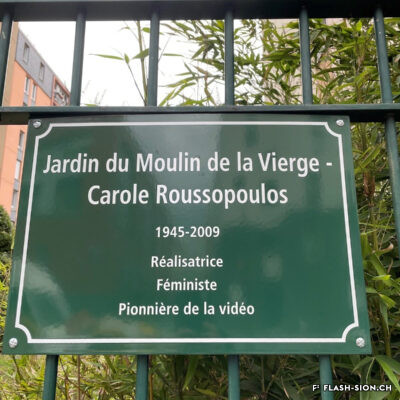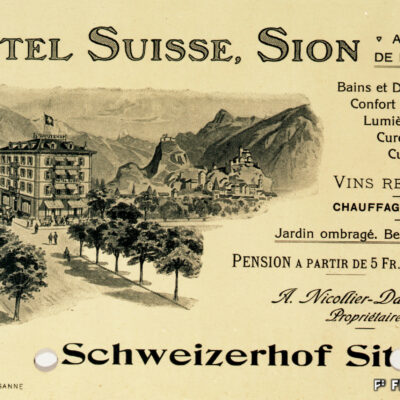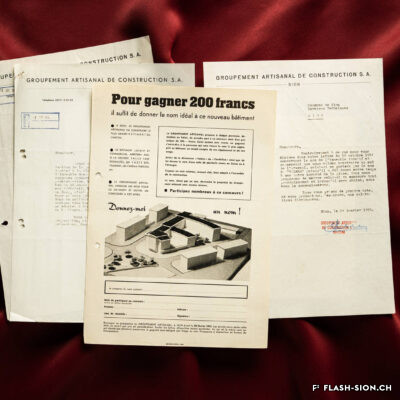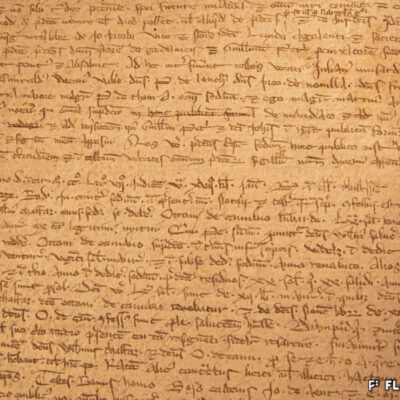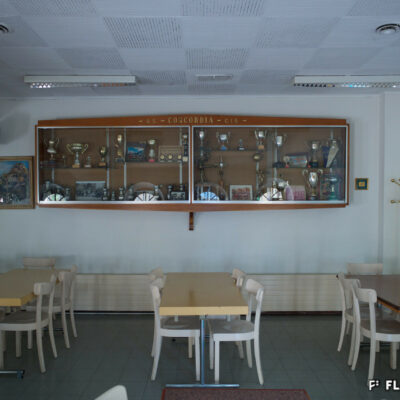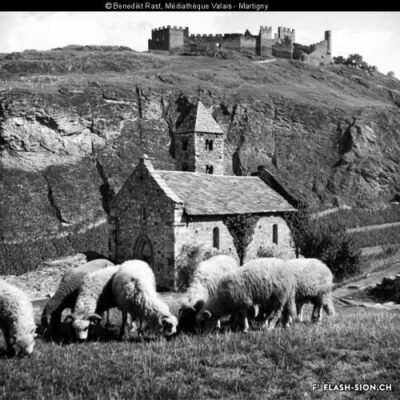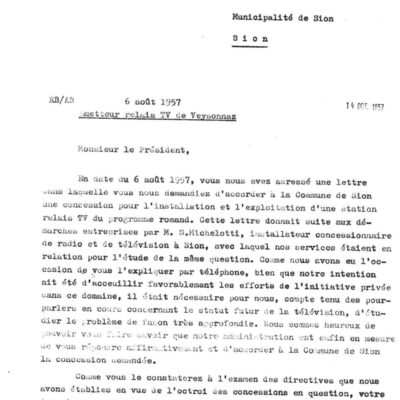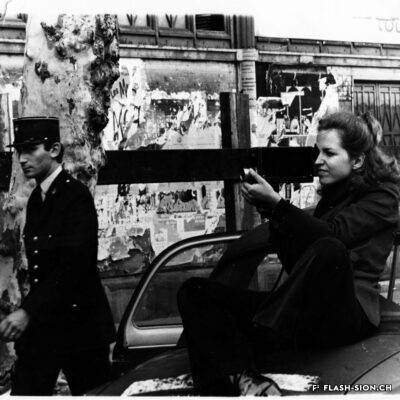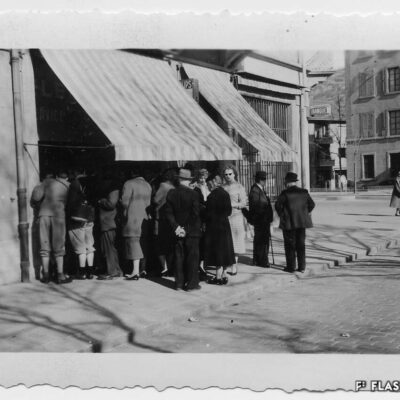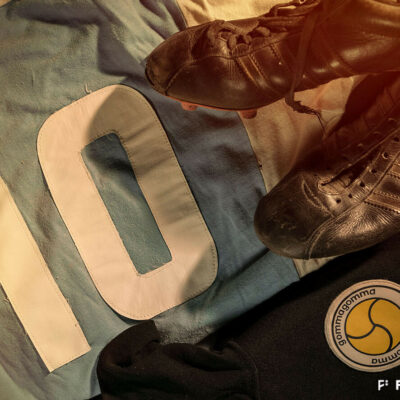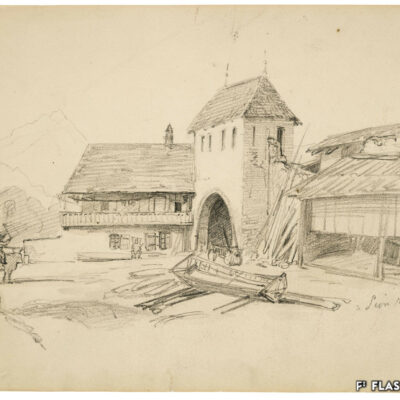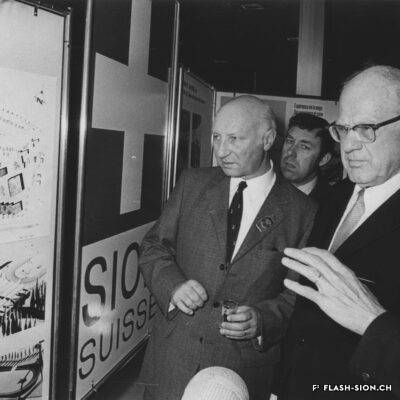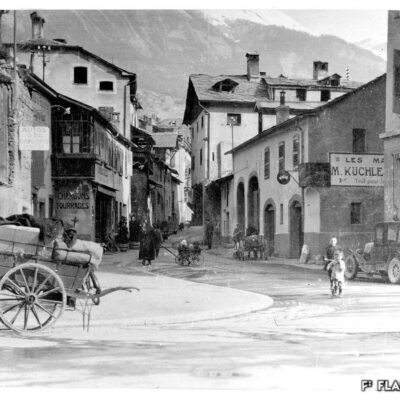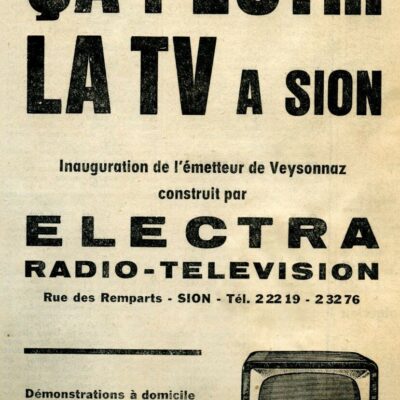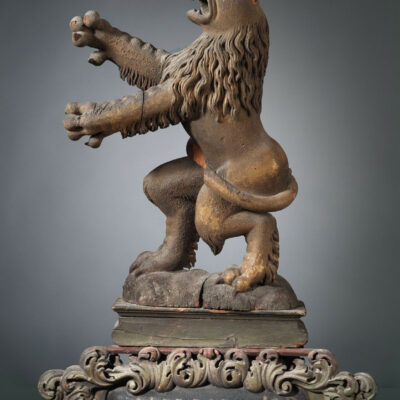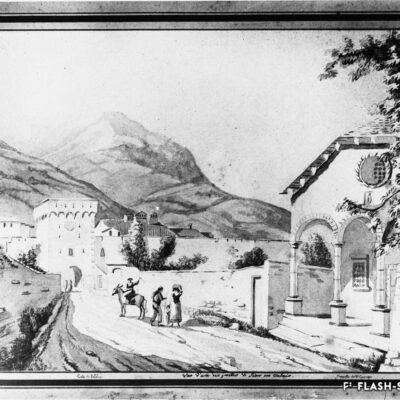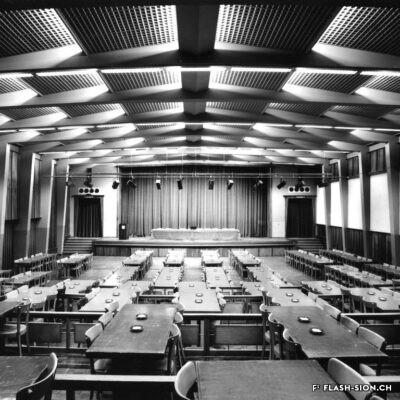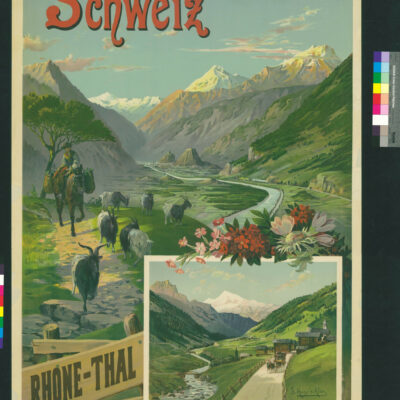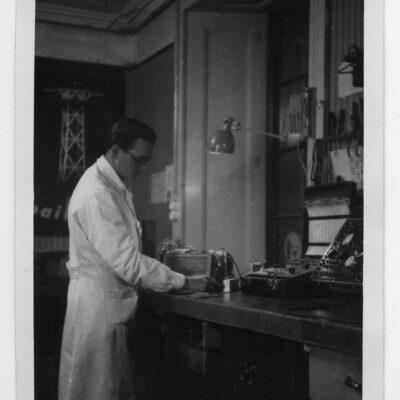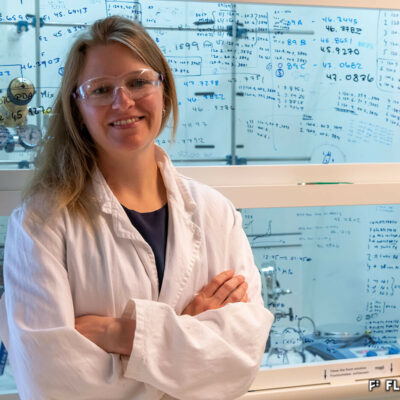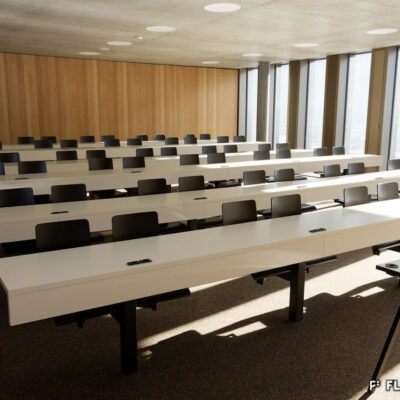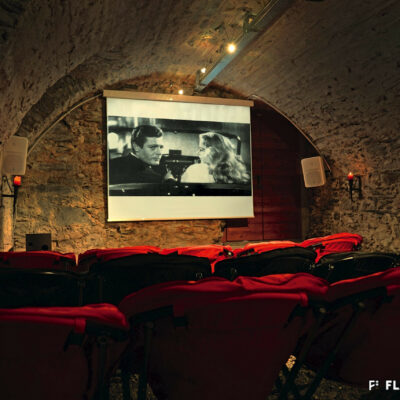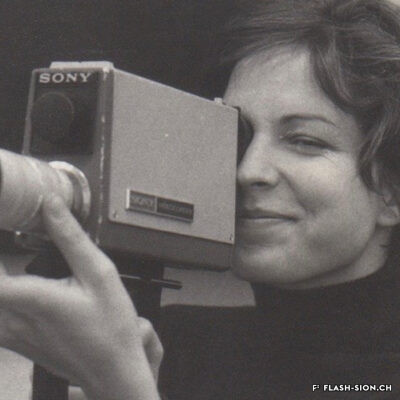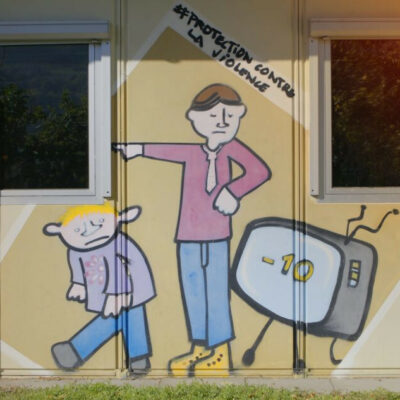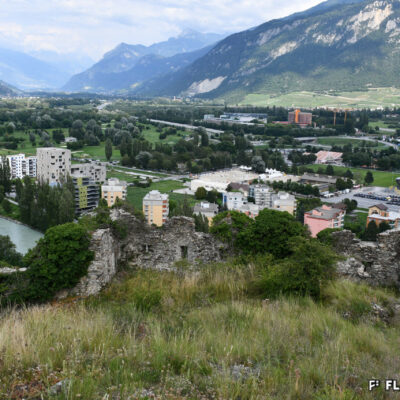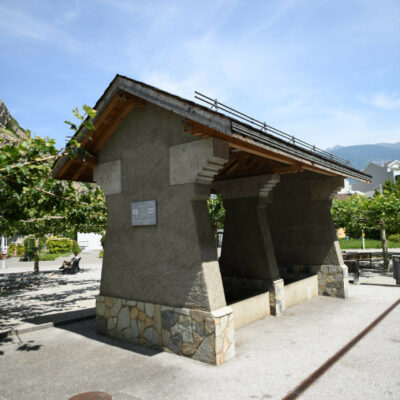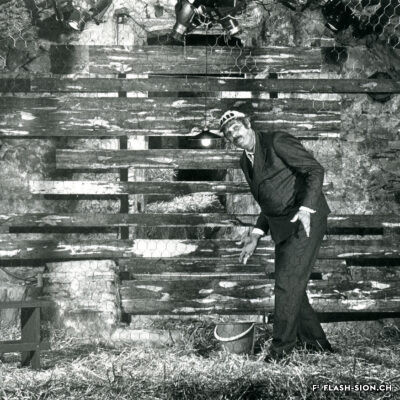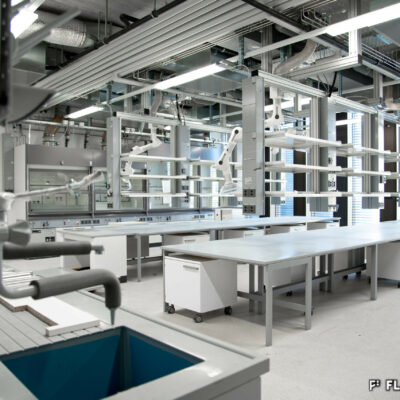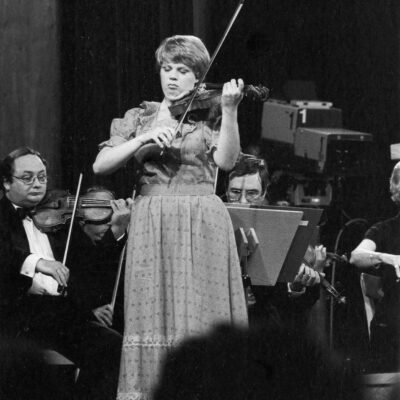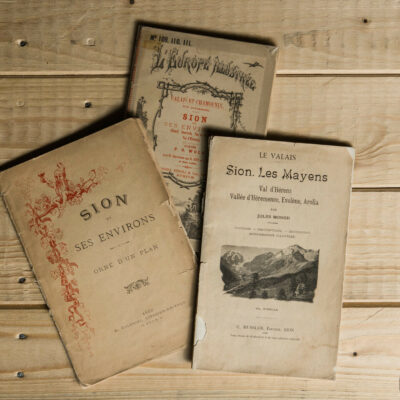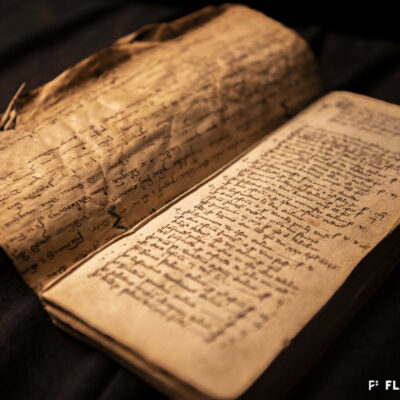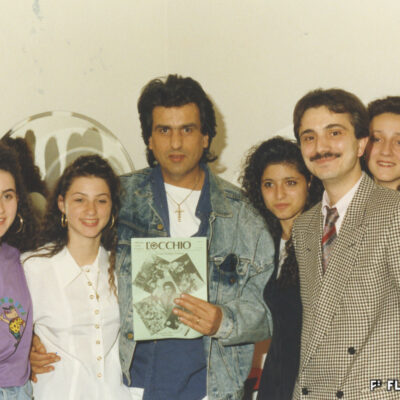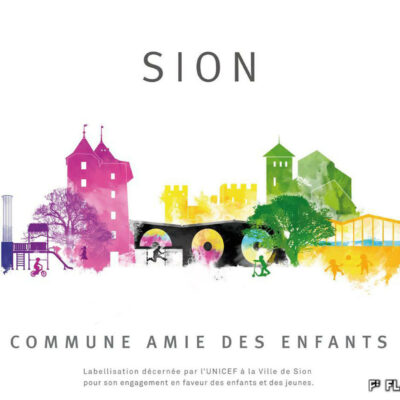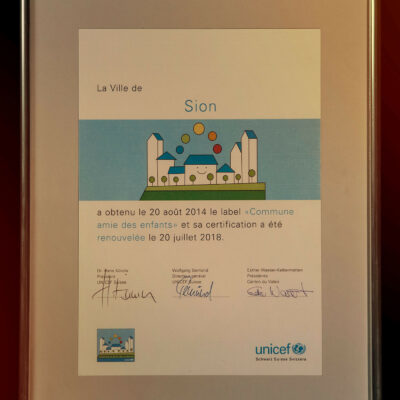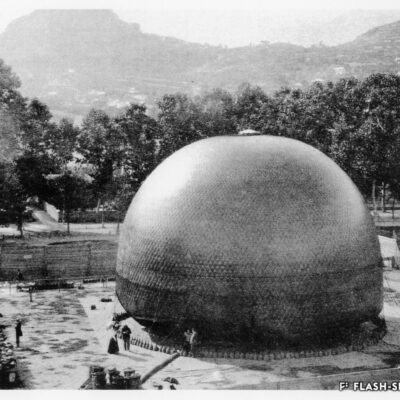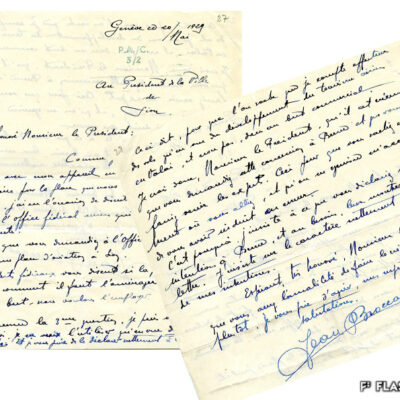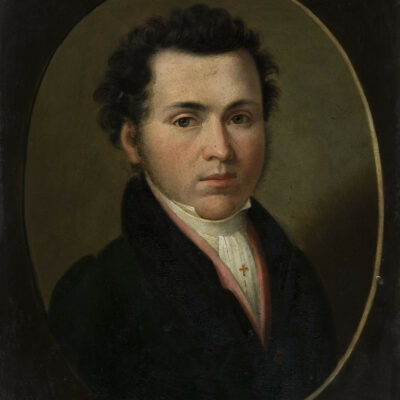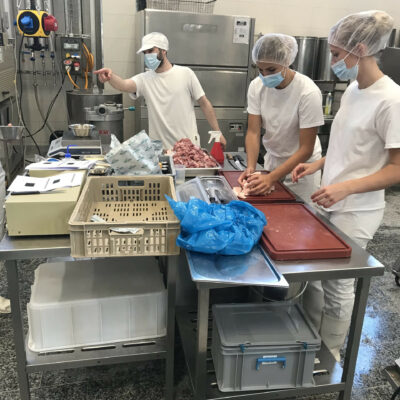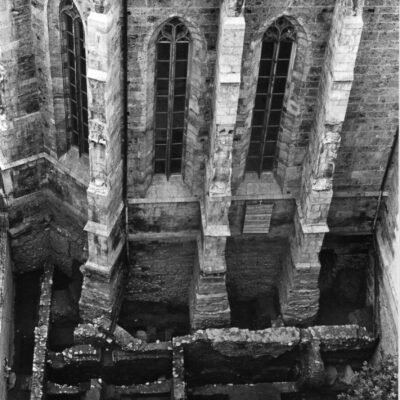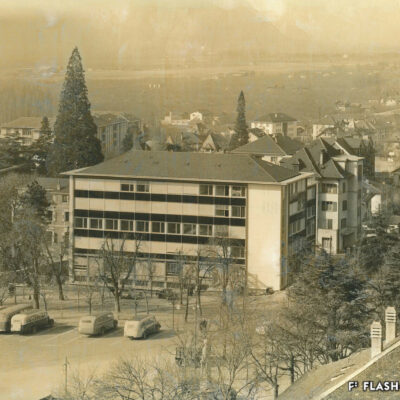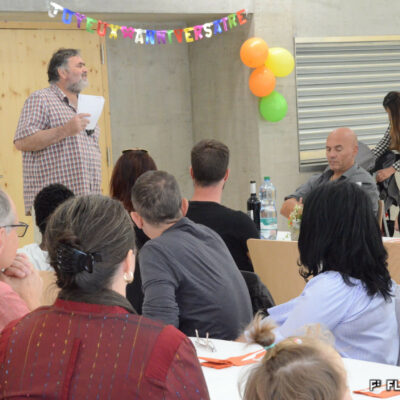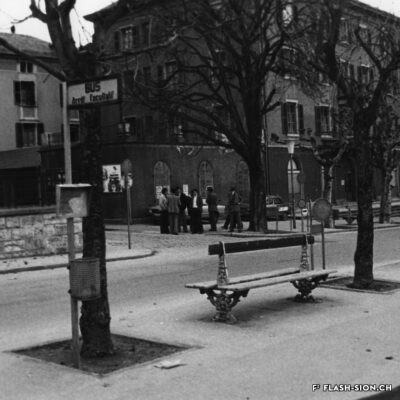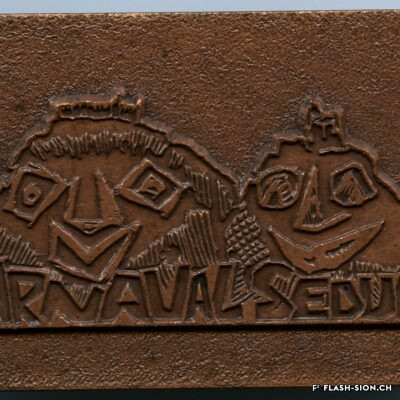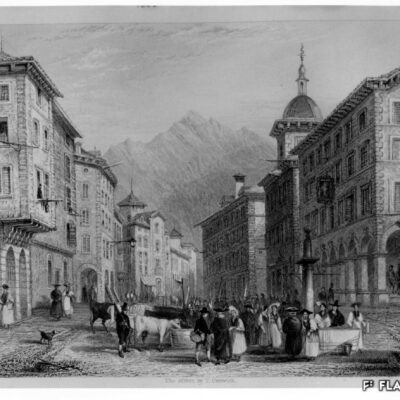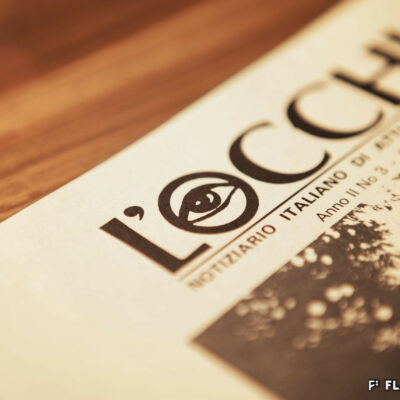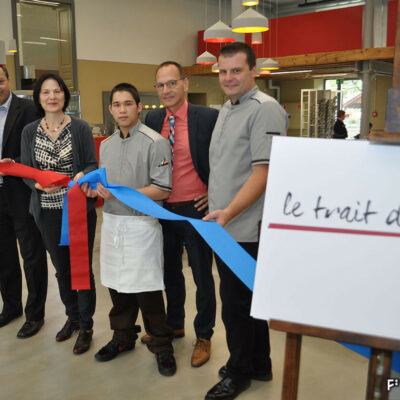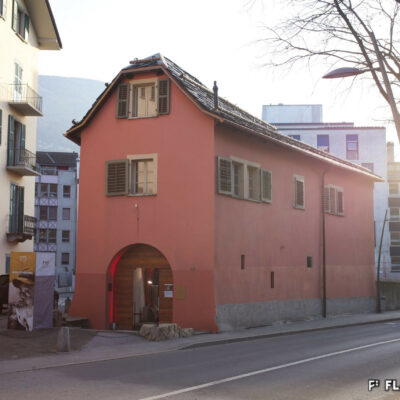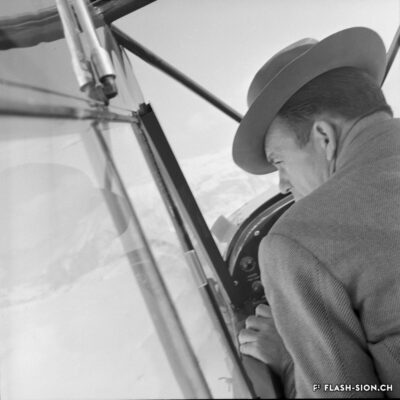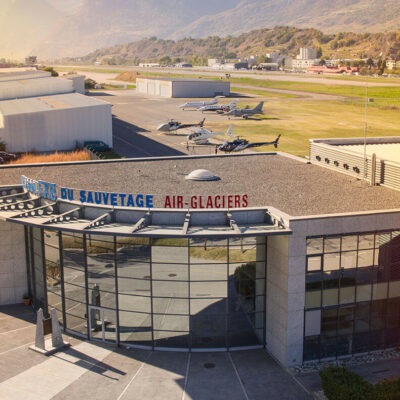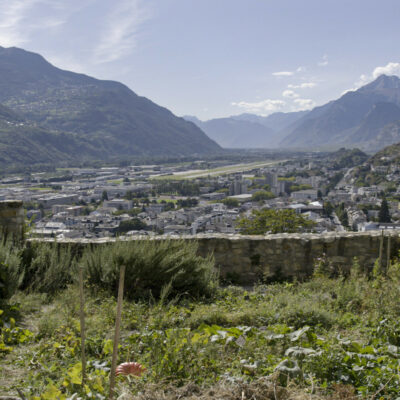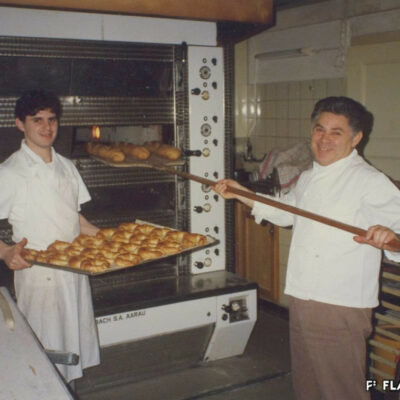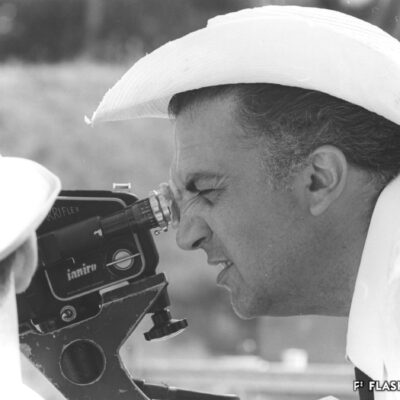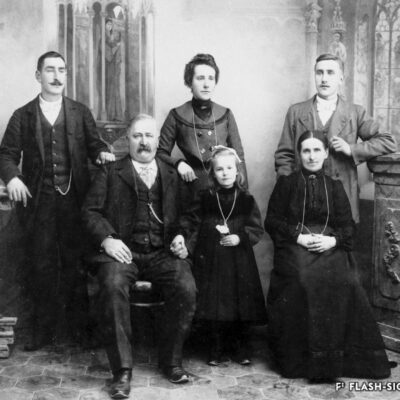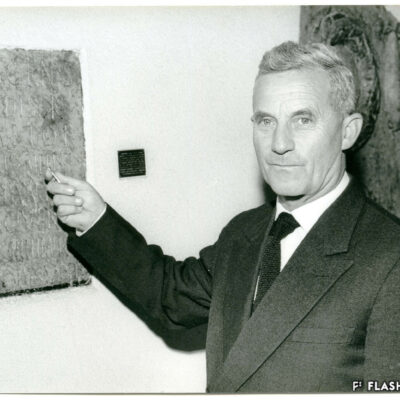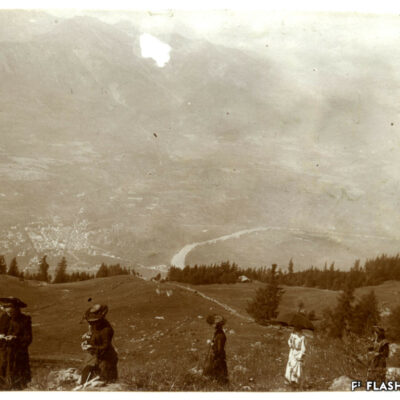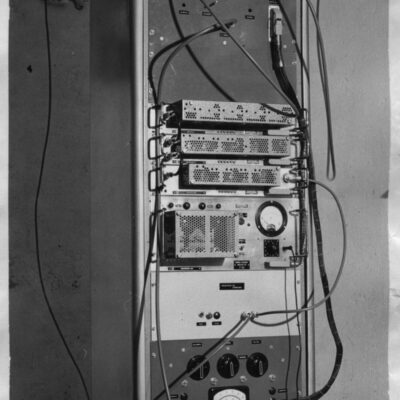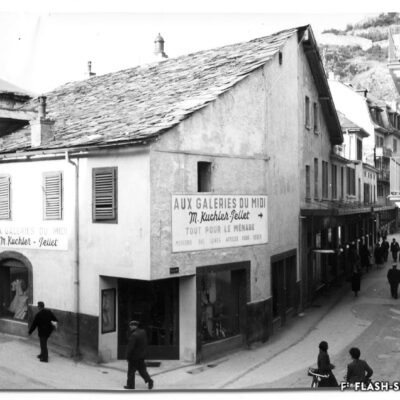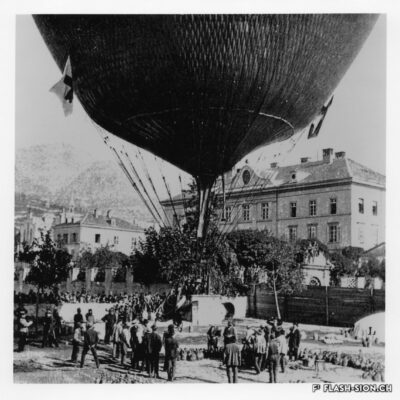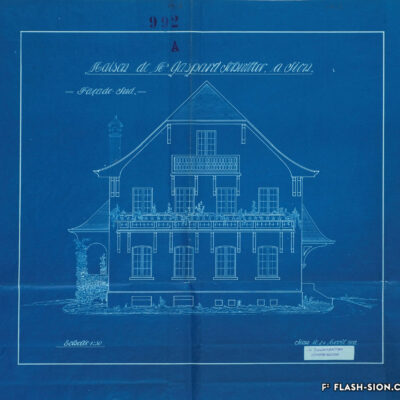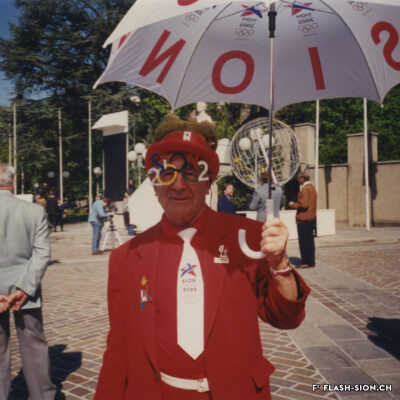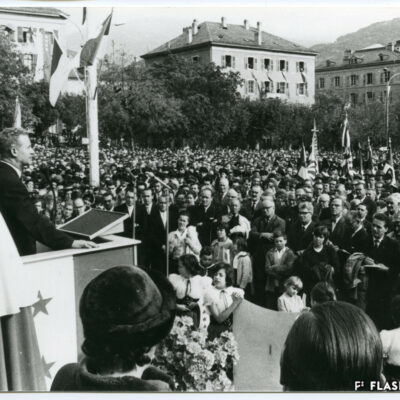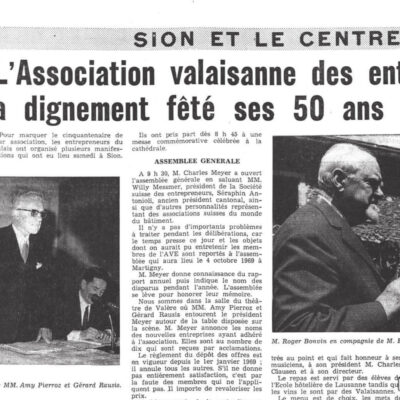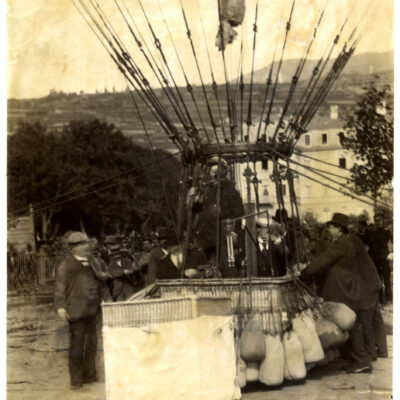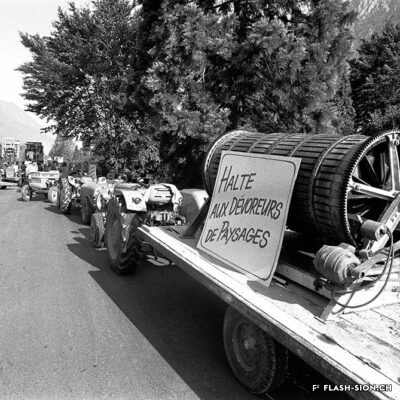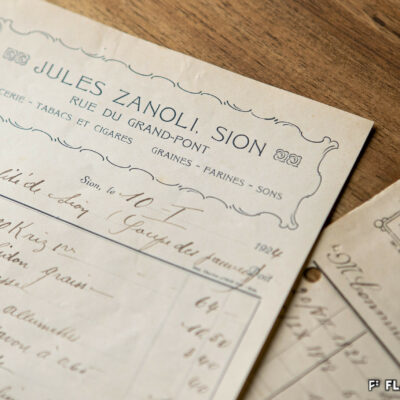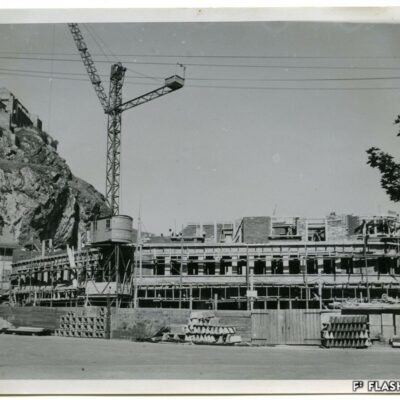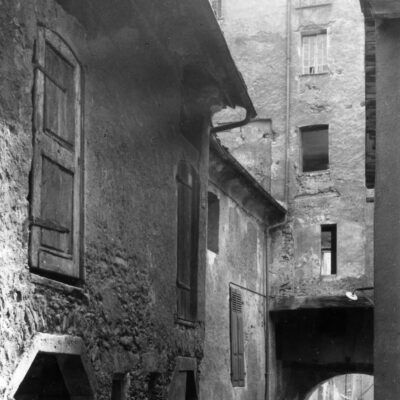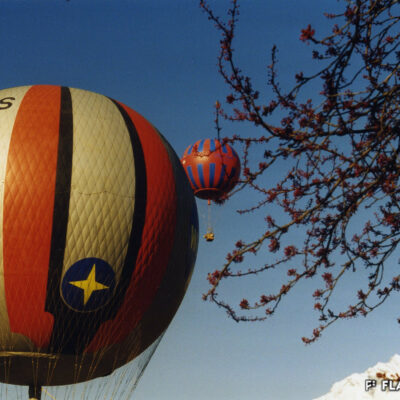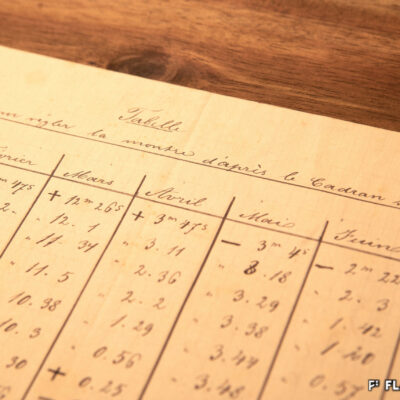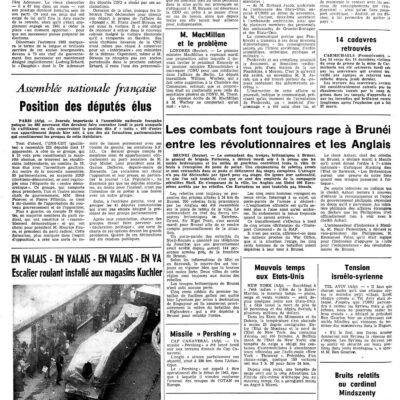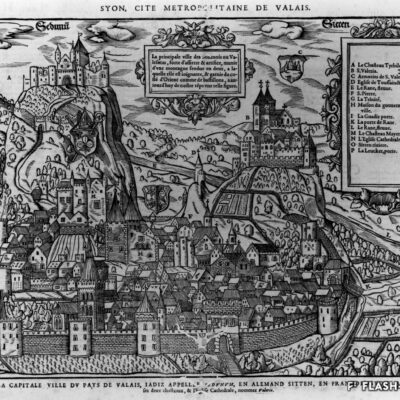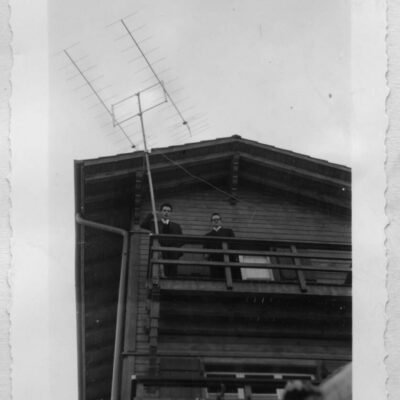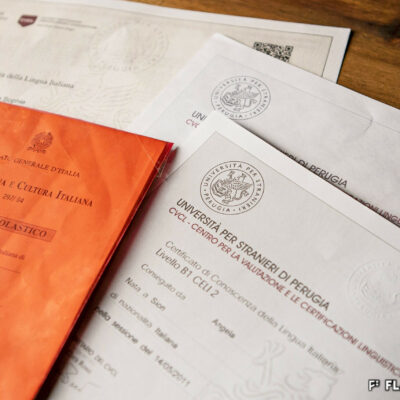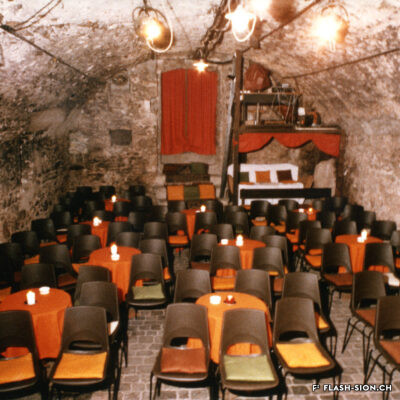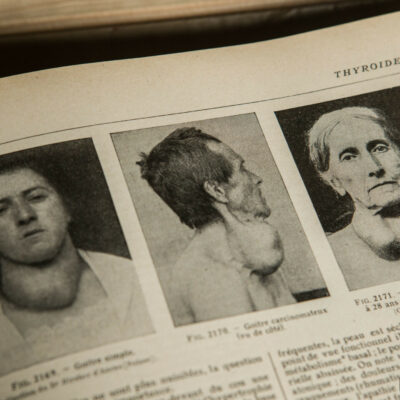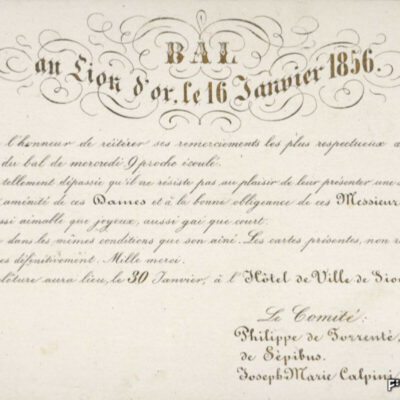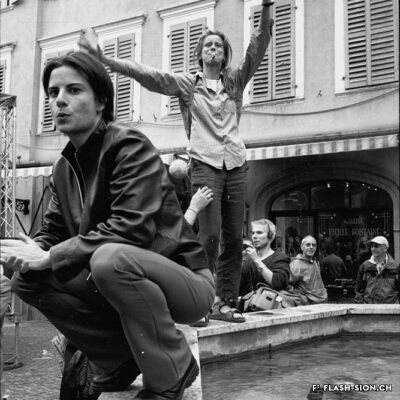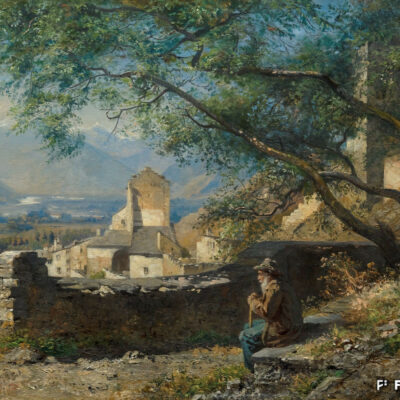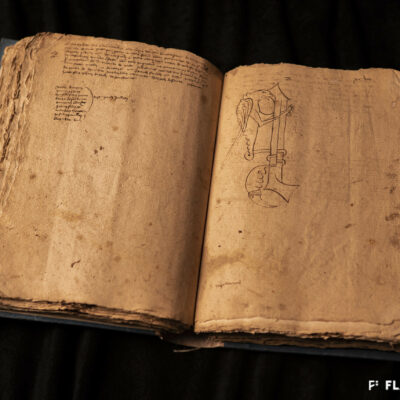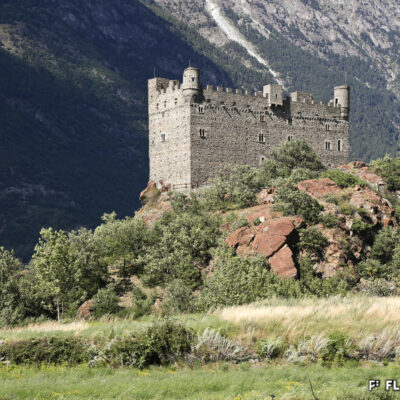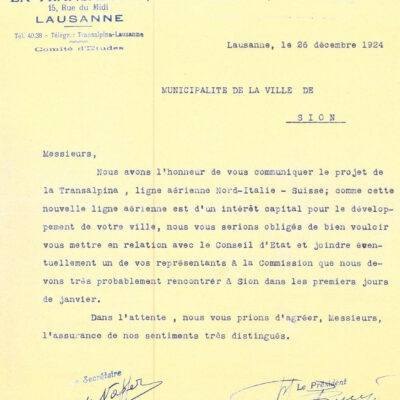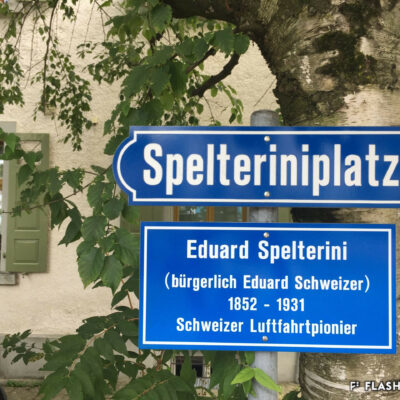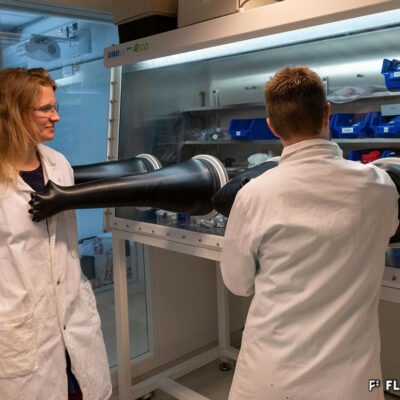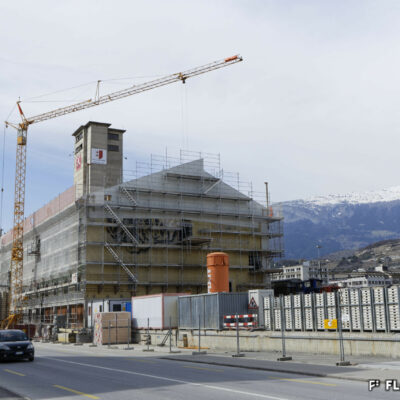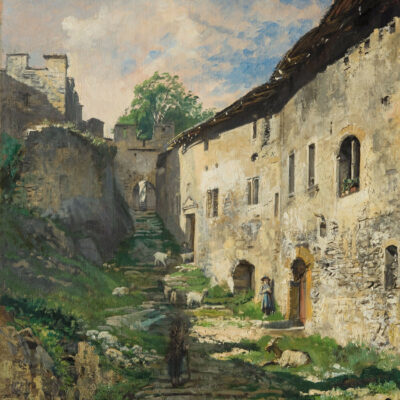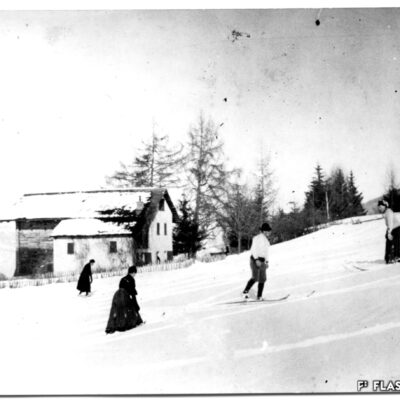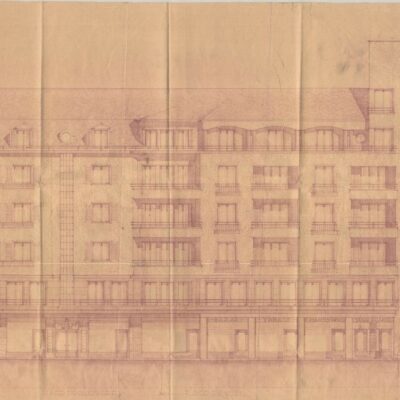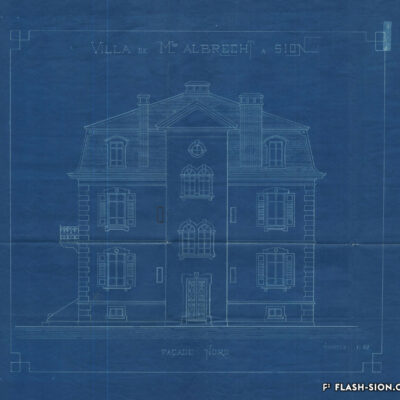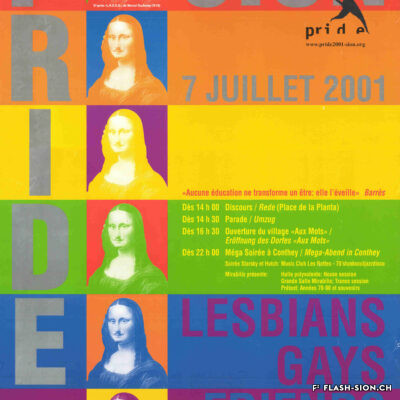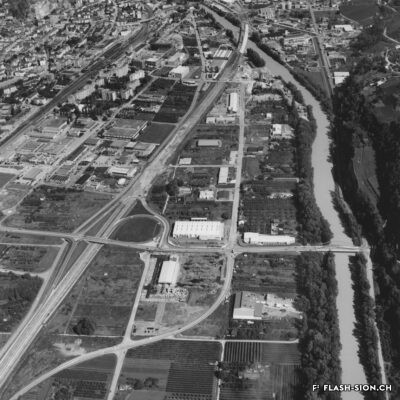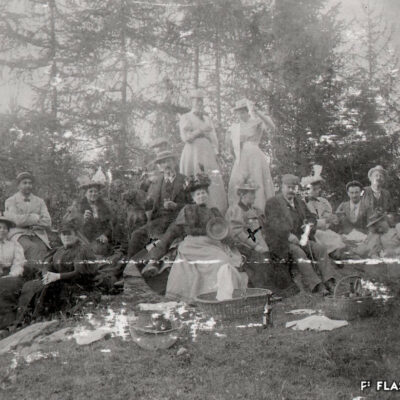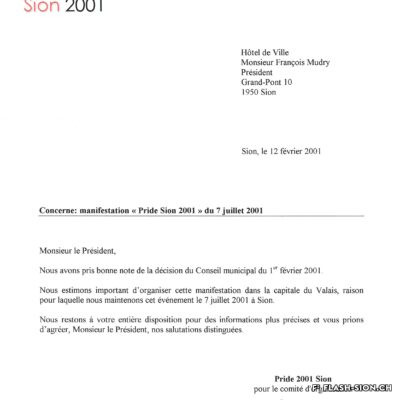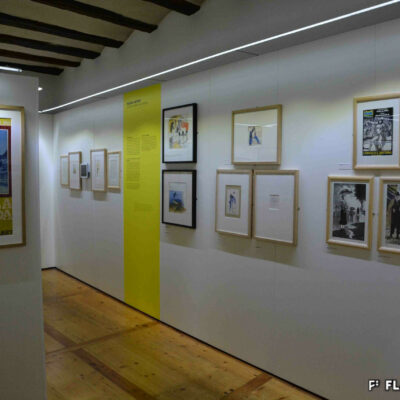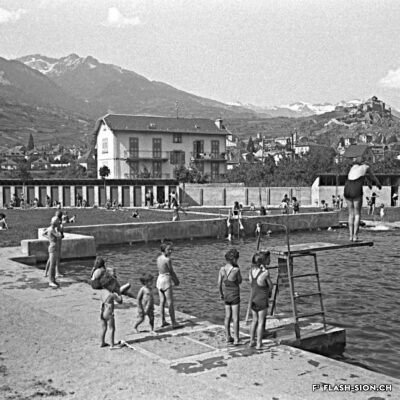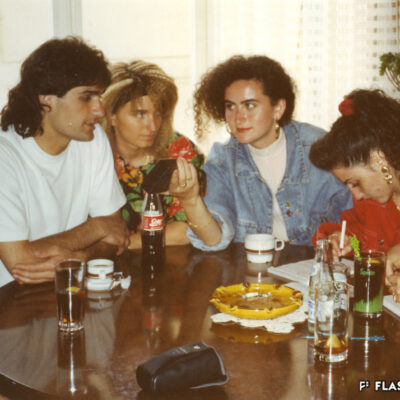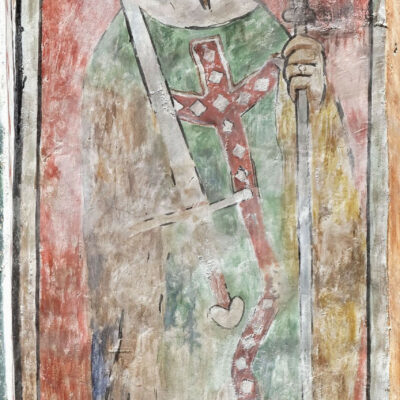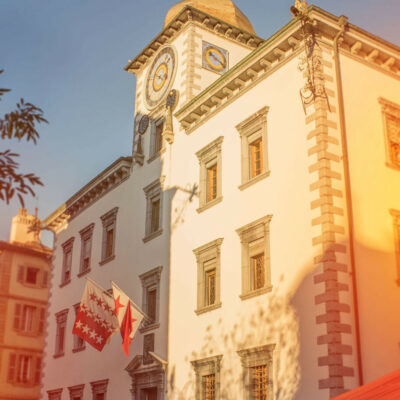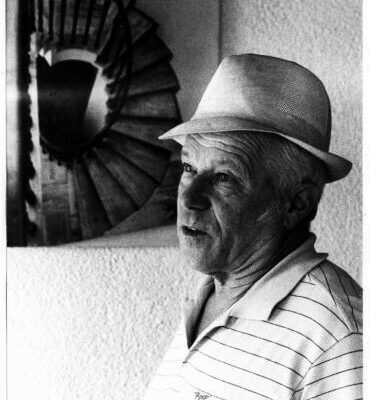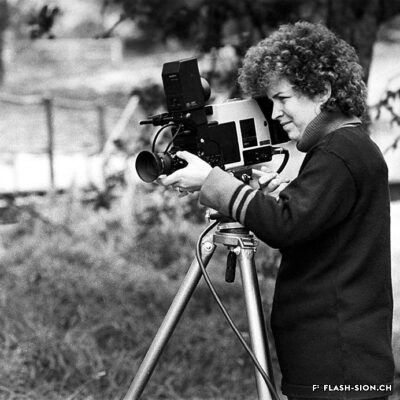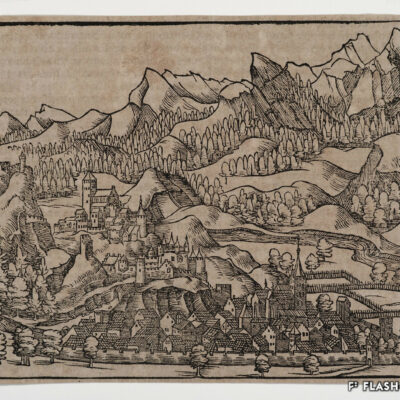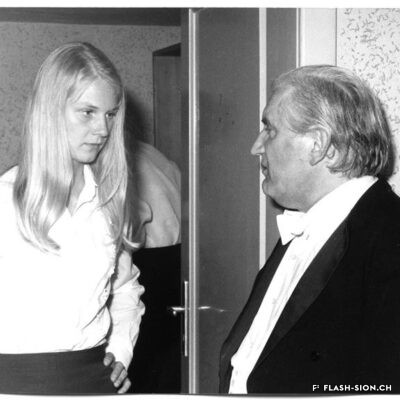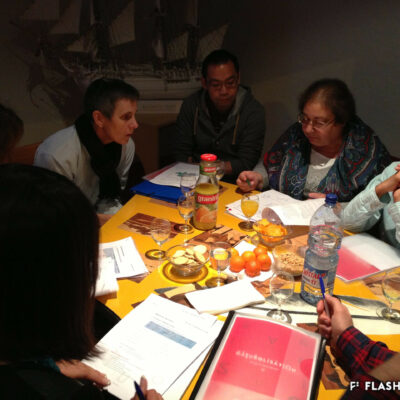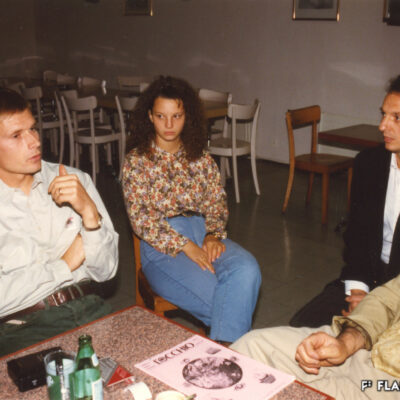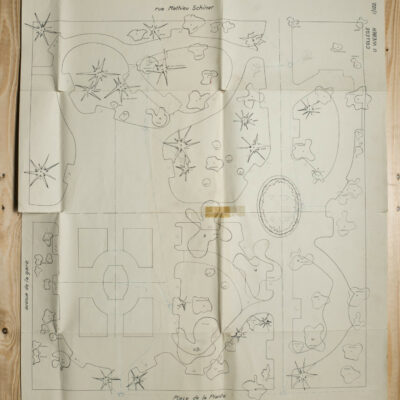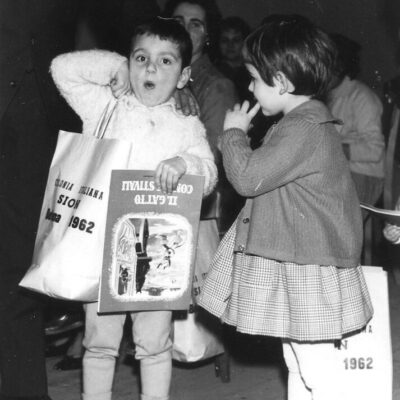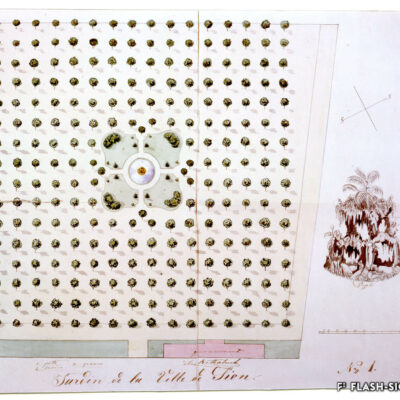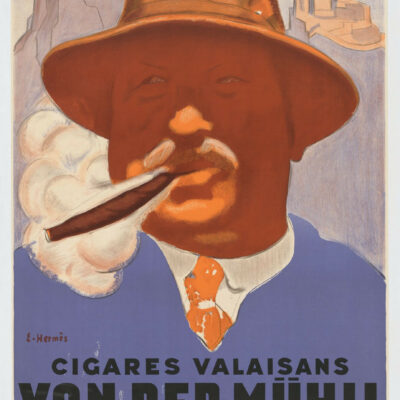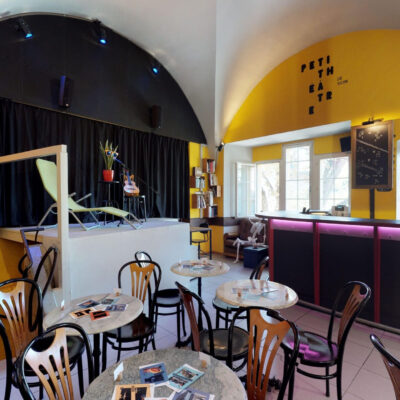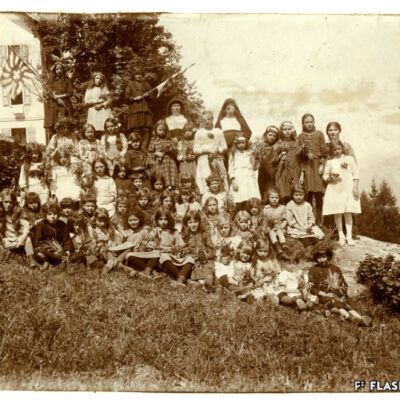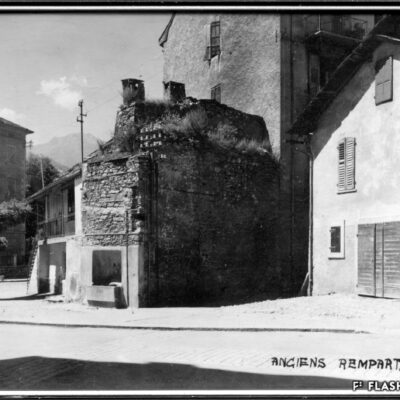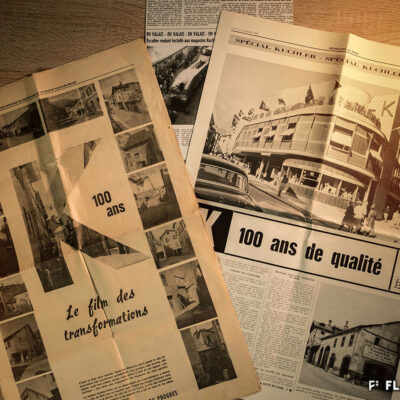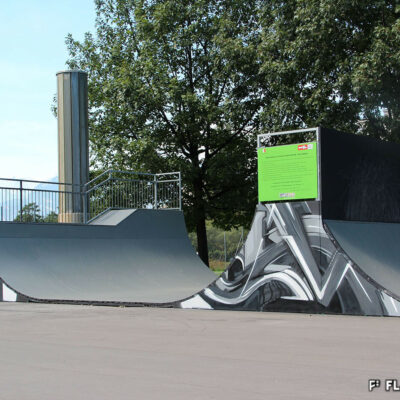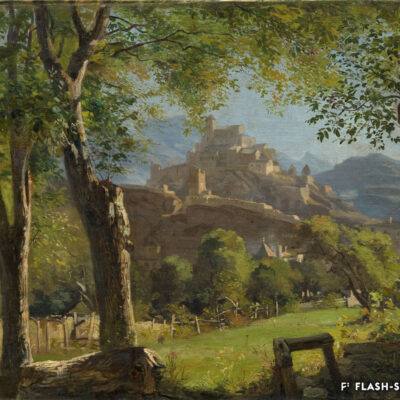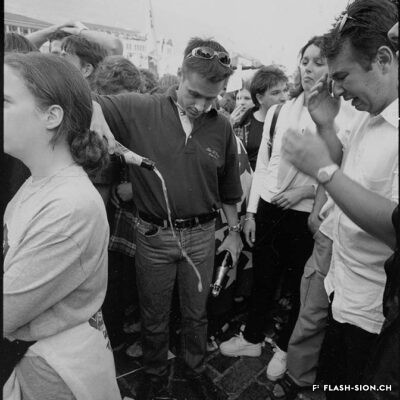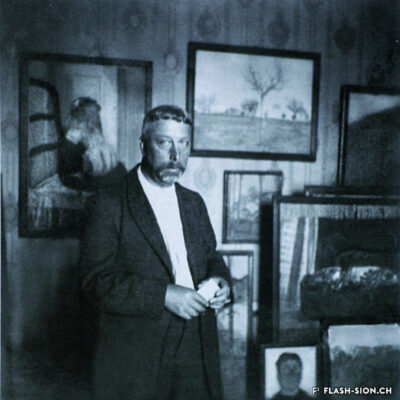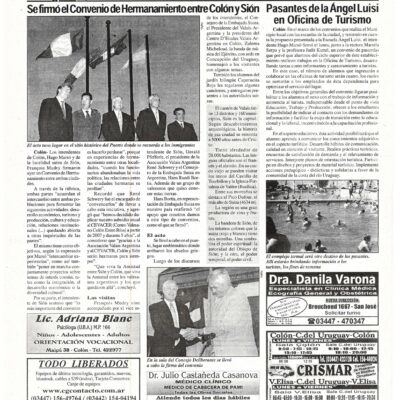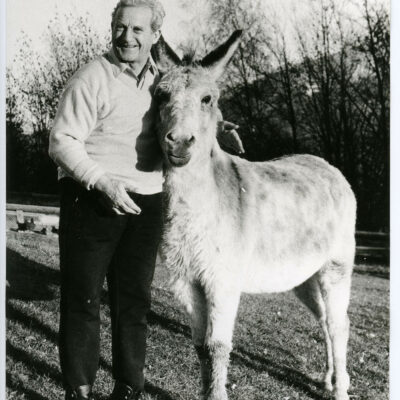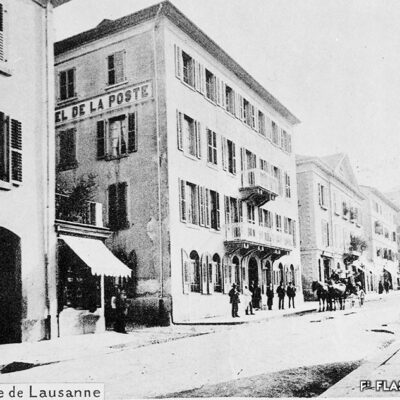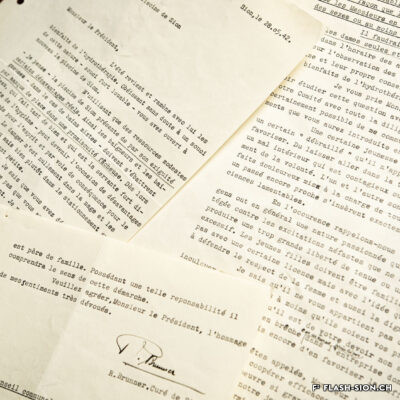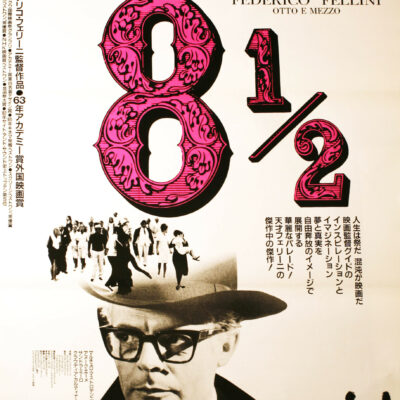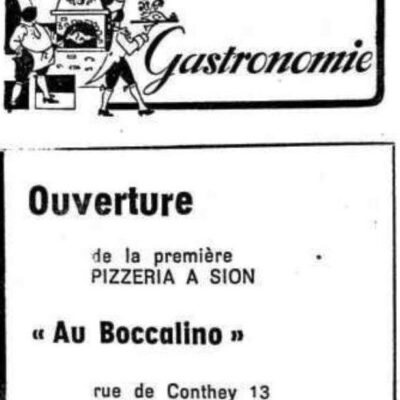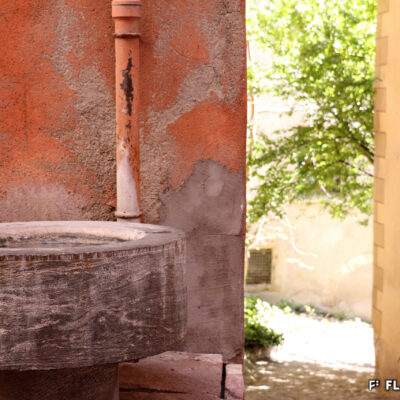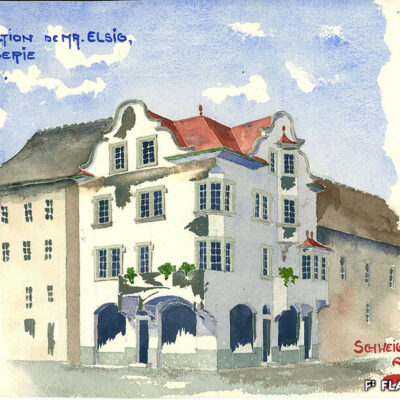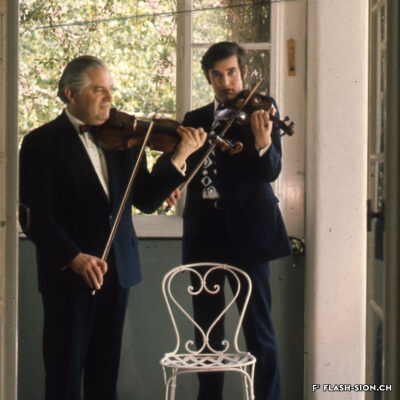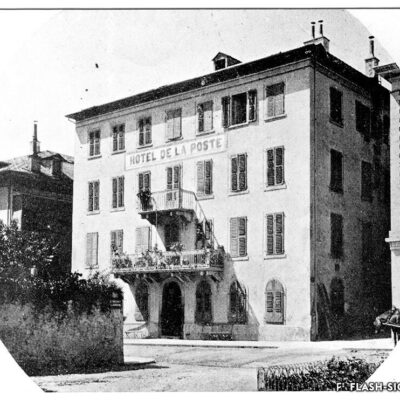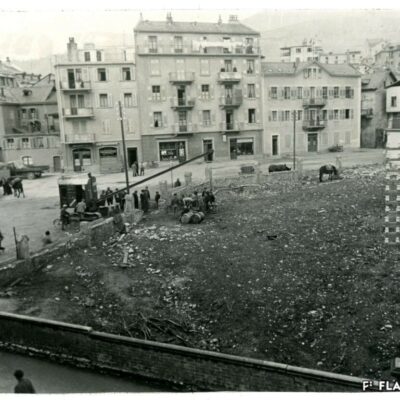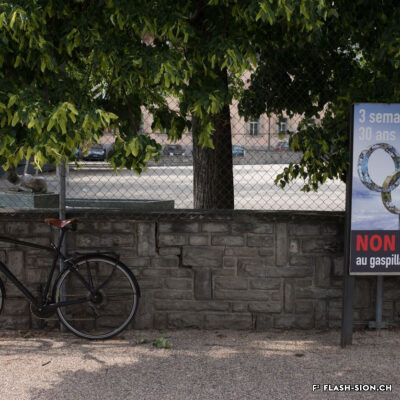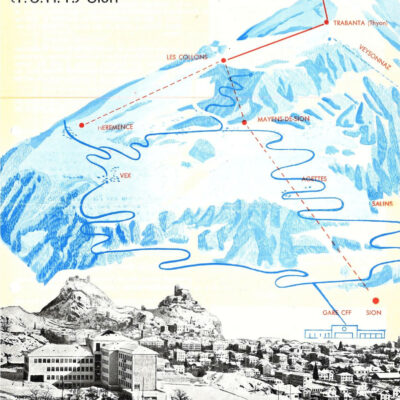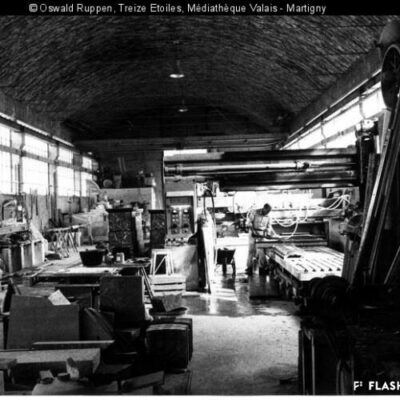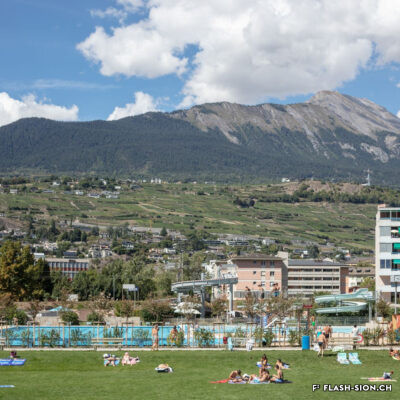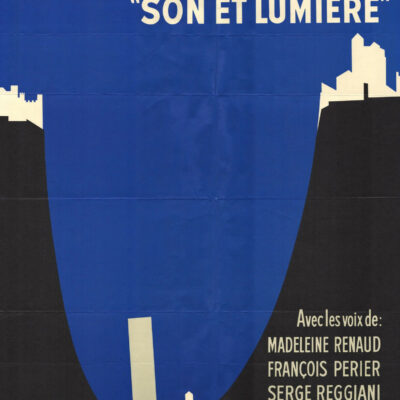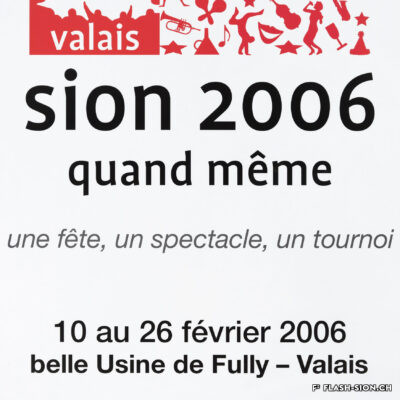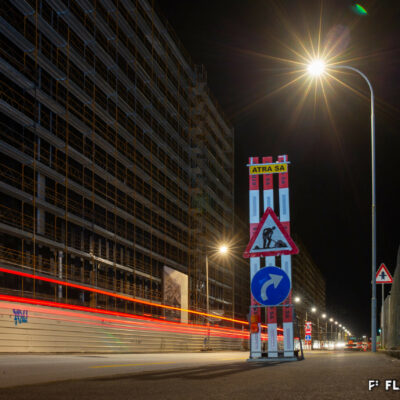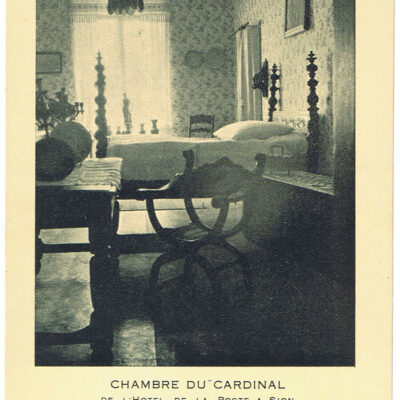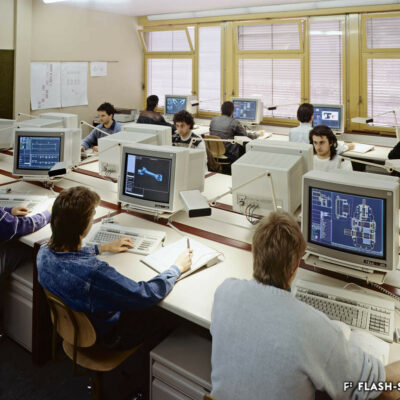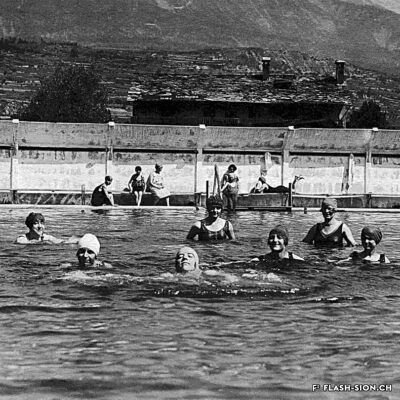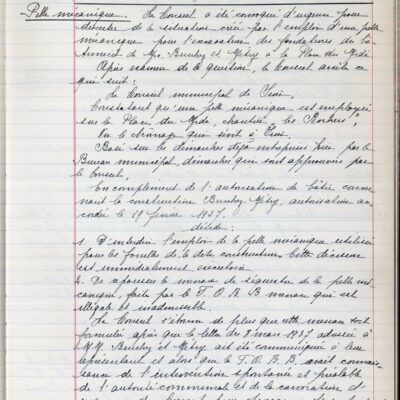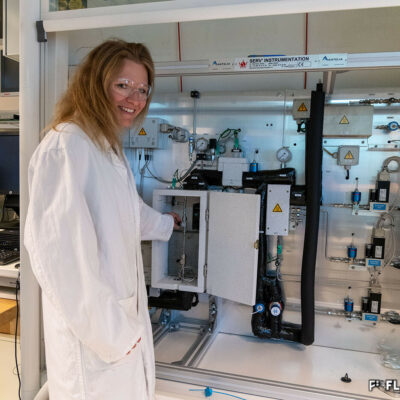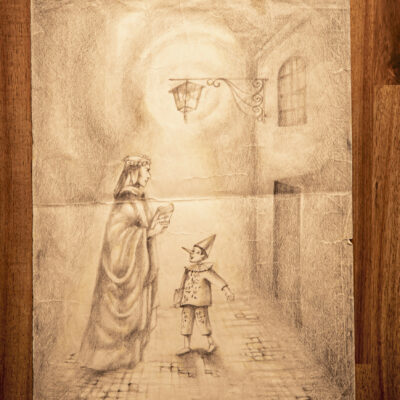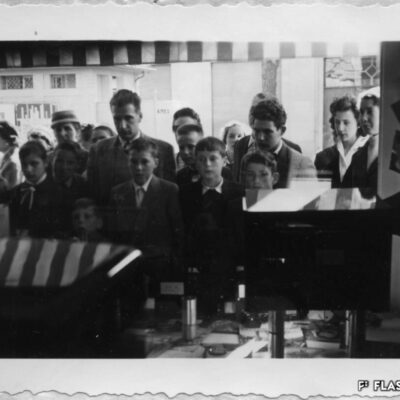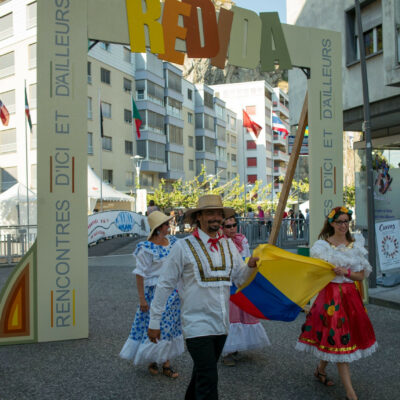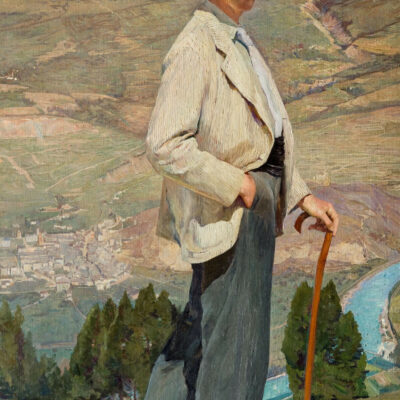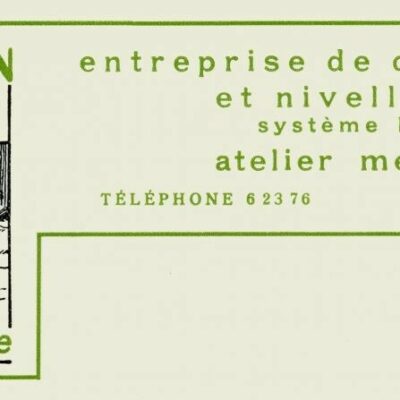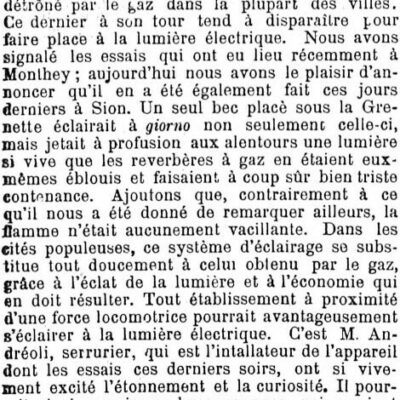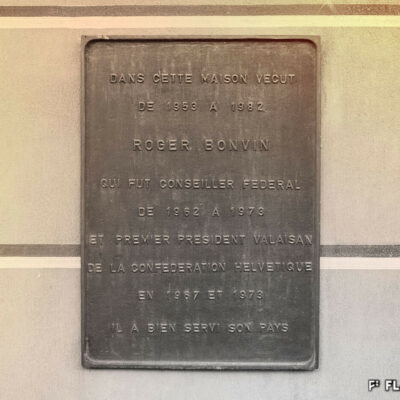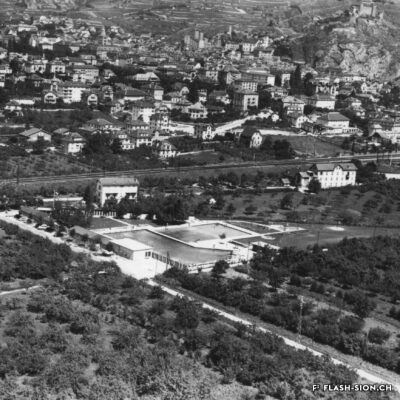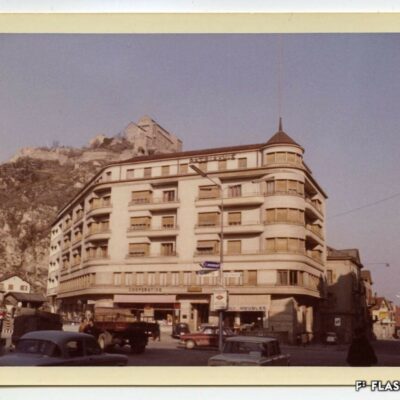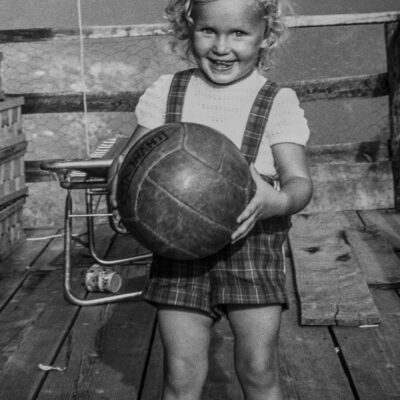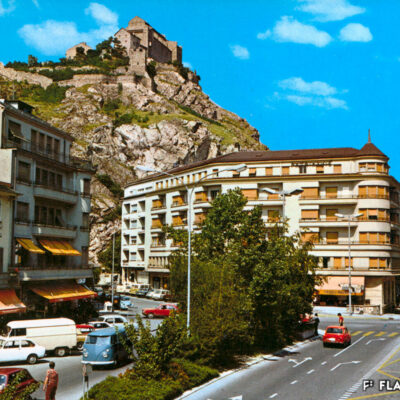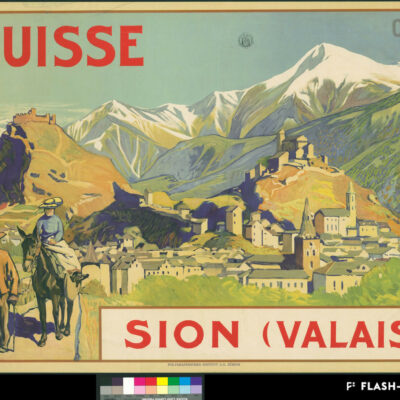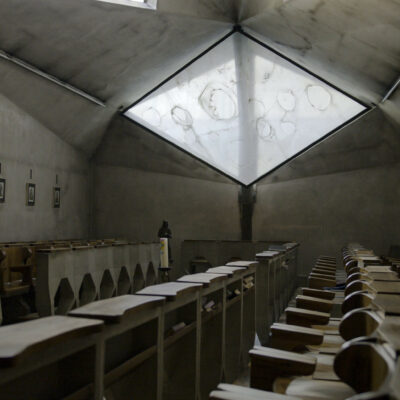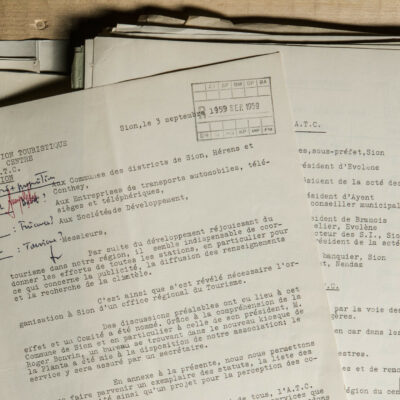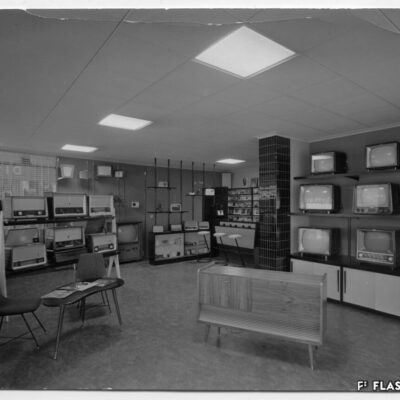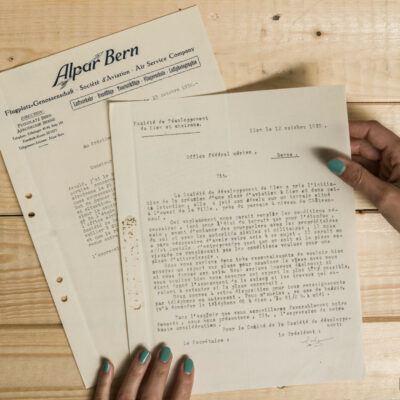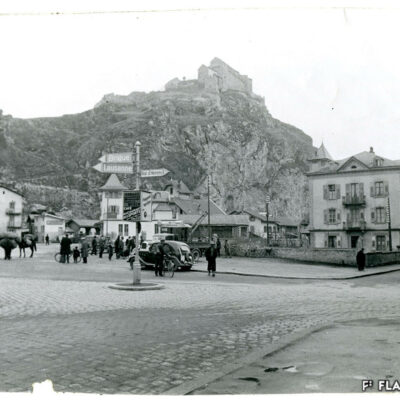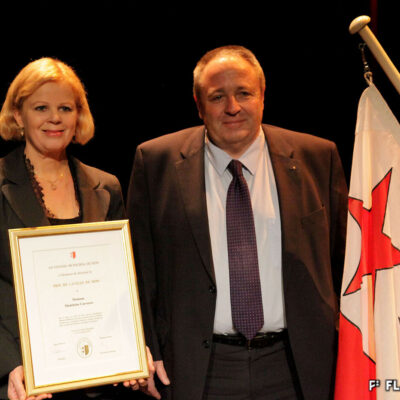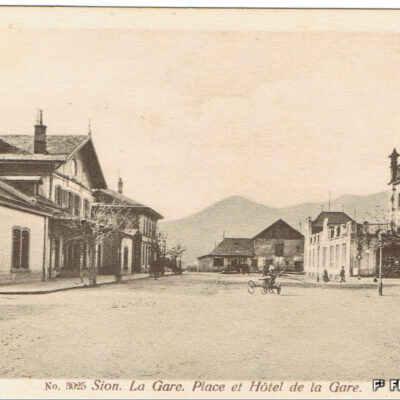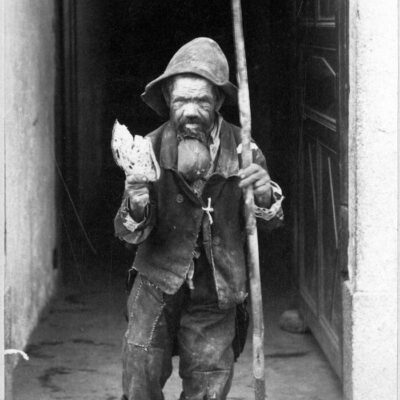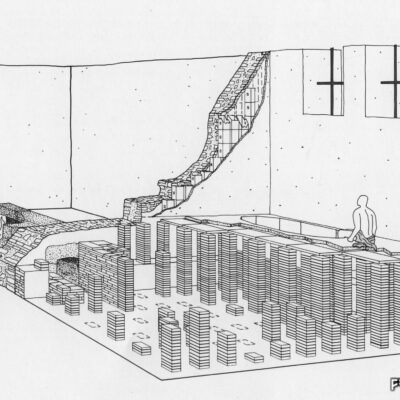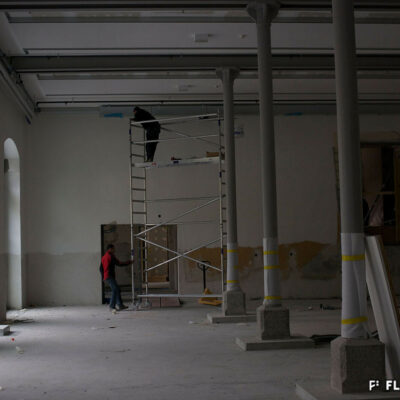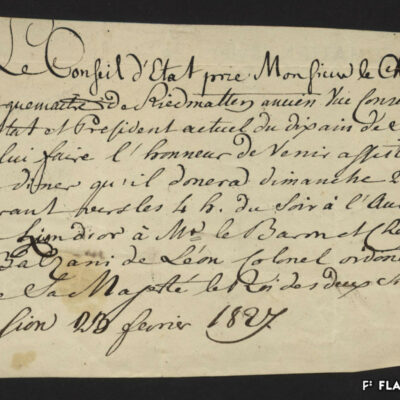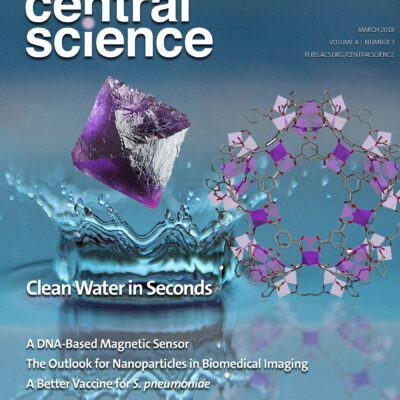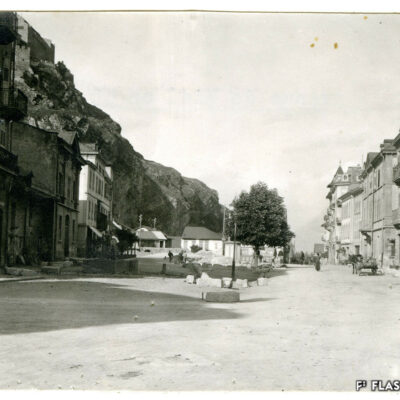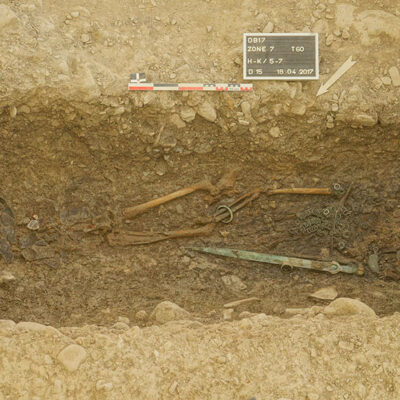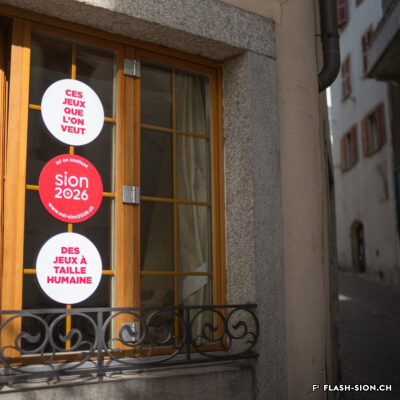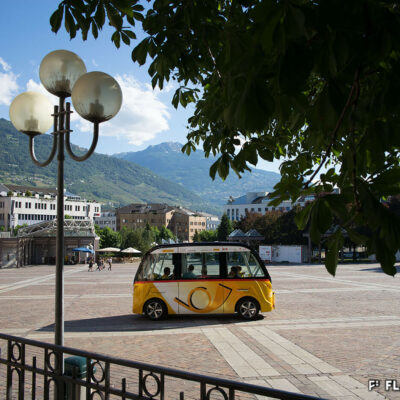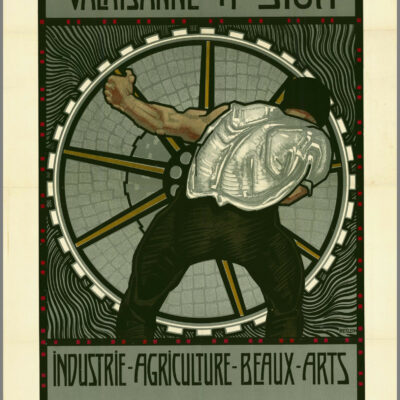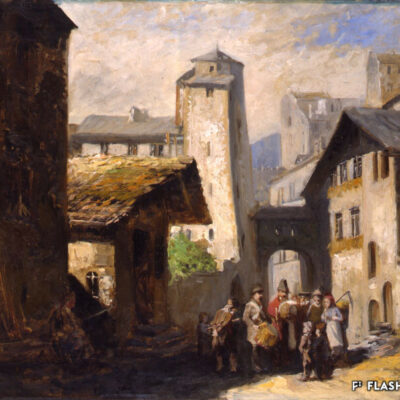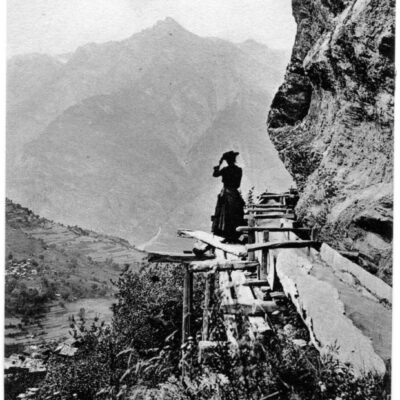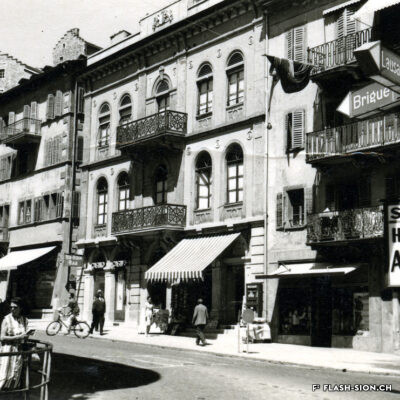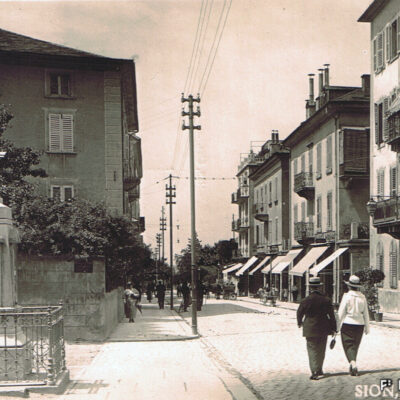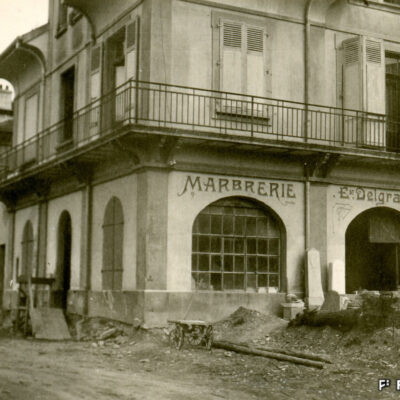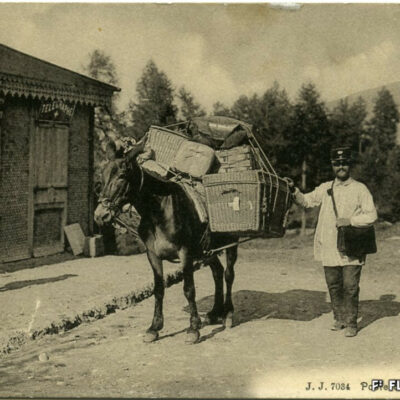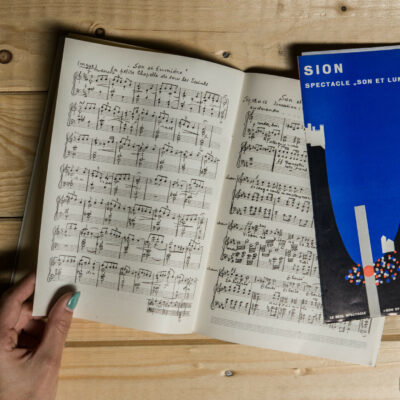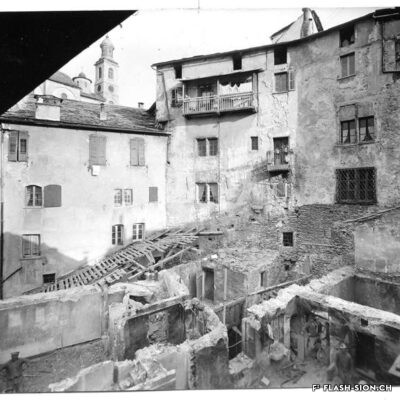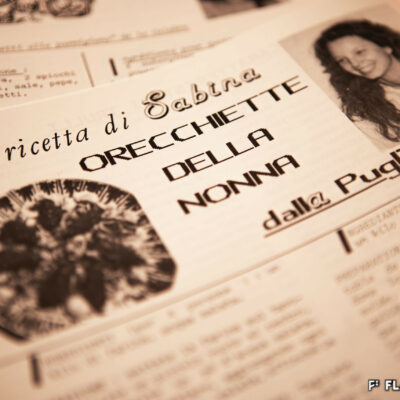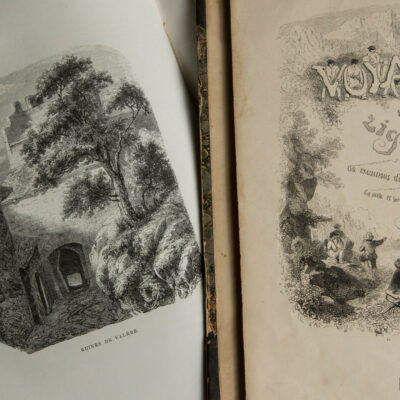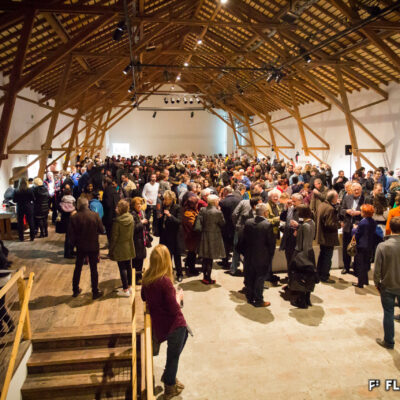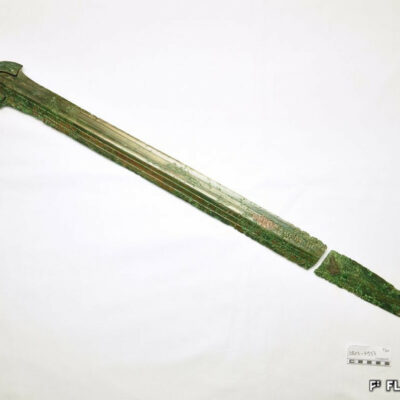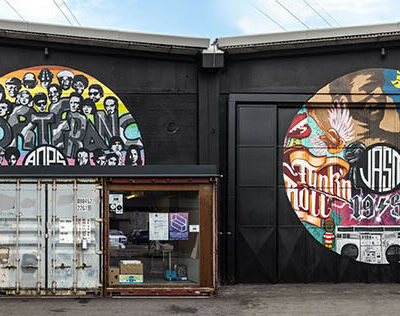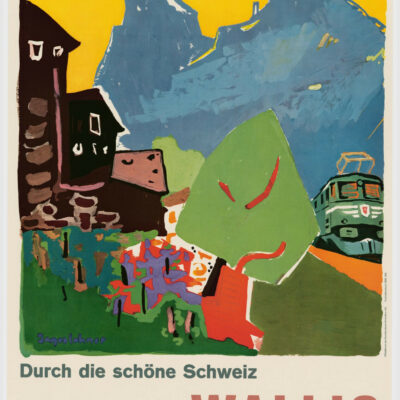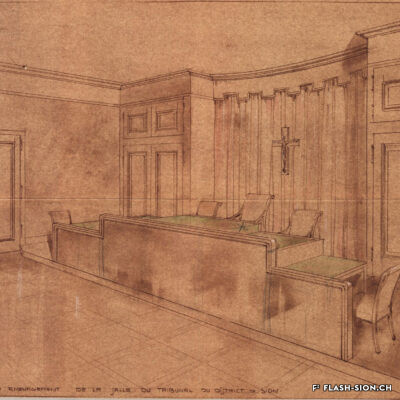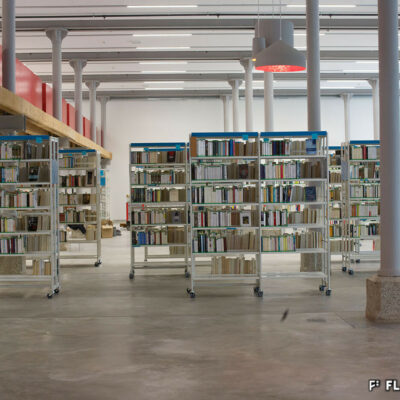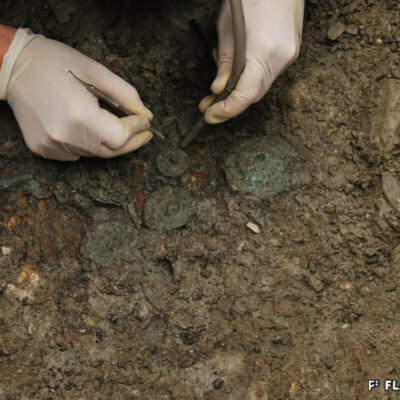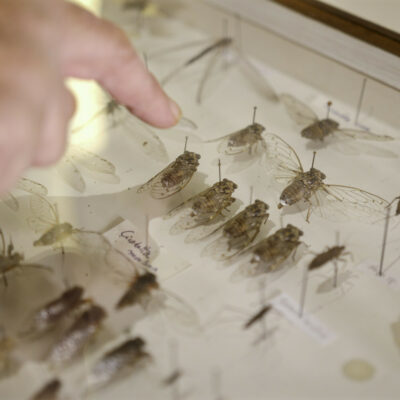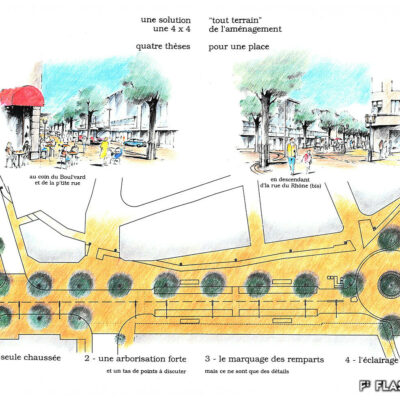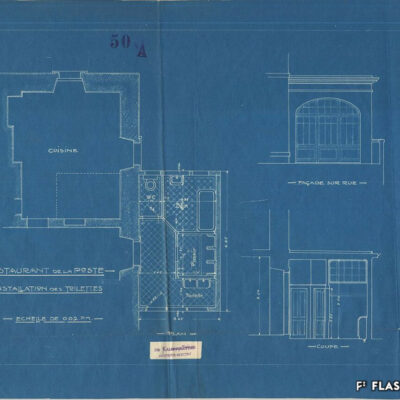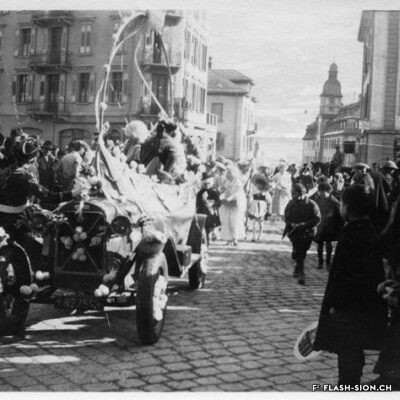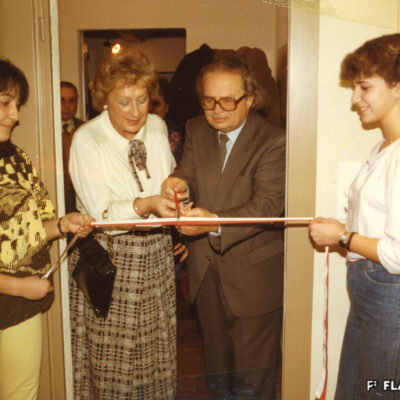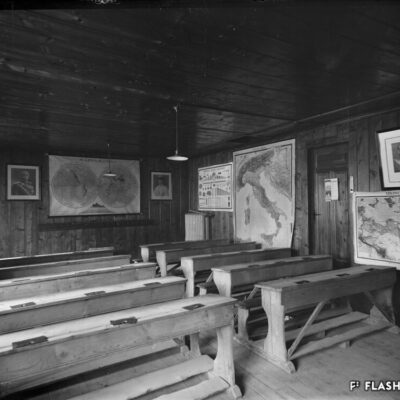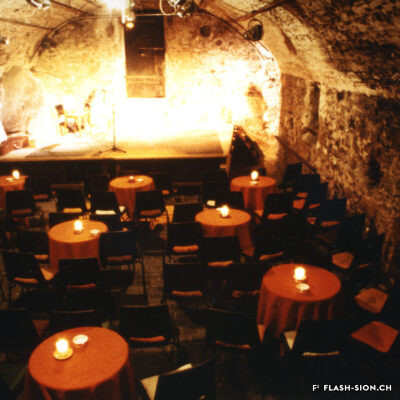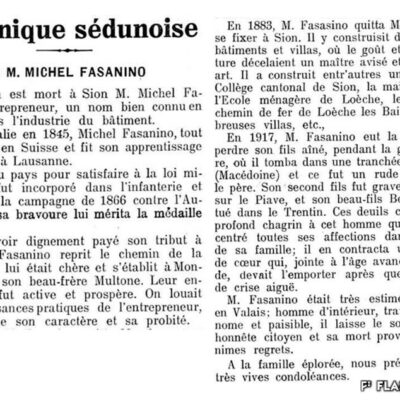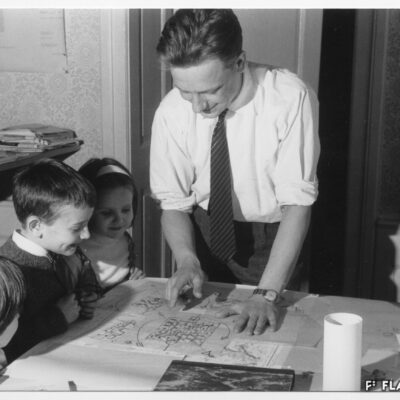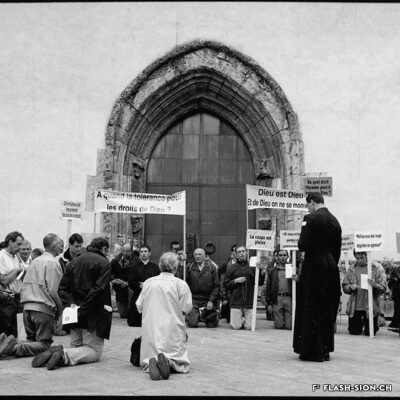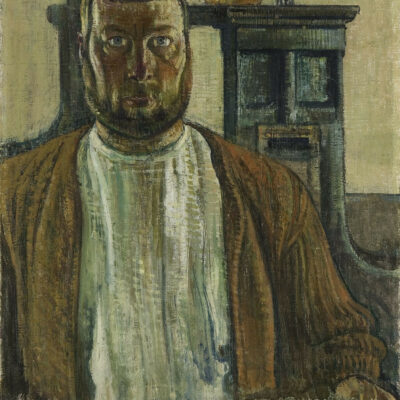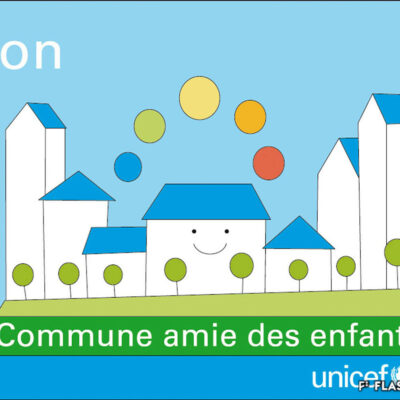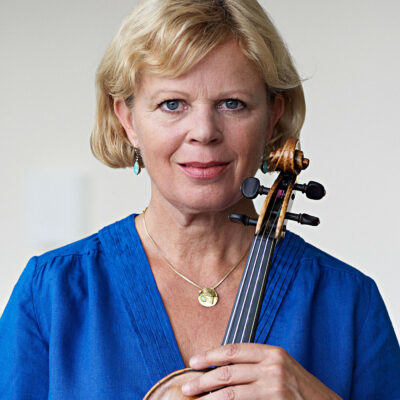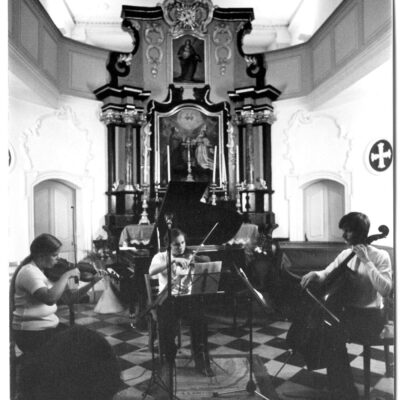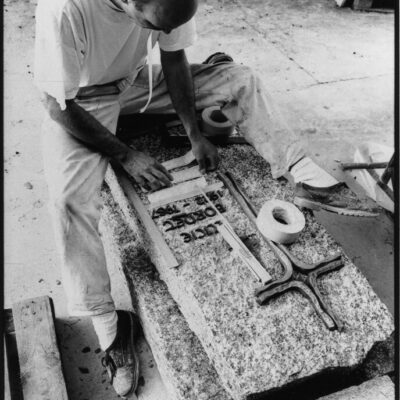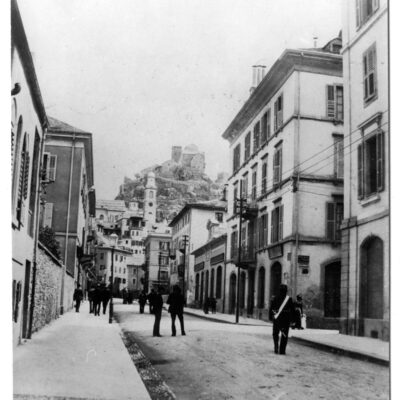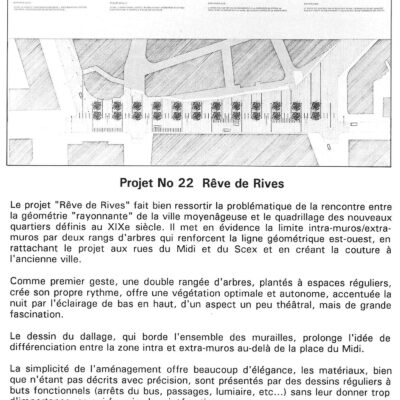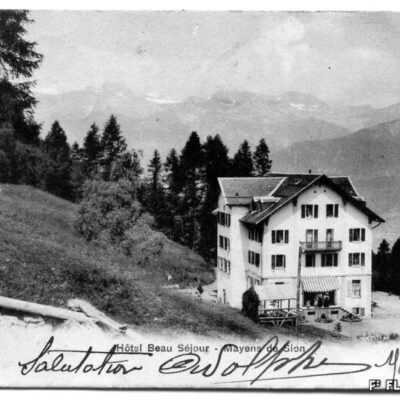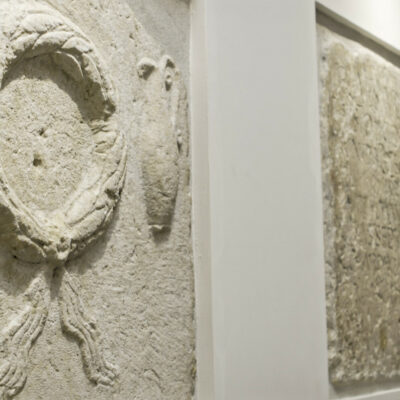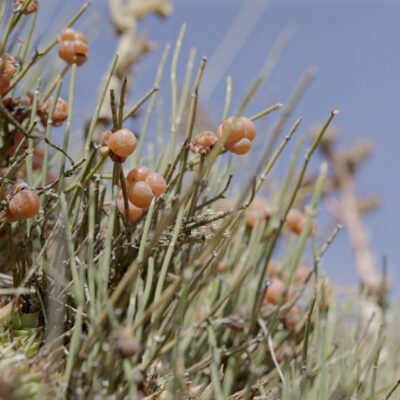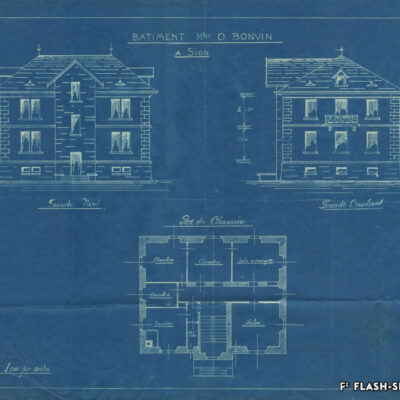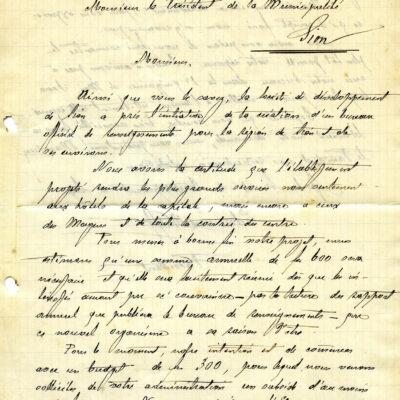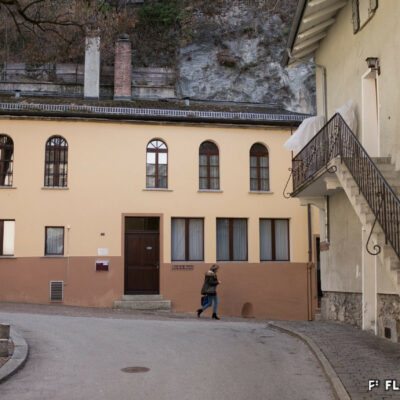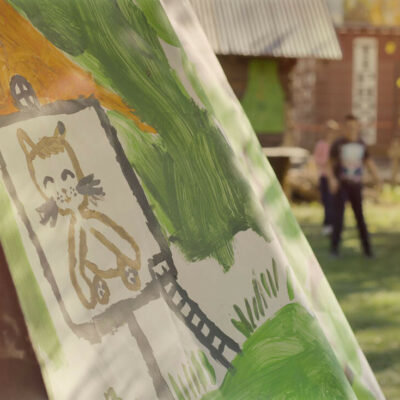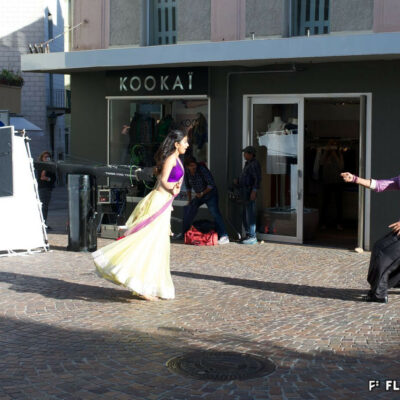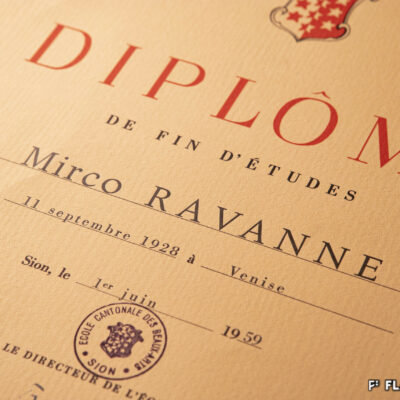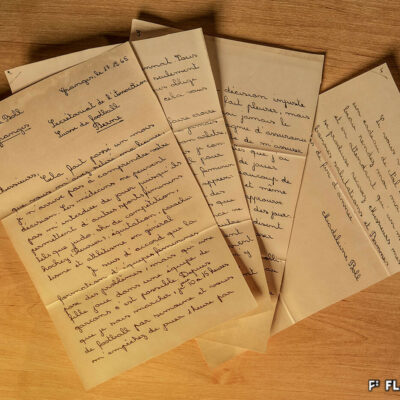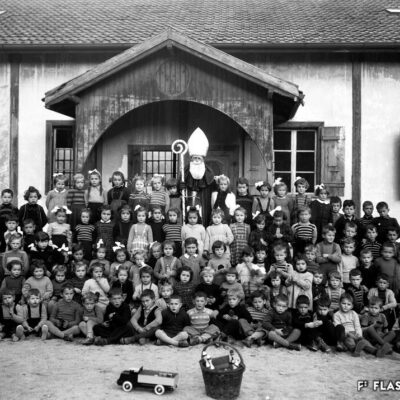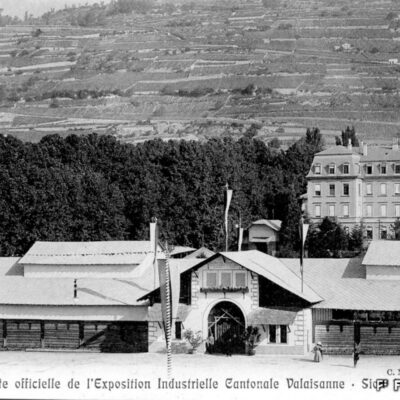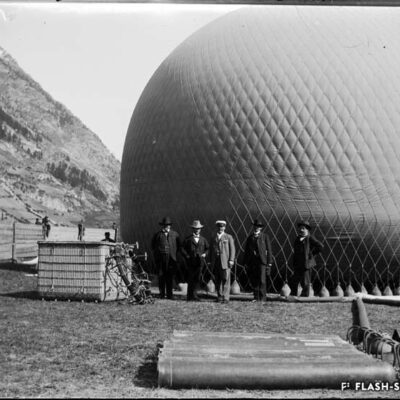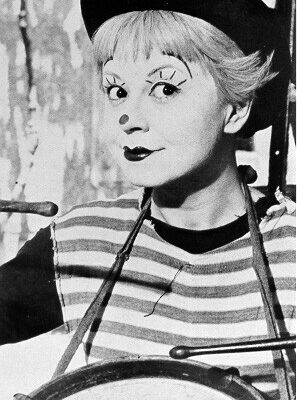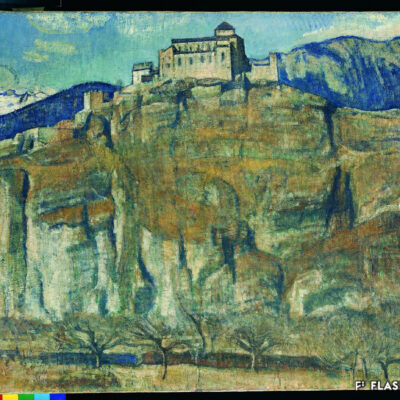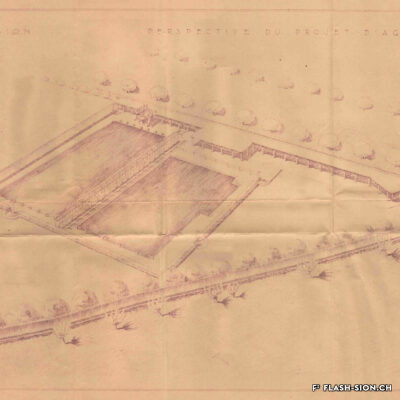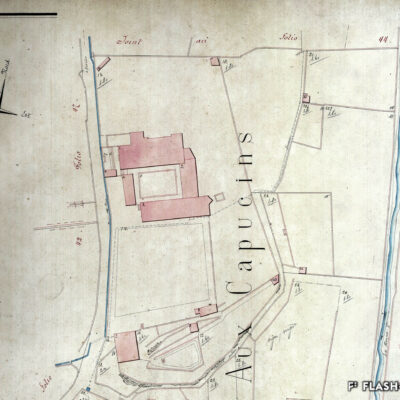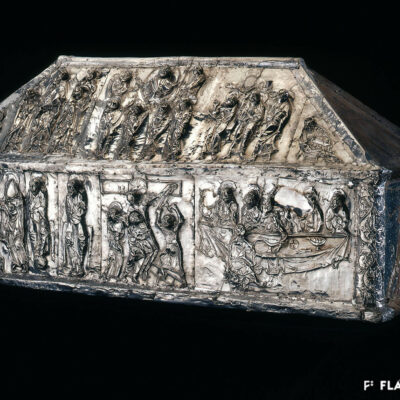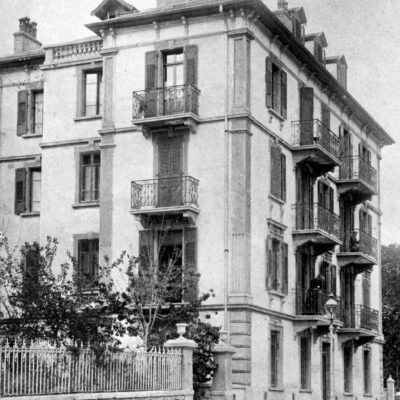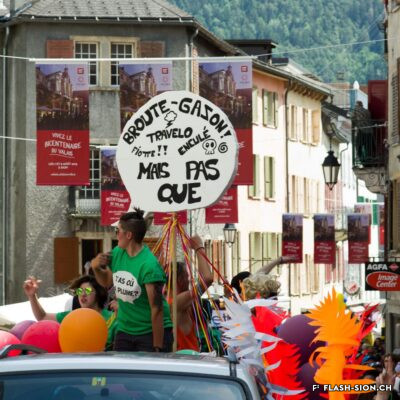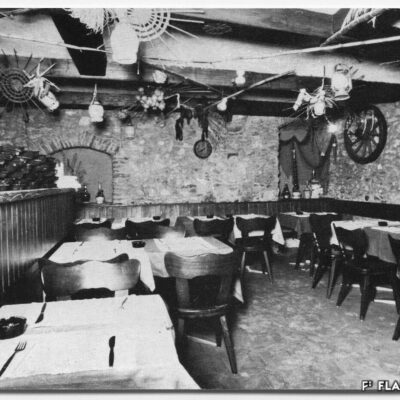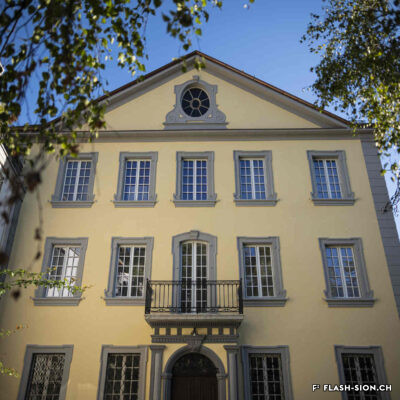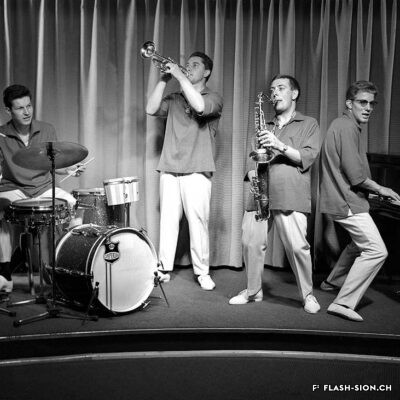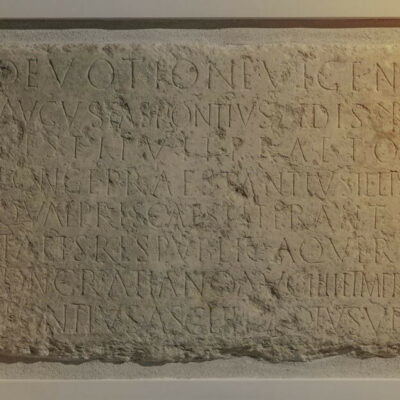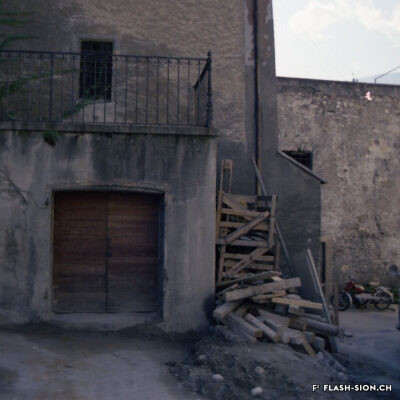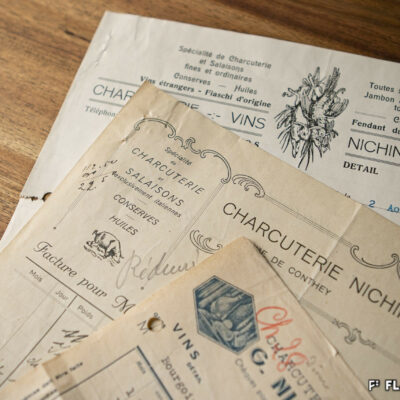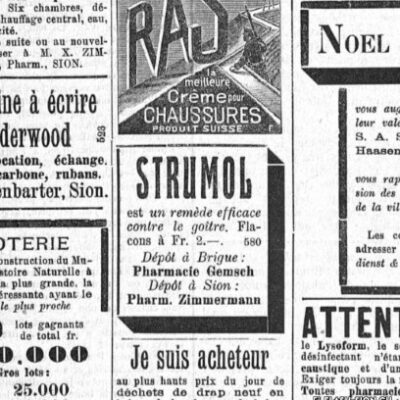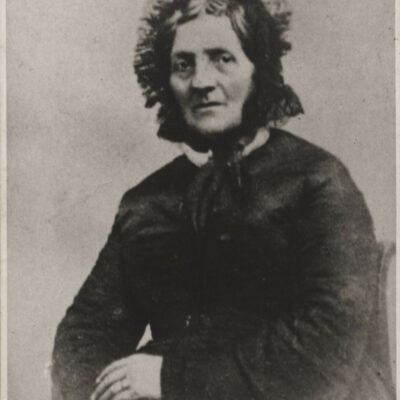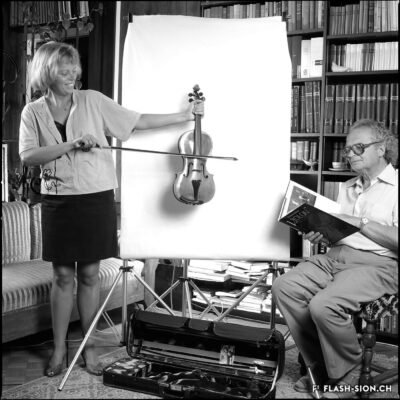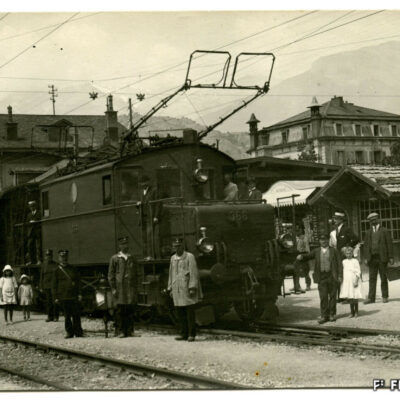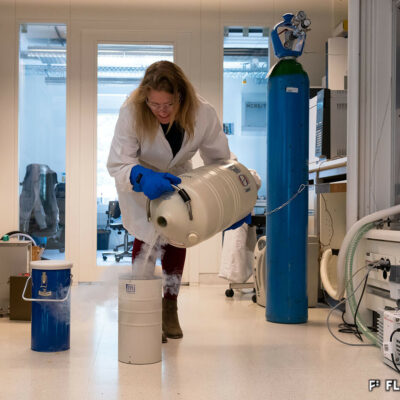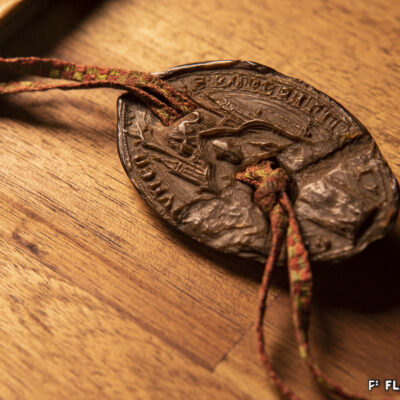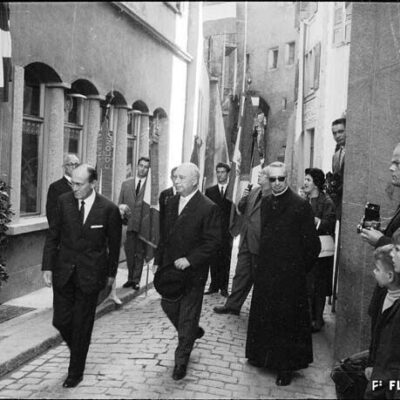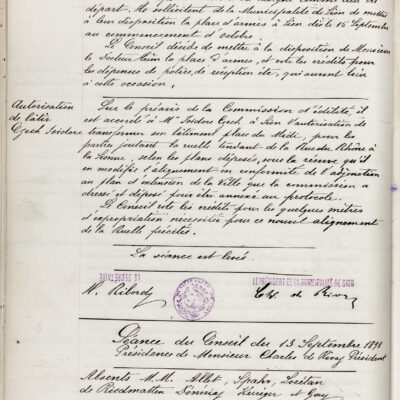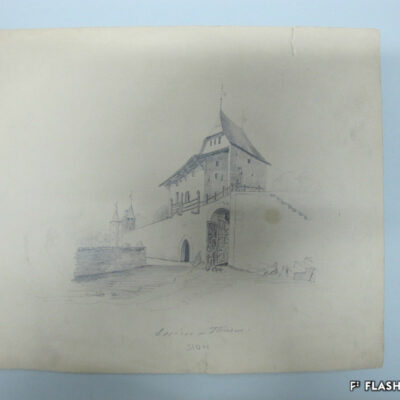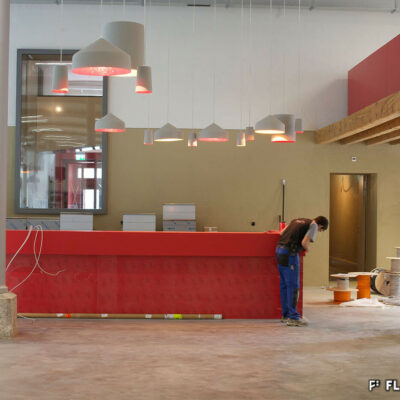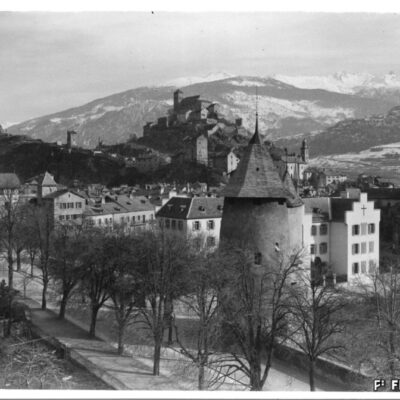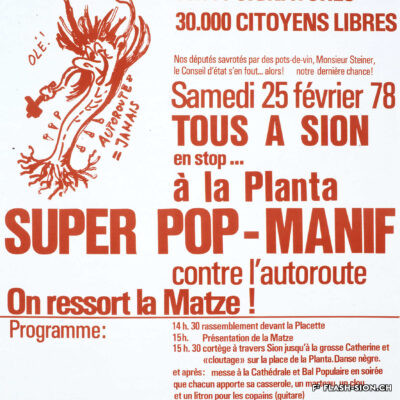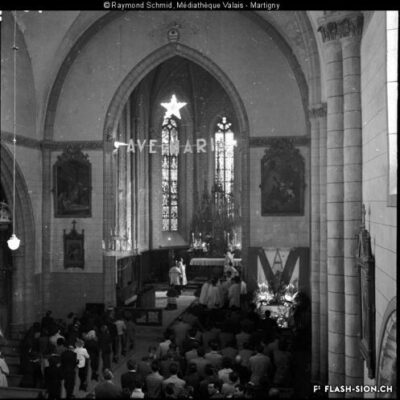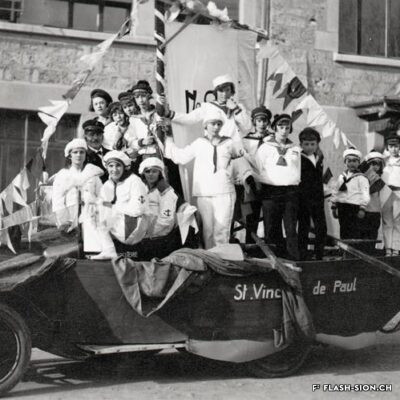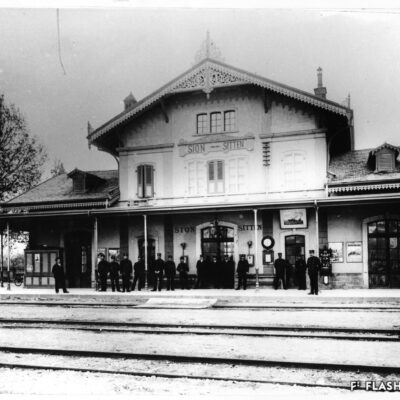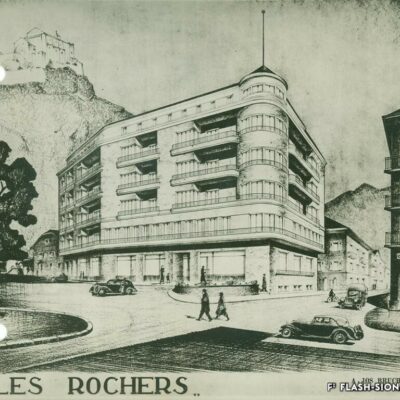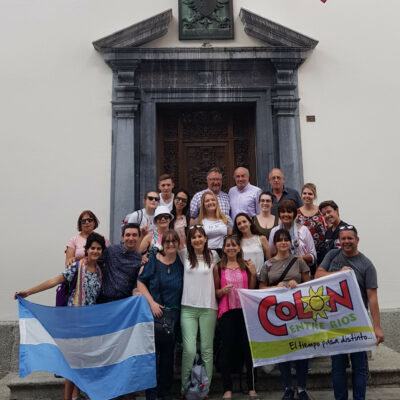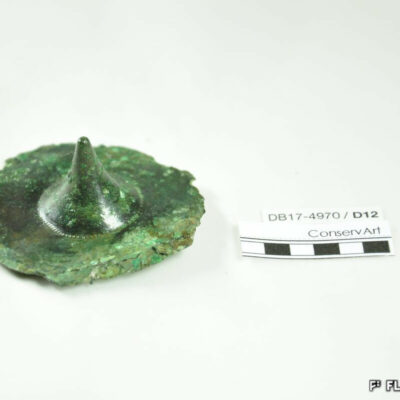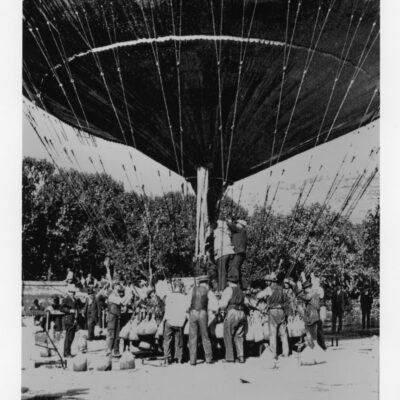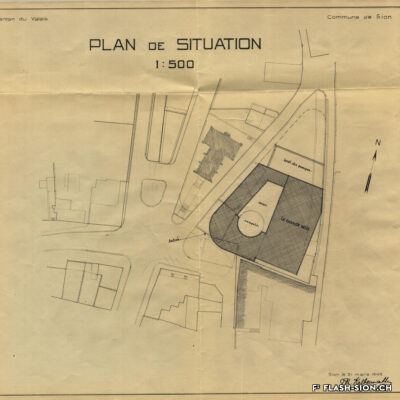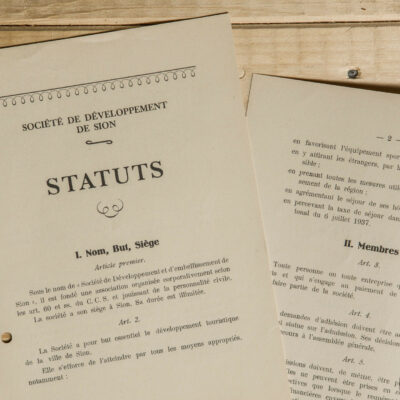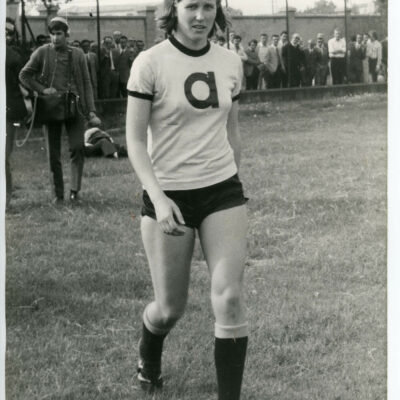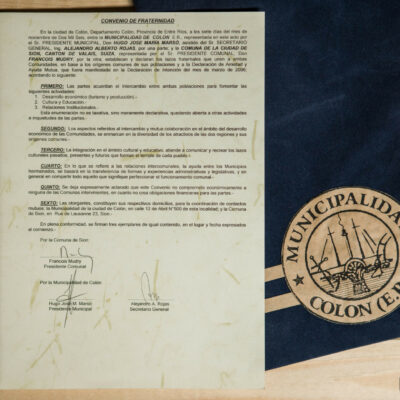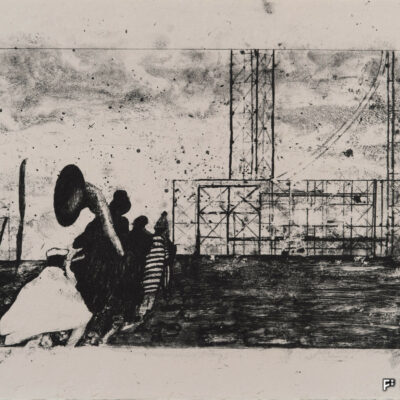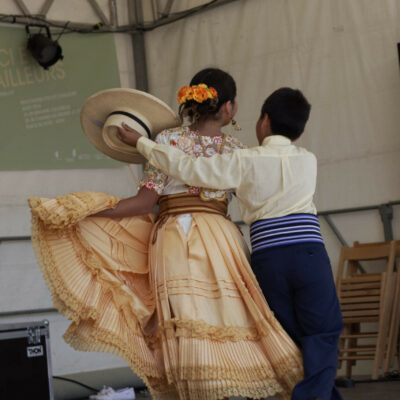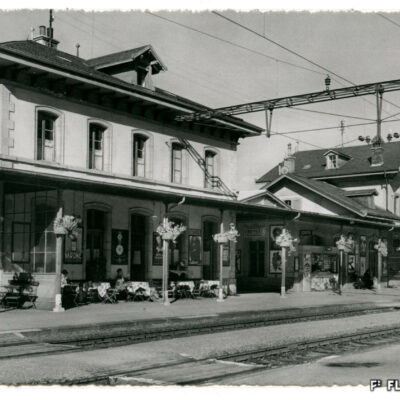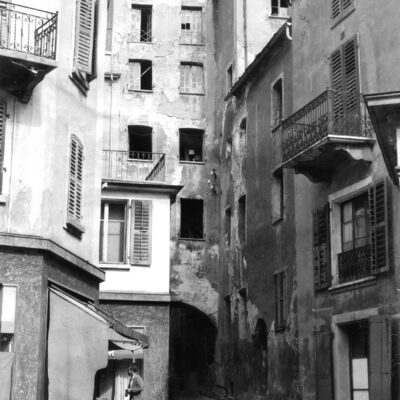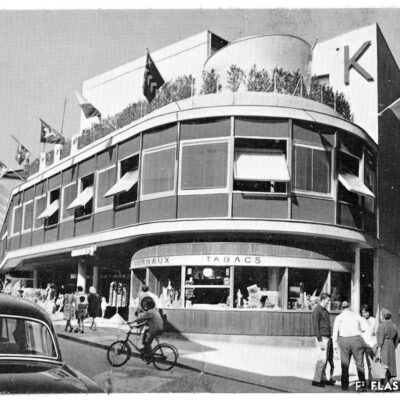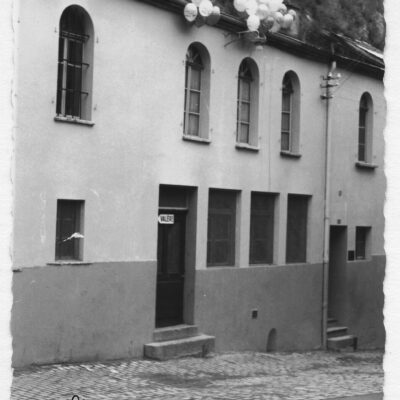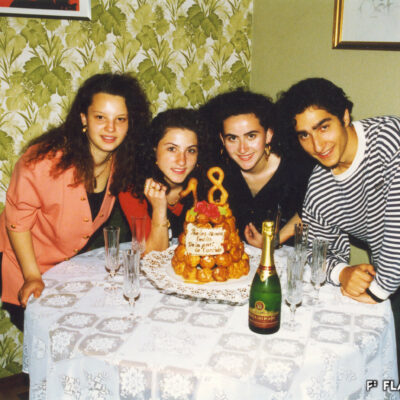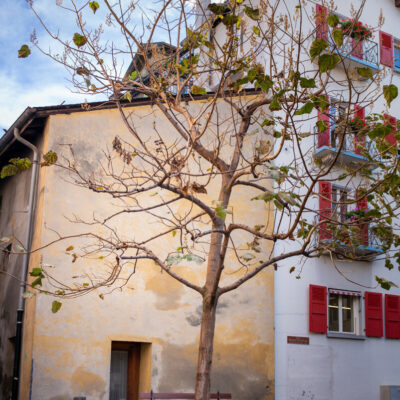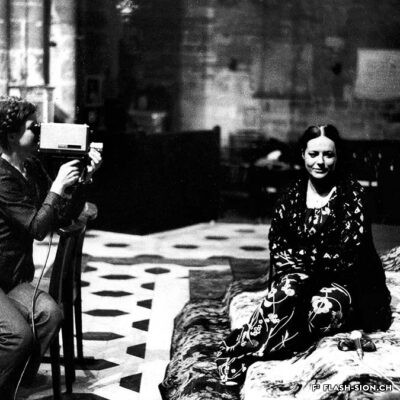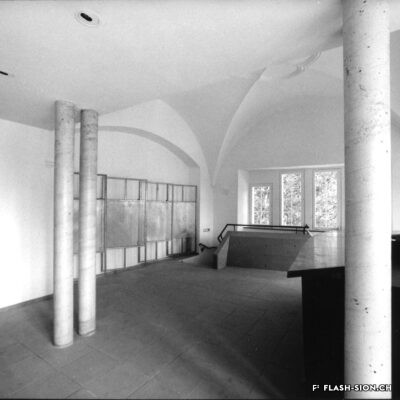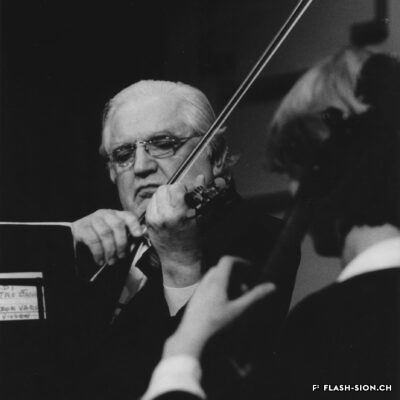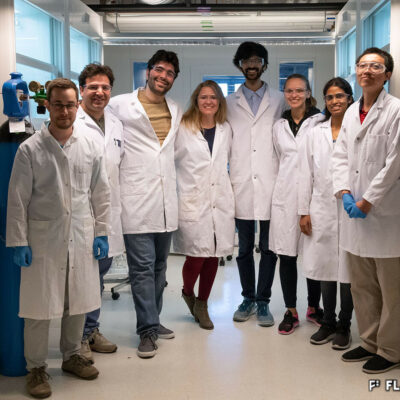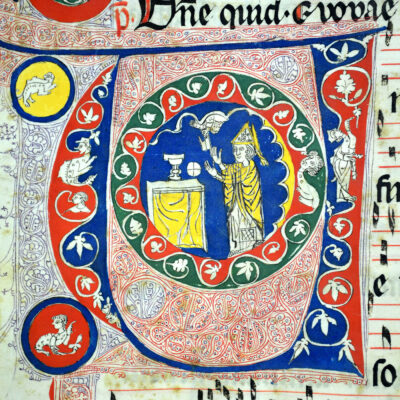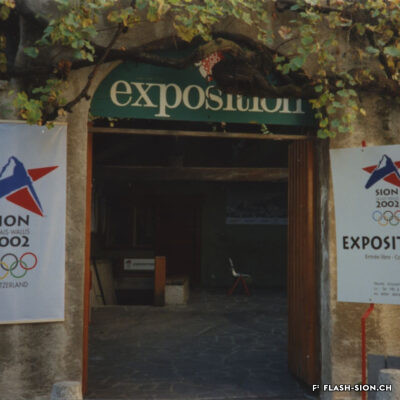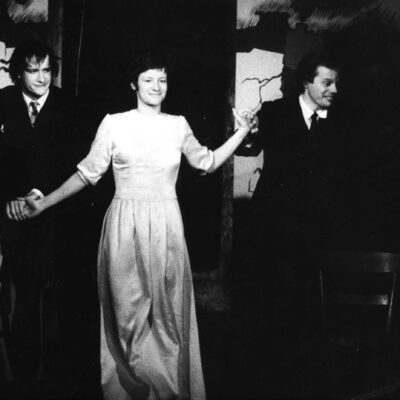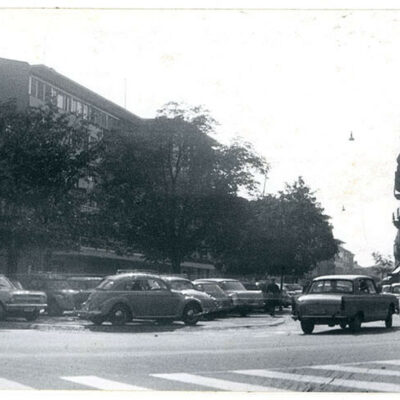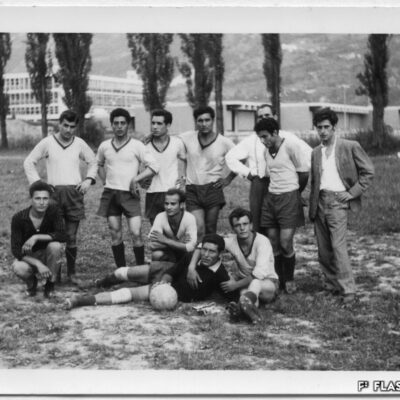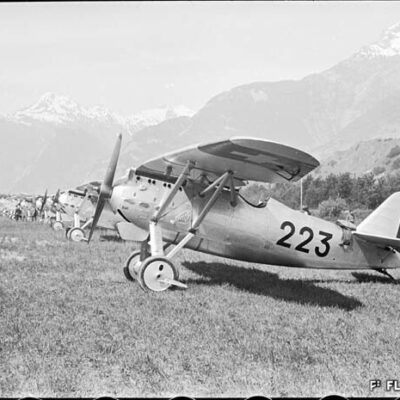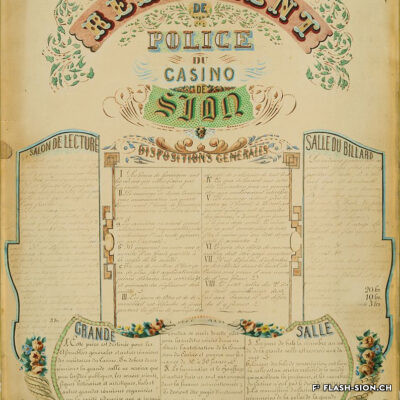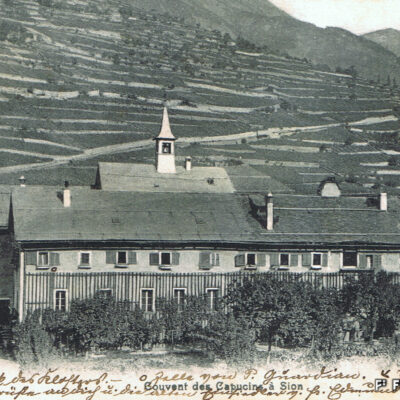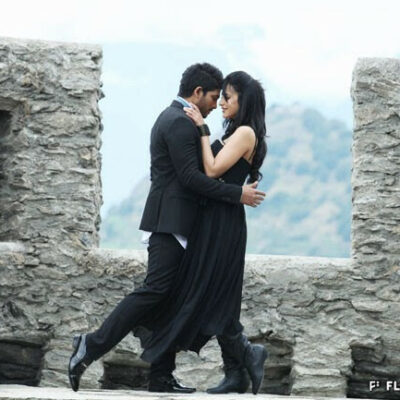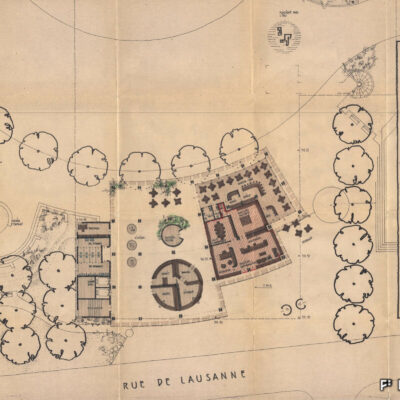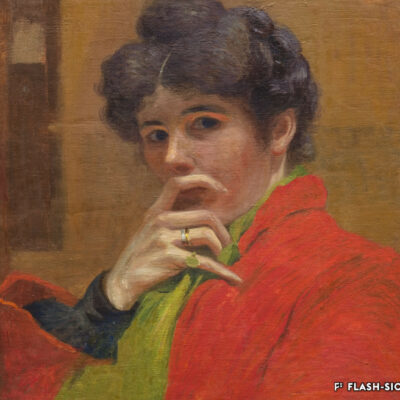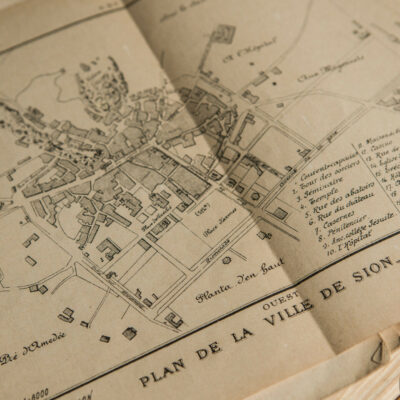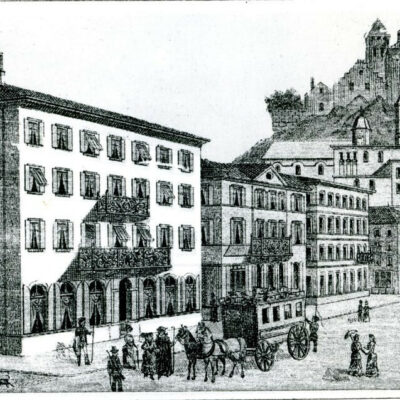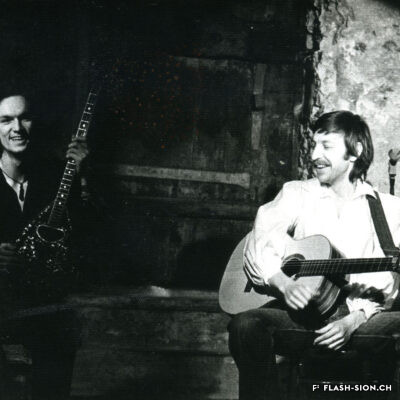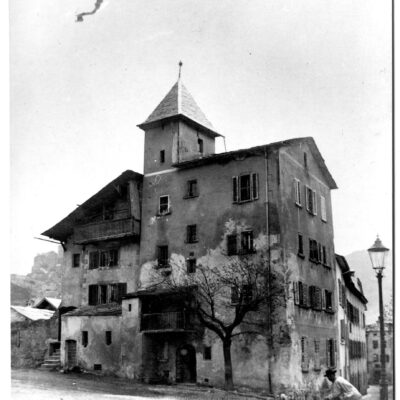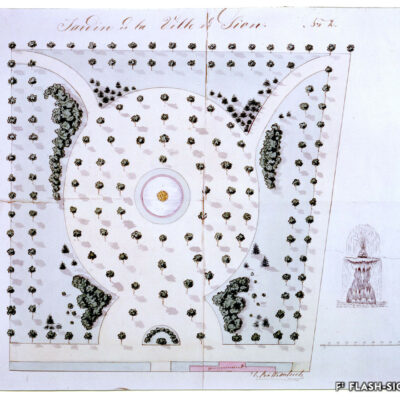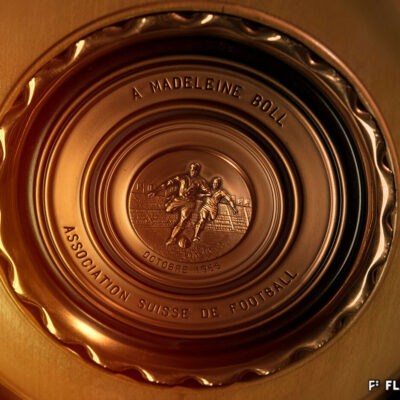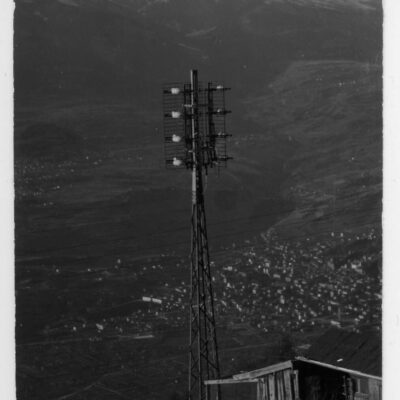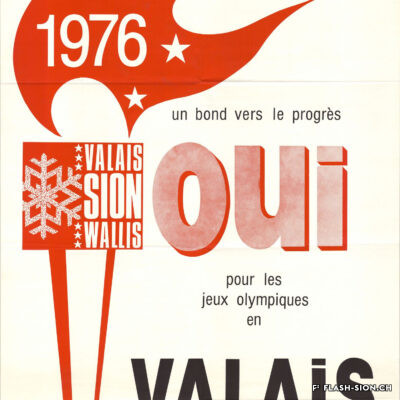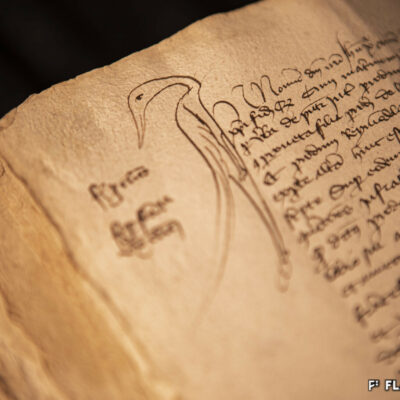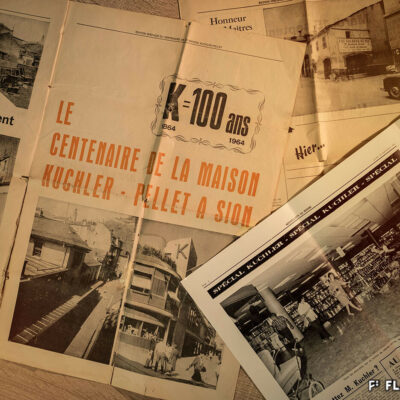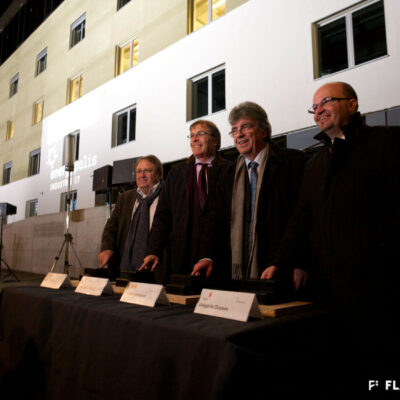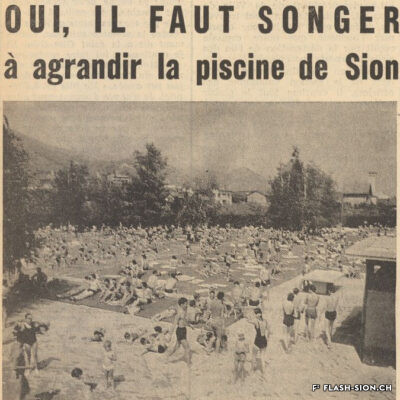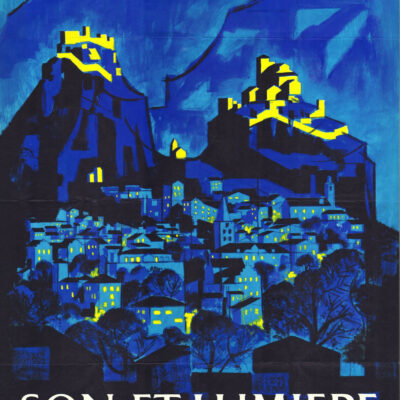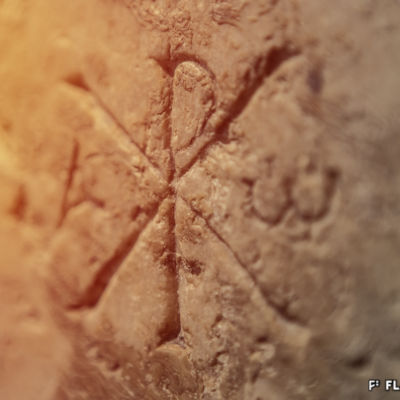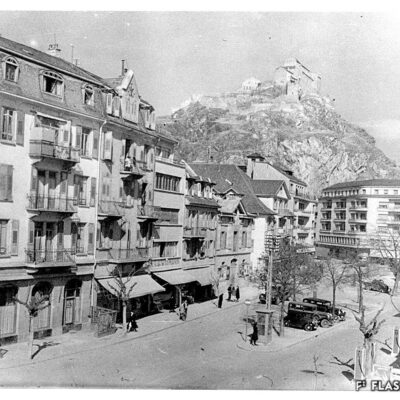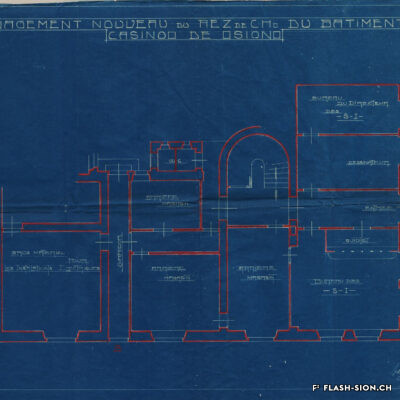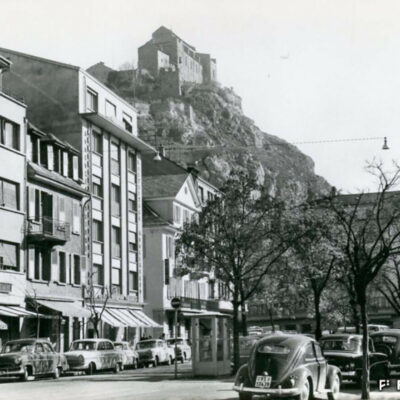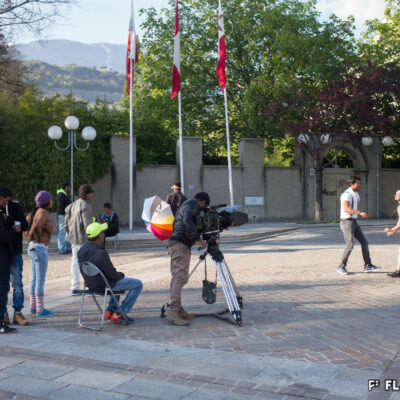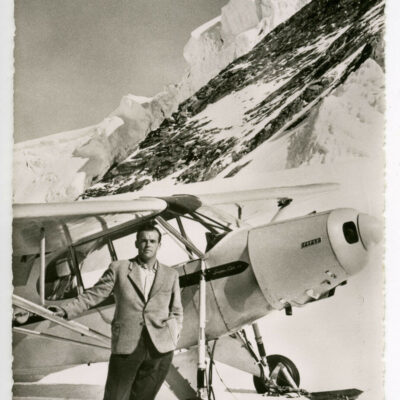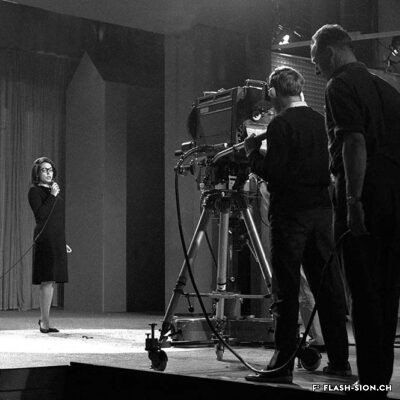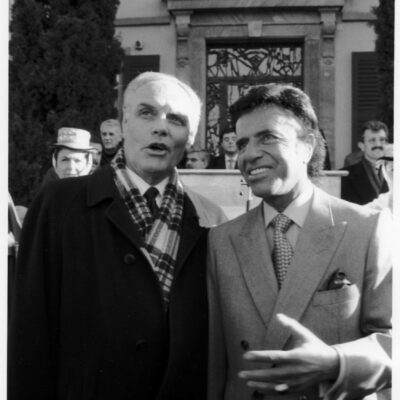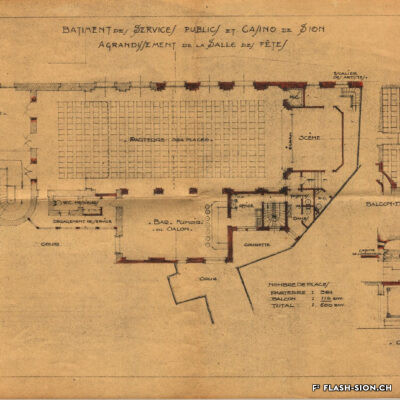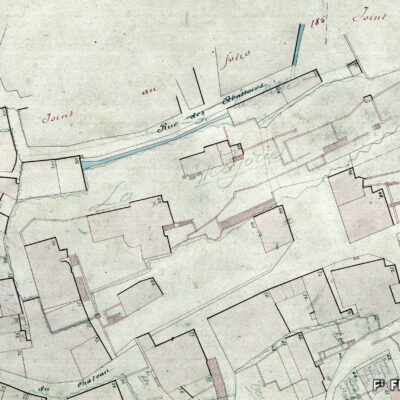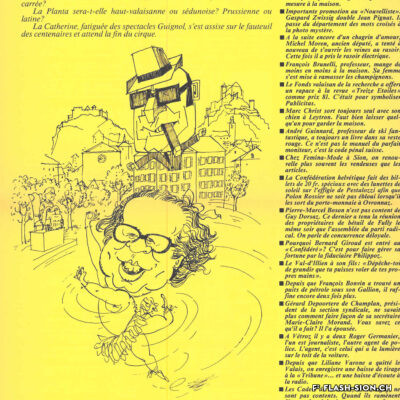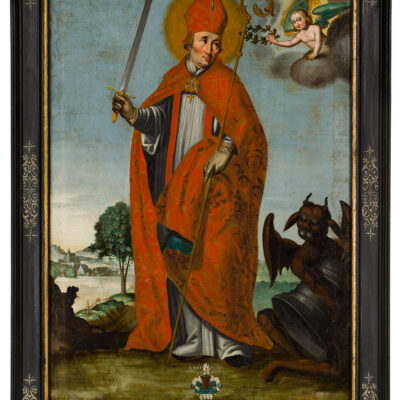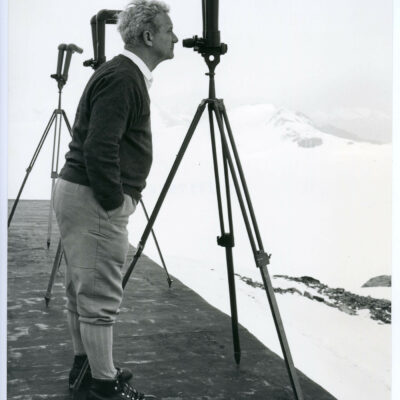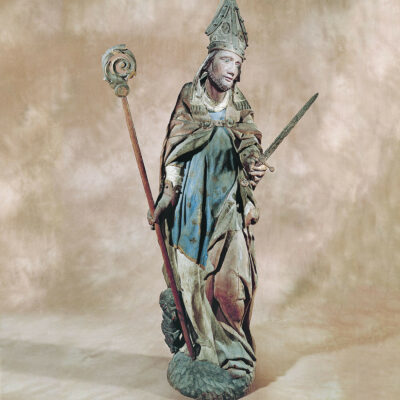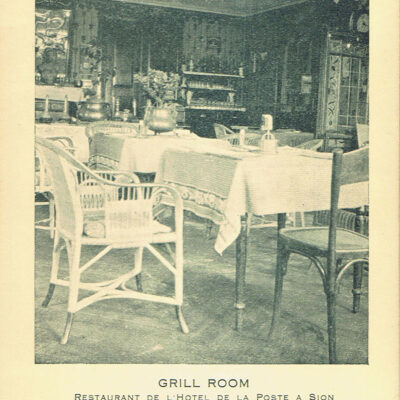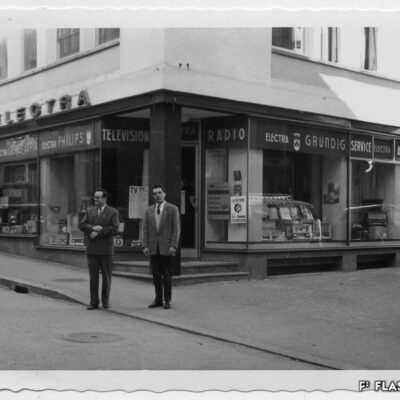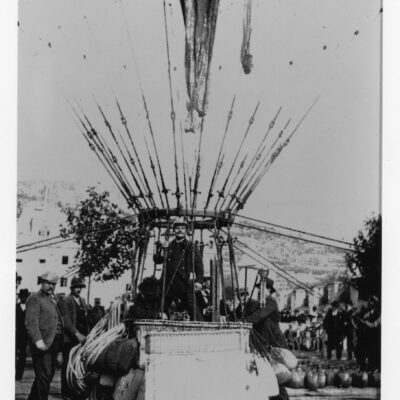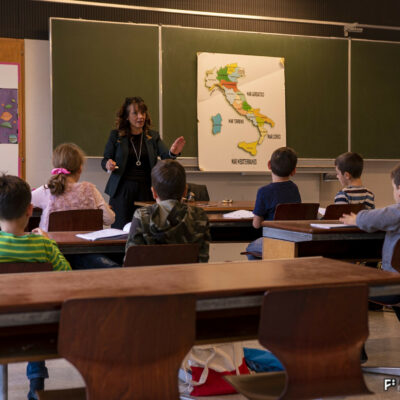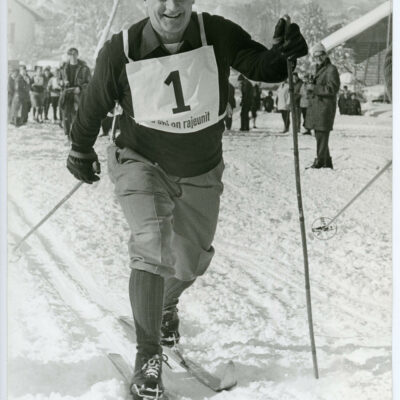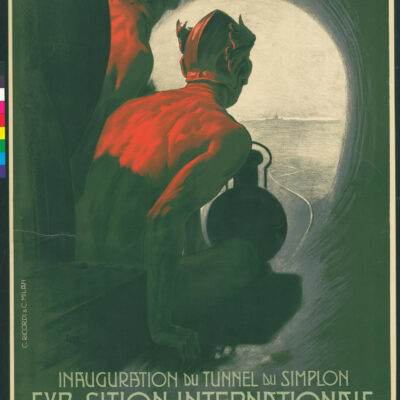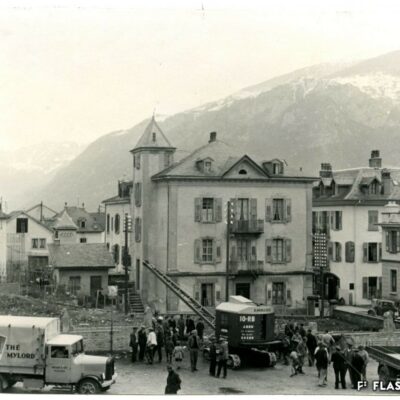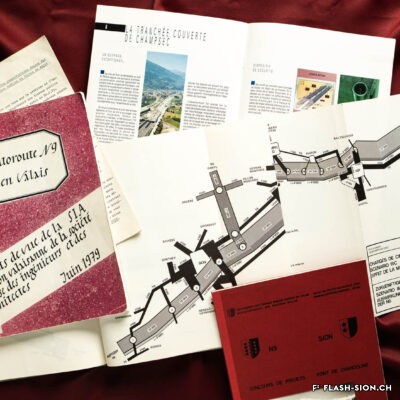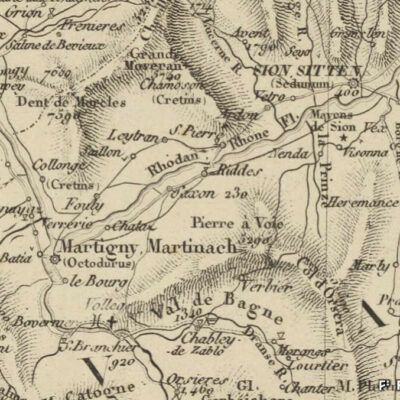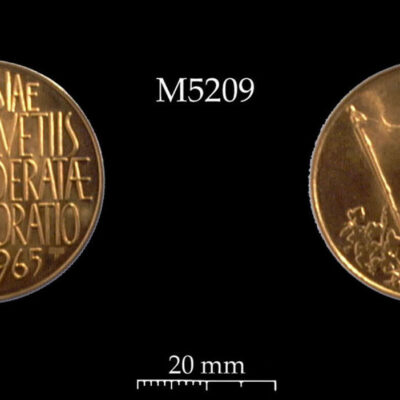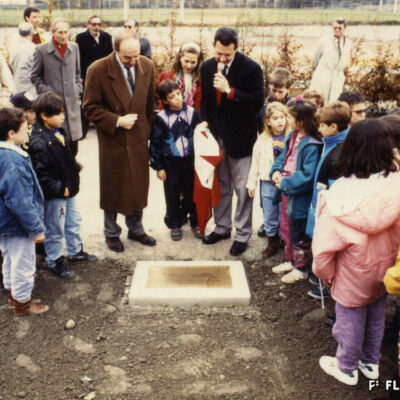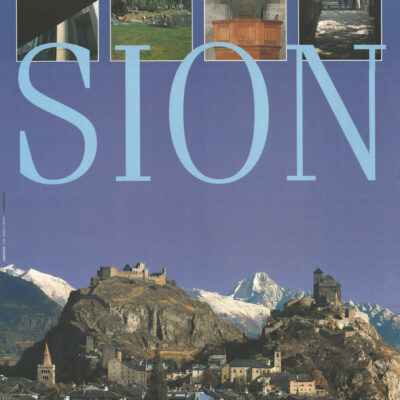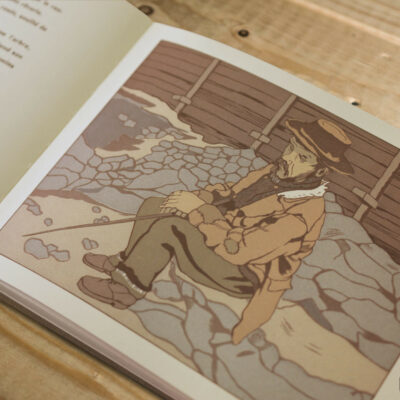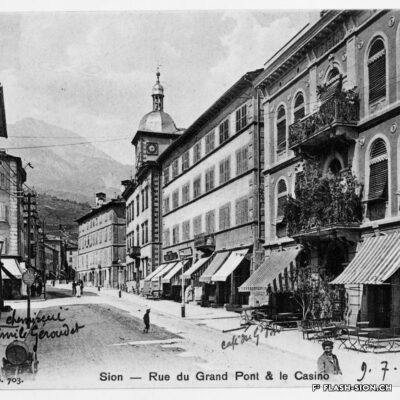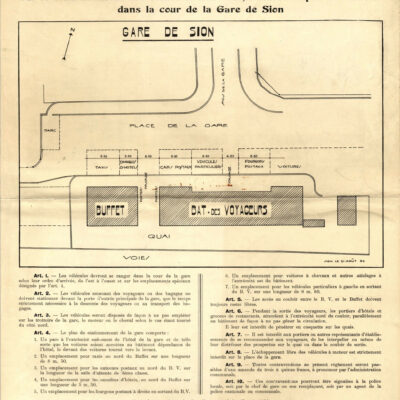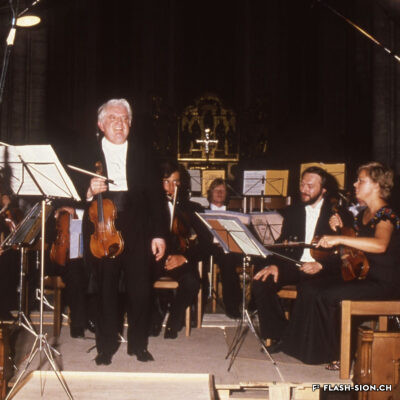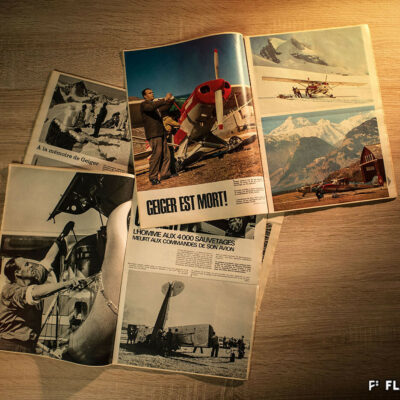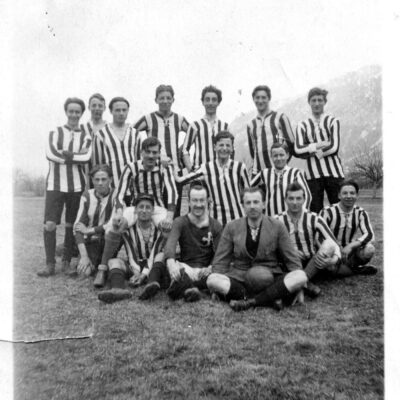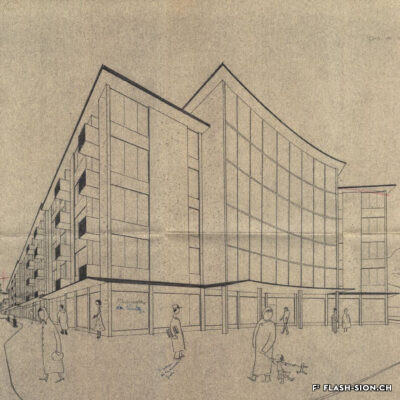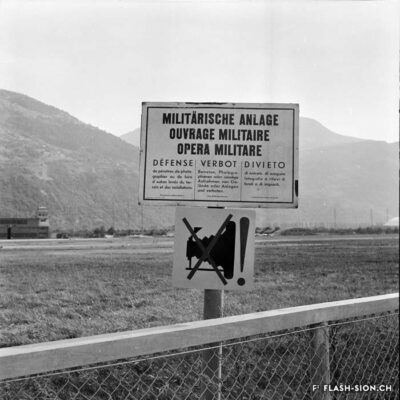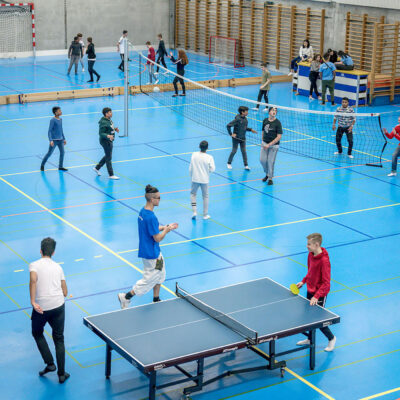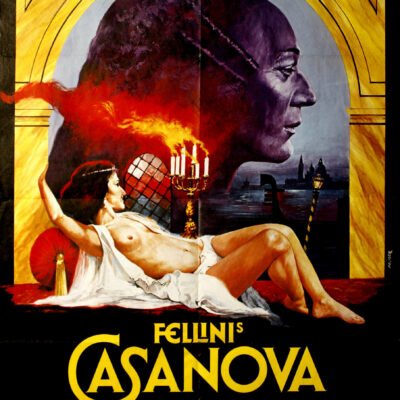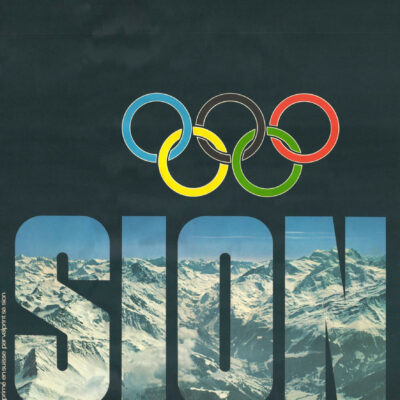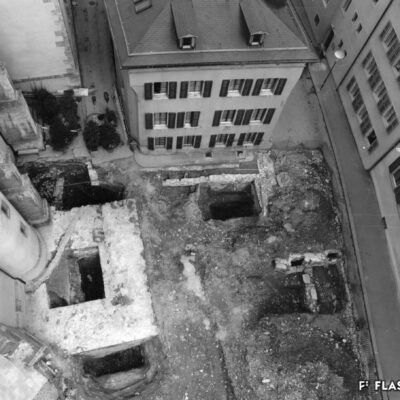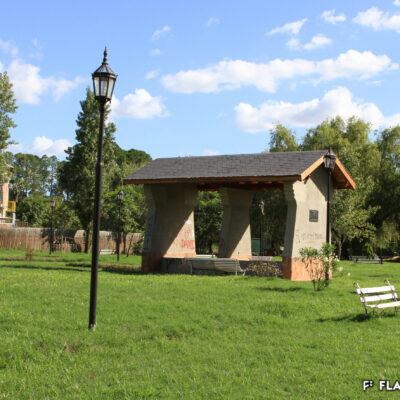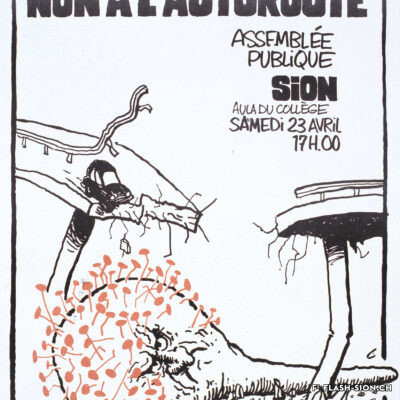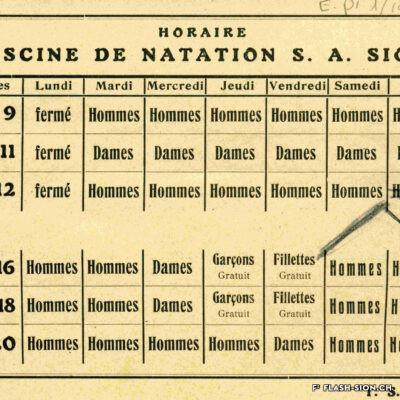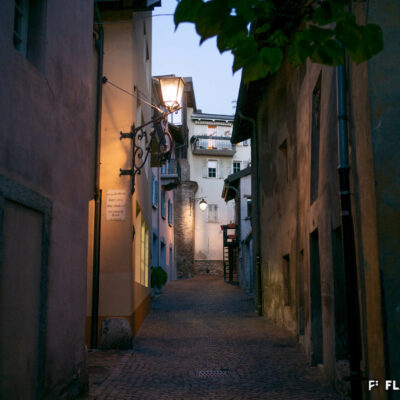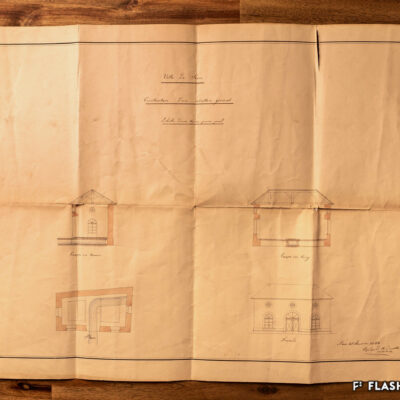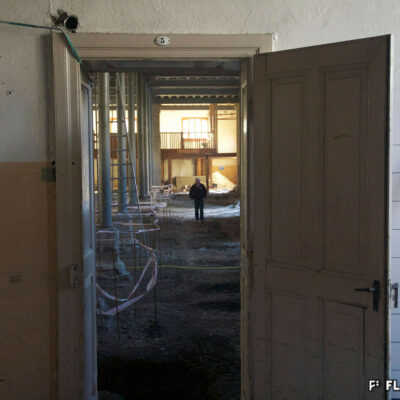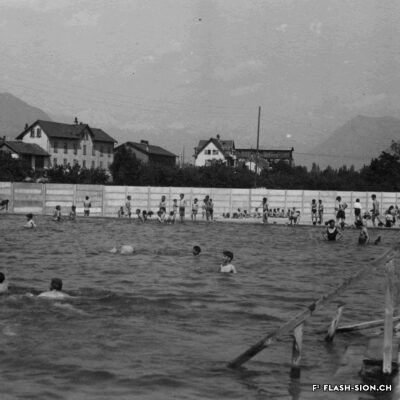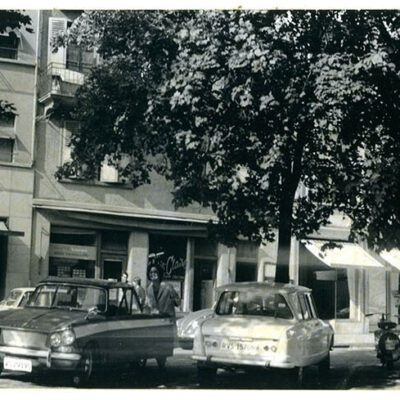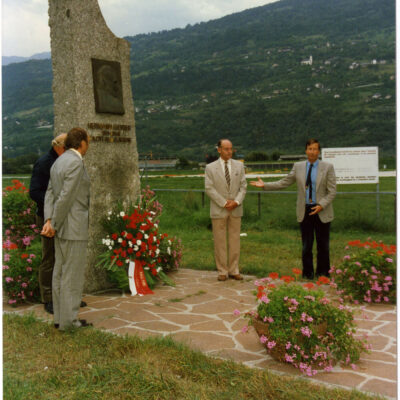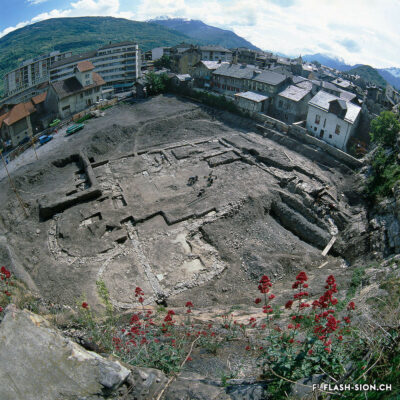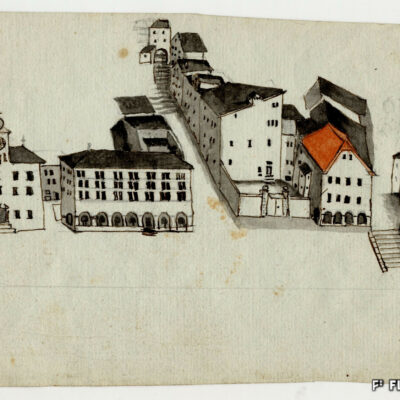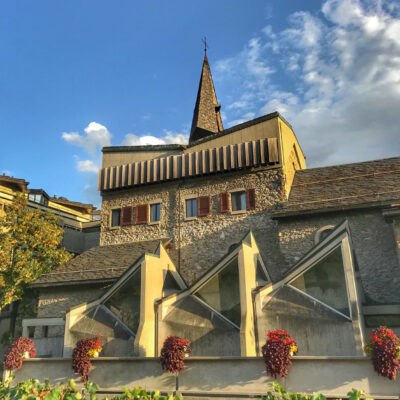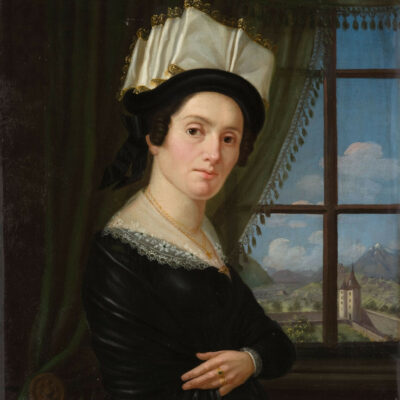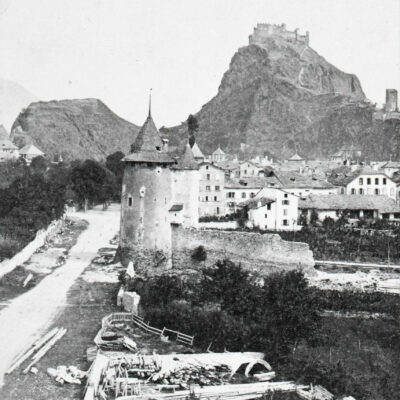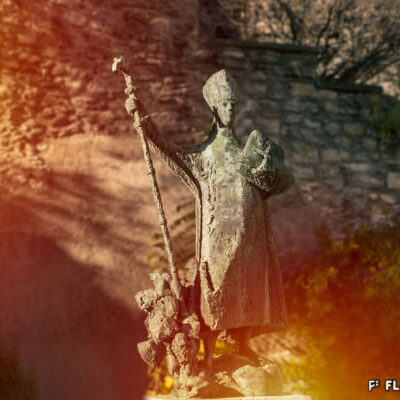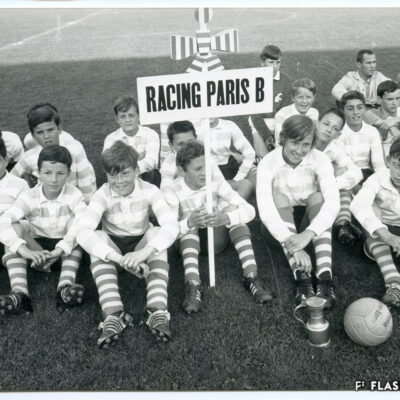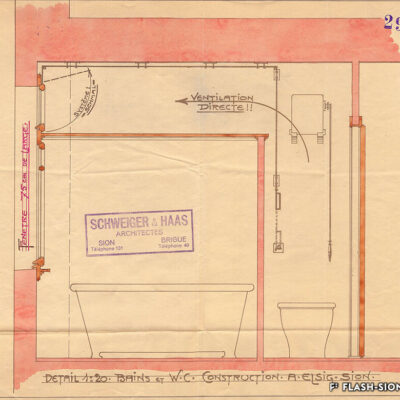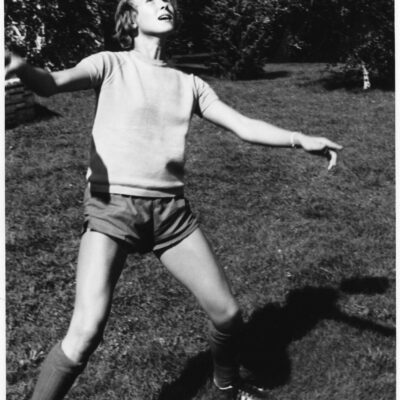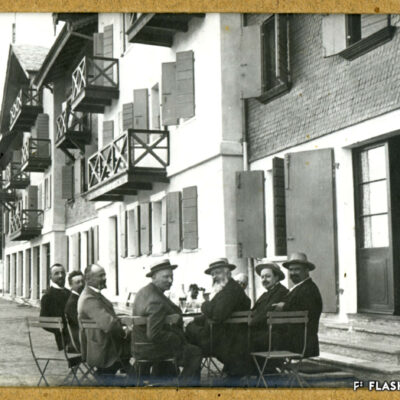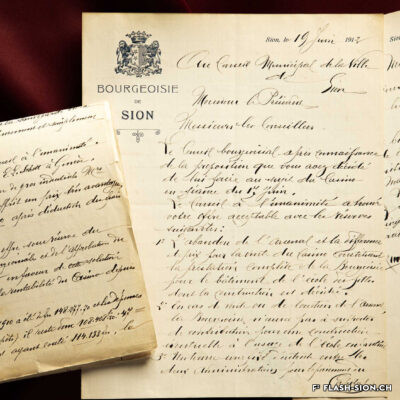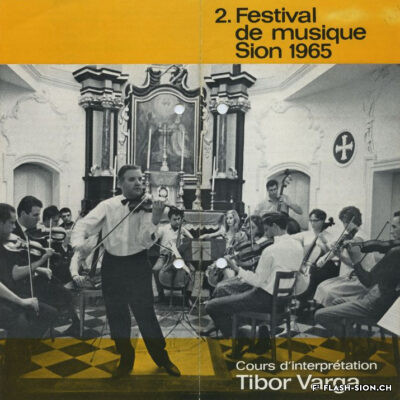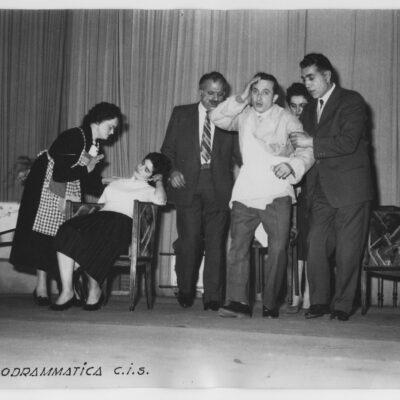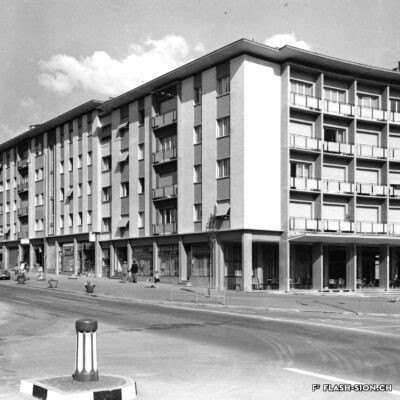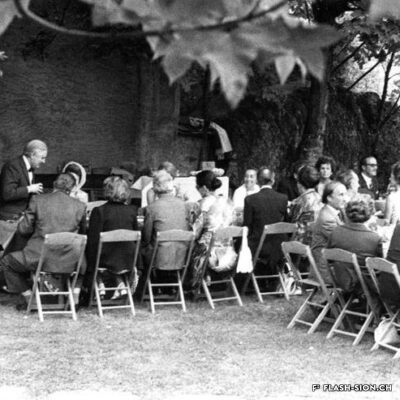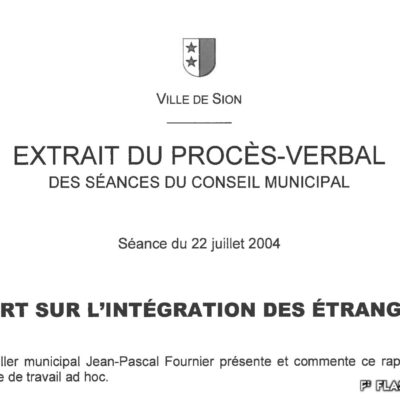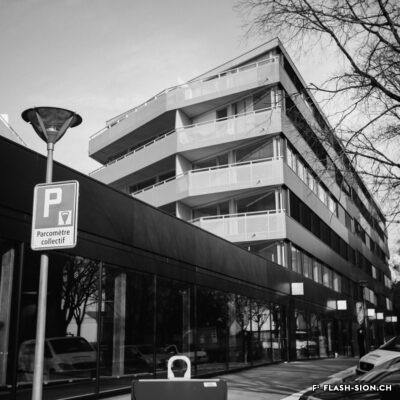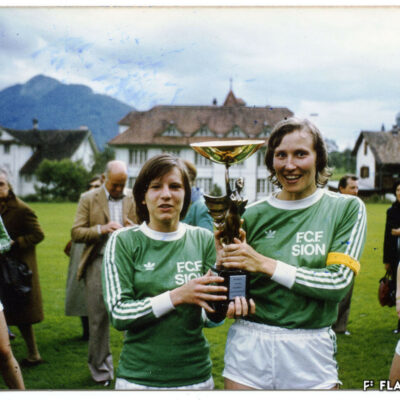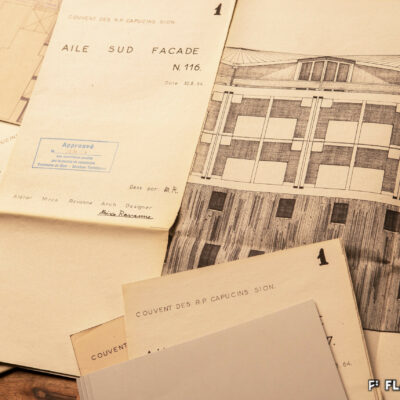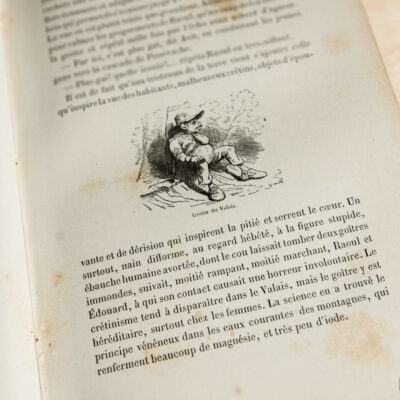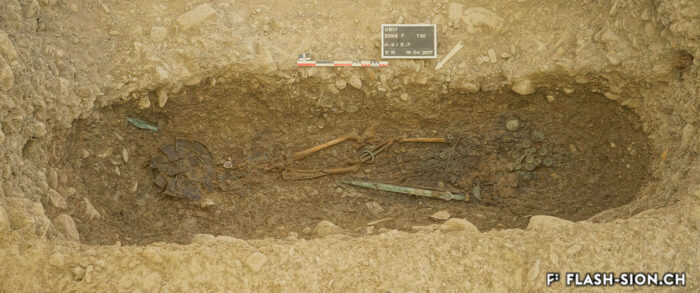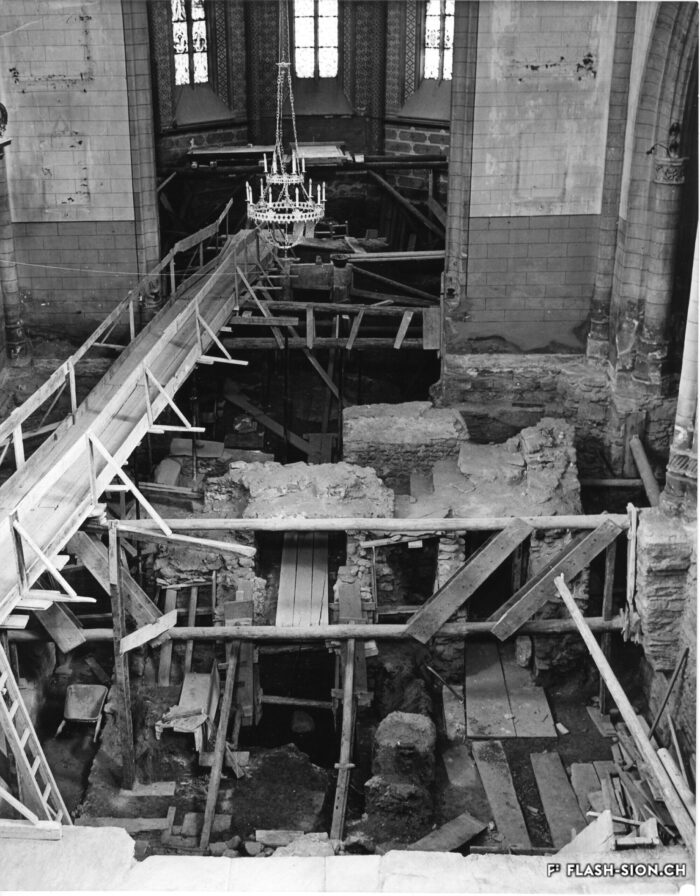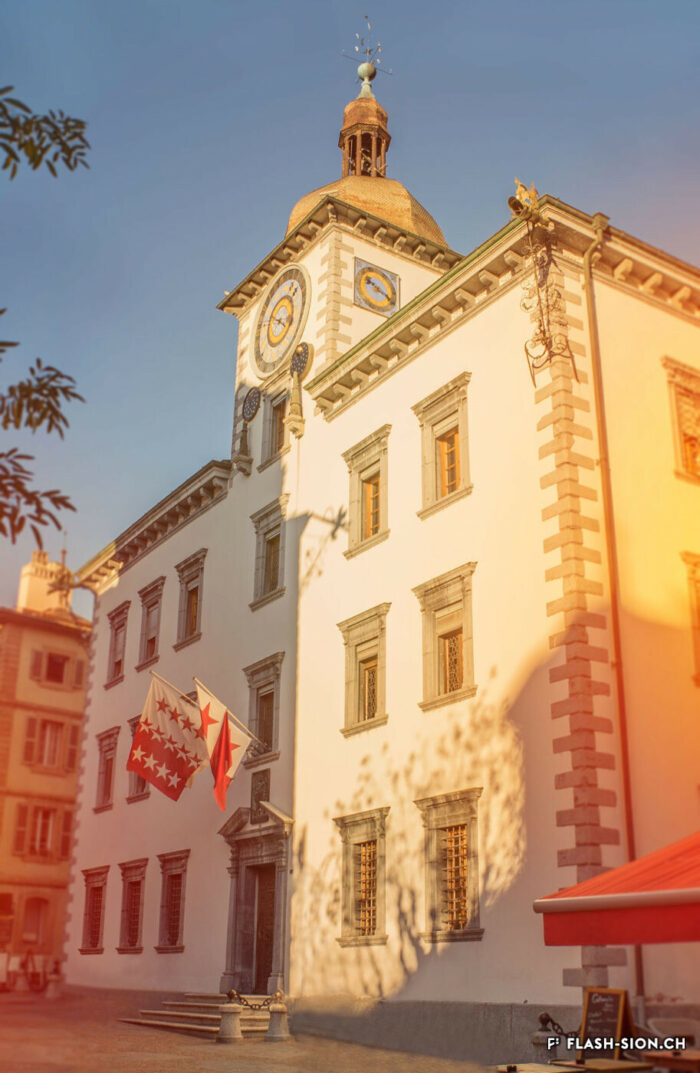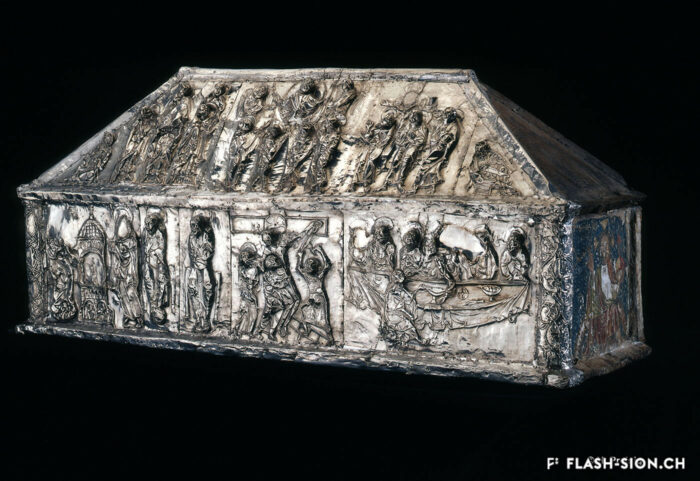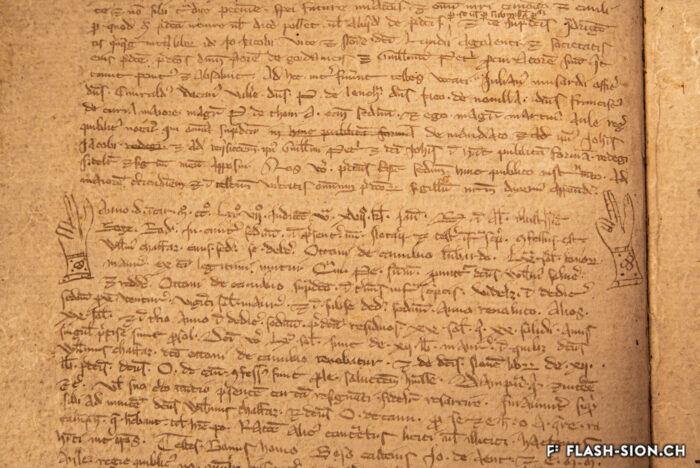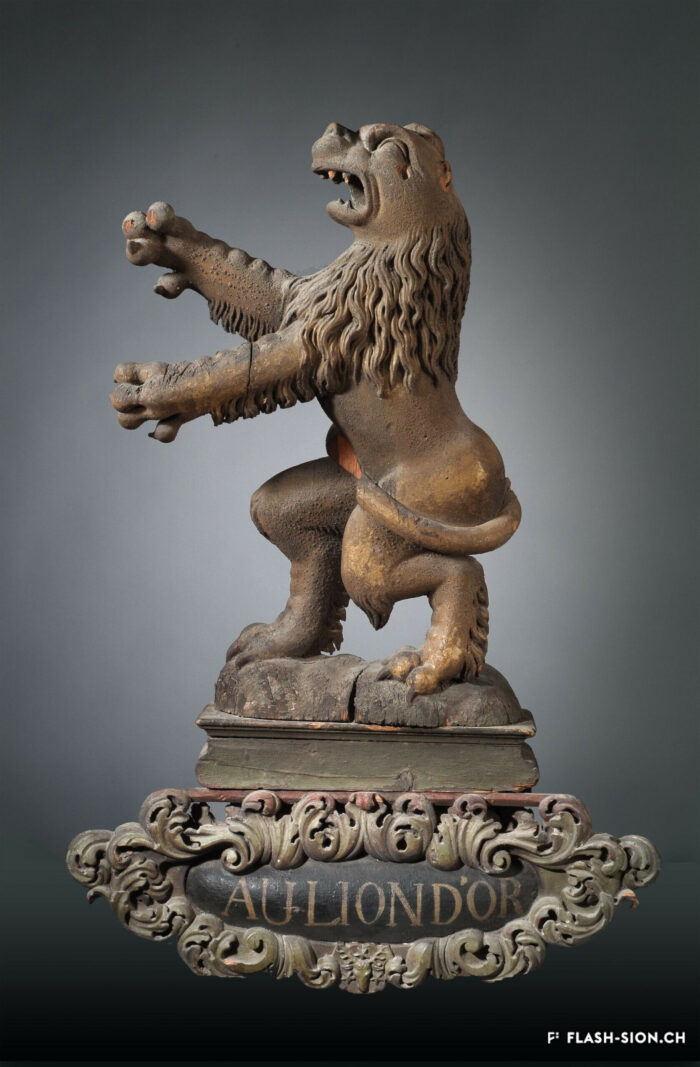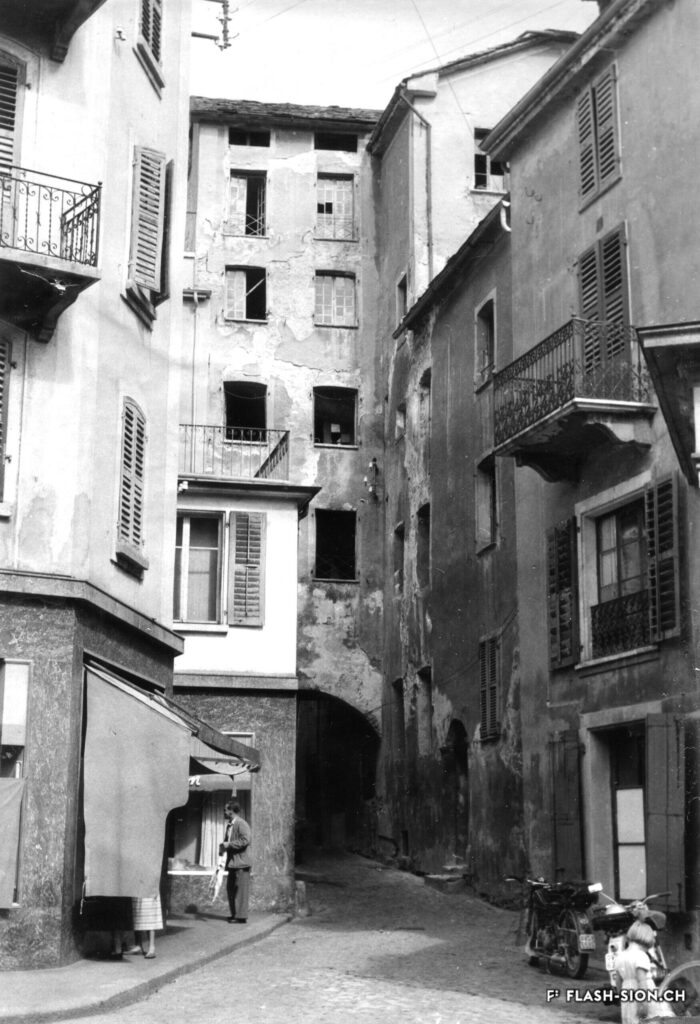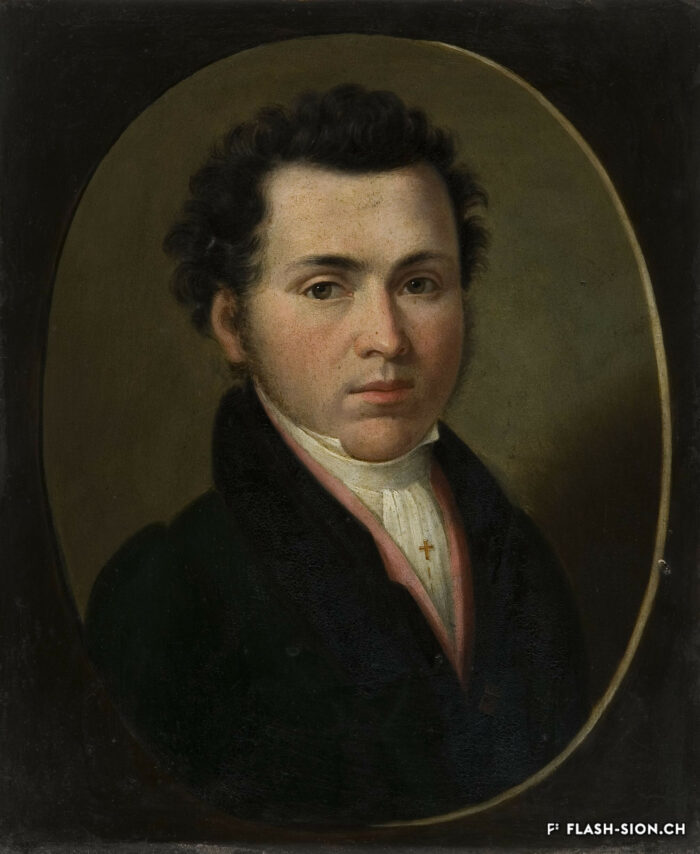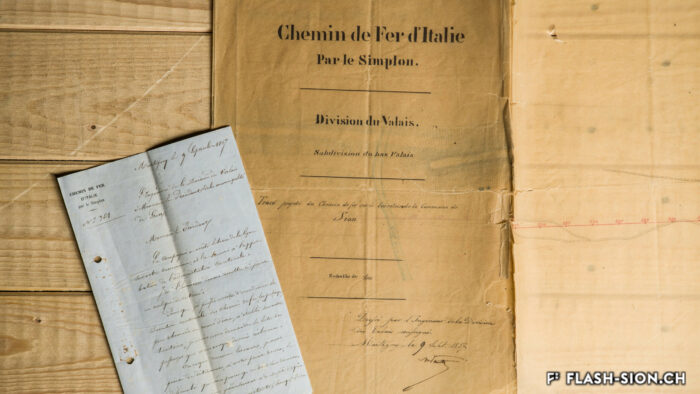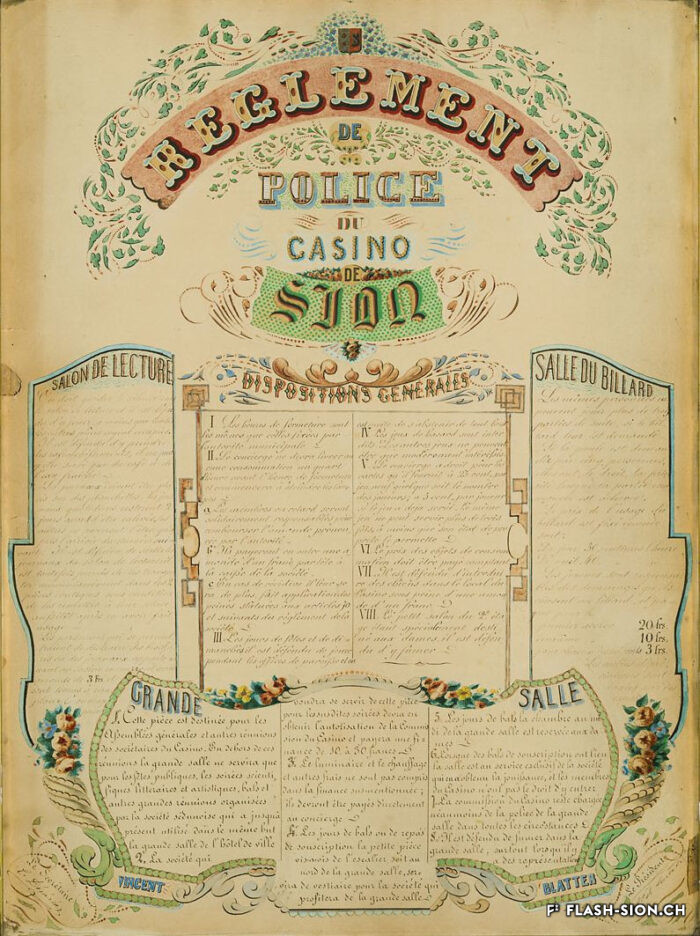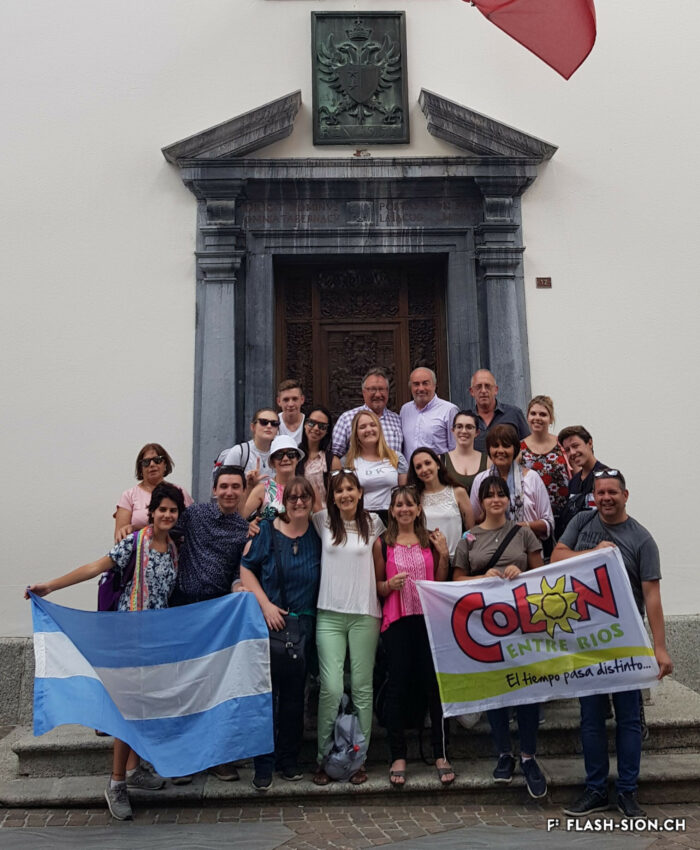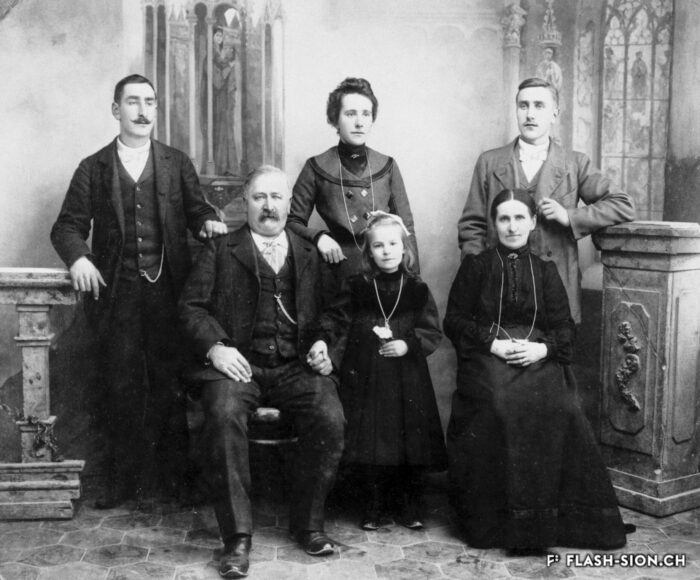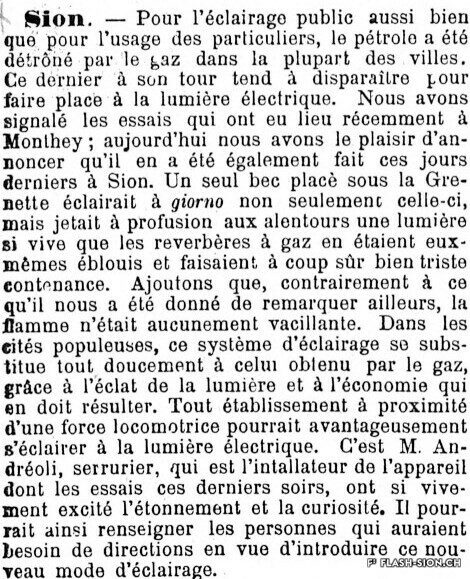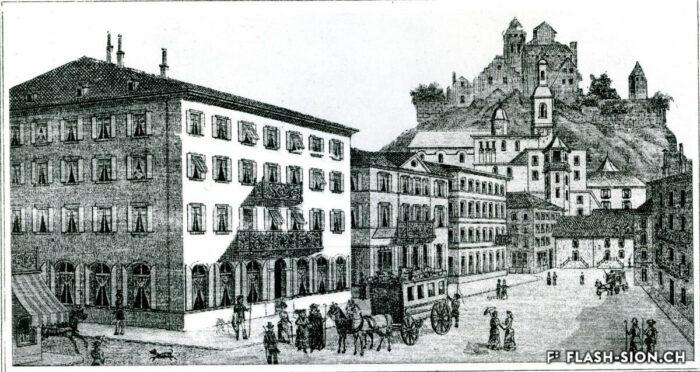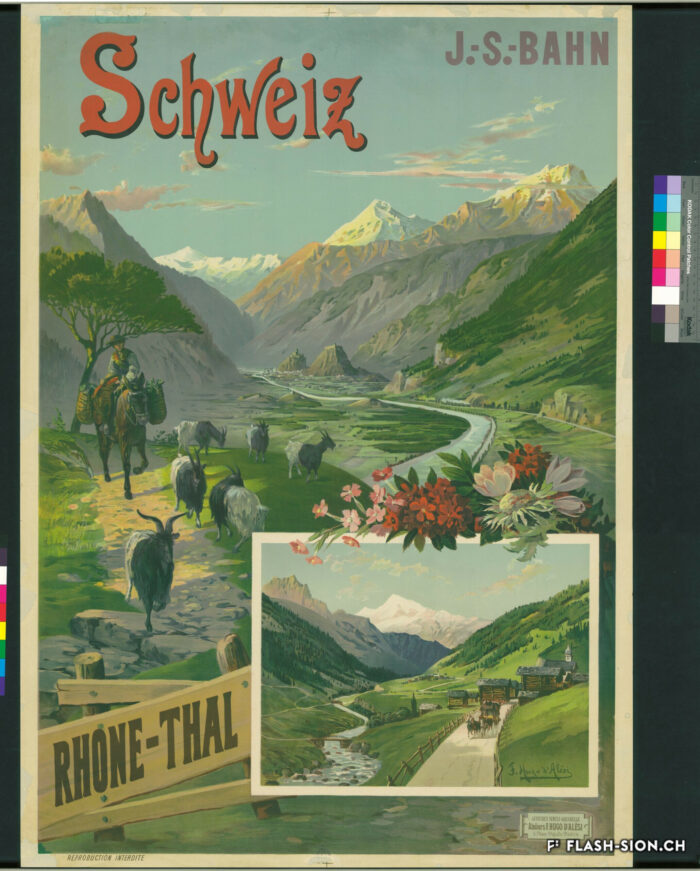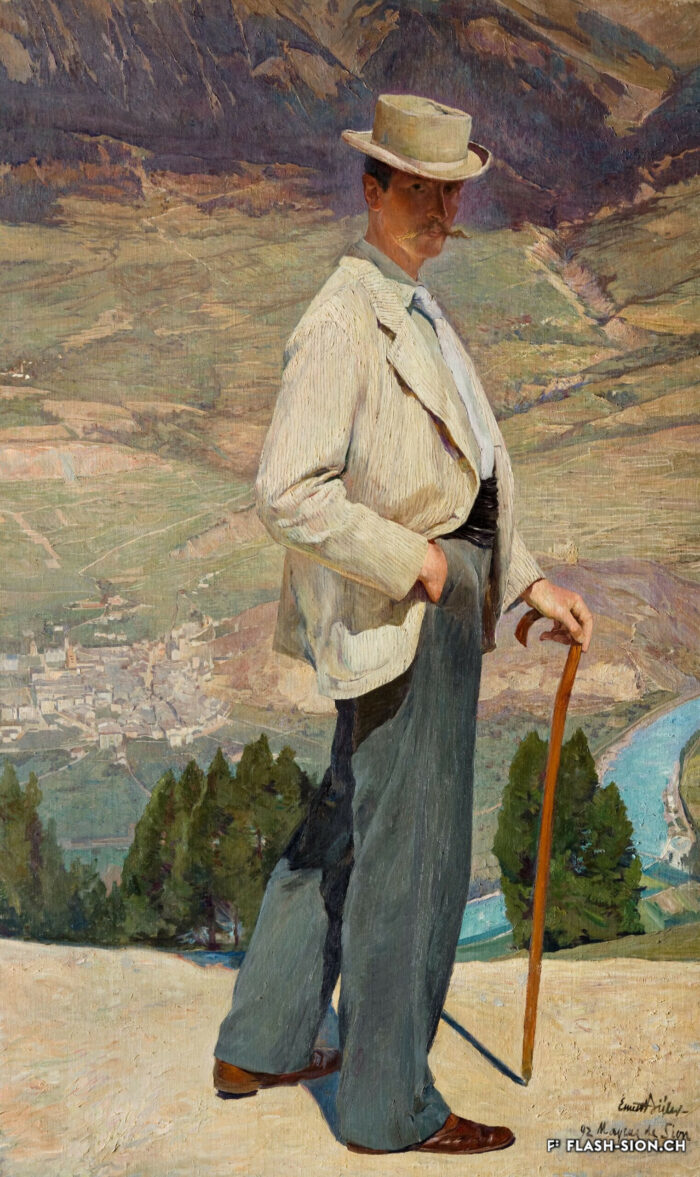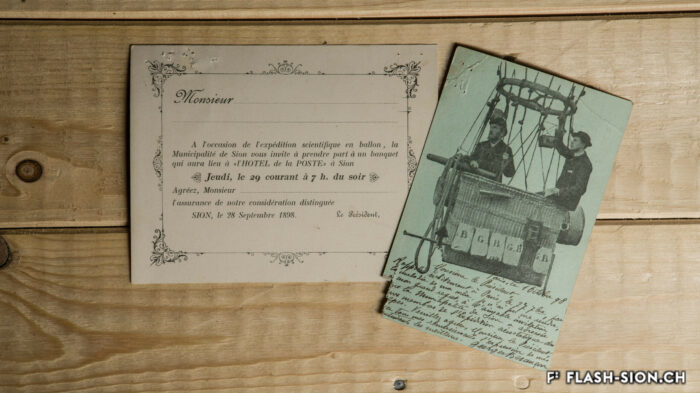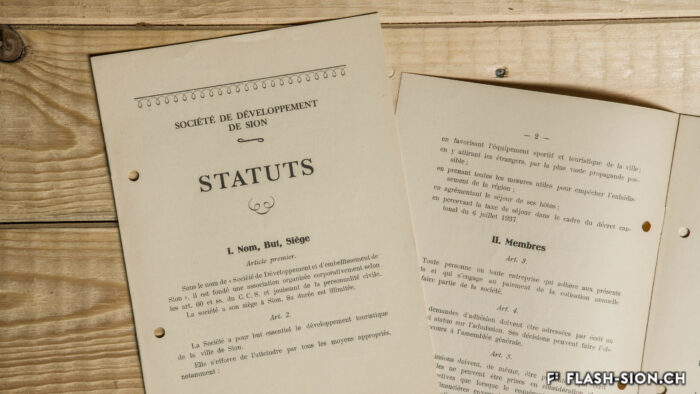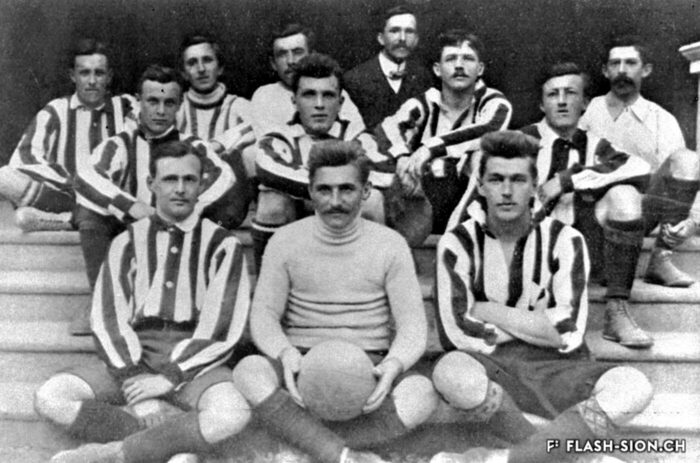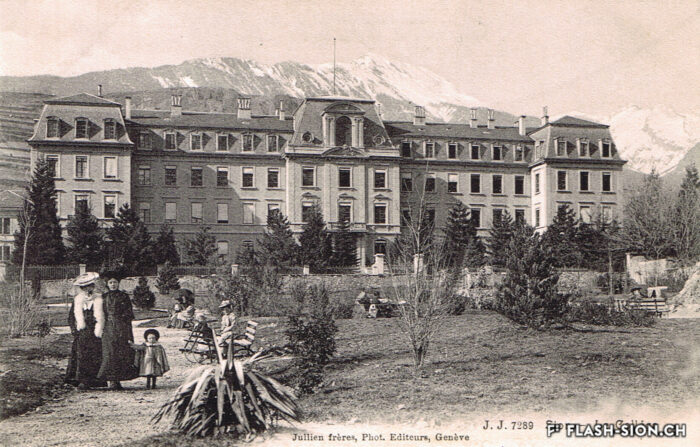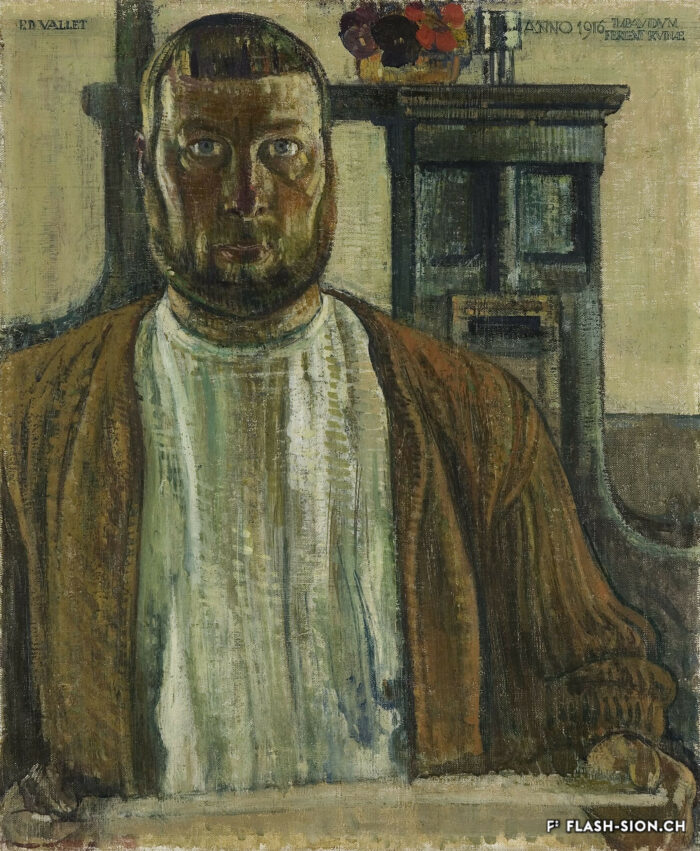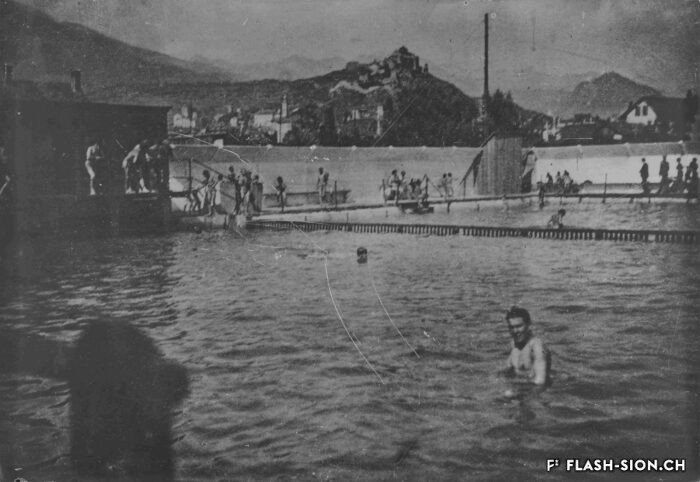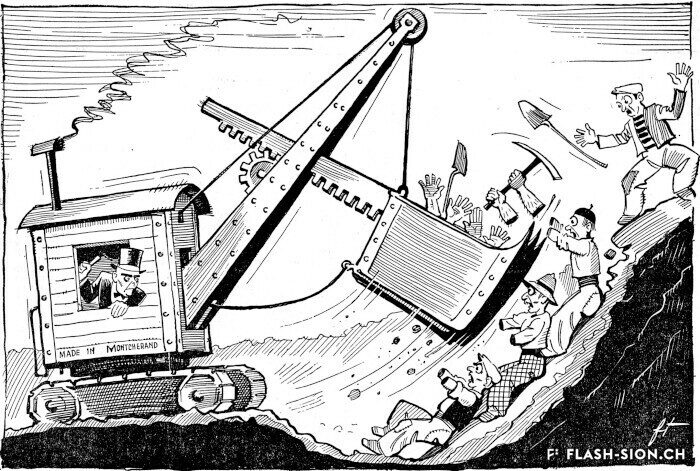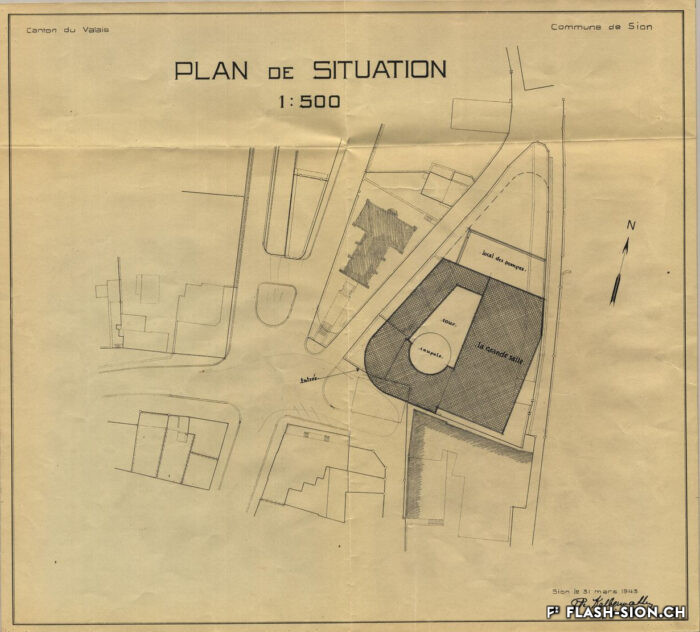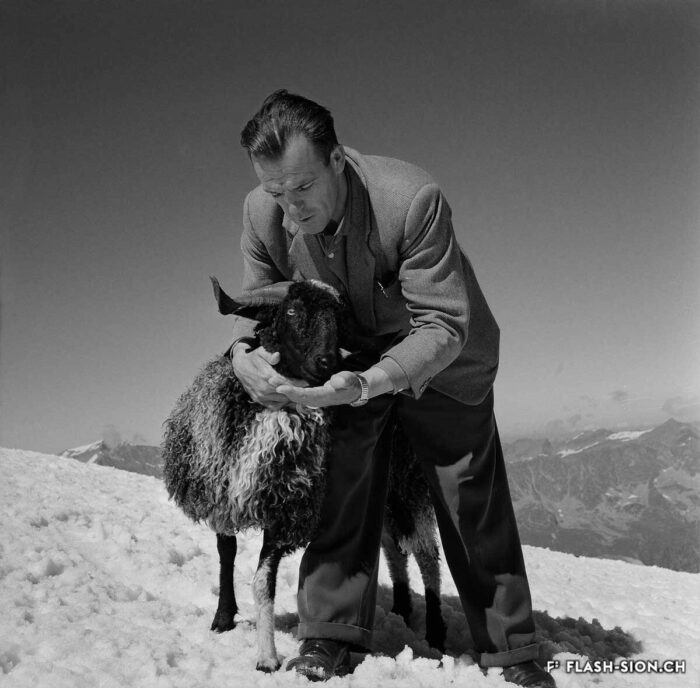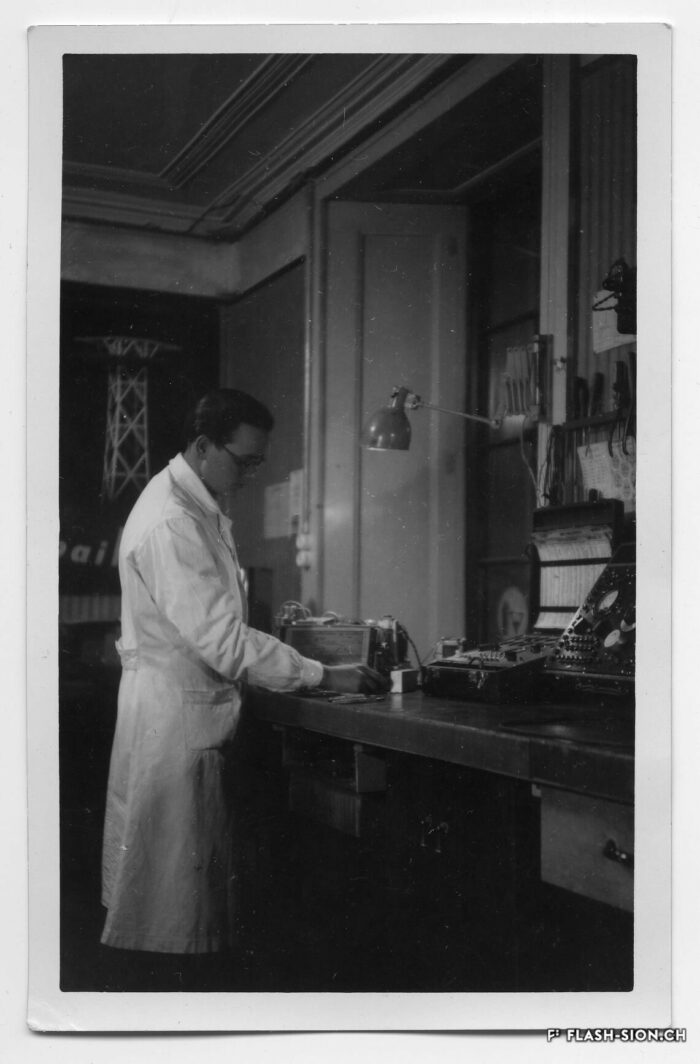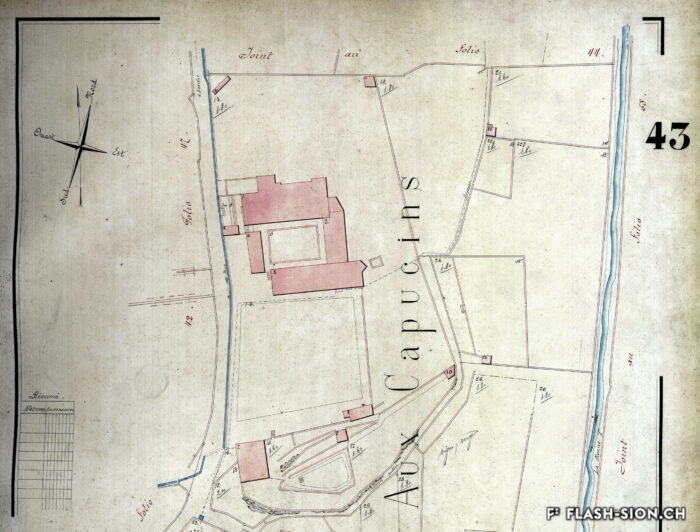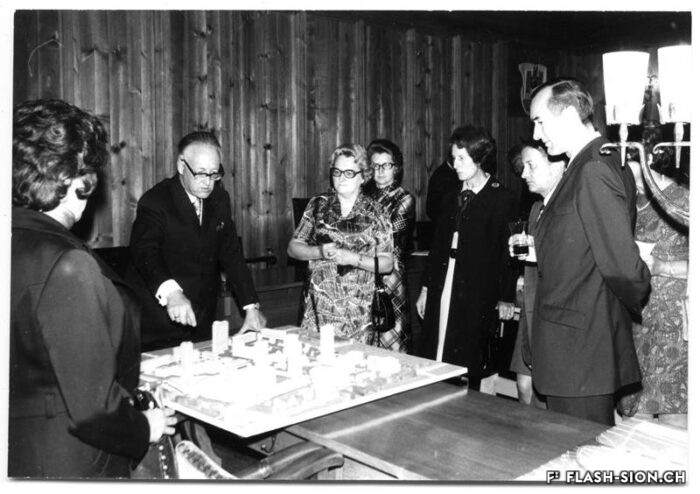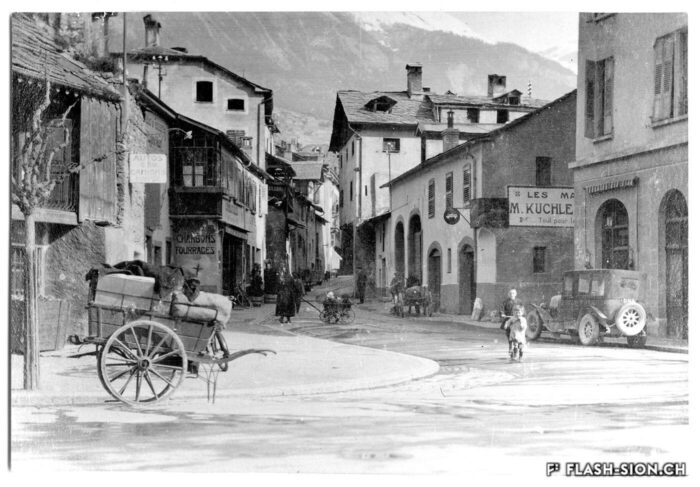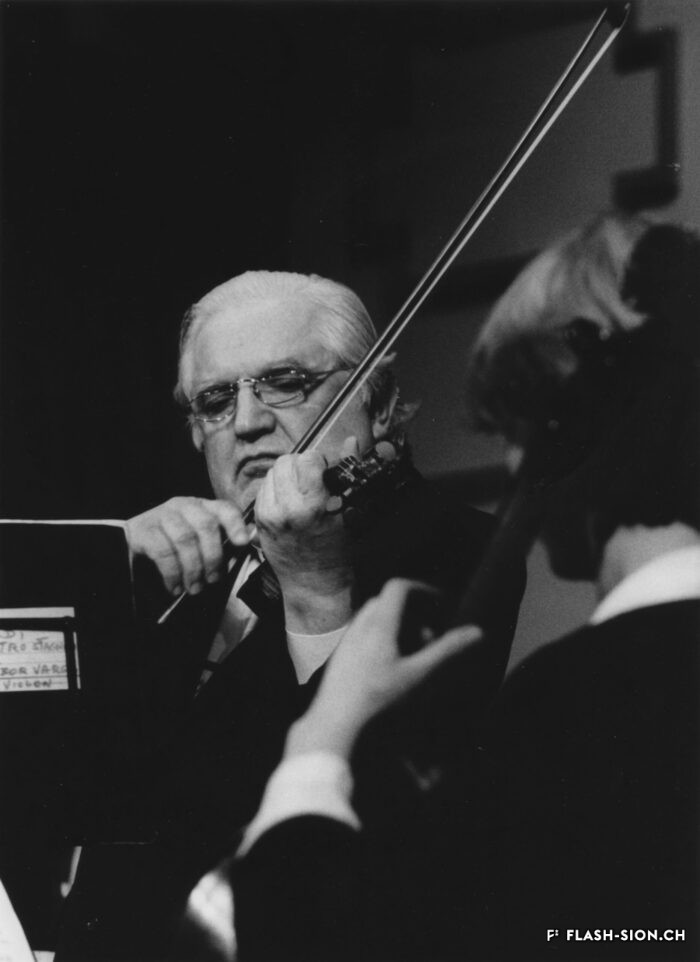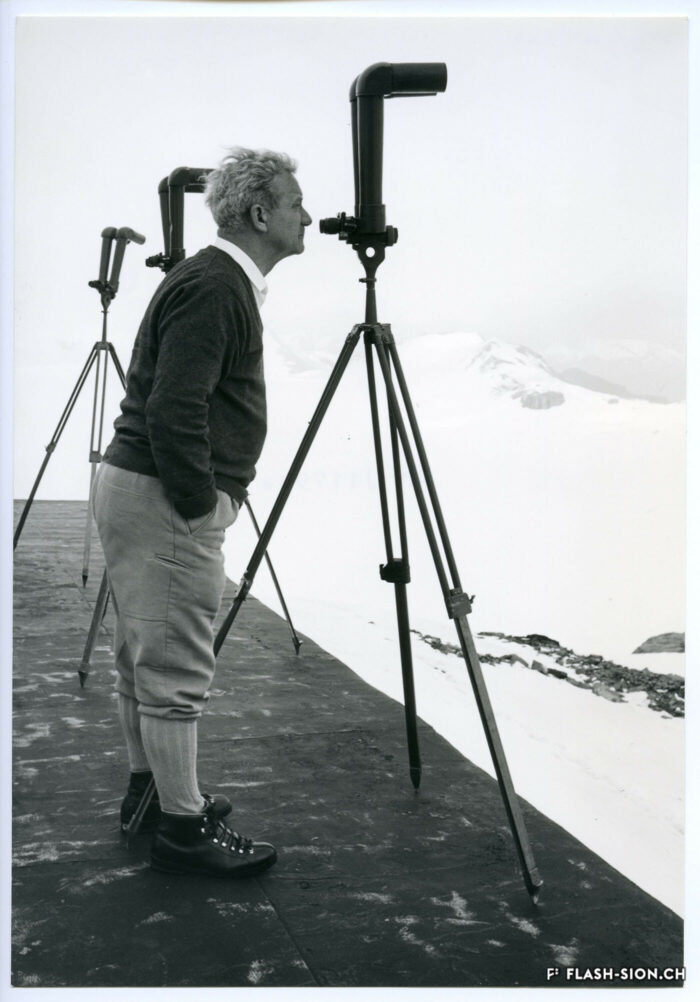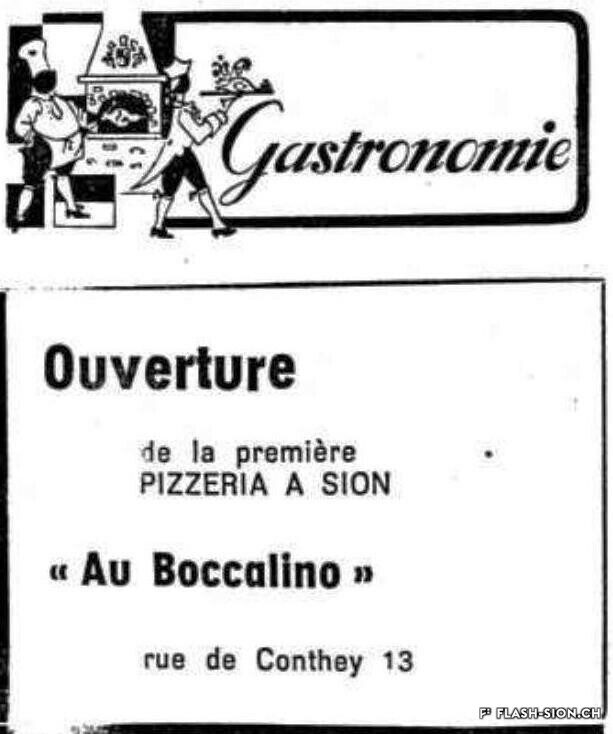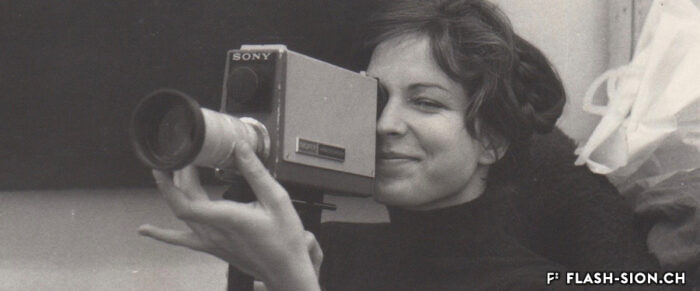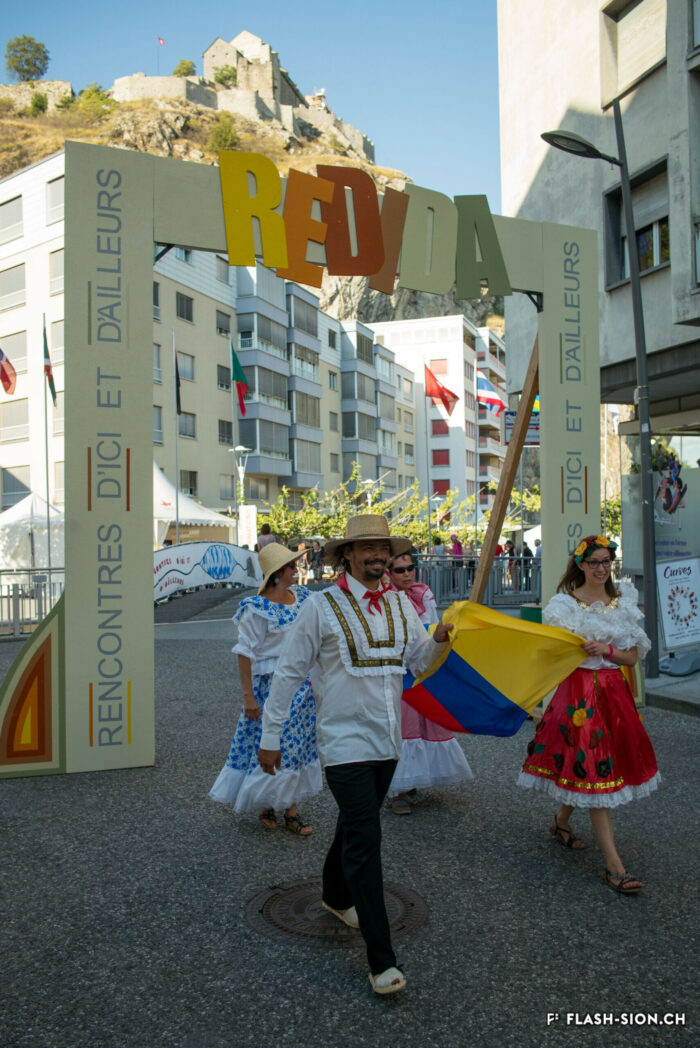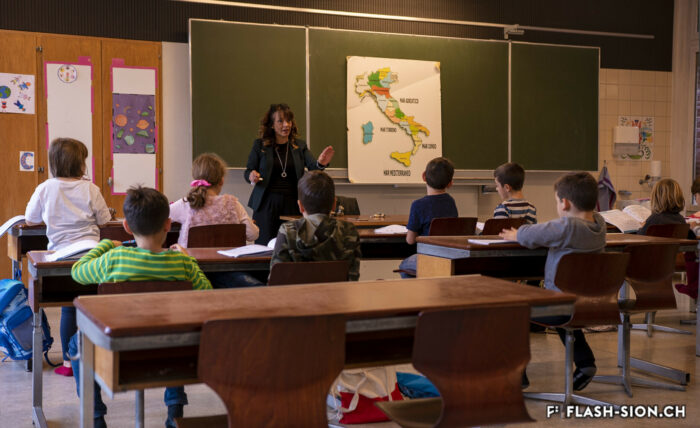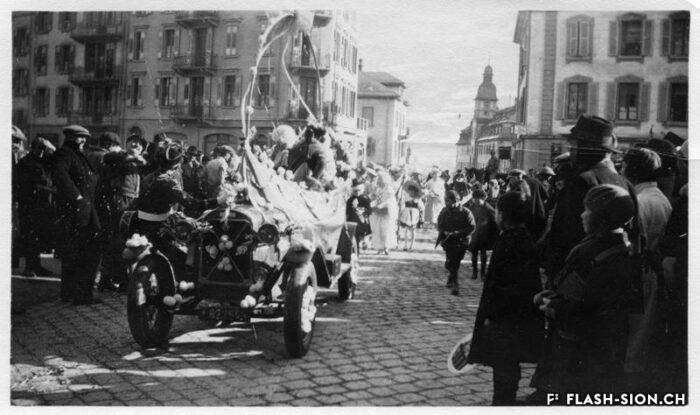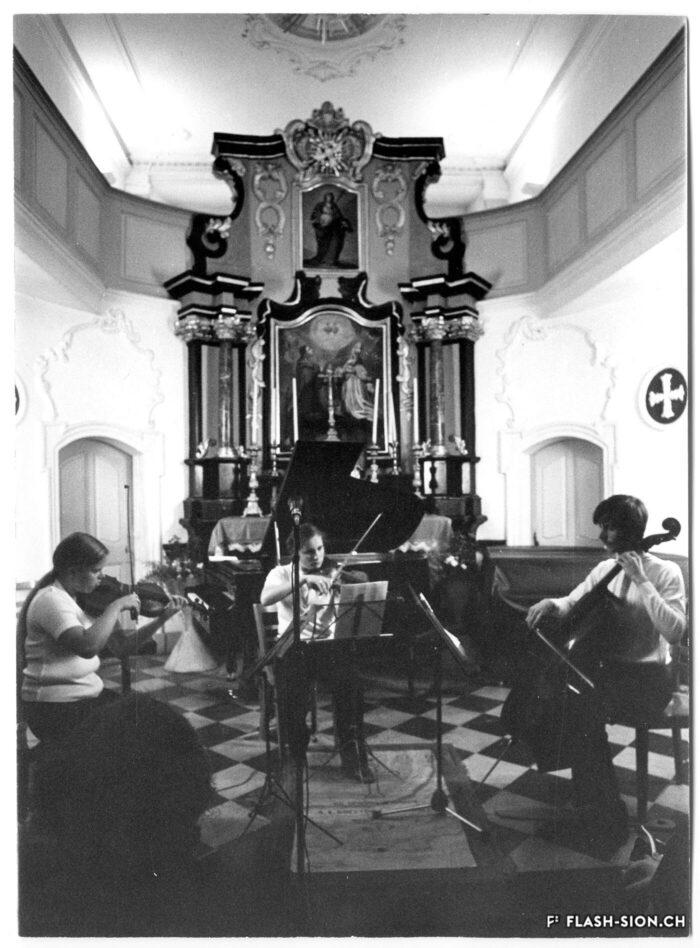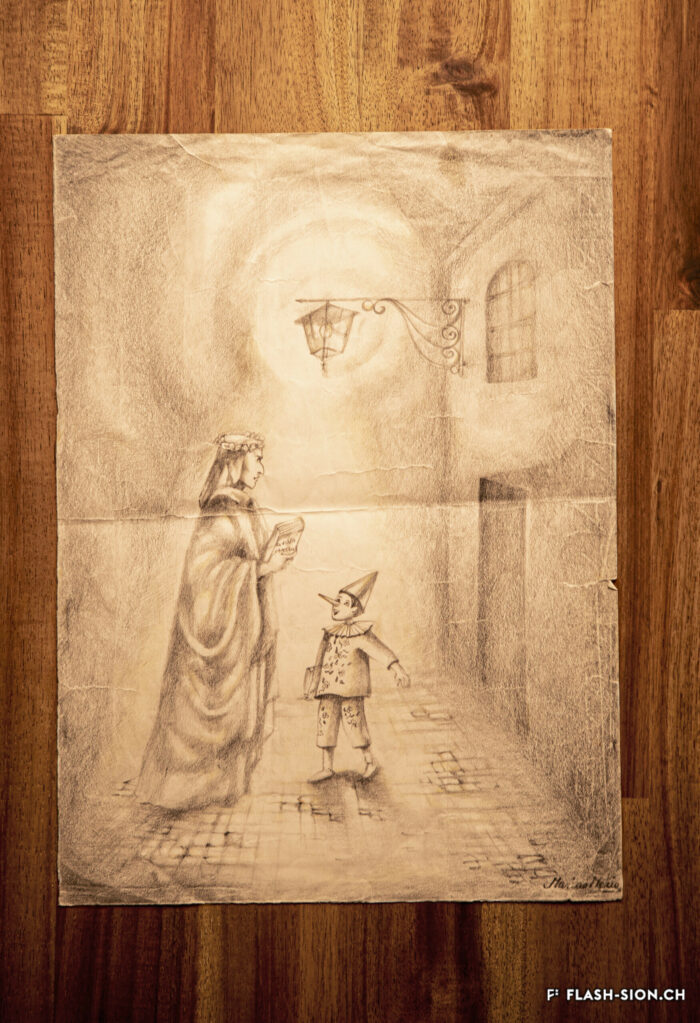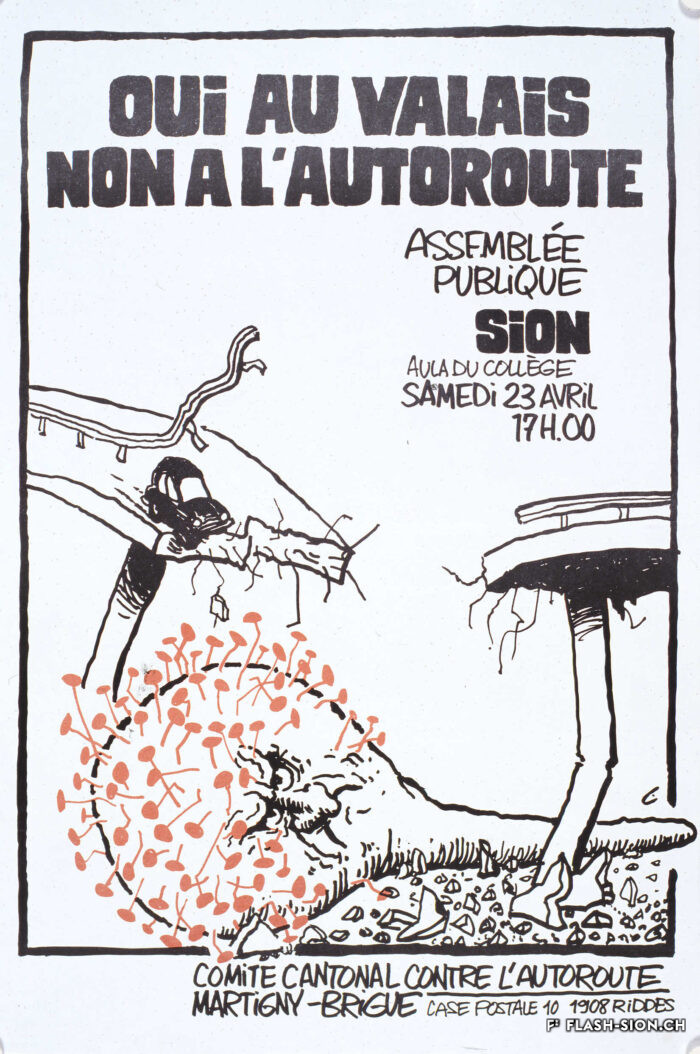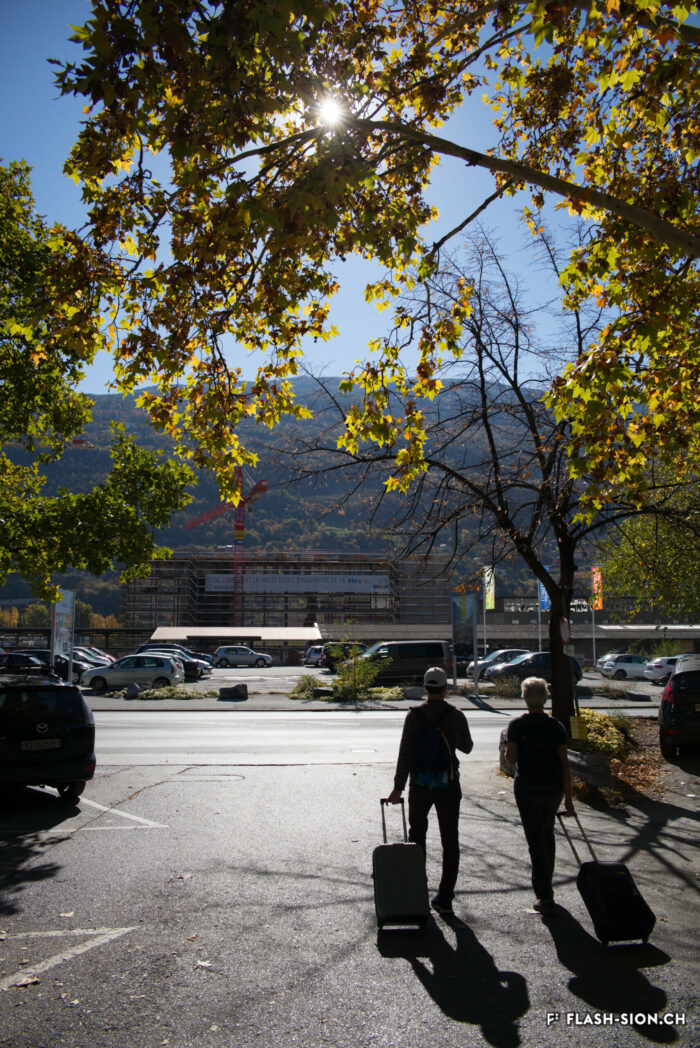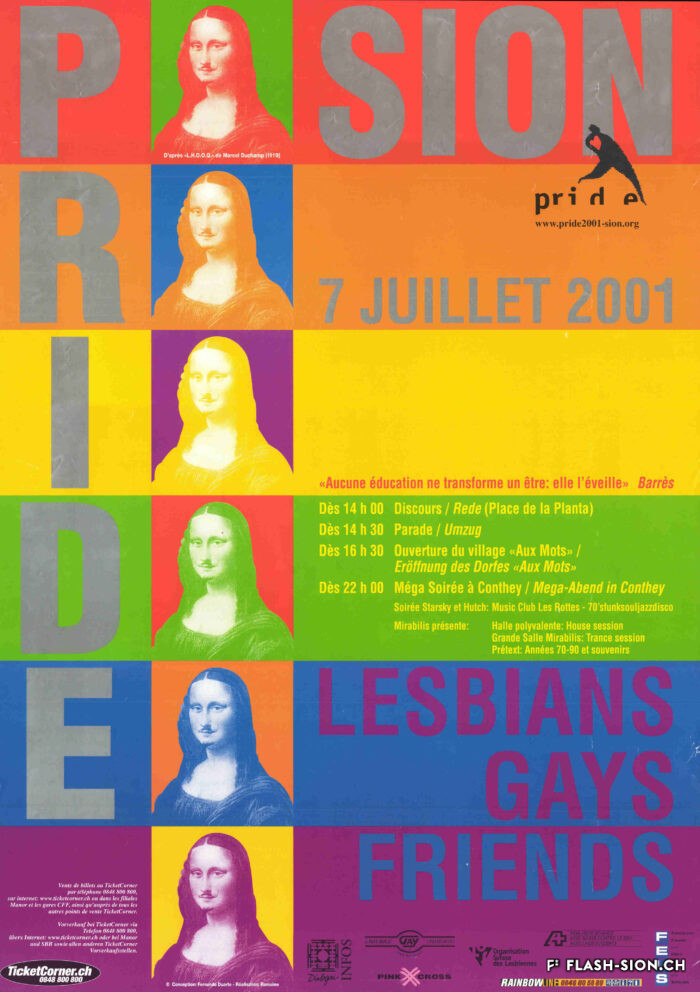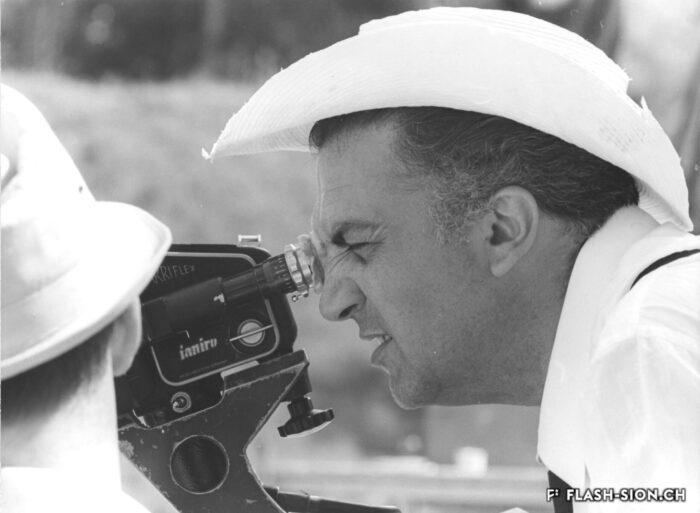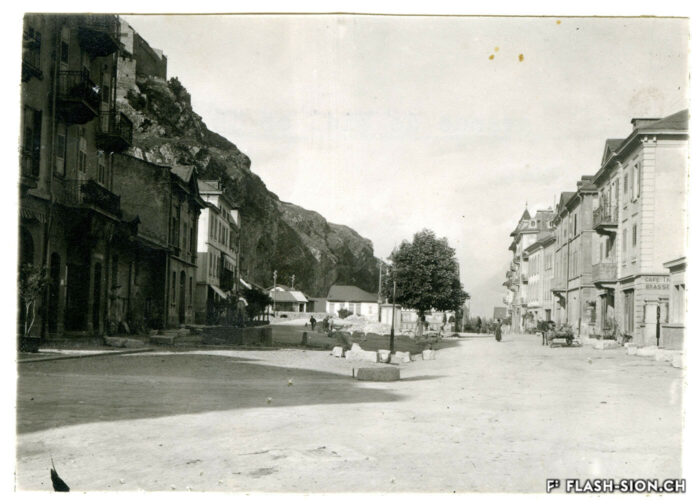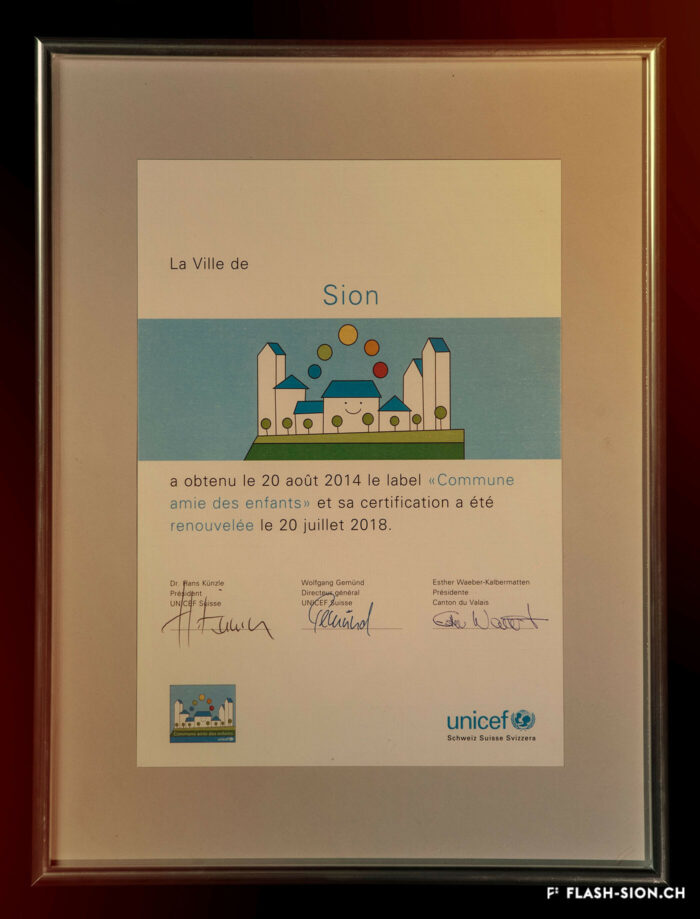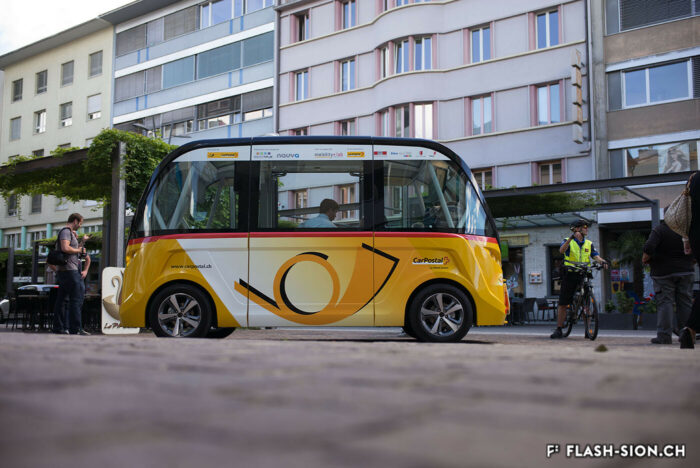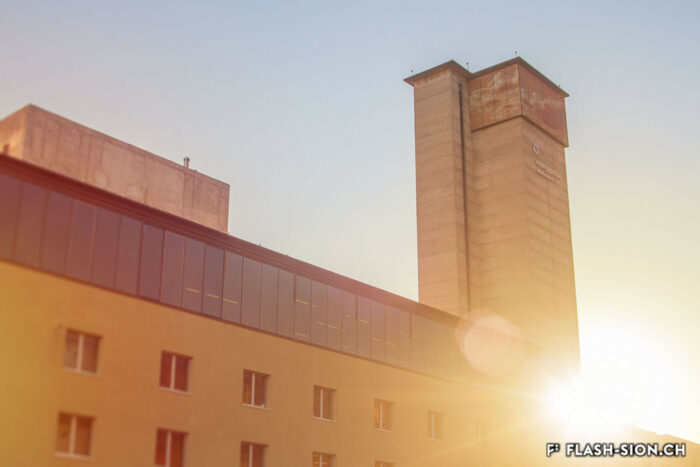Sion marche sur ses tombes
Après la découverte unique en Suisse d’une inhumation d’un guerrier richement paré datant de 850 avant J.-C. au printemps 2017, la mise au jour d’un dolmen continue de passionner les archéologues menant les fouilles sur le site de la nécropole de Don Bosco à l’été 2018. Elle s’ajoute aux richesses archéologiques emblématiques et exceptionnelles et vient renforcer la renommée internationale dont jouit Sion dans le monde scientifique.
Verborgene Grabstätten auf Schritt und Tritt
Eine einmalige Entdeckung für die Schweiz: Im Frühjahr 2017 legten die zuständigen Archäologen im Grabungsbereich der Nekropole von Don Bosco ein Kriegergrab mit reicher Schmuckbeigabe aus der Zeit um 850 vor Christus frei. Nur gerade ein Jahr später, im Sommer 2018, erregte der Fund von imposanten Steinplatten eines Dolmens Aufsehen. Dieser bestätigt einmal mehr den aussergewöhnlichen und herausragenden, archäologischen Reichtum der Stadt und unterstreicht die internationale Bedeutung, die Sitten in wissenschaftlichen Kreisen zukommt.
Sion's buried treasures
In spring 2017, archaeologists were thrilled to discover a warrior’s grave with a rich assortment of artefacts dating from 850 B.C. – the only one of its type in Switzerland. Excitement continued when a dolmen was found during excavations on the site of the Don Bosco necropolis in summer 2018. This find adds to the city’s exceptional archaeological heritage of iconic treasures, consolidating Sion’s international reputation in the scientific world.
Sion marche sur ses tombes
Après la découverte unique en Suisse d’une inhumation d’un guerrier richement paré datant de 850 avant J.-C. au printemps 2017, la mise au jour d’un dolmen continue de passionner les archéologues menant les fouilles sur le site de la nécropole de Don Bosco à l’été 2018. Elle s’ajoute aux richesses archéologiques emblématiques et exceptionnelles et vient renforcer la renommée internationale dont jouit Sion dans le monde scientifique.
Du culte du corps aux lieux de culte
Les fouilles archéologiques de St-Théodule au début des années 1960 révèlent une surprise de taille ! Sous l’église gothique actuelle, œuvre de reconstruction inachevée de l’illustre maître-maçon transalpin Ulrich Ruffiner, les archéologues découvrent non seulement les ruines de trois édifices religieux antérieurs, mais également les vestiges de thermes romains. Infrastructure balnéaire caractéristique de la vie sociale de la Rome antique, les thermes publics étaient placés à côté du forum. Ainsi, l’hypothèse de la présence d’une place publique au Glarier sous l’Empire romain est aujourd’hui avancée par les spécialistes.
Vom Köperkult zum Kultort
Die archäologischen Ausgrabungen von St.Theodul Anfang der 1960er Jahre hielten eine grosse Überraschung bereit! Unter den Mauern der bestehenden gotischen Kirche, die auf ein unvollendetes Projekt des berühmten Maurermeisters Ulrich Ruffiner zurückführt, entdeckten Archäologen nicht nur die Ruinen von drei früheren Sakralbauten, sondern auch Überreste einer römischen Therme. Die für das gesellschaftliche Leben im alten Rom charakteristische Badeinfrastruktur befand sich gewöhnlich neben dem Forum. So vertreten Wissenschaftler heute die Hypothese, dass während des römischen Reichs das Zentrum der Siedlung in Glarier gelegen haben könnte.
Cleanliness is next to godliness
The archaeological excavations at the church of St. Theodulus in the early 1960s uncovered a major surprise! Beneath the present-day Gothic church (an unfinished reconstruction by the renowned Italian master mason Ulrich Ruffiner), the archaeologists discovered not only the ruins of three earlier religious buildings, but also the remains of Roman baths. The public baths were a typical feature of social life in ancient Rome, and they were usually located beside the forum. This discovery has now prompted experts to suggest that there was a public square in Sion’s Glarier district under the Roman Empire.
Dal culto del corpo ai luoghi di culto
Gli scavi archeologici presso St-Théodule, all’inizio degli anni 60, svelano una sorpresa notevole! Sotto la chiesa gotica attuale, opera di ricostruzione incompiuta dell’illustre capomastro transalpino Ulrich Ruffiner, gli archeologi scoprono non solamente le rovine di tre edifici religiosi antecedenti ma anche vestigi di terme romane. Infrastruttura balneare caratteristica della vita sociale della Roma antica, le terme pubbliche erano collocate accanto al foro. Pertanto, oggi gli specialisti avanzano l’ipotesi della presenza di una piazza pubblica al Glarier sotto l’Impero Romano.
La trace d’Asclépiodote
La plus ancienne inscription chrétienne connue au nord des Alpes se trouve à Sion. Lorsque le visiteur passe la porte richement sculptée de l’hôtel de ville, il découvre, sur les murs du vestibule, scellé parmi d’autres plaques de pierre gravées remontant pour la plupart à l’époque romaine, une inscription ayant toute son importance : un chrisme ornant la dédicace de la restauration d’un bâtiment par le gouverneur de la province, Pontius Asclepiodotus, datée de 377.
Auf der Spur von Asklepiodotus
Die älteste bekannte christliche Inschrift nördlich der Alpen befindet sich in Sitten. Öffnet sich die reich geschnitzte Türe des Rathauses, entdeckt man an den Wänden der Eingangshalle verschiedene, gravierte Steinplatten. Die meisten darunter stammen aus der Römerzeit. Eine ganz spezielle Bedeutung kommt der Inschrift zu, die der römische Provinzstatthalter, Pontius Asklepiodotus, im Jahr 377 n.Chr. herstellen liess. Die Widmung zur Restaurierung eines Gebäudes durch den hohen Beamten trägt ein Christusmonogramm.
Asclepiodotus left his mark
The oldest known Christian inscription north of the Alps is to be found in Sion. Visitors passing through the elaborately sculpted door of the town hall will see that the walls of the entrance lobby are adorned with engraved stone tablets that mostly date from the Roman era. Among them is one particularly important inscription: a dedicatory monogram marking the restoration of a building by Pontius Asclepiodotus, governor of the province, dating from 377.
La trace d’Asclépiodote
La plus ancienne inscription chrétienne connue au nord des Alpes se trouve à Sion. Lorsque le visiteur passe la porte richement sculptée de l’hôtel de ville, il découvre, sur les murs du vestibule, scellé parmi d’autres plaques de pierre gravées remontant pour la plupart à l’époque romaine, une inscription ayant toute son importance : un chrisme ornant la dédicace de la restauration d’un bâtiment par le gouverneur de la province, Pontius Asclepiodotus, datée de 377.
Le Saint, la cloche et le diablotin
Figure de légende symbolisée par la grappe de raisin, la cloche et le diablotin, et personnage historique détenteur des pouvoirs religieux et civil que représentent la crosse et l’épée, Théodore fut le premier évêque attesté du Valais, sous le nom de Théodule. Contemporain de l’introduction du christianisme chez nous au IVe siècle, sa figure revêtit au fil du temps une importance politique croissante pour l’église sédunoise et le culte qu’on lui vouait connut une grande ferveur populaire.
Der Heilige, die Glocke und der Teufel
Weintraube, Glocke und Teufel symbolisieren die zur Legende gewordene Gestalt des hl. Theodor. Unter dem Namen Theodul gilt er als erster, bekannter Bischof des Wallis und trägt Bischofsstab und Schwert als Zeichen der kirchlichen und weltlichen Macht. Er hatte die Bischofswürde im 4. Jahrhundert inne, gleichzeitig mit der Einführung des Christentums im Wallis. Für die Kirche von Sitten nahm seine Figur im Laufe der Zeit eine wachsende politische Bedeutung ein. Im weit verbreiteten Theoduls-Kult widerspiegelte sich die grosse Verehrung des Heiligen.
The saint, the bell and the little devil
Theodore is a legendary figure whose symbols are a bunch of grapes, a bell and a small devil; he was also a historical figure who held religious and civil authority, represented by the crook and the sword. Theodore was the first attested Bishop of Valais, serving under the name of Theodulus during the period when Christianity was introduced to our region in the 4th century. Over time, Theodore acquired growing political importance for the church in Sion, and he was venerated as a figure who inspired great enthusiasm among the people.
Le Saint, la cloche et le diablotin
Figure de légende symbolisée par la grappe de raisin, la cloche et le diablotin, et personnage historique détenteur des pouvoirs religieux et civil que représentent la crosse et l’épée, Théodore fut le premier évêque attesté du Valais, sous le nom de Théodule. Contemporain de l’introduction du christianisme chez nous au IVe siècle, sa figure revêtit au fil du temps une importance politique croissante pour l’église sédunoise et le culte qu’on lui vouait connut une grande ferveur populaire.
Des Lombards à Sion
A Sion, la présence de Lombards est attestée dès le 13e siècle. Actifs dans la banque et le commerce, ils prennent part au développement de la vie économique et politique sédunoise. Pourtant, la mention du quartier « en Lombardie » n’apparaît dans les écrits qu’à partir du 17e siècle, soit plusieurs siècles après leur installation. La rue qui porte leur nom est un hommage tardif. Une plaque commémorative posée au début de la rue de la Lombardie renforce encore ce souvenir des liens qui unissent le Valais et la Lombardie.
Lombarden in Sitten
In Sitten ist die Präsenz von Lombarden ab dem 13. Jahrhundert belegt. Sie betätigten sich als Kaufleute und Bankiers und waren massgeblich an der politischen und wirtschaftlichen Entwicklung der Stadt beteiligt. Der Name des Stadtteils “en Lombardie” tritt jedoch erst im 17. Jahrhundert in den Schriften auf. Die Strasse, die heute ihren Namen trägt, ist eine späte Hommage. Am Anfang der Rue de la Lombardie erinnert eine Gedenktafel an die Beziehungen zwischen der Lombardei und dem Wallis.
Lombards in Sion
There is evidence that Lombards were present in Sion from the 13th century onwards. They played an active part in banking and commerce, and they contributed to the development of Sion’s economic and political life. However, the city district known as “en Lombardie” is not mentioned in documentation until the 17th century – several centuries after the Lombards settled here. The street that bears their name is a belated tribute. A commemorative plaque installed at the start of Rue de la Lombardie is another reminder of the bonds that link Valais and Lombardy.
I lombardi a Sion
A Sion, la presenza dei lombardi è confermata dal 13° secolo. Attivi nel settore bancario e commerciale, prendono parte allo sviluppo della vita economica e politica di Sion.
Ciò nonostante, la menzione del quartiere “in Lombardia” appare negli scritti solo dal 17° secolo, ossia molti secoli dopo il loro insediamento. La via, che porta il loro nome, è un omaggio tardivo. Una targa commemorativa installata all’inizio della via “rue de la Lombardie” rafforza maggiormente il ricordo dei legami tra il Vallese e la Lombardia.
Un évêque valdôtain
Boniface de Challant, évêque de Sion de 1290 à 1308, est originaire de l’une des familles les plus puissantes du Val d’Aoste. Sachant manier avec énergie et fermeté la crosse et l’épée, il commandite la construction du château de Tourbillon, érigé au tournant du 13e siècle. Il s’inscrit ainsi dans la tradition familiale de « bâtisseurs de châteaux-forts », les Challant ayant déjà fait édifier de nombreuses forteresses dans leur vallée d’origine.
Ein Bischof aus dem Aostatal
Der zwischen 1290 und 1308 als Bischof von Sitten amtierende Bonifaz de Challant stammte aus einer der einflussreichsten Familien des Aostatals. Er handhabte Bischofsstab wie Schwert mit Tatkraft und Entschlossenheit und blieb der Familientradition der “Burgenbauer” treu. Gelten doch die Challants als Auftraggeber zahlreicher Festungen in ihrer Heimatregion. Der Bau der Burganlage von Tourbillon, die um die Wende des 13. Jahrhunderts entstanden ist, wird allgemein Bonifaz de Challant zugeschrieben.
A bishop from Val d’Aosta
Boniface de Challant, Bishop of Sion from 1290 to 1308, came from one of the most powerful families in Val d’Aosta. As a vigorous and resolute wielder of the crook and the sword, he sponsored the construction of Tourbillon Castle, built at the turn of the 13th century. In so doing, he followed the family tradition of “builders of fortified castles”: the Challant family had already commissioned many fortresses in their home valley.
Un vescovo valdostano
Bonifacio di Challant, vescovo di Sion dal 1290 al 1308, proviene da una delle famiglie più potenti della Valle d’Aosta. Sapendo maneggiare con forza e fermezza il pastorale e la spada, commissiona la costruzione del castello di Tourbillon, eretto al volgere del 13° secolo. S’iscrive così a pieno titolo nella tradizione familiare dei “costruttori di fortezze”, visto che gli Challant avevano già fatto edificare numerose fortezze nella loro valle d’origine.
Aux portes de Sion
Dès le Haut Moyen Age, la présence d’enceintes fortifiées est attestée pour la cité sédunoise. Elles retracent le développement de la ville jusqu’au tournant du 15e siècle. La dernière et plus grande enceinte, démantelée dans la première moitié du 19e siècle, comportait 7 portes. Ces passages obligés et bien gardés symbolisent autant l’échappée et l’ouverture sur le monde que la fermeture et le repli en cas de guerre avec la canalisation et le contrôle des gens et des marchandises et la perception de taxes et de péages. Les vestiges de la porte de Covent, située entre les collines de Valère et Tourbillon, constituent un dernier témoin d’un accès à la cité médiévale.
Vor den Toren von Sitten
Vom Frühmittelalter bis ins 15. Jahrhundert lässt sich die Entwicklung der Stadt Sitten anhand des Verlaufs der Befestigungsmauern ablesen. Die letzte und grösste Ringmauer, deren Schleifung in der ersten Hälfte des 19. Jahrhunderts stattfindet, zählte 7 befestigte Tore. Diese streng bewachten Zugänge versinnbildlichen sowohl die Öffnung zur Aussenwelt als auch den Rückzug und die Abriegelung im Kriegsfalle mit Regulierung und Kontrolle der Stadtbesucher und des Warenaustausches sowie der Erhebung von Zöllen und Abgaben. Die Reste des Covent-Tors zwischen den Burghügeln von Valeria und Tourbillon sind ein letzter Zeuge eines Zugangs zur mittelalterlichen Stadt.
At the gates of Sion
Records of the presence of fortification walls have been documented in the City of Sion since the Early Middle Ages. These walls reflected the city’s development till the turn of the 15th century. The last and largest fortification wall, dismantled during the first half of the 19th century, included 7 fortified gateways. These obligatory and well-guarded passages were symbols of both escape and openness to the world as well as closure and withdrawal in the event of war. The flow of people and goods was channelled and controlled through them, while taxes and tolls were collected. The remains of the Covent Gate, situated between the hills of Valère and Tourbillon, are the last witness of an access to the medieval city.
Alle porte di Sion
A partire dall’alto Medioevo è attestata la presenza di una cinta fortificata attorno alla città di Sion. Queste mura tracciano lo sviluppo della città fino alla fine del 15esimo secolo. La più grande e ultima cinta muraria smantellata nella prima metà del 19esimo secolo aveva 7 porte. Questi passaggi obbligati e ben sorvegliati simbolizzano sia la fuga e l’apertura al mondo che la chiusura e il ritiro in caso di guerra, permettendo di convogliare e controllare le persone e le merci, e di riscuotere tasse e pedaggi. Le vestigia della Porte de Covent, situata fra le colline di Valère et Tourbillon, costituiscono un’ultima testimonianza di un accesso alla città medievale.
Le parfum du sud
Région la plus sèche de Suisse, le Valais central et la station météorologique de Sion enregistrent régulièrement des températures record. Sur les collines de Valère et Tourbillon, une végétation caractéristique des steppes continentales, mêlée à quelques espèces typiquement méditerranéennes, reflètent le climat d’une vallée intra-alpine. Dès le 16e siècle déjà, la faune et la flore exceptionnelles du site des collines suscitent l’intérêt des scientifiques et la valeur importante de ces milieux refuges demande aujourd’hui toute notre attention. Ponctuée par le chant des cigales en été, la présence d’espèces cultivées comme l’amandier, le figuier ou encore le grenadier, ajoute à l’agréable souvenir du Sud qui s’en dégage.
Der Duft des Südens
Als trockenste Region der Schweiz bekannt, verzeichnen das Zentralwallis und die Wetterstation von Sitten regelmässig Rekordtemperaturen. Auf den Felshügeln von Valeria und Tourbillon repräsentiert eine von mediterranen Arten durchzogene Steppenvegetation das kontinentale Klima eines inneralpinen Tales. Bereits seit dem 16. Jahrhundert wecken die aussergewöhnliche Fauna und Flora der Burghügel von Sitten das Interesse der Wissenschaftler. Die grosse Bedeutung als Zufluchtsort seltener Arten verlangt heute eine spezielle Rücksichtsname. Im Sommer haftet dem Ort durch den Gesang der Zikaden und Kulturpflanzen wie Mandel-, Feigen- und Granatapfelbaum eine angenehm südliche Note an.
Fragrances of the South
Central Valais is Switzerland’s driest region, and Sion’s meteorological station regularly registers record temperatures. On the Valère and Tourbillon hills, the climate of an inner Alpine valley fosters characteristic continental steppe vegetation mixed with some typically Mediterranean species. From the 16th century onwards, the interest of scientists was already aroused by the unusual fauna and flora present on these hills; nowadays too, these valuable and important refuge habitats merit our fullest attention. Pleasant memories of the South abound here, as the cicadas sing during summer amid cultivated species such as almond, fig and even pomegranate trees.
Il profumo del Sud
Considerata la regione più secca della Svizzera, il Vallese centrale e la stazione meteorologica di Sion registrano regolarmente delle temperature record. Sulle colline di Valère e Tourbillon, una vegetazione caratteristica delle steppe continentali, mischiata ad alcune specie tipiche della vegetazione mediterranea, rispecchia il clima di una valle intra-alpina. Già dal 16°secolo, la fauna e la flora eccezionali del sito delle colline suscitano l’interesse degli scienziati e il valore importante di questi luoghi, considerati come rifugio, richiede oggi tutta la nostra attenzione. Scandita dal canto delle cicale nel periodo estivo, la presenza di specie coltivate come il mandorlo, l’albero di fico o ancora il melograno, riportano la memoria alle terre del Sud.
Misérable ! Analphabète ! Crétin des Alpes !
« Une ville noire et laide, peuplée de crétins aux goitres pendants », semble s’offrir aux voyageurs de passage à Sion au 18e siècle. Le dictionnaire raisonné d’Alembert définit les crétins comme « une espèce d’hommes que l’on retrouve en grand nombre en Valais et surtout à Sion ». Les pharmacies sédunoises proposent ainsi différents remèdes contre l’augmentation difforme du volume de la glande thyroïde. Mais il faut attendre l’introduction du sel iodé en Valais en 1924 pour voir disparaître ce fléau. Le cliché « Crétins des Alpes » par contre, célèbre insulte du capitaine Haddock également, reste ancré dans les esprits jusqu’à nos jours.
Elender ! Analphabet ! Kretin !
„Eine düstere, hässliche und von Schwachsinnigen mit herabhängendem Kropf besiedelte Stadt“ scheint sich den Reisenden im 18. Jahrhundert in Sion geboten zu haben. Die wissenschaftliche Enzyklopädie Alemberts definiert die Kretinen als „eine Menschenart, die im Wallis und insbesondere in Sitten gehäuft vorkommt“. Die Sittener Apotheken bieten daher unterschiedliche Wundermittel gegen die monströse Zunahme des Schilddrüsenvolumens feil. Erst mit der Einführung von Jodsalz im Wallis im Jahr 1924 konnte man der Krankheit allmählich Herr werden. Das Klischee des „Crétins des Alpes“ hingegen, das durch die Fluchtiraden des Kapitän Haddock bekannt geworden ist, bleibt bis heute in den Köpfen der Menschen verankert.
An idiot of the Alpes! Miserable and illiterate!
Travellers passing though Sion in the 18th century seemed to view the city as « black and ugly, full of idiots with dangling goitres». Alembert’s Reasoned Dictionary gave a definition of idiots as « a sort of man found in large numbers in Valais and especially in Sion ». Sion’s pharmacies provided various remedies for the growing volume of thyroid gland. But it was only after iodized salt had been introduced in Valais in 1924 that the problem was eradicated. However, the cliché of « Idiots of the Alps », which was also a famous Captain Haddock’s insult, has remained engrained in people’s minds to the present day.
Miserabile! Analfabeta! Cretino delle Alpi!
« Una città nera e brutta, popolata da cretini e persone con i gozzi pendenti », sembra essere ciò che veniva offerto ai viaggiatori di passaggio a Sion nel 18esimo secolo. Il dizionario ragionato di d’Alembert definisce i cretini come « una specie di uomini che si trovano in gran numero in Vallese e soprattutto a Sion». Le farmacie di Sion proponevano vari rimedi contro l’aumento sproporzionato del volume della ghiandola tiroide. Ma fu solo con l’introduzione del sale iodato nel 1924 che questo flagello scomparve. Il cliché « Cretini delle Alpi » invece, celebre insulto del capitano Haddock, resta tutt’oggi ancorato nella mente della gente.
Une chambre, aubergiste !
En quête de romantisme alpin, les premiers touristes apparaissent en Valais dans la seconde moitié du 18e siècle. Les voyageurs de passage pour la nuit font halte chez l’aubergiste. Le plus souvent familiale, l’auberge accueille tant les nobles que les voyageurs ou commerçants. L’auberge du Lion d’Or était l’un des plus anciens établissements de la capitale. Des célébrités telles que Jean-Jacques Rousseau (1744), Johann Wolfgang von Goethe (1779) ou encore l’impératrice Joséphine (1812) y prirent une chambre lors de leur séjour à Sion. Dès le milieu du 19e siècle, les auberges cèdent progressivement la place aux hôtels qui se professionnalisent. Peu à peu, les guides de voyage aident les touristes dans leurs déplacements, proposent des itinéraires et fournissent les informations pratiques.
Ein Zimmer bitte!
Auf der Suche nach der viel besungenen Alpenromantik kommen in der zweiten Hälfte des 18. Jahrhunderts die ersten Touristen ins Wallis. Die Reisenden finden über Nacht in Gasthöfen Unterkunft. In diesen meist von Familien geführten Gasthäusern steigen Adlige genauso ab wie einfache Reisende oder Händler. Das Gasthaus Lion d’Or gehört zu den ältesten Unterkünften der Hauptstadt. Berühmte Persönlichkeiten wie Jean-Jacques Rousseau (1744), Johann Wolfgang von Goethe (1779) oder auch die Kaiserin Joséphine (1812) haben hier übernachtet. Ab Mitte des 19. Jahrhunderts werden die Gasthöfe allmählich von Hotels abgelöst, die sich über eine professionelle Führung auszeichnen. Nach und nach helfen Reiseführer den Touristen, ihre Reisen zu organisieren, schlagen Routen vor und geben weitere praktische Informationen.
Innkeeper, a room please!
The first tourists looking for mountain romance appeared in Valais in the second half of the 18th century. Passing travellers looking for an overnight stay made a stop at one of the inns. Those mostly family-run inns welcomed noblemen as well as travellers or merchants. The Lion d’Or Inn was one of the oldest establishments in the capital city. Celebrities such as Jean-Jacques Rousseau (1744), Johann Wolfgang von Goethe (1779) or the Empress Joséphine (1812) took up a room there during their stay in Sion. From the mid-19th century, inns gradually gave way to hotels, which became more professional. Little by little tourist guides started helping tourists with their travels, offering excursions and providing practical information.
Una camera, locandiere !
Alla ricerca di romanticismo alpino, i primi turisti appaiono in Vallese nella seconda metà del 18esimo secolo. Nella locanda si fermano i viaggiatori di passaggio per la notte. Spesso a conduzione famigliare accoglie sia nobili che viaggiatori o commercianti. L’auberge du Lion d’or era una dei più vecchi stabili della capitale. Celebrità come Jean-Jacques Rousseau (1744), Goethe (1779) o ancora l’imperatrice Joséphine (1812) presero una camera qui durante il loro soggiorno a Sion. Dalla metà del 19esimo secolo, le locande cedono progressivamente il posto agli Hotel che diventano più professionali. Poco a poco le guide di viaggio aiutano i turisti nei loro spostamenti, proponendo itinerari e fornendo loro informazioni pratiche.
De Jean-Baptiste à Marguerite
Jean-Baptiste Garbaccia ou Garbazzia (1790-1865) s’établit à Sion en tant que maître-maçon au début du 19e siècle. Piémontais originaire de Varallo, il fait de nombreux dons aux pauvres de la cité ainsi qu’aux établissements de charité. Cet homme généreux lègue également à la Municipalité divers bâtiments, dont l’imposante maison en bas de la ruelle qui porte aujourd’hui son nom. Démolie en 1954, cette bâtisse, un temps mise à la disposition des assistés, a laissé place à un espace baptisé en hommage à l’artiste et écrivaine Marguerite Burnat-Provins.
Von Jean-Baptiste zu Marguerite
Der Maurermeister Jean-Baptiste Garbaccia oder Garbazzia (1790-1865) siedelte sich Anfang des 19. Jahrhunderts in Sitten an. Der gebürtige Piemonteser aus Varallo zeichnete sich durch zahlreiche Spenden zu Gunsten von Mittellosen und Wohltätigkeitseinrichtungen der Stadt aus. Der grosszügige Bürger hinterliess der Gemeinde verschiedene Immobilien, darunter das imposante Haus in der Gasse, die heute seinen Namen trägt. Dieses diente einige Zeit als Unterkunft für Unterstützungsbedürftige der Stadt. Es wurde 1954 abgerissen und wich so einem Platz zu Ehren der Schriftstellerin Marguerite Burnat-Provins.
From Jean-Baptiste to Marguerite
Jean-Baptiste Garbaccia or Garbazzia (1790-1865) set up his business as a master mason in Sion at the start of the 19th century. This native of Varallo in Piedmont bestowed many gifts on the city’s poor and its charitable institutions. He also showed his generosity by bequeathing various buildings to the Municipality, including the impressive house at the bottom of the street that now bears his name. This building was placed at the disposal of people in need of social assistance before it was demolished in 1954; it made way for a space named in honour of Marguerite Burnat-Provins, the artist and writer.
Da Giovanni Battista a Marguerite
Giovanni Battista Garbaccia o Garbazzia (1790-1865) si stabilisce a Sion come capomastro all’inizio del 19° secolo. Piemontese, originario di Varallo, fa numerosi doni ai poveri della città così come ad enti di beneficenza. Uomo generoso fa dono al comune anche di diversi edifici, tra i quali l’imponente casa all’inizio del vicolo a lui intestato. Il palazzetto, distrutto nel 1954 e un tempo a disposizione degli assistiti, ha lasciato il posto ad un luogo che ha preso il nome dell’artista e scrittrice Marguerite Burnat-Provins.
Les Ritz, peintres de père en fils
Lorenz Justin Ritz (1796-1870), originaire de Niederwald dans la vallée de Conches, s’installe à Sion en 1839. Peintre religieux et portraitiste incontournable de l’époque, il est l’auteur d’environ 650 portraits. En 1842, il épouse en secondes noces une Sédunoise, Marguerite de Torrenté. Conseiller municipal de Sion de 1848 à 1860, il s’implique au sein de la commune nouvellement créée. Lorenz Justin Ritz est également le père de Raphaël Ritz (1829-1894), peintre de renom. Suivant l’enseignement paternel, Raphaël va devenir l’un des artistes valaisans les plus importants du 19e siècle. L’ancienne avenue du Nord porte aujourd’hui leur nom et leur rend hommage.
Vater und Sohn die Maler Lorenz Justin und Raphael Ritz
Der aus Niederwald im Goms stammende Lorenz Justin Ritz (1796-1870) lässt sich 1839 in Sitten nieder. Als wichtiger Porträt- und Kirchenmaler seiner Zeit hat er an die 650 Porträts geschaffen. 1842 heiratet er in zweiter Ehe Marguerite de Torrenté aus Sitten. Zwischen 1848 und 1860 engagiert er sich als Gemeinderat für die neugegründete politische Gemeinde. Eines seiner Kinder ist der ebenfalls renommierte Genremaler Raphael Ritz (1829-1894). Der väterlichen Lehre folgend wird dieser zu einem der bedeutendsten Walliser Maler des 19. Jahrhunderts. Die frühere Avenue du Nord trägt heute den Namen der Maler und würdigt Vater und Sohn gleichermassen.
The Ritz, family of painters from father to son
Lorenz Justin Ritz (1796-1870), a native of Niederwald in the Goms Valley, settled In Sion in 1839. A major religious and portrait painter of his time, he was an author of about 650 portraits. In 1842, he married his second wife, Marguerite de Torrenté of Sion. He was a municipal councillor of Sion between 1848 and 1860 and played an active role in the newly created municipality. Lorenz Justin Ritz was also the father of Raphaël Ritz (1829-1894), a renowned painter. Following his father’s education, Raphaël became one of the most important artists of the 19th century of Valais. The former North Avenue was renamed after the artists as a tribute to both of them.
I Ritz, pittori di padre in figlio
Lorenz Justin Ritz (1796-1870), originario di Niederwald nella valle di Conches s’installò a Sion nel 1839. Pittore religioso e ritrattista dell’epoca è stato l’autore di circa 650 ritratti. Nel 1842 sposò in seconde nozze Marguerite de Torrenté, originaria di Sion. Venne eletto consigliere municipale di Sion dal 1848 al 1860 e s’impegna politicamente nel comune creato da poco. Lorenz Justin Ritz è stato anche padre di Raphaël Ritz (1829-1894), rinomato pittore. Seguendo l’insegnamento del padre, Raphaël diventerà uno degli artisti vallesani più importanti del 19esimo secolo. Oggi la vecchia strada a Nord porta il loro nome rendendogli omaggio.
Train en vue
La première locomotive arrive à Sion le 5 mai 1860, accueillie par une foule émerveillée par ce spectacle d’un genre nouveau. Les travaux de la ligne du Simplon, reliant alors le port du Bouveret à la capitale, continuent ainsi leur lente progression entamée par la Compagnie de la Ligne d’Italie. La gare n’est encore qu’un simple baraquement en bois. Il faut attendre 1873 pour la construction d’une « gare convenable » par la compagnie Jura-Simplon. L’arrivée du chemin de fer accroît le transport des marchandises et des voyageurs, modifiant peu à peu la composition de la population sédunoise. Il favorisera aussi l’implantation d’un quartier industriel tout autour de la gare.
Zug in Sicht
Eine staunende und vom ungewohnten Spektakel begeisterte Menschenmenge erwartet am 5. Mai 1860 das Eintreffen der ersten Lokomotive in Sitten. Die Arbeiten an der Simplonlinie, die von der Eisenbahngesellschaft «Ligne d’Italie» begonnen wurde und den Hafen von Le Bouveret mit der Hauptstadt verbindet, kommen langsam voran. Das erste Bahnhofgebäude besteht aus einem einfachen Holzschuppen. Erst 1873 erstellt die Jura-Simplon Bahngesellschaft ein Bahnhofgebäude. Mit dem Bau der Eisenbahn nimmt der Güter- und Personenverkehr zu und verändert nach und nach die Bevölkerungsstruktur. Er begünstigt ebenfalls die Ansiedelung eines Industriequartiers rund um den Bahnhof.
Train within reach
The first locomotive arrived in Sion on 5 May 1860 and was welcomed by the crowd amazed by the show of a new kind. The works on the Simplon line connecting the Bouveret port to the capital city, initiated by Italian Railway Company, continued their slow but steady progress. The railway station of that time was a simple wooden shelter. It was only in 1873 that an « acceptable railway station » was built by Jura-Simplon Company. The arrival of the railway increased the transport of goods and the number of passengers, gradually changing the composition of Sion’s population. It would also facilitate the establishment of a new industrial district around the railway station.
Treno in vista
La prima locomotiva arriva a Sion il 5 maggio 1860, accolta da una folla meravigliata da questo nuovo tipo di spettacolo. I lavori della linea del Sempione che collegano il porto di Bouveret con la capitale, continuano il lento avanzamento iniziato dalla “Compagnie de la Ligne d’Italie”. La stazione è ancora una semplice baracca in legno. Bisognerà aspettare il 1873 per la costruzione di una “stazione adeguata” da parte della “Compagnie Jura-Simplon”. L’arrivo della rete ferroviaria permette di aumentare il trasporto di merci e di viaggiatori, modificando così gradualmente la composizione della popolazione di Sion. Inoltre incoraggia anche lo sviluppo di una zona industriale lungo la stazione.
Des jeux de société aux jeux politiques
Contrairement à ce que son nom pourrait suggérer, le Casino de Sion n’a jamais hébergé de jeux de hasard sous son toit. Destiné à resserrer les liens de la société sédunoise, l’établissement, représentatif de l’architecte Emile Vuilloud, est construit en 1861 sur décision de la Bourgeoisie de Sion. L’édifice, avec sa grande salle de fête et les différents salons de lecture et de jeux de société, est inauguré en 1865. Parallèlement, la Société du Casino est constituée et un règlement de police strict est adopté. Après presque 40 ans d’existence, la société rencontre de plus en plus de difficultés à rassembler des membres. Elle est dissoute en 1904 et le bâtiment est racheté en 1912 par la Municipalité. En 1924, pour éviter de devoir mettre à disposition, à ses frais, des locaux plus spacieux pour les séances du Parlement valaisan, le conseil communal autorise le Grand Conseil à siéger, à bien plaire, dans la salle du Casino. Rénové et agrandi de 1938 à 1939, le Casino devient le siège permanent du Grand Conseil, excluant définitivement son utilisation parallèle comme salle de fête.
Von Gesellschaftsspielen zu politischen Spielchen
Entgegen seinem Namen sind im Casino von Sitten nie Glücksspiele angeboten worden. Der repräsentative Bau des Architekten Emile Vuilloud ist vielmehr dazu bestimmt, den gesellschaftlichen Zusammenhalt unter den Sittener Bürgern zu festigen und zu pflegen. 1861 beschliesst die Burgergemeinde von Sitten die Errichtung des Gebäudes. Die Einweihung des Casinos mit seinem großen Festsaal und den verschiedenen Salons zum Lesen und für Gesellschaftsspiele findet 1865 statt. Gleichzeitig erfolgt die Gründung der Société du Casino, welche ein strenges Polizeireglement für das Casino verabschiedet. Knapp 40 Jahre nach der Gründung verzeichnet die Gesellschaft jedoch zunehmend Schwierigkeiten, Mitglieder zu werben. Sie wird 1904 aufgelöst und das Gebäude 1912 von der Gemeinde aufgekauft. Um nicht auf eigene Kosten größere Räumlichkeiten für das Walliser Parlament zur Verfügung stellen zu müssen, kommt der Gemeinderat 1924 schliesslich dem Großen Rat entgegen und gestattet ihm, vorübergehend im Saal des Casinos zu tagen. Nach den Renovierungs- und Ausbauarbeiten zwischen 1938 und 1939 wird das Casino schliesslich zum ständigen Sitz des Großen Rates – eine parallele Nutzung als Festsaal wird damit endgültig ausgeschlossen.
From society games to political games
Contrary to what one might think of when considering its name, the Casino of Sion never hosted any gambling activities. The building was erected in 1861 upon approval of the Bourgeoisie of Sion. Well represeting the works of Emile Vuilloud, it aimed at reinforcing the bounds within the community members of Sion. The building was inaugurated in 1865 and consists of a huge hall for celebrations and several salons for reading and playing board games.
The ‘‘Société du Casino’’ was established concurrently and strict police regulations were enforced. Nearly 40 years later it was becoming harder and harder for the society to attract members, so it was dissolved in 1904 and the Municipality bought the building in 1912. In 1924, the town council -to avoid the costs that would have been encured by renting rooms more spacious for the meetings of the Parlement of Valais- gave the Grand Conseil the permission to sit ‘‘à bien plaire’’ (temporarily, so long as the Conseil approves of it) in the hall oft he Casino. It was renovated and extended between 1938 and 1939 and became the permanent seat of the Great Conseil, thus definitely excluding the possibilities to concurrently use it as a banquet hall.
Dai giochi di società ai giochi politici
Contrariamente a quanto potrebbe suggerire il nome, il Casinò di Sion non ha mai ospitato i giochi d’azzardo sotto il suo tetto. Destinato a rafforzare i legami della società di Sion, l’edificio rappresentativo dell’epoca, fu progettato dall’architetto Emile Vuilloud nel 1861 per decisione della borghesia di Sion. L’edificio con il grande salone delle feste e le varie sale di lettura e di giochi da tavolo, venne inaugurato nel 1865. Allo stesso tempo venne costituita la “Società del Casinò” e furono adottati severi regolamenti di polizia. Dopo quasi 40 anni di esistenza, la società trova sempre più difficoltà a riunire i membri. Fu sciolta nel 1904 e l’edificio fu acquistato nel 1912 dal Comune. Nel 1924, per evitare di dover fornire, a proprie spese, locali più spaziosi per le sedute del Parlamento vallesano, il Consiglio comunale autorizzò il Gran Consiglio a riunirsi, a suo piacimento, nella sala del Casinò. Ristrutturato e ampliato dal 1938 al 1939, il Casinò divenne la sede permanente del Gran Consiglio, escludendo definitivamente il suo utilizzo parallelo come salone delle feste.
Départ pour le Nouveau Monde
Hospitalité, bonheur et fortune, voilà ce que les Valaisans qui émigrent en Argentine au milieu du 19e siècle espèrent trouver. De nombreux Valaisans, pour la plupart des paysans, partent pour l’Amérique du Sud car ils arrivent à peine à survivre chez eux. Cette importante émigration entraîne la création de plusieurs colonies dont la ville de Colón, fondée en 1862. Le départ pour le Nouveau Monde est une réussite pour certains Valaisans qui invitent leurs proches à les rejoindre. Les liens entre les Valaisans d’Argentine et ceux restés au pays perdurent, entre autres, grâce à l’association Valais-Argentine et au jumelage entre Sion et Colón.
Aufbruch in die neue Welt
Gastfreundschaft, Glück und Reichtum erhofften sich die Walliser, welche Mitte des 19. Jahrhunderts nach Argentinien auswanderten. Unzählige Walliser, insbesondere Bauern, reisten nach Südamerika aus. Sie hatten in ihrer Heimat zu wenig zum Überleben. Diese massiven Auswanderungsströme führten zur Gründung verschiedener Kolonien, unter anderem der Stadt Colón im Jahre 1862. Der Aufbruch in die Neue Welt bescherte einigen Wallisern Erfolg. Diese regten wiederum Verwandte an, sich ihnen anzuschliessen. Die Beziehung zwischen den Wallisern in Argentinien und den Zurückgebliebenen werden dank der Vereinigung «Valais-Argentine» und der Städtepartnerschaft von Sion und Colón weiter gepflegt.
Departure for the New World
Hospitality, happiness, and wealth – this is what people emigrating from Valais to Argentina in the middle of the 19th century were hoping to find. Many people of Valais, mostly farmers, left for South America because they could barely survive in their homeland. As a result of this important wave of emigration, several colonies were founded, for instance the town of Colón, which was established in 1862. Some people of Valais, having made a successful start in the New World, invited their relatives to join them. The relationship between people of Valais established in Argentina and those who stayed in the country has been maintained, among other things, thanks to the Valais-Argentina Association and twinning projects between Sion and Colón.
Partenza per il nuovo mondo
Ospitalità, felicità e fortuna erano ciò che sperano di trovare i vallesani emigrando in Argentina a metà del 19esimo secolo. Numerosi vallesani, la maggioranza contadini, partirono per l’America del Sud poiché a casa loro sopravvivevano a malapena. Questa importante emigrazione, portò alla creazione di diverse colonie, tra cui la città di Colón, fondata nel 1862. La partenza per il Nuovo Mondo fu un successo per alcuni vallesani che invitarono i loro famigliari a raggiungerli. I legami tra i vallesani in Argentina e quelli che rimasti in patria continuano ad esistere, e questo grazie anche all’associazione Vallese-Argentina e al gemellaggio tra Sion e Colón.
Une affaire de famille
Entrepreneur piémontais né en 1845, Michel Fasanino œuvre à Sion dès son établissement en 1883. A cette époque, la ville ressemble davantage à un bourg agricole qu’à une cité urbaine. Jusqu’à son décès en 1923, Fasanino contribue notablement à son expansion. Il collabore également avec les deux architectes incontournables de l’époque, Joseph de Kalbermatten et Joseph Dufour. Ce patron bienveillant dirige son affaire prospère en bon père de famille et laisse de nombreuses réalisations, en partie disparues aujourd’hui.
Ein Familienunternehmen
Der 1845 geborene piemontesische Baumeister Michel Fasanino liess sich im Jahre 1883 in Sitten nieder. In der noch stark bäuerlich geprägten Stadt trug Fasanino bis zu seinem Tod im Jahre 1923 massgeblich zur Stadtentwicklung bei. Er arbeitete ebenfalls mit Joseph de Kalbermatten und Joseph Dufour zusammen. Diese gehörten zu den führenden Architekten jener Zeit. Der wohlwollende Arbeitgeber führte ein florierendes Geschäft und hinterliess ein umfassendes Lebenswerk, von dem heute zahlreiche Bauten abgebrochen worden sind.
A family business
Michel Fasanino, a Piedmont entrepreneur born in 1845, worked at Sion after setting up business there in 1883. In those days, Sion resembled an agricultural township rather than an urban centre. Fasanino played an outstanding part in the city’s expansion until his death in 1923. He also collaborated with the two most prominent architects of the period: Joseph de Kalbermatten and Joseph Dufour. This benevolent employer ran his prosperous business like a good family man. His legacy included many buildings, although some of them have since disappeared.
Un affare di famiglia
Imprenditore piemontese nato nel 1845, Michel Fasanino lavora a Sion sin dal suo insediamento nel 1883. A quell’epoca, la città assomiglia maggiormente ad un borgo agricolo che ad una città urbana. Fino alla sua morte nel 1923, Fasanino contribuisce in modo notevole all’espansione della città. Collabora con due architetti di spicco dell’epoca, Joseph de Kalbermatten e Joseph Dufour. Capo benevolo dirige la sua attività prospera come un buon padre di famiglia e lascia innumerevoli opere, ad oggi in parte distrutte.
Et la lumière fut
Le premier essai d’éclairage public électrique à Sion a lieu en mars 1884 à la Grenette. Amenés à remplacer les réverbères à gaz, une douzaine de lampadaires de huit mètres de haut sont déjà installés une dizaine d’années plus tard. Ce n’est qu’en 1896 que l’éclairage public se démocratise dans les rues du Grand-Pont, de Lausanne et du Rhône suite à la construction de l’usine électrique de Marius Dumont à Bramois et de son réseau de fils électriques à travers Sion.
Und es ward Licht
Der erste Test zur Elektrifizierung der Straßenbeleuchtung von Sitten fand im März 1884 bei der ehemaligen Markthalle „La Grenette“ statt. Bereits zehn Jahre später ersetzte ein Dutzend acht Meter hohe Straßenlaternen die ersten Gaslaternen. Zur Generalisierung der öffentlichen Beleuchtung auf dem Grand-Pont, in der Rue de Lausanne und der Rue du Rhône kommt es jedoch erst 1896 nach dem Bau des Wasserkraftwerkes von Marius Dumont und der Installation seiner Stromversorgung in den Strassen Sittens.
Let there be light
The first test of electric street lighting in Sion took place in March 1884 at La Grenette. Around twelve eight-metre-high streetlights were installed some ten years later to replace gas-fueled streetlights. It was not until 1896 that street lighting became more popular in the streets of Le Grand-Pont, Lausanne and du Rhône following the construction of Marius Dumont’s power factory in Bramois and its network of electric wires through Sion.
Et la lumière fut
Le premier essai d’éclairage public électrique à Sion a lieu en mars 1884 à la Grenette. Amenés à remplacer les réverbères à gaz, une douzaine de lampadaires de huit mètres de haut sont déjà installés une dizaine d’années plus tard. Ce n’est qu’en 1896 que l’éclairage public se démocratise dans les rues du Grand-Pont, de Lausanne et du Rhône suite à la construction de l’usine électrique de Marius Dumont à Bramois et de son réseau de fils électriques à travers Sion.
Sion gravée dans la pierre
Important les compétences nécessaires au travail de la pierre, des marbriers et sculpteurs originaires du Val d’Ossola dominent le secteur dès la fin du 19e siècle et contribuent largement à l’essor de la ville du 20e siècle. En 1906, les frères Nichini déploient leur activité à Sion et marquent durant trois générations la construction en pierre de la cité. Exploitant d’une carrière à Bramois, Albert Nichini, devient par la suite propriétaire de la carrière d’Evolène, dont les pierres ornent de nombreux bâtiments et monuments de la ville.
Sion, in Stein gemeisselt
Ab Ende des 19. Jahrhunderts dominieren die für ihre Fachkenntnis bekannten Steinhauer und Steinmetze aus dem Val d’Ossola den Berufszweig der Steinbearbeitung und tragen massgeblich zur Stadtentwicklung im 20. Jahrhundert bei. Die Gebrüder Nichini nehmen im Jahr 1906 ihre Tätigkeit in Sitten auf und prägen über drei Generationen den Steinbau der Stadt. Vorerst Betreiber eines Steinbruchs in Bramois, erwirbt Albert Nichini später den Steinbruch von Evolène, dessen Steinplatten zahlreiche Gebäude und Denkmäler der Stadt schmücken.
Sion – carved in stone
Marble masons and sculptors from Val d’Ossola brought with them the skills needed to work with stone; they dominated the industry from the late 19th century onwards and played a key part in the city’s dynamic growth in the 20th century. The Nichini brothers set up their business at Sion in 1906 and for three generations, they left their mark on the city’s stone architecture. Albert Nichini operated a quarry at Bramois and then became the owner of the Evolène quarry, which supplied stone to decorate many of the city’s buildings and monuments.
Sion incisa nella pietra
Ritenute importanti le competenze necessarie al lavoro della pietra, marmisti e scultori originari della Val d’Ossola dominano il settore dalla fine del 19° secolo e contribuiscono notevolmente all’espansione della città del 20° secolo. Nel 1906, i fratelli Nichini sviluppano la loro attività a Sion e segnano per tre generazioni il settore della costruzione in pietra della città. Esercente di una cava a Bramois, Albert Nichini diventa in seguito il proprietario della cava di Evolène, le cui pietre abbelliscono numerosi edifici e monumenti della città.
Question d’hygiène
L’hôtel de la Poste aurait été le premier établissement à installer des baignoires, dès 1897, peu de temps après l’introduction de l’eau à tous les étages et dépendances. Jusqu’à la fin du 19ème siècle, les habitations sédunoises n’étaient pas encore pourvues de canalisations d’eau. Les premières salles de bain apparaissent d’abord dans les hôtels et foyers de l’élite bourgeoise. A la rue de Conthey, la maison Elsig, construite entre 1913 et 1915, est l’un des rares exemples de privés ayant fait installer un système sanitaire moderne à cette époque.
Eine Frage der Hygiene
Im Hotel de la Poste wurden wohl ab 1897 die ersten Badewannen installiert, kurz nachdem alle Etagen und Nebengebäude mit fliessendem Wasser ausgestattet waren. Erst nach Ende des 19. Jahrhunderts waren die Häuser der Stadt Sitten an eine zentrale Wasserversorgung angeschlossen. Die ersten Badezimmer treten in Hotels und Wohnhäusern der bürgerlichen Elite auf. Das zwischen 1913 und 1915 erbaute Haus der Familie Elsig an der Rue de Conthey ist eines der wenigen Privathäuser, in denen zu dieser Zeit bereits moderne sanitäre Anlagen eingerichtet wurden.
A matter of hygiene
The Hôtel de la Poste was probably the first establishment to install bathtubs, starting in 1897 – shortly after water was piped into all its storeys and annexes. Until the end of the 19th century, houses in Sion still had no water pipes. The first bathrooms appeared in hotels and the homes of the bourgeois elite. The Elsig house on rue de Conthey, built between 1913 and 1915, has one of the few examples of a privately installed sanitation system that was modern in its day.
Question d’hygiène
L’hôtel de la Poste aurait été le premier établissement à installer des baignoires, dès 1897, peu de temps après l’introduction de l’eau à tous les étages et dépendances. Jusqu’à la fin du 19ème siècle, les habitations sédunoises n’étaient pas encore pourvues de canalisations d’eau. Les premières salles de bain apparaissent d’abord dans les hôtels et foyers de l’élite bourgeoise. A la rue de Conthey, la maison Elsig, construite entre 1913 et 1915, est l’un des rares exemples de privés ayant fait installer un système sanitaire moderne à cette époque.
Destinations à l’affiche
Principal vecteur de communication et de promotion à la fin du 19e et au 20e siècle, l’affiche se fait témoin du tourisme naissant. Elle contribue sensiblement à façonner une image du Valais ponctuée de symboles identitaires forts. L’arrivée du chemin de fer rend accessible de nouvelles destinations, qu’il s’agit de faire connaître. Vantant les atouts de ses villes et stations, l’affiche touristique valaisanne met en avant les beautés naturelles de la montagne, les activités sportives et récréatives. En parallèle, l’affiche commerciale contribue également à la promotion du canton, comme par exemple les producteurs de vin.
Reiseziel Plakat
Im aufblühenden Tourismus Ende des 19. Jahrhunderts und im 20. Jahrhundert spielt das Plakat als wichtigstes Kommunikationsmittel eine entscheidende Rolle. Es prägt ein verklärtes Bild des Wallis, welches sich meist identitätsstiftender Symbolbilder bedient. Mit dem Bau der Eisenbahn werden neue Destinationen erschlossen, die es zu bewerben gilt. Um die Vorzüge der Walliser Städte und Ferienorte hervorzuheben, stellt das Walliser Tourismusplakat das Naturschauspiel der Bergwelt sowie die Sport- und Freizeitaktivitäten in den Vordergrund. Gleichzeitig trägt das Werbeplakat auch zur wirtschaftlichen Förderung des Kantons bei, wie dies beispielsweise bei den Weinproduzenten zu sehen ist.
Travel Destinations Posters
At the end of the 19th and during the 20th century, travel posters were the main means of communication and promotion, bearing witness of the emerging tourism. They contributed significantly to creating the image of Valais, marked by powerful identity symbols. The arrival of the railway made new destinations accessible and ready to be discovered. Travel posters of Valais were highlighting the advantages of cities and resorts as well as emphasizing the natural beauty of the mountains, leisure and sport activities. At the same time, commercial posters were also contributing to the promotion of the canton, for instance of wine producers.
Destinazioni in risalto
Il manifesto è stato il principale mezzo di comunicazione e di promozione alla fine del XIX e XX secolo, ed è stato un testimone della nascita del turismo. Ha contribuito significativamente a dar forma a un’immagine del Vallese caratterizzata da forti simboli identitari. L’arrivo della ferrovia ha reso accessibili nuove destinazioni che si intendeva far conoscere e promuovere. Il manifesto turistico del Vallese mette in risalto i punti di forza delle sue città e località, le bellezze naturali della montagna, le attività sportive e ricreative. Allo stesso tempo, il manifesto commerciale contribuisce anche alla promozione economica del cantone, come ad esempio i produttori di vino.
La montagne des Sédunois
Lieu de villégiature estival par excellence, les Mayens-de-Sion ont fait et font encore la fierté des Sédunois. A la fin du 19e et au début du 20e siècle, ce territoire à cheval sur les communes de Vex, Salins, Les Agettes et même Veysonnaz, est le témoin d’un boom touristique. Les Mayens-de-Sion doivent beaucoup au succès de leurs hôtels, en particulier Le Grand-Hôtel, qui accueille alpinistes et clientèle de luxe suisse et étrangère. Epiceries, boucheries, boulangeries, cafés-restaurants, salon de coiffure et tennis viennent agrémenter la vie aux Mayens-de-Sion pour le grand bonheur des touristes comme des Sédunois habitués de longue date à y résider l’été.
Der Sittener Hausberg
Die Mayens-de-Sion sind bis heute ein wohlbekannter Sommerresidenzort und der Stolz der Sittener Bürger. Ende des 19. und Anfang des 20. Jahrhunderts erlebte das Gebiet der Maiensässe, das sich über die Gemeinden von Vex, Salins, Les Agettes und sogar Veysonnaz erstreckt, einen markanten touristischen Aufschwung. Diese Blütezeit ist auf den Erfolg der Hotellerie zurückzuführen. Das «Grand Hôtel», wo Bergsteiger und eine gehobene Klientel aus dem In- und Ausland absteigen, nimmt dabei eine ganz wichtige Rolle ein. Zudem tragen Lebensmittelgeschäfte, Metzgereien, Bäckereien, Cafés, Restaurants, Friseure und Tennisplätze zum angenehmen Sommeraufenthalt der Touristen und der Sittener Bevölkerung bei.
Sion residents’ mountain
The Mayens-de-Sion, a summer resort par excellence, has been and still is the pride of Sion residents. At the end of the 19th century and at the beginning of the 20th century, this territory straddling the municipalities of Vex, Salins, Les Agettes and even Veysonnaz witnessed a tourist boom. The Mayens-de-Sion owned much to the success of its hotels, in particular the Grand-Hôtel, which welcomed mountaineers as well as luxury Swiss and foreign clients. The enjoyment of life in the Mayens-de-Sion was ensured by grocery stores, butcher’s shops, bakeries, cafés-restaurants, hairdressers and tennis courts, much to the delight of both tourists and Sion residents, who traditionally spent their summer there.
La montagna dei Sedunesi
Luogo di villeggiatura estiva per eccellenza, i Mayens-de-Sion erano e sono ancora oggi l’orgoglio dei Sedunesi. Alla fine del 19esimo secolo e all’inizio del 20esimo secolo questo territorio a cavallo con i comuni di Vex, Salins, Les Agettes e anche Veysonnaz, è testimone di un boom turistico. I Mayens-de-Sion devono molto al successo dei loro hôtels, in particolare il Grand-Hôtel che accoglie alpinisti e clientela di lusso svizzera e straniera. Per la grande gioia dei turisti come pure dei Sedunesi abituati da tempo a passare la loro estate ai Mayens-de-Sion, si possono trovare negozi di alimentari, macellerie, panetterie, bar-ristoranti, parrucchieri e campi da tennis, contribuendo così a rendere più piacevole il soggiorno.
Par-dessus les nuages
Pionnier du vol en ballon, Eduard Spelterini (1852-1931), né Eduard Schweizer, s’est fait connaître mondialement avec sa première traversée des Alpes au départ de Sion. A l’aube du 3 octobre 1898, sur une place de la Planta remplie de badauds ébahis, un « lâchez tout » voit l’aérostat « WEGA » s’élever dans les airs. Le ballon d’un jaune doré, retenu au sol par plus de cent cinquante sacs de sable, parcourra 232 km et atteindra l’altitude maximale de 6300 m. D’une qualité exceptionnelle, les photographies de l’aérostier prises lors de ses vols permettent pour la première fois aux hommes de voir la terre depuis le ciel et constituent encore aujourd’hui un témoignage extraordinaire de son époque.
Über den Wolken
Der Ballonfahrtpionier Eduard Spelterini (1852-1931), mit bürgerlichem Namen Edouard Schweizer, erlangte mit der ersten Alpenüberquerung mit Start in Sitten Weltberühmtheit. Im Morgengrauen des 3. Oktobers 1898 ertönt auf dem von Schaulustigen gefüllten Plantaplatz ein «Leinen los» und der Ballon «WEGA» erhebt sich in die Lüfte. Der goldgelbe, von über 150 Sandsäcken am Boden gehaltene Ballon, legt eine Strecke von 232 km zurück und erreicht eine maximale Höhe von 6’300 Metern. Die qualitätsvollen Luftbilder, die der Ballonfahrer auf seinen verschiedenen Flügen aufnimmt, ermöglichte den Menschen erstmals, die Erde aus der Vogelperspektive zu betrachten. Sie stellen bis heute ein beeindruckendes Zeitzeugnis dar.
Above the clouds
Eduard Spelterini (1852-1931), born Eduard Schweizer, a pioneer of hot air ballooning, became internationally famous for his first flight over the Alps, with the take-off in Sion. At the dawn of 3 October 1898, amazed onlookers gathered on the Planta Square to see cords come off and the «WEGA» airship rise in the air. The golden yellow balloon, held to the ground with more than a hundred and fifty bags, travelled 232 km and reached the maximum altitude of 6300 m. During his flights, the balloon pilot took exceptionally high-quality photographs which allowed men to see the earth from the sky for the first time. Even today they remain an extraordinary testimony of their time.
Al di là delle nuvole
Pioniere del volo, Eduard Spelterini (1852-1931), all’anagrafe Eduard Schweizer, si è fatto conoscere mondialmente con la sua prima traversata delle Alpi partendo da Sion. All’alba del 3 ottobre 1898, sulla piazza della Planta riempita di spettatori stupiti, al grido “mollate tutto” l’aerostato “WEGA” s’innalza nel cielo. Il pallone colore giallo oro, che era tenuto al suolo da più di cento sacchi di sabbia, percorrerà 232 km e raggiungerà l’altitudine massima di 6300 m. Le fotografie di qualità eccezionale scattate dall’aeronauta durante i suoi voli permisero alla gente di vedere per la prima volta la terra dal cielo. Ancora oggi queste foto costituiscono una testimonianza straordinaria della sua epoca.
Sion, ville étape ou ville touristique ?
Au tournant du 20e siècle, les voyageurs de transit en Valais ne s’attardent guère à Sion qui semble avoir peu à leur offrir. La Société de développement de Sion (1902), l’Association touristique du Centre (1945) et l’Office du tourisme (1962) sont donc créés pour promouvoir la région de Sion. Cela passe par divers projets comme le jardin public de la Planta, par la mise en avant des monuments historiques, notamment lors de spectacles de type son et lumière, par les candidatures aux Jeux Olympiques ou encore la proximité avec les stations. Alors que les moyens de promotion évoluent au fil du temps, certains projets demeurent.
Sitten, Etappenort oder Tourismusort?
Zu Beginn des 20. Jahrhunderts schien Sitten den Reisenden, die auf der Durchfahrt durchs Wallis waren, kaum etwas zu bieten zu haben. Zur touristischen Förderung der Region wurden daher über die Jahre verschiedene Institutionen gegründet: der Verkehrsverein von Sitten (1902), der Tourismusverein des Zentralwallis (1945) und das Tourismusbüro (1962). Sie lancierten Projekte wie der Bau der Parkanlage Planta, setzten sich mit Ton- und Lichtshows für die Aufwertung der Sittener Baudenkmäler ein, reichten Kandidaturen für die Olympischen Spiele ein und nutzten die Nähe zu den umliegenden Wintersportorten. Obwohl sich die Marketingmittel ständig weiterentwickeln, haben gewisse Tourismusprodukte bis heute nichts an ihrer Aktualität verloren.
Sion, a stopover or a tourist city?
At the turn of the 20th century, travellers passing through Valais hardly made a stop in Sion, which didn’t seem to have much to offer. The Sion Development Society (1902), the Centre Tourist Association (1945) and the Tourist Information Office (1962) were created to promote the region of Sion. This was achieved through various projects such as Planta Public Garden, by putting forward historical monuments, particularly during shows such as “Sound and light”, by bidding for the Olympic Games and thanks to the proximity to ski resorts. Even though the means of promotion have evolved over time, some projects remain.
Sion, città di transito o città turistica?
All’inizio del XX secolo i viaggiatori che transitavano in Vallese non si fermavano mai a Sion, città che sembrava avere poco da offrire. Il locale Ente del turismo (Société de développement de Sion, 1902), l’Associazione turistica del Centro (Association touristique du Centre, 1945) e l’Ufficio del turismo (l’Office du tourisme, 1962) furono quindi creati per promuovere la regione di Sion. Tale scopo è stato realizzato attraverso vari progetti come il giardino pubblico della Planta, la messa in risalto dei monumenti storici (in particolare durante gli spettacoli di suoni e luci), le candidature ai Giochi Olimpici e la vicinanza soprattutto alle stazioni invernali. Mentre i mezzi di promozione si evolvono nel corso del tempo, alcuni progetti rimangono.
Du football sur la place des foires
Créé en 1909, le FC Sion disputa sa première rencontre contre Aigle sur la place de la Planta, champ de foires devenu momentanément ʺstade municipalʺ. Dans les années 1900-1920, sous le ciel valaisan, la pratique du football était plus que rudimentaire : règles confuses, équipements inadéquats, infrastructures chaotiques. Mais elle offrait du moins la souplesse de pouvoir être exercée de manière improvisée un peu partout, dans les rues et sur les places publiques.
Fussball auf dem Viehmarktplatz
Der 1909 gegründete FC Sitten trug sein erstes Heimspiel gegen Aigle auf dem Plantaplatz aus. Das Viehmarkt- und Festgelände mutierte kurzerhand zum städtischen Stadion. In den Jahren zwischen 1900 bis 1920 wurde im Wallis noch ein einfacher Fussball gespielt: undurchschaubare Regeln, unangemessene Ausrüstung und eine chaotische Infrastruktur waren damals üblich. Dies hatte aber den Vorteil, dass das Fussballspielen überall, sei es auf Strassen oder auf öffentlichen Plätzen, praktiziert werden konnte.
Football on the fairground
Founded in 1909, FC Sion played its first match against Aigle on the Place de la Planta, a fairground that temporarily became the “municipal stadium”. In the years from 1900 to 1920, conditions for football under the skies of Valais were rudimentary, to say the least: confused rules, inadequate equipment and shambolic infrastructure. But if nothing else, this situation allowed flexibility for the game to be played on an improvised basis more or less anywhere – including streets and public areas.
Du football sur la place des foires
Créé en 1909, le FC Sion disputa sa première rencontre contre Aigle sur la place de la Planta, champ de foires devenu momentanément ʺstade municipalʺ. Dans les années 1900-1920, sous le ciel valaisan, la pratique du football était plus que rudimentaire : règles confuses, équipements inadéquats, infrastructures chaotiques. Mais elle offrait du moins la souplesse de pouvoir être exercée de manière improvisée un peu partout, dans les rues et sur les places publiques.
La construction dans les gènes
Depuis l’Antiquité, bâtisseurs, maître-maçons et entrepreneurs italiens marquent la construction en pierre de la cité sédunoise et du Valais. Reconnus pour leur savoir-faire artisanal et leur force de travail exemplaires, des entrepreneurs italiens feront également partie, en 1919, des membres fondateurs de l’Association Valaisanne des Entrepreneurs. Si ces « étrangers » seront perçus comme une menace lors des grandes crises économiques du 20e siècle, le secteur de la construction compte aujourd’hui encore de nombreux entrepreneurs d’origine transalpine.
Das Bauwesen im Blut
Seit der Antike prägen italienische Baumeister, Maurermeister und Unternehmer die Steinbauweise der Stadt Sitten und des Wallis. Bekannt für ihr handwerkliches Können und ihre unermüdliche Arbeitskraft, gehören 1919 ebenfalls italienische Baumeister zu den Gründungsmitgliedern des Walliser Baumeisterverbandes. Zwar werden diese “Fremdarbeiter” während den grossen Wirtschaftskrisen des 20. Jahrhunderts als Bedrohung wahrgenommen, doch prägen noch heute zahlreiche italienischstämmige Unternehmer den Bausektor.
Building is in their genes
Since ancient times, Italian builders, master masons and contractors have left their mark on the stone architecture that typifies the city of Sion and Valais canton. Italian contractors were renowned for their craftsmanship and their outstanding labour force; in 1919, they were also among the founding members of the Valais Association of Building Contractors. These “foreigners” were viewed as a threat during the major economic crises of the 20th century, but today’s construction sector still includes many contractors who trace their origins to the southern side of the Alps.
L’edilizia nei geni
Dall’antichità, costruttori, capimastri e imprenditori italiani segnano il settore della costruzione in pietra della città di Sion e del Vallese. Riconosciuti per il loro know-how, le loro competenze nell’artigianato e la loro forza lavoro esemplari, gli imprenditori italiani faranno parte nel 1919 dei membri fondatori dell’Associazione vallesana degli Imprenditori. Se questi “stranieri” sono considerati come una minaccia durante le grandi crisi economiche del 20° secolo, il settore dell’edilizia conta ancora oggi numerosi imprenditori di origine transalpina.
Edouard Vallet, un Genevois en Valais
Edouard Vallet (1876-1929) est un artiste intimement lié au Valais. Après Hérémence, Savièse et Vercorin, ce peintre, graveur et dessinateur genevois s’intéresse de près à Sion et finit par s’y installer de 1920 à 1925. Profondément touché par le décès de sa première femme et affaibli par la grippe espagnole, il se consacre avec plus de détermination que jamais à son art. Sa venue à Sion marque un tournant dans son travail, cette période étant particulièrement prolifique pour l’artiste. Inspiré par la vallée du Rhône et notamment par les châteaux de Valère et Tourbillon, Edouard Vallet crée depuis Sion d’importantes séries de paysages.
Edouard Vallet, ein Genfer im Wallis
Edouard Vallet (1876-1929) ist ein Künstler, der eng mit dem Wallis verbunden ist. Nach Hérémence, Savièse und Vercorin interessiert sich der Genfer Maler, Graveur und Zeichner ganz speziell für Sitten, wo er sich von 1920 bis 1925 niederlässt. Tief betroffen vom Tode seiner ersten Frau und geschwächt durch die Spanische Grippe widmet er sich mehr denn je seiner Kunst. Seine Zeit in Sitten markiert einen Wendepunkt in seinem Schaffen und gehört zu der produktivsten Phase des Künstlers. Inspiriert vom Rhonetal und mehr noch von den Schlössern Valeria und Tourbillon schuf Edouard Vallet bedeutende Landschaftsserien von Sitten.
Edouard Vallet, a native of Geneva in Valais
Edouard Vallet (1876-1929) was an artist closely linked to Valais. After Hérémence, Savièse and Vercorin, the Geneva’s painter, engraver and draftsman took a close interest in Sion, where he finally settled between 1920 and 1925. Deeply affected by the death of his first wife and weakened by the Spanish flu, he dedicated himself with great determination to his art. The period following the artist’s settling in Sion was particularly creative and represented a turning point in his work. Edouard Vallet, inspired by the Rhone Valley and particularly by the Valère et Tourbillon castles, created important landscape series while in Sion.
Edouard Vallet, un ginevrino in Vallese
Edouard Vallet (1876-1929) fu un artista intimamente legato al Vallese. Dopo Hérémence, Savièse e Vercorin, questo pittore, incisore e disegnatore ginevrino s’interessò da vicino a Sion e finì per stabilirsi dal 1920 al 1925. Profondamente toccato dalla morte della sua prima moglie e indebolito dall’influenza spagnola, si consacrò alla sua arte con più determinazione che mai. Il suo arrivo a Sion segnò una svolta nel suo lavoro, questo periodo fu particolarmente prolifico. Ispirato dalla valle del Rodano e soprattutto dai castelli di Valère e di Tourbillon, Edouard Vallet creò una serie importante di paesaggi di Sion.
La piscine, entre première cantonale et pudeur locale
Construite en 1922 en bordure de ville mais à l’abri des regards, la piscine de la Blancherie est la première piscine publique de Sion, mais également du canton. Le projet est initié par une société privée. Sa construction est loin d’être un fleuve tranquille. Les déboires financiers poursuivent longtemps l’établissement, jusqu’à sa reprise par la Ville. Malgré des débuts chaotiques, la piscine trouve rapidement son public et joue un rôle social important dans la communauté sédunoise. Cependant, un point de discorde, et non des moindres, marque l’histoire de l’établissement et concerne sans surprise la mixité. En effet, l’accès à la piscine était initialement réservé aux hommes ou aux femmes selon des horaires bien séparés. Elle ne devient ouverte à tous simultanément que progressivement au début des années 1930, non sans heurts et polémiques…
Freibad Sitten, zwischen kantonaler Premiere und lokaler Prüderie
1922 entsteht am Stadtrand von Sitten, aber dennoch gut verborgen vor begehrlichen Blicken, das Schwimmbad La Blancherie. Es ist das erste öffentliche Freibad der Stadt Sitten aber auch des ganzen Kantons Wallis. Auf Initiative einer privaten Gesellschaft angeregt, stellen sich Bau und Betrieb der Badeanstalt jedoch als alles andere als ein ruhiger Fluss heraus. Finanzielle Schwierigkeiten stehen an der Tagesordnung, bis das Freibad schliesslich von der Stadt übernommen wird. Trotz der schwierigen Ausgangslage erfreut sich das Schwimmbad rasch grosser Beliebtheit und spielt eine wichtige soziale Rolle in der Bevölkerung von Sitten. Ein nicht unwesentlicher Streitpunkt prägt jedoch die Geschichte der Einrichtung und betrifft, wie könnte es anders sein, die Geschlechtertrennung. Tatsächlich war der Zugang zum Schwimmbad ursprünglich Männern oder Frauen nach klar getrennten Zeiten vorbehalten. Erst Anfang der 1930er Jahre wurden die nach Geschlechtern getrennten Öffnungszeiten nach und nach abgeschafft, was bisweilen für erheblichen Zündstoff sorgt…
The swimming pool, a mixture between cantonal premiere and local prudishness
Built in 1922 on the edge of town but hidden from public view, the Blancherie swimming pool was the first public pool in Sion, and of the canton as well. The project was launched by a private company. The history of how it got built was not a smooth process : the institution had to deal continuously with financial setbacks until the commune took over the case. Despite a chaotic start, the pool quickly found its audience and played an important social role in Sion’s community. However, one crucial point of contention marks the history of the institution, which without great surprise, concerns gender mixing. Initially, men and women had access to the swimming pool at separate time slots. It was only gradually opened up to everyone at the same time in the early 1930s, and not without controversy…
La piscina, tra primato cantonale e pudicizia locale
Costruita nel 1922 ai margini della città, ma al riparo dagli sguardi, la piscina della Blancherie è la prima piscina pubblica di Sion, ma anche del Cantone. Il progetto fu avviato da una società privata. La sua costruzione è lungi dall’essere un lungo fiume tranquillo. Le difficoltà finanziarie perseguitarono a lungo la struttura, finché non fu ripresa dalla città. Nonostante gli inizi caotici, la piscina trovò rapidamente il suo pubblico e svolse un importante ruolo sociale nella comunità di Sion. Tuttavia, un punto di contesa, non di minore importanza, ha segnato la storia della struttura e riguardava ovviamente la coesistenza. Inizialmente, l’accesso alla piscina era riservato a uomini e donne in orari separati. Solo all’inizio degli anni ’30 fu progressivamente aperto a tutti, non senza scontri e polemiche …
La conquête de l’air sédunoise
En 1925, les vols d’essai de la société « Transalpina » marqueront les esprits. L’entreprise inscrivant Sion comme aéroport douanier dans le réseau naissant des lignes aériennes internationales sera finalement jugée trop coûteuse. L’idée d’un service aérien touristique et commercial Genève-Milan par le Valais sera pourtant reprise peu après par l’aviateur visionnaire Jean Broccard. Suite au grave accident de ce dernier, la société de développement de Sion, conquise par la création d’un aéroport, se mobilise dès 1930 et mène avec succès les démarches aboutissant à l’inauguration de l’aérodrome sédunois en juin 1935. Celui-ci deviendra, dès 1943, l’unique aéroport de suisse où se côtoient vols civils et militaires.
Die Erschliessung des Luftraums von Sitten
Die Testflüge der Fluggesellschaft «Transalpina» von 1925 beeindruckten die Öffentlichkeit. Das Vorhaben, Sitten als Zollflughafen im entstehenden internationalen Flugnetz zu etablieren, scheitert schliesslich an allzu hohen Investitionskosten. Dennoch wird die Idee einer Flugverbindung Genf-Mailand mit Zwischenlandung im Wallis für Tourismus und Handel wenige Jahre später von dem visionären Piloten Jean Broccard wieder aufgegriffen. Überzeugt von dem Nutzen eines Flughafens, nimmt sich der Verkehrsverein Sitten nach dem folgenschweren Unfall Broccards dem Dossier an. Das Verhandlungsgeschick des Vereins führt im Juni 1935 zur Einweihung des Flugplatzes von Sitten. Ab 1943 wird dieser zum einzigen Schweizer Flughafen, wo sich Militär- und Zivilluftfahrt die Anlagen teilen.
Sion’s conquest of the air
In 1925, the « Transalpina » company’s test flights made a lasting impression. The enterprise to establish Sion as a customs airport within the emerging network of international airlines was eventually deemed too costly. However, the idea of tourist and commercial air service from Geneva to Milan via Valais was taken up shortly afterwards by a visionary aviator, Jean Broccard. Following Broccard’s serious accident, the Sion Development Society, convinced by the idea of the creation of an airport, took action as of 1930 and successfully carried out steps leading to the inauguration of Sion’s airfield in June 1935. Since 1943 it has been the only airport in Switzerland where civil and military flights come together.
La conquista del cielo sedunense
Nel 1925 i voli di prova della compagnia “Transalpina” lasciarono il segno. Il tentativo della società di includere Sion come aeroporto doganale nella rete emergente delle compagnie aeree internazionali venne infine ritenuto troppo oneroso. L’idea di un servizio aereo turistico e commerciale Ginevra-Milano attraverso il Vallese fu tuttavia ripresa poco dopo dall’aviatore visionario Jean Broccard. Dopo il grave incidente di quest’ultimo, l’Ente del turismo di Sion, conquistato dall’idea di creare un aeroporto, si attivò fin dal 1930 e condusse con successo il processo che portò all’inaugurazione dell’aeroporto di Sion nel giugno 1935. A partire dal 1943 divenne l’unico aeroporto della Svizzera in cui potevano essere combinati voli civili e militari.
La machine infernale
Scandale lors de la première utilisation d’une pelle mécanique à Sion ! En 1937, lors des fouilles pour la construction de l’immeuble « Les Rochers » sur la place du Midi, l’engin diabolique suscita le mécontentement des ouvriers du bâtiment, dont beaucoup étaient au chômage. Face au grondement prolétaire, le conseil communal, réuni en urgence, interdit l’emploi de cette machine « voleuse de travail ». Une interdiction générale en Valais, imposée par le Conseil d’Etat, suivit cette décision. Elle ne durera finalement que quatre mois.
Die Höllenmaschine
Es kam zu einem regelrechten Skandal, als 1937 der erste Bagger in Sitten auffuhr. Auf der Baustelle der Liegenschaft „Les Rochers“ an der Place du Midi weckte die Höllenmaschine gewaltigen Unmut unter den von Arbeitslosigkeit geplagten Bauarbeitern. Ob dem Groll der Arbeiterschaft berief der Gemeinderat umgehend eine Dringlichkeitssitzung ein und verbot kurzum den Einsatz der „arbeitsklauenden“ Baumaschine. Diesem Entscheid folgte der Staatsrat mit einem generellen Verbot für das ganze Wallis. Nach 4 Monaten wurde dieses bereits wieder aufgehoben.
The infernal machine
The first use of a power shovel in Sion resulted in a scandal ! In 1937, while digging ground for the construction of the building “Les Rochers » on the Place du Midi, the evil machine caused workmen discontent, as many of them were unemployed at the time. As a reaction to rising proletarian discontent, the City Council gathered urgently and forbid the use of a „job-stealing“ machine. Following this decision, a general prohibition was declared in Valais by the Conseil d‘Etat. In the end, it only last for four months.
La machine infernale
Scandale lors de la première utilisation d’une pelle mécanique à Sion ! En 1937, lors des fouilles pour la construction de l’immeuble « Les Rochers » sur la place du Midi, l’engin diabolique suscita le mécontentement des ouvriers du bâtiment, dont beaucoup étaient au chômage. Face au grondement prolétaire, le conseil communal, réuni en urgence, interdit l’emploi de cette machine « voleuse de travail ». Une interdiction générale en Valais, imposée par le Conseil d’Etat, suivit cette décision. Elle ne durera finalement que quatre mois.
Danses interdites à la Matze
Au milieu des années 1950, le complexe de la Matze introduit une nouvelle échelle et manière de penser la ville dans un quartier encore marqué par des vergers. C’est le Groupement Artisanal, fondé par les frères Raymond, Marcel et Pierre Kamerzin et Armand Varone, qui porte et finance le projet dessiné par l’architecte Robert Tronchet. Avec ses 13 commerces de première nécessité, un hôtel, un restaurant-bar et 87 appartements à loyer modéré, il constitue jusqu’à sa démolition en 2014 une véritable petite cité à lui seul. La légendaire Salle de la Matze, avec ses 800 places assises, reste longtemps la plus grande salle de spectacle du canton. Elle ouvre en 1959, après d’âpres négociations qui ont conduit les promoteurs à accepter l’inscription d’une servitude en faveur de la Municipalité. Quant au premier dancing de plaine, perçu comme un lieu de « débauche dangereux » et refusé par la Ville, il reçoit finalement l’approbation de l’évêque… sous conditions de fermetures temporaires obligatoires durant les périodes de l’Avent et du Carême.
Verbotene Tänze in der Matze
Mitte der 1950er Jahre setzt die Grossüberbauung der Matze in einem von Obstgärten geprägten Quartier einen neuen Maßstab und Ansatz der Stadtplanung. Das Projekt des Architekten Robert Tronchet wird vom Groupement Artisanal der Gebrüder Raymond, Marcel und Pierre Kamerzin sowie Armand Varone getragen und finanziert. Mit seinen 13 Geschäften für den täglichen Bedarf, einem Hotel, einem Restaurant-Bar und 87 Wohnungen mit erschwinglichen Mieten bildet der Komplex bis zu seinem Abriss im Jahr 2014 eine kleine Stadt in sich. Der legendäre Saal der Matze mit seinen 800 Sitzplätzen bleibt lange Zeit der größte Veranstaltungssaal des Kantons. Er wird nach zähen Verhandlungen, in deren Verlauf die Bauherren zur Eintragung einer Grunddienstbarkeit zugunsten der Gemeinde verpflichtet werden, 1959 eröffnet. Das erste Tanzlokal in der Talebene hingegen wird als Ort “gefährlicher Ausschweifungen” wahrgenommen und von der Stadt vorerst abgelehnt. Schliesslich erhält das Lokal die Genehmigung des Bischofs … unter der Bedingung, dass das Dancing während der Advents- und Fastenzeit geschlossen bleibt.
Forbidden dancing at la Matze
By the mid-50’s, the building complex of la Matze was a pionneer reference in terms of scale and way of conceiving the town in an area still imprinted by orchards. The Raymond brothers together with Marcel and Pierre Kamerzin and Armand Varone founded the Groupement Artisanal (craftsmen union), which was supporting and funding the project drafted by the architect Robert Tronchet: 13 basic goods shops, a hotel, a bar-restaurant and 87 moderate rental price flats. Until 2014 -when it was pulled down- it stood as a shear little town per se. The legendary hall la Matze -with a capacity of 800 seats- remained the biggest hall of the canton for quite a while. Its was opened in 1959 following up fierce negociations, among which promoters came to agree upon a right of way in favour of the Municipality. As to the first dancing ever existing in the plain it was looked upon as a ‘‘dangerous’’ place of ‘‘debauchery’’. First turned down by the Town, it was finally approved by the bishop… under the conditions of temporarily and compulsorily closing down during the Advent and Lent.
Danze proibite alla Matze
A metà degli anni Cinquanta, il complesso della Matze introdusse una nuova scala e un modo di pensare la città in un quartiere ancora dominato dai frutteti. Fu il raggruppamento artigianale “Groupement Artisanal”, fondato dai fratelli Raymond, Marcel e Pierre Kamerzin e da Armand Varone, che sviluppa e finanzia il progetto dell’architetto Robert Tronchet. Con 13 commerci essenziali, un hotel, un ristorante-bar e 87 appartamenti a basso costo, costituiva una vera e propria piccola città a sé stante, fino alla sua demolizione nel 2014. La leggendaria Salle della Matze, con i suoi 800 posti a sedere, è rimasta a lungo la più grande sala da spettacolo del Cantone. Fu inaugurata nel 1959, dopo dure trattative che portarono i promotori ad accettare l’iscrizione di una servitù a favore del Comune. Quanto alla prima sala da ballo della pianura, percepita come luogo di “pericolosa dissolutezza” e rifiutata dalla città, riceve finalmente l’approvazione del vescovo… con l’obbligo di chiusura temporanea durante i periodi di Avvento e Quaresima.
Le Saint-Bernard volant
545. C’est le nombre de vies sauvées par l’« Aigle de Sion », Hermann Geiger. Avec son Piper Super Cub équipé de skis rétractables, le pilote est devenu une légende en atterrissant le premier sur un glacier, en 1952. Grâce à son audace, celui que l’on appelle le pilote des glaciers ouvre ainsi la voie du sauvetage en montagne et cofonde Air-Glaciers, un an avant son décès tragique à l’aéroport de Sion en 1966.
Der fliegende Bernhardiner
545 Menschenleben hat der Gletscherpilot Hermann Geiger in seiner Karriere gerettet. Der „Adler aus Sitten“ ging 1952 in die Geschichte ein, als er mit seinem Piper Super Cub mit einziehbaren Metallskis und einer speziellen Landetechnik als erster auf einem Gletscher landete. Dank seiner Kühnheit hat Geiger der professionellen Bergrettung den Weg bereitet und wurde, nur gerade ein Jahr vor seinem tragischen Tod am Flughafen von Sitten im Jahre 1966, Mitbegründer von Air-Glacier.
The flying St. Bernard
545. That’s how many lives were saved by Hermann Geiger, the “Eagle from Sion”. This pilot achieved legendary status when, in 1952, he became the first to touch down on a glacier in his Piper Super Cub – fitted with retractable skis. The daring exploits of the “Pilot of the Glaciers” (as he was also known) paved the way for the mountain rescue service; he co-founded the Air-Glaciers company a year before his tragic death at Sion airport in 1966.
Le Saint-Bernard volant
545. C’est le nombre de vies sauvées par l’« Aigle de Sion », Hermann Geiger. Avec son Piper Super Cub équipé de skis rétractables, le pilote est devenu une légende en atterrissant le premier sur un glacier, en 1952. Grâce à son audace, celui que l’on appelle le pilote des glaciers ouvre ainsi la voie du sauvetage en montagne et cofonde Air-Glaciers, un an avant son décès tragique à l’aéroport de Sion en 1966.
La télé dans le viseur
La télévision débarque à Sion pour la première fois en 1958, grâce à la pugnacité de l’ingénieur Serge Michelotti. Arrivé en Valais en 1944, cet inventeur jurassien spécialisé en radio-électricité s’indigne que le Valais n’ait pas encore accès au petit écran, la faute aux montagnes élevées. Afin de capter l’émetteur romand de la Dôle (VD), il installe une station relais sur les hauteurs de Veysonnaz. Il s’agit du premier réémetteur privé de Suisse. Les Valaisans découvrent avec joie la première émission officielle de la télévision le 17 avril, sur la centaine de postes installés dans les cafés de la région.
Den Fernseher im Auge
Das Fernsehen feiert 1958 seine Premiere in Sitten und ist der Beharrlichkeit des Ingenieurs Serge Michelotti zu verdanken. Der auf Radioelektrizität spezialisierte Tüftler aus dem Jura zieht 1944 ins Wallis. Er zeigt sich empört darüber, dass das Wallis wegen seiner geographischen Lage, umgeben von hohen Gebirgsketten, noch keinen Zugang zum Fernsehen hat. Um den welschen Sender auf dem La Dôle (VD) zu empfangen, installiert er eine Relaisstation oberhalb von Veysonnaz. Dabei handelt es sich um die erste private Sendestation der Schweiz. Am 17. April ist es soweit. Mit Begeisterung führen sich die Walliser die erste offizielle Fernsehsendung vor den rund hundert, in Gasthäusern der Region installierten Geräten zu Gemüte.
TV within reach
Television first arrived in Sion in 1958 thanks to the pugnacity of engineer Serge Michelotti. As he came to Valais in 1944, the Jurassian maker and specialist in radio electricity is outraged that Valais does not have access to the small screen yet, due to high mountains. In order to receive the romand transmitter of La Dôle (VD), he sets up a relay station on the heights of Veysonnaz. This is the first private retransmitter in Switzerland. The Valaisans people enthusiastically discover the first official television broadcast on April 17, on the hundreds of stations installed in local cafés.
La télé dans le viseur
La télévision débarque à Sion pour la première fois en 1958, grâce à la pugnacité de l’ingénieur Serge Michelotti. Arrivé en Valais en 1944, cet inventeur jurassien spécialisé en radio-électricité s’indigne que le Valais n’ait pas encore accès au petit écran, la faute aux montagnes élevées. Afin de capter l’émetteur romand de la Dôle (VD), il installe une station relais sur les hauteurs de Veysonnaz. Il s’agit du premier réémetteur privé de Suisse. Les Valaisans découvrent avec joie la première émission officielle de la télévision le 17 avril, sur la centaine de postes installés dans les cafés de la région.
Un point de rencontre italo-sédunois
Institution historique et lieu de rassemblement, la Colonia Italiana réunit la communauté des Italiens de Sion dans son bâtiment de la rue de la Majorie depuis plus de soixante ans. Le foyer italien est fondé en 1958 sous l’impulsion de groupes actifs sur les plans sportif et artistique. Leur souhait est de disposer d’un lieu pour se réunir et partager leurs traditions. Rencontres culinaires, expositions, animations culturelles et autres activités rythment depuis lors la vie de ce lieu italo-sédunois.
Begegnungsort der Italienischen und Sittener Gemeinde
Seit mehr als 60 Jahren versammelt sich die italienische Gemeinde in der Colonia Italiana an der Rue de la Majorie. Die geschichtsträchtige Institution und der Treffpunkt von Italienern und Italienerinnen aus Sitten wurde 1958 auf Anregung verschiedener in Sport und Kultur tätigen Gruppen gegründet. Sie hatten das Bedürfnis einen Begegnungsort zu schaffen, wo sie sich treffen und austauschen konnten. Kulinarische Anlässe, Ausstellungen, kulturelle Veranstaltungen sowie weitere Aktivitäten prägen seither das Leben des “Italo-Sittener” Vereinslokals.
Where Italy meets Sion
The Colonia Italiana building in Rue de la Majorie is a historic institution where Sion’s Italian community has gathered together for over 60 years. This Italian centre was founded in 1958 at the initiative of various groups involved in sports and the arts. They wanted a place to meet and share their traditions. This venue where Italy meets Sion stages a regular programme of culinary events, exhibitions, cultural entertainment and other activities.
Un punto di ritrovo italo-sedunese
Istituzione storica e luogo di ritrovo, la Colonia italiana raduna la comunità degli Italiani di Sion nell’edificio in “rue de la Majorie” da oltre sessant’anni. Il focolare italiano è stato fondato nel 1958 sotto l’impulso di gruppi attivi nel campo sportivo e artistico. Il loro intento è quello di disporre di un luogo per riunirsi e condividere le proprie tradizioni. Incontri culinari, mostre, animazioni culturali e altre attività scandiscono da quel momento la vita di questo luogo italo-sedunese.
Un monument d’importance (inter-)nationale
Le travail du Vénitien Mirco Ravanne ne passe pas inaperçu au couvent des Capucins. L’architecte est appelé au début des années 1960 par le père Damien qui le charge de transformer et d’agrandir l’édifice religieux. A l’avant-garde à l’époque, son intervention résolument moderne vient contraster avec les structures de la bâtisse du 17e siècle tout en les respectant. Ravanne ne néglige aucun détail que ce soit dans l’architecture ou dans le mobilier « made in Italy ». Aujourd’hui, le couvent, propriété de la Bourgeoisie, est considéré comme son œuvre architecturale majeure.
Ein Denkmal von (inter-)nationaler Bedeutung
Die Arbeit des Venezianers Mirco Ravanne sorgte für Aufruhr im Kapuzinerkloster von Sitten. Der Architekt wurde Anfang der 1960er Jahre vom Guardian Pater Damien mit der Umgestaltung und Erweiterung der Klosteranlage beauftragt. Sein avantgardistischer Eingriff steht auf den ersten Blick in starkem Kontrast mit der historischen Struktur der Anlage aus dem 17. Jahrhundert, vermag aber bei genauerem Hinschauen eindrücklich zwischen Alt und Neu zu vermitteln. Ravannes Liebe zum Detail offenbart sich sowohl in seiner Architektur als auch in der von ihm entworfenen Ausstattung “Made in Italy”. Heute gilt das im Besitz der Burgergemeinde befindliche Kapuzinerkloster als das bedeutendste Werk des Architekten.
A monument of national and international importance
Visitors to the Capuchin Monastery are bound to admire the work of the Venetian architect Mirco Ravanne. In the early 1960s, Father Damien commissioned him to transform and extend this religious building. The architect took a decidedly modern, avant-garde approach to his work, which contrasts with the 17th-century structures of the building but also shows respect for them. Ravanne paid full attention to every detail, both in the architecture and the “made in Italy” furnishings. The monastery, which now belongs to the Bourgeoisie (municipality), is regarded as his architectural masterpiece.
Un monumento d’importanza (inter-)nazionale
L’operato del Veneziano Mirco Ravanne non passa di certo inosservato al convento dei Cappuccini. L’architetto è chiamato all’inizio degli anni 60 dal padre Damien che gli affida il compito di trasformare e ampliare l’edificio religioso. All’epoca all’avanguardia, il suo intervento decisamente moderno contrasta con le strutture dell’edificio del 17° secolo pur rispettandole. Ravanne non trascura alcun dettaglio sia nell’architettura che nel mobilio “made in Italy”. Ad oggi, il convento, proprietà della Borghesia, è considerato come la sua operata architettonica maggiore.
L’impossible histoire des JO à Sion ?
Printemps 1960, un comité étudie pour la première fois la possibilité d’accueillir les Jeux Olympiques d’hiver (JO) à Sion en 1968. La population vote pourtant en 1963 contre le crédit prévu pour cette entreprise. Malgré un premier échec, des candidatures sont officiellement lancées pour les JO 1976, 2002, 2006 et 2026. Le refus provient tantôt du Comité International Olympique (CIO), par ailleurs accusé de corruption, tantôt des autorités communales, refusant de porter le projet sans l’appui financier du Canton et de la Confédération. Les citoyens valaisans, pour leur part, indignés de voir l’argent public investi dans un tel projet et pas ailleurs, craignent de devoir éponger un éventuel déficit. Alors que les candidatures de 2002 et 2006 font rêver une majorité de Valaisans, celle de 2026 a plutôt suscité les dissensions et mis en lumière le décalage entre les ambitions des promoteurs du projet et les préoccupations écologistes grandissantes au sein de la population. Malgré tout, l’idée d’une candidature est émise pour 2030, mais n’aboutit pas. Sion poursuivra-t-elle son rêve olympique à l’heure d’une possible candidature suisse pour 2030 ?
Die unmögliche Geschichte der Olympischen Spiele in Sitten
Im Frühjahr 1960 prüft ein Komitee erstmals die Möglichkeit zur Austragung von Olympischen Winterspielen 1968 in Sitten. Die Bevölkerung lehnt den vorgesehenen Kredit für das Vorhaben jedoch 1963 ab. Trotz dieser Abfuhr werden 1976, 2002, 2006 und 2026 weitere Olympia-Kandidaturen lanciert. Die Ablehnung der Bewerbungen ist einmal auf das damals der Korruption bezichtigte Olympische Komitee (IOC) zurückzuführen, ein andermal auf die Gemeindebehörden, die das Projekt nicht ohne finanzielle Absicherung durch Kanton und Bund zu tragen bereit sind. Die Walliser Bevölkerung wiederum zeigt sich empört darüber, dass öffentliche Gelder nicht besser investiert werden, und befürchtet, dass der Ausgleich eines allfälligen Defizits auf sie zurückfällt. Während bei den Olympia-Kandidaturen von 2002 und 2006 noch eine Mehrheit der Walliser Bevölkerung mitfiebert, führt die Bewerbung für die Spiele von 2026 eher zu Meinungsverschiedenheiten und zeigt eine zunehmende Diskrepanz zwischen den Ambitionen der Befürwortenden und dem wachsenden ökologischen Bewusstsein in der Bevölkerung auf. Dennoch wird eine Walliser Kandidatur 2030 nochmals in Erwägung gezogen, bevor diese kurz darauf fallen gelassen wird. Ob sich Sittens Olympia-Traum über die aktuellen Bestrebungen für eine Schweizer Kandidatur 2030 doch noch verwirklichen lässt, bleibt dahingestellt.
The impossible tale of the Olympic Games in Sion?
In the spring of 1960, for the first time, a committee studied the possibility of hosting the 1968 Winter Olympic Games in Sion. However, in 1963, the population voted against funding this project. Despite this initial defeat, bids were officially submitted for the 1976, 2002, 2006 and 2026 Olympic Games. The opposition came either from the International Olympic Committee (IOC), incidentally accused of corruption or from the local authorities, who refused to support a project without the financial support of the Canton and the Confederation. The local population, outraged to see public money being invested in such a project and not elsewhere, feared that they would have to cover any potential deficit. While the 2002 and 2006 bids revealed a united and utopic Valais, the 2026 bid sparked divisions and highlighted the gap between the ambition of the promoters of the project and the growing environmental concerns of the population. The idea of another bid for 2030 has nonetheless been issued but did not come to fruition. Will Sion pursue its olympic ambition despite Switzerland becoming a potential candidate for 2030?
La storia impossibile dei Giochi Olimpici a Sion?
Nella primavera del 1960, un comitato studiò per la prima volta la possibilità di ospitare le Olimpiadi invernali a Sion del 1968. Tuttavia, nel 1963 la popolazione votò contro il credito previsto per questo progetto. Nonostante un iniziale insuccesso, furono lanciate ufficialmente le candidature per i Giochi Olimpici del 1976, 2002, 2006 e 2026. Il rifiuto arrivò sia dal Comitato Olimpico Internazionale (CIO), accusato inoltre di corruzione, e dalle autorità comunali, che si sono rifiutate di sostenere il progetto senza l’appoggio finanziario del Cantone e della Confederazione. I vallesani, dal canto loro, indignati nel vedere il denaro pubblico investito in un progetto del genere e non altrove, temono di dover coprire un eventuale deficit. Mentre le candidature del 2002 e del 2006 rappresentano il sogno della maggioranza dei vallesani, quella del 2026 è stata più che altro fonte di dissenso, evidenziando la discrepanza tra le ambizioni dei promotori del progetto e le crescenti preoccupazioni ecologiche della popolazione. Tuttavia, l’idea di una candidatura vallesana è stata avanzata per il 2030, ma non è stata realizzata. Sion perseguirà il suo sogno olimpico in vista di una possibile candidatura svizzera per il 2030?
Un escalier pas comme les autres
« Unique dans le canton, c’est « l’escalator », cet escalier infatigable qui monte et qui descend. » Pour finaliser leur nouvelle mue, les plus grands magasins valaisans s’offrent en 1962-1963 les premiers escalators du Valais. Résolument innovant pour l’époque, ces escaliers roulants aux dimensions imposantes apportent la dernière touche de modernisation aux nouveaux lieux de la Porte-Neuve, qui fêteront l’année suivante leurs cent ans d’existence.
Keine herkömmliche Treppe
“Sie ist einzigartig im Kanton, die Rolltreppe, welche unermüdlich auf- und absteigt.» Im Neubau der „Galeries du Midi“ von 1962/63, im damals grössten Kaufhaus des Kantons, waren diese imposanten, fahrenden Treppen eine Sensation. Sie verliehen dem neuen Gebäude bei der Porte-Neuve den letzten, modernen Schliff. Im darauffolgenden Jahr feierte das Unternehmen sein hundertjähriges Bestehen.
A highly unusual staircase
“It’s unique in the canton: the ‘escalator’, the staircase that never stops moving up and down.” To add the finishing touch to their new look, the largest shops in Valais installed the canton’s first escalators in 1962-1963. Back in those days, these immense moving staircases were a bold innovation – the last word in modern technology for the new premises of the Porte-Neuve shopping mall, which will celebrate its centenary next year.
Un escalier pas comme les autres
« Unique dans le canton, c’est « l’escalator », cet escalier infatigable qui monte et qui descend. » Pour finaliser leur nouvelle mue, les plus grands magasins valaisans s’offrent en 1962-1963 les premiers escalators du Valais. Résolument innovant pour l’époque, ces escaliers roulants aux dimensions imposantes apportent la dernière touche de modernisation aux nouveaux lieux de la Porte-Neuve, qui fêteront l’année suivante leurs cent ans d’existence.
L’homme qui a fait de Sion la capitale du violon
Originaire de Györ en Hongrie, Tibor Varga (1921-2003) se consacre dès son plus jeune âge au violon. En 1956, la famille Varga s’installe près de Sion pour soigner leur fils. Désormais au cœur de l’Europe, Tibor Varga peut facilement voyager pour sa musique. Six ans après son arrivée, Georges Haenni, directeur du Conservatoire de Sion, et Judith Szava, première épouse de Varga, le convainquent enfin d’y donner des cours d’été. L’Académie Tibor Varga voit ainsi le jour et un festival de musique est lancé en 1964. Au pays des fanfares, il faut cependant du temps au festival pour faire sa place. Heureusement, la renommée de Varga ainsi que les efforts de ses partenaires assurent la venue de musiciens de qualité à Sion. Au fil du temps, le succès étant toujours au rendez-vous, Varga décide de consolider son œuvre à travers la création d’une association pour gérer le festival, d’un concours international de violon, d’une fondation à son nom ainsi que d’une école supérieure de musique. Sa contribution à la professionnalisation de la musique marque encore aujourd’hui le Valais.
Der Mann, der Sitten zur Violine-Hauptstadt machte
Der aus Györ in Ungarn stammende Tibor Varga (1921-2003) widmet sich bereits in jungen Jahren dem Geigenspiel. 1956 lässt sich die Familie Varga in der Nähe von Sitten nieder, um ihren Sohn zu pflegen. Die strategische Lage im Herzen Europas ist idealer Ausgangspunkt für Tibor Vargas ausgedehnte Konzertreisen. Sechs Jahre nach seiner Niederlassung in der Schweiz bewegen Georges Haenni, Direktor des Konservatoriums von Sitten, und Judith Szava, Vargas erste Frau, ihn schließlich dazu, in Sitten Sommerkurse auszuschreiben. Damit ist die Sommerakademie Tibor-Varga ins Leben gerufen. Ab 1964 ergänzt ein Musikfestival das Angebot. Im Land der Blasmusiken hat das Festival vorerst einen schweren Stand, kann sich aber nach und nach etablieren. Vargas Bekanntheitsgrad und die Bemühungen seiner Partner sorgen dafür, dass erstklassige Musiker engagiert werden können. Der wachsende Erfolg bewegt Varga schliesslich dazu, sein Werk durch die Gründung eines Vereins zur Verwaltung des Musikfestivals, des internationalen Violinwettbewerbs, einer nach ihm benannten Stiftung sowie einer Musikhochschule zu konsolidieren. Damit leistet er einen bedeutenden und bis heute spürbaren Beitrag zur Professionalisierung der Musik im Wallis.
The man who made Sion the capital of the violin
Born in Györ, Hungary, Tibor Varga (1921-2003) started playing the violin at a very young age. In 1956, the Varga family moved near Sion so their son’s health can be cared for. Being by then in the middle of Europe, Tibor could easily travel anywhere for his music. Six years after his arrival, Georges Haenni -director of the conservatory in Sion – and Judith Svaza -Varga’s first wife-, finally persuaded him to give lessons there during the summer. The Tibor Varga music academy was thus created. Its success spawned the launch of a festival in 1964. In a canton where classical music was not really recognized, it took time to persuade the population of Valais of the necessity of music and a festival. Fortunately, Varga’s renown and his partners’ efforts brought musicians of quality to Sion. As time passed his activities were still crowned with success, so Varga decided to consolidate his work by creating an association to manage the festival, an international violin competition, a foundation in his name and a music academy. His contribution to the professionalization of music ist still impacting.
L’uomo che ha fatto di Sion la capitale del violino
Originario di Györ in Ungheria, Tibor Varga (1921-2003) si dedicò al violino fin dalla tenera età. Nel 1956, la famiglia Varga si stabilisce vicino a Sion per prendersi cura del loro figlio. Stando nel cuore dell’Europa, Tibor Varga poteva facilmente viaggiare per la sua musica. Sei anni dopo il suo arrivo, Georges Haenni, direttore del Conservatorio di Sion, e Judith Szava, la prima moglie di Varga, lo convinsero finalmente di impartire dei corsi estivi. Nacque così l’Accademia Tibor Varga e nel 1964 fu lanciato un festival musicale. Nella terra delle bande di ottoni, tuttavia, ci volle del tempo prima che il festival si affermasse. Fortunatamente, la reputazione di Varga e gli sforzi dei suoi partner fecero sì che a Sion arrivassero musicisti di qualità. Con il passare del tempo e il continuo successo del festival, Varga decise di consolidare la sua opera attraverso la creazione di un’associazione per la gestione del festival, di un concorso internazionale di violino, di una fondazione a suo nome e di una scuola superiore di musica. Il suo contributo alla professionalizzazione della musica caratterizza ancora oggi il Vallese.
Gigi Riva au féminin
Interdite de foot « pour raisons médicales », lutteuse obstinée contre le sexisme et les préjugés, Madeleine Boll est aujourd’hui reconnue comme pionnière du foot féminin en Valais, en Suisse et au-delà. En 1965, la jeune femme de 12 ans est la première licenciée de Suisse. Son nom fait le tour du monde. Elle jouera à Sion, à Lausanne, en Italie, participera au premier match d’une équipe féminine de Suisse en 1970 et gagnera avec le FC Sion en 1976 la première Coupe de Suisse féminine, mise en jeu par son père, alors président de la Ligue féminine de football.
Die Walliser Gigi Riva
Aus « medizinischen Gründen » vom Fussball ausgeschlossen und als engagierte Vorreiterin im Kampf gegen Sexismus und Vorurteilen bekannt, gilt Madeleine Boll heute weit über die Kantonsgrenzen hinaus als Pionierin des Frauenfussballs. 1965 erhält die damals zwölfjährige Madeleine als erstes Mädchen in der Schweizer Fussballgeschichte eine Lizenz. Ihr Name geht um die Welt. Sie spielt daraufhin in Sitten, Lausanne, und Norditalien. 1970 nimmt sie am ersten Spiel der Schweizer Fussballnationalmannschaft der Frauen teil und gewinnt mit dem FC Sitten den ersten Schweizer Cup der Frauen. Dieser wurde von niemandem anderen als ihrem Vater und damaligen Präsidenten der Frauenfussballliga lanciert.
Gigi Riva's female counterpart
After she was banned from football “for medical reasons”, Madeleine Boll became a persistent campaigner against sexism and prejudice: today, she is recognised as the pioneer of women’s football not only in Valais, but throughout Switzerland and beyond. In 1965, at the age of 12, this young lady was the first female to obtain a footballer’s license in Switzerland. Her name has become known throughout the world. She played in Sion, Lausanne, and Italy; she took part in Switzerland’s first match for women’s teams in 1970; and in 1976, with FC Sion, she helped to win the first Swiss Women’s Cup in the competition inaugurated by her father, who was President of the Swiss Women’s Football League (SDFL) at the time.
Gigi Riva au féminin
Interdite de foot « pour raisons médicales », lutteuse obstinée contre le sexisme et les préjugés, Madeleine Boll est aujourd’hui reconnue comme pionnière du foot féminin en Valais, en Suisse et au-delà. En 1965, la jeune femme de 12 ans est la première licenciée de Suisse. Son nom fait le tour du monde. Elle jouera à Sion, à Lausanne, en Italie, participera au premier match d’une équipe féminine de Suisse en 1970 et gagnera avec le FC Sion en 1976 la première Coupe de Suisse féminine, mise en jeu par son père, alors président de la Ligue féminine de football.
Bonvin, Président(s) !
Un Valaisan Président de la Confédération ! Une grande première en 1967 pour Roger Bonvin, ancien Président de Sion de 1955 à 1962. Six années durant, Roger Bonvin voua corps et âme au développement de sa ville, notamment en terme d’urbanisation, avant d’être élu conseiller fédéral en 1962. Homme d’action proche du peuple, cet ingénieur de formation était connu pour aller « droit au but » et pour susciter l’enthousiasme de son auditoire.
Vom Gemeindepräsidenten zum Bundespräsidenten
Ein Walliser wird Bundespräsident! Das Jahr 1967 bedeutete für Roger Bonvin eine grosse Premiere. Der frühere Gemeindepräsident von Sitten hatte sich zwischen 1955 und 1962 mit viel Herzblut dem Gemeindegeschehen und der Entwicklung seiner Stadt gewidmet, bevor er im Jahre 1962 in den Bundesrat gewählt wurde. Als Mann der Tat und für seine Volksnähe bekannt, verstand es der gelernte Bauingenieur zielstrebig ans Werk zu gehen und seine Zuhörer in den Bann zu ziehen.
From Mayor to President!
A Valais-born President of the Swiss Confederation! Roger Bonvin, Sion’s Mayor from 1955 to 1962, scored a first for the canton when he became the nation’s President in 1967. For six years, Roger Bonvin devoted body and soul to developing his city, especially in terms of urban planning, before he was elected to the Federal Council in 1962. An engineer by training, Bonvin was a man of action who had a close bond with the people. He was renowned for “getting straight to the point” and rousing his audience’s enthusiasm.
Bonvin, Président(s) !
Un Valaisan Président de la Confédération ! Une grande première en 1967 pour Roger Bonvin, ancien Président de Sion de 1955 à 1962. Six années durant, Roger Bonvin voua corps et âme au développement de sa ville, notamment en terme d’urbanisation, avant d’être élu conseiller fédéral en 1962. Homme d’action proche du peuple, cet ingénieur de formation était connu pour aller « droit au but » et pour susciter l’enthousiasme de son auditoire.
Mangia che ti fa bene
Le « Boccalino » ouvre ses portes en 1968 à la rue de Conthey. Il est le premier établissement sédunois à mettre à l’honneur la pizza, plat symbole de toute une nation. Des épiceries aux noms italiens existaient par ailleurs en vieille ville dès le début du 20e siècle, tels que Zoni&Schmidt, Zanoli ou encore Guido Nichini. Ce dernier, spécialisé dans la charcuterie et salaisons « exclusivement italiennes » avait à l’origine pignon sur la « via regia », une des appellations de l’actuelle rue de Conthey.
Mangia che ti fa bene
Das Restaurant “Boccalino” wurde 1968 in der Rue de Conthey eröffnet. Es war das erste Restaurant der Stadt, das sich ganz dem italienischen Nationalgericht, der Pizza, verschrieb. Seit Anfang des 20. Jahrhunderts sind in der Altstadt von Sitten auch Lebensmittelgeschäfte mit italienischen Namen wie Zoni&Schmidt, Zanoli und Guido Nichini bekannt. Letzterer hatte sich insbesondere auf italienische Wurst- und Pökelwaren spezialisiert und führte seinen Feinkostladen ursprünglich an der “Via Regia”, wie die heutige Rue de Conthey ebenfalls genannt wurde.
Mangia che ti fa bene
The Boccalino opened on Rue de Conthey in 1968. It was the first restaurant in Sion to feature pizza – the iconic dish of an entire nation. Elsewhere in the old town, there had been grocery stores with Italian names such as Zoni&Schmidt, Zanoli and Guido Nichini since the early 20th century. Nichini, which specialised in “exclusively Italian” cooked and cured meats, originally fronted onto the “via regia”, one of the names for the street now known as Rue de Conthey.
Mangia che ti fa bene
Il “Bocccalino” apre le sue porte nel 1968 nella “rue de Conthey”. È il primo stabilimento di Sion ad omaggiare la pizza, piatto simbolo di tutta una nazione. Botteghe con nomi italiani esistevano d’altronde nella città vecchia già all’inizio del 20° secolo, come Zoni&Schmidt, Zanoli oppure Guido Nichini. Quest’ultimo, specializzato in prodotti di salumeria e carni affumicate “esclusivamente italiane” possedeva un negozio nella “via regia”, uno dei nomi dell’attuale “rue de Conthey”.
Carole Roussopoulos, vidéaste citoyenne
Née de Kalbermatten, Carole Roussopoulos (1945-2009), voit le jour à Sion, petite ville de 20 000 habitants où les jeunes n’ont pas accès au cinéma avant leurs 18 ans. Élevée dans un milieu bourgeois plutôt cadré, la jeune femme découvre à 22 ans la « vidéo légère » et Paris, en pleine émulation des années 1968. Cette période extrêmement stimulante éveille la passion de celle qui deviendra une réalisatrice féministe et engagée. Son credo ? Donner la parole aux « sans voix », aux minorités qu’on écoute pas. Son moteur ? La colère envers les injustices. Durant sa carrière, elle tourne aussi bien en France et en Suisse qu’ailleurs dans le monde. Très attachée à sa ville natale, elle reviendra en 1992 s’établir à Molignon et continuera de couvrir des sujets de société, souvent difficiles et délicats, mais nécessaires au changement des mentalités. Avec plus de 120 films à son actif, elle se positionne, presque malgré elle, en véritable pionnière du film documentaire.
Carole Roussopoulos, Videoaktivistin
Carole Roussopoulos (1945-2009), geborene de Kalbermatten, verbringt ihre Kindheit in der Kleinstadt Sitten, die damals 20 000 Einwohner zählt und Jugendlichen unter 18 Jahren den Zutritt ins Kino untersagt. Sie wächst in einem streng bürgerlichen Umfeld auf und entdeckt mit 22 Jahren, auf dem Höhepunkt der Jugendbewegungen der 1968er Jahre, die Videotechnik und Paris. Diese stimulierende Zeit weckt die Leidenschaft der feministischen und engagierten Videoschaffenden. Ihr Leitsatz? Minderheiten eine Stimme geben. Ihr Antrieb? Die Wut über Ungerechtigkeiten. Im Laufe ihrer Karriere dreht sie in Frankreich und der Schweiz, aber auch in anderen Teilen der Welt. Ihrer Heimatstadt bleibt sie verbunden und kehrt 1992 nach Molignon zurück. Von hier aus berichtet sie weiterhin über schwierige und heikle gesellschaftliche Themen, um den notwendigen Mentalitätswandel herbeizuführen. Mit ihren über 120 Videofilmen wird sie, fast unfreiwillig, zu einer anerkannten Pionierin des Dokumentarfilms.
Carole Roussopoulos, a civic videographer
Carole Roussopoulos (1945-2009), née de Kalbermatten, was born in Sion, a small town of 20’000 inhabitants, where young people weren’t allowed in cinemas until the age of 18. Raised in a rather strict bourgeois environment, the 22-year-old discovers “light video” and Paris at the height of the 1968 movements. This extremely stimulating period awakened the future feminist and militant director’s passion. Her credo? Give a voice to the voiceless, to the minorities no one listens to. Her driving force? Anger at injustice. During her career, she filmed both in France and Switzerland as well as abroad. Very fond of her hometown, she came back to settle in Molignon in 1992 and continued to cover social issues, which are often difficult and sensitive, but necessary for the changing of mentalities. With more than 120 films to her credit, she earned her position, almost in spite of herself, as a true pioneer of documentary film.
Carole Roussopoulos, videografa cittadina
Nata de Kalbermatten, Carole Roussopoulos (1945-2009) viene alla luce a Sion, una cittadina di 20.000 abitanti dove i giovani non hanno accesso al cinema prima dei 18 anni. Cresciuta in un ambiente borghese piuttosto strutturato, all’età di 22 anni, la giovane donna scopre il “video leggero” e Parigi, in piena emulazione degli anni 1968. Questo periodo estremamente stimolante risveglia la passione di colei che diventerà una regista femminista e impegnata. Il suo credo? è dare la voce ai “senza voce”, alle minoranze che non vengono ascoltate. La sua forza motrice? La rabbia per le ingiustizie. Nel corso della sua carriera ha girato in Francia, in Svizzera e in altre parti del mondo. Molto legata alla sua città natale, si è trasferita a Molignon nel 1992 e continua ad occuparsi di temi sociali, spesso difficili e delicati, ma necessari per cambiare la mentalità. Con più di 120 film al suo attivo, si posiziona, quasi suo malgrado, come una vera pioniera del cinema documentario.
Nouveaux arrivants
La plus grande vague d’immigration intervient lors du boom économique d’après-guerre qui s’accompagne d’un besoin massif de main-d’œuvre. Les saisonniers étaient alors des travailleurs « invisibles » vivant séparés de leur famille. Parallèlement, la Suisse accueille après 1950 des réfugiés cherchant à fuir leur pays d’origine. Les prémisses d’une politique d’intégration ne sont formulés qu’à partir des années 1970. L’intégration repose alors sur des initiatives associatives telle que l’Association valaisanne d’interprétariat communautaire (AVIC). La Ville de Sion crée en 2005 la première commission des étrangers et recrute en 2006 sa première déléguée à l’intégration. La Ville formule ainsi sa volonté de soutenir le secteur associatif et de développer des mesures d’accueil et d’intégration.
Neuzuziehende
Die grösste Migrationswelle erlebt die Schweiz während des Wirtschaftsbooms der Nachkriegszeit, als der Bedarf an Arbeitskräften massiv ansteigt. Die sogenannten Saisonniers lebten damals getrennt von ihren Familien und wurden als blosse «Arbeitskräfte» betrachtet. Gleichzeitig nimmt die Schweiz ab 1950 Flüchtlinge auf, die aus ihren Herkunftsländern fliehen müssen. Erste Grundsteine für eine Integrationspolitik werden jedoch erst ab den 1970er Jahren gelegt. Die Integration stützt sich vorerst in erster Linie auf die Initiative von Vereinen ab, wie beispielsweise die «Association valaisanne d’interprétariat communautaire» (AVIC, Walliser Dolmetscherverband). Die Stadt Sitten richtet 2005 die erste Ausländerkommission ein und schafft 2006 eine Stelle für eine Integrationsbeauftragte. Damit unterstreicht sie ihren Willen, die gemeinnützigen Institutionen zu unterstützen und die Aufnahme und Integration zu fördern.
Newcomers
The largest wave of immigration occurred during the post-war economic boom, accompanied by a great need for labour. Seasonal workers became « invisible » workers living apart from their families. Since 1950, Switzerland has also welcomed refugees seeking to flee their country of origin. The foundations of an integration policy had not been formulated until 1970s. The integration became based on initiative associations such as the Association for Community Interpreting in Valais (AVIC). In 2005, the City of Sion created the first foreigners’ commission and recruited the first Integration Officer in 2006. In that way the city expressed determination to support the associative sector and to develop reception and integration measures.
Nuovi arrivati
La più grande ondata d’immigrazione si è verificata durante il boom economico del dopoguerra, che è stato accompagnato da un bisogno massiccio di manodopera. Gli stagionali erano allora dei lavoratori « invisibili » che vivevano separati dalle loro famiglie. Allo stesso tempo, dopo il 1950, la Svizzera ha accolto i rifugiati che cercavano di fuggire dal loro paese d’origine. Le premesse di una politica d’integrazione sono state formulate solo a partire dal 1970. L’integrazione si basava allora su iniziative associative come l’Associazione vallesana d’interpretariato comunitario (AVIC) (l’Association valaisanne d’interprétariat communautaire, AVIC). Nel 2005 la città di Sion ha creato la prima commissione per stranieri e nel 2006 ha assunto la sua prima delegata all’integrazione. La Città ha così espresso la sua volontà di sostenere il settore associativo e di sviluppare delle misure d’accoglienza e d’integrazione.
Studio, studi, studia…
Initiés par le gouvernement italien en 1971, les cours de langue et de culture italienne deviennent une institution incontournable, à Sion notamment. Ils garantissent une identité culturelle aux jeunes de la seconde génération et favorisent leur insertion dans les structures socio-culturelles locales. De plus, cette école reflète à merveille la volonté de maintenir vivant le lien qui unit le pays d’émigration et la cité d’accueil.
Studio, studi, studia…
1971 von der Italienischen Regierung initiiert, wurden die Schulen für Italienische Sprache und Kultur schweizweit zu einer eigentlichen Institution – so auch in Sitten. Sie vermitteln den jungen Menschen der zweiten Generation eine kulturelle Identität und fördern die Integration in die lokalen Strukturen. Darüber hinaus zeigt die Italienische Schule von Sitten den Wunsch, die Beziehung zwischen Herkunftsland und Gaststadt aufrechtzuerhalten.
Studio, studi, studia…
In 1971, the Italian government launched a series of Italian language and culture courses that have become an invaluable institution at Sion in particular. The courses ensure that second-generation youngsters benefit from a cultural identity, encouraging them to integrate into local socio-cultural structures. This school is also a superb expression of the desire to maintain a living link between immigrants’ country of origin and their host city.
Studio, studi, studia…
Avviati dal governo italiano nel 1971, i corsi di lingua e cultura italiana diventano un’istituzione imprescindibile, in particolare a Sion. Questi tutelano un’identità culturale ai giovani della seconda generazione e favoriscono il loro inserimento nelle strutture socioculturali locali. Inoltre, i corsi rispecchiano alla perfezione la volontà di mantenere vivo il legame che unisce il paese d’immigrazione e la città di accoglienza.
Une pièce en 3 actes pour le théâtre de poche
Sous l’impulsion de privés, soutenus par la Bourgeoisie et la Ville, un théâtre de poche se créée par et pour la jeunesse locale en 1975, dans une cave voûtée de la rue du Vieux-Collège. Dès la naissance du Petithéâtre, les fondateurs dessinent une ligne théâtrale plus jeune et moins classique que les spectacles présentés au Théâtre de Valère, alors fermé durant quelques années pour rénovation. Avec un budget modeste, le comité de gestion et les bénévoles ne ménagent pas leur temps pour tenir un rythme soutenu en termes de représentations et d’animations. Après 15 ans d’existence, le Petithéâtre déménage juste en face, dans l’ancienne petite Chancellerie, bâtiment entièrement réhabilité pour l’accueillir dignement. Tout en gardant son identité, le Petithéâtre entame en 2022 un troisième chapitre de sa vie, grâce à la nouvelle dynamique apportée par la restructuration des théâtres sous une même bannière : le Spot (Sion Pôles des Théâtres).
Ein Stück in drei Akten für eine Kleinbühne
1975 wird in einem Gewölbekeller der rue du Vieux-Collège ein Kellertheater von und für die lokale Jugend eingerichtet, angeregt von Privatpersonen und unterstützt von Burgergemeinde und Stadt Sitten.
Seit Beginn bieten die Gründungsmitglieder des Petithéâtre eine jüngere und weniger klassische Theaterlinie an als die Stücke, welche im damals aufgrund von Renovierungsarbeiten für einige Jahre geschlossenen Théâtre de Valère zur Aufführung kamen. Trotz bescheidenen Mitteln scheuen die Verwaltungsmitglieder und ehrenamtlichen Mitarbeitenden keine Mühen, um dem Publikum jährlich einen vielfältigen und umfangreichen Spielplan zu präsentieren. Zum 15-jährigen Bestehen siedelt das Petithéatre in die gegenüberliegende alte, kleine Kanzlei über, die speziell für die Bedürfnisse des Kleintheaters umgebaut worden war.
Im Jahr 2022, beginnt dank der Dynamik, die die Umstrukturierung der Sittener Theater unter einem einzigen Banner, dem sogenannten Spot (Sion Pôles des Théâtres) mit sich zieht, ein drittes Kapitel in der Geschichte des Petithéâtre.
A three-act play for the black box theatre
Under the initiative of private parties, with the support of the bourgeoisie and the commune, a black box theatre was founded by and for the local youth in 1975, in a vaulted cellar on Vieux-Collège Street. From the outset, the founders of the Petithéâtre pursued a more youthful and less classical theatrical line than the shows presented at the Théâtre de Valère, closed by then for several years for renovations. Having only a small budget, the management committee and the volunteers worked countless hours to sustain a steady pace of performances and events. 15 years later, the Petithéâtre moved across the street, to a fully renovated former petite Chancellerie, where it was welcomed with dignity. Whilst keeping its identity, the Petithéâtre started the third chapter of its life in 2022, thanks to a new dynamics brought by the restructuring of the theatres under the same banner Spot (Sion Pôle des Théâtres).
Commedia in 3 atti per il teatro tascabile
Sotto l’impulso di privati, con il sostegno della borghesia e della città, nel 1975 è stato creato un teatro tascabile da e per i giovani locali, in una cantina a volta della rue du Vieux-Collège. Fin dalla nascita del Petithéâtre, i fondatori tracciano uno stile teatrale più giovane e meno classico rispetto agli spettacoli presentati al Théâtre de Valère, chiuso per alcuni anni per ristrutturazione. Con un budget modesto, il comitato di gestione e i volontari non risparmiano tempo per mantenere un ritmo sostenuto in termini di spettacoli ed eventi. Dopo 15 anni di esistenza, il Petithéâtre si trasferisce proprio di fronte, nell’ex piccola Cancelleria, un edificio che è stato completamente ristrutturato per accoglierlo con dignità. Pur mantenendo la sua identità, il Petithéâtre inizia un terzo capitolo della sua vita nel 2022, grazie alla nuova dinamica portata dalla ristrutturazione dei teatri sotto un’unica insegna: lo Spot (Sion Pôles des Théâtres).
Le carnaval de Sion, entre subversion et respect de l’ordre
Les origines du carnaval sont assez floues, mais son étymologie « Carnelevare » qui signifie « enlever la viande », le lie au Carême chrétien. Le carnaval, période de festivités, de joie et d’excès avant la privation, laisse place à l’imaginaire. A travers les masques et les déguisements, la population peut se jouer de l’ordre social établi pendant un laps de temps bien défini. Pour éviter les débordements, les autorités religieuses et politiques imposent des règles à cette fête. Sion ne fait pas exception. En 1849, le président de la Ville fait édicter un règlement pour que bals et travestissements soient soumis à son autorisation. Plus tard, cette prérogative passera dans les mains de la police communale. Durant le carnaval, des bals masqués, des représentations théâtrales ainsi que des cortèges sont organisés à Sion. Pour rendre ces festivités plus acceptables, une partie des recettes récoltées est remise à des œuvres de charité. Aujourd’hui, les carnavals modernes doivent donc jongler entre l’agitation inhérente à la fête et les règles à respecter. Depuis 1975, l’association du Carnaval de Sion s’occupe de relever ce défi.
Der Karneval von Sitten, zwischen Subversion und Ordnungsliebe
Der Ursprung des Karnevals ist nicht eindeutig geklärt, “Carnelevare” bedeutet jedoch so viel wie “das Fleisch wegnehmen», was auf die christliche Fastenzeit hinweist. Der Karneval, eine Zeit der Ausgelassenheit, Freude und Exzesse vor der Entbehrung, lässt Raum für Fantasie. Dank Masken und Verkleidung kann die etablierte soziale Ordnung während einer genau festgelegten Zeitspanne auf den Kopf gestellt werden. Um während dieser Zeit der Narrenfreiheit Ausschreitungen zu vermeiden, erlassen religiöse und politische Behörden entsprechende Vorschriften. Sitten bildet in diesem Zusammenhang keine Ausnahme. So unterstellt der Stadtpräsident 1849 Fastnachtsbälle und Crossdressing einer Genehmigung. Später wird die Verantwortung für die Einhaltung der Ordnung der Gemeindepolizei übertragen. Während der Karnevalszeit finden in Sitten Maskenbälle, Theateraufführungen und Umzüge statt. Um dem bunten Treiben eine akzeptable Note zu verleihen, wird ein Teil der Einnahmen an wohltätige Organisationen gespendet. Seit 1975 stellt sich der Karnevalsverein von Sitten alljährlich der Herausforderung, die typische Ausgelassenheit des Festes mit der Einhaltung der gültigen Vorschriften in Einklang zu bringen.
The carnival in Sion, a mix between subversivness and respecting public order
The origins of carnival are rather unclear, but its etymology “Carnelevare”, meaning “to remove meat”, links it to Christian Lent. Carnival, a time of festivities, joy and extravagance before deprivation, lets imagination run wild. Through the use of masks and disguises, people can make fun of the existing social order for a well-defined period of time. To avoid any excess, religious and political authorities used to enforce rules around this celebration. Sion is no exception. In 1849, president of the town issued rules requiring his personal authorization for balls and masquerades. This prerogative was later transferred to the local police. During Carnival, masked balls, theatrical performances and parades were organised in Sion. To make those festivities more acceptable, a part of the incomes was donated to charities. Today, modern carnivals therefore have to balance the excitement inherent to festivities with the rules that have to be respected. The Sion Carnival Association has been meeting this challenge since 1975.
Il carnevale di Sion, tra sovversione e rispetto dell’ordine
Le origini del carnevale sono piuttosto vaghe, ma la sua etimologia, “Carnelevare” che significa “togliere la carne”, lo collega alla Quaresima cristiana. Il Carnevale, periodo di festeggiamenti, di gioia e di eccessi prima delle privazioni, lascia spazio all’immaginazione. Attraverso maschere e travestimenti, la popolazione può giocare con l’ordine sociale costituito per un periodo di tempo ben definito. Per evitare eccessi, le autorità religiose e politiche impongono delle regole a questa festa. Sion non fa eccezione. Nel 1849, il presidente della città emanò un regolamento affinché i balli e i travestimenti fossero soggetti alla sua autorizzazione. Successivamente tale prerogativa passerà nelle mani della polizia municipale. Durante il Carnevale a Sion vengono organizzati balli in maschera, spettacoli teatrali e cortei. Per rendere più gradite queste festività, parte del ricavato raccolto viene devoluto in beneficenza. Oggi i carnevali moderni devono quindi destreggiarsi tra la frenesia dei festeggiamenti e le regole da rispettare. È dal 1975, che l’associazione del Carnevale di Sion affronta questa sfida.
Philharmonie berlinoise
La talentueuse Madeleine Carruzzo n’est autre que la première femme à intégrer le prestigieux Orchestre philarmonique de Berlin en 1982. En plus d’en être la première membre féminine, elle en est également la plus jeune lorsqu’elle y entre en tant que premier violon, à l’âge de 26 ans. Embrassant très tôt une carrière internationale, Madeleine a fait rayonner l’image musicale de notre cité bien au-delà du canton et a permis d’inspirer d’autres talents féminins.
Berliner Philharmonie
Die hochbegabte Violinistin Madeleine Caruzzo war 1982 die erste Frau, die in das renommierte Orchester der Berliner Philharmoniker aufgenommen wurde. Als sie in den Reihen der ersten Violinen Platz nahm, war sie nicht nur das erste weibliche Mitglied des Orchesters, vielmehr war sie mit ihren 26 Jahren ebenfalls das jüngste. Dank dem frühen Beginn ihrer internationalen Karriere verhalf Madeleine der Stadt Sitten zu einer musikalischen Ausstrahlung weit über die Kantonsgrenzen hinaus und inspirierte so andere talentierte Frauen.
Berlin Philharmonic
In 1982, the talented violinist Madeleine Carruzzo became the first woman to join the prestigious Berlin Philharmonic Orchestra. Not only was she the first woman to play in the orchestra: she was also its youngest member when she joined the ensemble as first violin at the age of 26. Madeleine embarked on an international career very early in her life; as well as projecting the image of our city as a centre of music far beyond the canton, she has been a source of inspiration to many other talented women.
Philharmonie berlinoise
La talentueuse Madeleine Carruzzo n’est autre que la première femme à intégrer le prestigieux Orchestre philarmonique de Berlin en 1982. En plus d’en être la première membre féminine, elle en est également la plus jeune lorsqu’elle y entre en tant que premier violon, à l’âge de 26 ans. Embrassant très tôt une carrière internationale, Madeleine a fait rayonner l’image musicale de notre cité bien au-delà du canton et a permis d’inspirer d’autres talents féminins.
L’Occhio, le journal des Italiens
En 1986, un groupe de jeunes Italiens de Sion se lancent le défi de publier un journal pour informer leurs compatriotes. Cette chronique bilingue est éditée en français et en italien jusqu’en 1993. Pour les auteurs, il s’agit de montrer leur respect envers leur cité d’accueil et de mieux faire connaître leur culture d’origine aux Sédunois. Ces journalistes en herbe abordent entre autres les activités de la colonie italienne et les sorties culturelles, réalisent des portraits de personnalités italiennes et nous mettent l’eau à la bouche avec leurs recettes en fin de journal.
L’Occhio, die Zeitschrift der Italiener und Italienerinnen
Eine Gruppe italienischer Jugendlicher stellt sich 1986 der Herausforderung, eine Zeitung zur Information ihrer Landsleute herauszugeben. Die bis 1993 veröffentlichte Zeitschrift erscheint zweisprachig – auf italienisch und französisch. Damit bekundet das Redaktionsteam ihrer Gaststadt nicht nur seine Wertschätzung, sondern bringt den Einheimischen ebenfalls ihren kulturellen Hintergrund näher. Die Jung-Journalisten thematisieren unter anderem die Aktivitäten der Colonia Italiana sowie weitere kulturelle Anlässe. Sie präsentieren Porträts italienischer Persönlichkeiten und lassen der Leserschaft auf der letzten Seite mit ihren Rezepten buchstäblich das Wasser im Munde zusammenlaufen.
L’Occhio – the Italians’ magazine
In 1986, a group of young Italians at Sion took on the challenge of publishing a magazine to provide information for their compatriots. This bilingual periodical was published in French and Italian until 1993. The contributors aimed to show their respect for their host city, and to make their home culture better known to the people of Sion. Topics addressed by these budding journalists included the activities of the Italian community as well as cultural events; they painted portraits of prominent Italian figures and whetted our appetites with their recipes at the end of the magazine.
L’Occhio, il giornale degli italiani
Nel 1986, un gruppo di giovani italiani di Sion decidono di pubblicare un giornale informativo destinati ai connazionali. La cronaca bilingue viene redatta in francese e in italiano fino al 1993. L’intento degli autori era quello di mostrare il proprio rispetto nei confronti della città di accoglienza e di far conoscere agli abitanti di Sion la loro cultura di origine. Questi giornalisti in erba si occupano tra l’altro delle attività della colonia italiana e delle gite culturali, dipingono i ritratti delle personalità italiane e ci mettono l’acquolina in bocca con le ricette nelle ultime pagine del giornale.
Roulez dans la paix du Christ !
Près d’un quart de siècle après l’approbation du premier projet d’autoroute en Valais, l’évitement de la capitale sera terminé en 1991. Sous la pression de différents mouvements d’opposition, le projet initial est entièrement revu par la commission Bovy. Celle-ci renonce à la traversée de la ville sur pilotis au profit d’une solution enterrée. Ainsi, le 16 décembre 1991, sous la bénédiction du cardinal Henri Schwery, le conseiller d’état Bernard Bornet et le conseiller fédéral Adolf Ogi inaugurent le tronçon Sion-Ouest Sion-Est de l’A9 d’une longueur de 3km et d’un coût total de 158 millions de francs. L’espace de la tranchée couverte de 710 mètres, baptisé Cours Roger-Bonvin, est devenu depuis un véritable trait d’union verdoyant entre les quartiers de Vissigen et de Champsec en plein développement.
Fahret hin in Frieden !
Knapp ein Vierteljahrhundert nach der Genehmigung des ersten Autobahnprojekts im Wallis wird die Umfahrung von Sitten 1991 fertiggestellt. Unter dem Druck verschiedener Autobahngegnerbewegungen wird das ursprüngliche Projekt von der speziell einberufenen Kommission Bovy komplett überarbeitet. Diese verzichtet auf die ursprünglich geplante Durchquerung der Stadt Sitten auf Pfeilern und ersetzt diese durch eine unterirdische Lösung. Am 16. Dezember 1991 weihen Staatsrat Bernard Bornet und Bundesrat Adolf Ogi unter dem Segen von Kardinal Henry Schwéry den Abschnitt Sion-Ouest Sion-Est der A9 ein. Der 3 km lange Abschnitt kostet 158 Millionen Franken. Der «Cours Roger Bonvin», der 710 Meter lange gedeckte Einschnitt, ist zu einem willkommenen grünen Bindeglied zwischen den sich stark entwickelnden Quartieren von Vissigen und Champsec geworden.
Drive in the peace of Christ !
Nearly a quarter of century after the first highway project in Valais was approved of, the project circumventing the capital was completed in 1991. Under the pressure of several movements opposing the early project, it was fully reviewed by the Bovy commission: it renounced going across the town on a road suspended on stilts, but chose instead to bury the construction. Thus, on 16 December 1991 –with the blessing of cardinal Henri Schwery- both the state councillor Bernard Bornet and the federal councillor Adolf Ogi inaugurated the Sion-West Sion-East section of Highway A9. It was 3km long and cost 158 million francs. The trench-like 710-meters wide space named Cours Roger-Bonvin has become since then a real lushfull place connecting area between the district of Vissigen and the currently developping district of Champsec.
Guidare nella pace di Cristo !
Quasi un quarto di secolo dopo l’approvazione del primo progetto autostradale nel Vallese, la circonvallazione della capitale sarà completata nel 1991. Sotto la pressione di diversi movimenti di opposizione, il progetto iniziale viene completamente rivisto dalla commissione Bovy. Si rinuncia ad attraversare la città sulle palafitte a favore di una soluzione sotterranea. Il 16 dicembre 1991, sotto la benedizione del cardinale Henri Schwery, il consigliere di Stato Bernard Bornet e il consigliere federale Adolf Ogi inaugurarono il tratto di 3 km Sion-Ouest-Sion-Est della A9, per un costo totale di 158 milioni di franchi svizzeri. Lo spazio coperto della trincea di 710 metri, chiamato Cours Roger-Bonvin, è da allora diventato un vero e proprio collegamento verde tra i quartieri in rapido sviluppo di Vissigen e Champsec.
La fuite des cerveaux ?
Dès le début des années 2000, la notion de fuite des cerveaux s’impose dans les médias et décrit, études à l’appui, un phénomène qui touche les cantons non universitaires : une majorité des étudiants expatriés ne reviennent pas au pays une fois leur diplôme en poche. Pour le Valais, le chiffre de 70% est articulé. Cet exode a des conséquences socio-économiques importantes et signale un manque d’emplois hautement qualifiés dans le tissu économique local. Est-ce la prise de conscience de cette problématique qui a fait évoluer le paysage de la formation tertiaire en Valais ? A Sion, la transformation du quartier sous-gare, en particulier la rue de l’Industrie, en pôle de formation et d’innovation concrétise ce changement de paradigme.
Braindrain ?
Anfang der 2000er-Jahre hat sich der Begriff Braindrain in den Medien durchgesetzt. Abgestützt auf Studien beschreibt dieser ein Phänomen, das nicht-universitäre Kantone betrifft: Die Mehrheit der Studierenden kehrt nach dem Abschluss an einer ausserkantonalen Bildungsstätte nicht in den Heimatkanton zurück. Im Wallis spricht man von einer Abwanderungsrate von 70%. Diese Abwanderung hat erhebliche sozioökonomische Folgen und deutet auf einen Mangel an hochqualifizierten Arbeitsplätzen in den lokalen Wirtschaftsstrukturen hin. Ist es das Bewusstsein für diese Problematik, das zur Förderung der Walliser Hochschullandschaft geführt hat? In Sitten zeugt die Umgestaltung des Quartiers Sous-Gare in ein Bildungs- und Innovationsstandort von diesem Paradigmenwechsel.
A brain drain?
In the early 2000s, the notion of brain drain made its way into the media and introduced, with studies to back it up, a phenomenon that affects non-university cantons: most expat students don’t return to their canton of origin once they have obtained their degree. For Valais it was estimated to be 70% of them. This exodus had important socio-economic consequences and implied a lack of highly qualified jobs in the local economy. Could it be that the awareness of this problem has helped to change the landscape of tertiary education in Valais? A concrete example of this paradigm shift is the transformation of the district situated “under the train station”, in particular the ‘Industrie’ Street, into a training and innovation centre.
La fuga di cervelli ?
Dall’inizio degli anni 2000 la nozione di fuga di cervelli s’impone nei media e descrive, basandosi su studi, un fenomeno che riguarda i cantoni non universitari: la maggioranza degli studenti espatriati una volta diplomati non ritornano più nel loro cantone. Per il Vallese questo fenomeno tocca il 70%. L’esodo ha delle conseguenze socio-economiche importanti e indica una mancanza d’impieghi altamente qualificati nell’ambito economico locale. È la consapevolezza di questo problema che ha fatto evolvere il panorama della formazione terziaria in Vallese? A Sion, la trasformazione del quartiere sotto la stazione, in particolare la Rue de l’Industrie, in un polo di formazione e d’innovazione concretizza questo cambiamento di paradigma.
Valaiswood
Des danseuses en sari au milieu de décors alpestres, en voilà une scène étonnante. Pourtant, depuis le début des années 2000, les producteurs de films bollywoodiens tournent régulièrement en Suisse. Environ 200 longs-métrages par année y étaient en partie filmés. Le Valais n’est « découvert » par Bollywood qu’en 2013 avec le tournage du film FEVER, d’autres suivront. La création de la société de production de films All Around Globe la même année à Monthey témoigne d’un intérêt pour les paysages valaisans. Des scènes de plusieurs films se déroulent en ville de Sion. On y aperçoit notamment le Grand-Pont, la place de la Planta, le château de Tourbillon et la rue de Lausanne. Ces tournages contribuent à faire du Valais une destination pour les touristes indiens.
Walliswood
Tänzerinnen in Saris inmitten von atemberaubenden Bergkulissen stellen wahrlich eine ungewöhnliche Szenerie dar. Doch seit den frühen 2000er Jahren drehen Bollywood-Filmproduzenten regelmässig Filme in der Schweiz. Pro Jahr sind es an die 200 Spielfilme, deren Handlung sich teilweise in unserem Land abspielt. Das Wallis wurde von Bollywood erst 2013 mit den Dreharbeiten zum Film Fever «entdeckt», diesem sollten viele weitere folgen. Die Gründung der Film-Produktionsfirma All Around Globe im selben Jahr in Monthey zeugt vom Interesse an der Walliser Landschaft. Szenen von mehreren Filmen spielen ebenfalls in der Sittener Altstadt. Der Grand-Pont, der Plantaplatz, die Burgruine von Tourbillon und die Rue de Lausanne bilden beliebte Filmkulissen. Gleichzeitig verankert sich das Wallis dank diesen Dreharbeiten beim indischen Publikum als Feriendestination.
Valaiswood
What a surprising scene – sari dancers in the middle of the alpine scenery! And yet, since the early 2000s, Bolywood film producers have been regularly shooting in Switzerland. Around 200 feature films were partly filmed here each year. Valais was only « discovered » by Bollywood in 2013 with the shooting of the film FEVER, with others to follow. In the same year, All Around Globe Film Production Company was created in Monthey, which shows an evident interest in the landscape of Valais. Scenes from several films have taken place in the city of Sion. We can recognize locations such as the Grand-Pont Street, the Planta Square, the Tourbillon Castle and the Lausanne Street, in particular. These film shoots have contributed to establish Valais as a tourist destination for Indian tourists.
Vallesewood
Danzatrici in sari in mezzo al paesaggio alpino, è una scena sorprendente. Eppure, dall’inizio degli anni 2000, i produttori di film di Bollywood girano regolarmente in Svizzera. Circa 200 lungometraggi all’anno sono stati in parte girati qui. Il Vallese è stato “scoperto” da Bollywood solo nel 2013 con le riprese del film FEVER, e da lì ne sono seguiti altri. La creazione, nello stesso anno, della società di produzione cinematografica All Around Globe a Monthey, testimonia l’interesse per il paesaggio vallesano. Scene di diversi film si svolgono nella città di Sion. Si possono vedere in particolare il Grand-Pont, la piazza della Planta, il castello di Tourbillon e la Rue de Lausanne. Queste riprese cinematografiche contribuiscono a rendere il Vallese una destinazione per i turisti indiani.
Sion aux couleurs de l’arc-en-ciel
Fin 2000, un comité mené par Marianne Bruchez se lance dans la courageuse organisation d’une Lesbian and Gay Pride & Friends à Sion, au grand dam des milieux conservateurs. Majoritairement défavorable à la tenue de la manifestation, le conseil municipal ne peut formellement l’interdire et appelle les organisateurs à y renoncer. Ces derniers maintiennent pourtant leur position. La tension s’installe et l’opinion publique s’agite. L’Evêque dénonce un jeu diabolique. Une page publicitaire contre la Pride, accompagnée d’une pétition, est publiée dans la presse et vient mettre le feu aux poudres. Le débat s’enflamme, les articles de presse déferlent, les critiques s’additionnent, jusqu’au jour J, montrant d’autant plus l’importance de l’évènement face à l’intolérance et aux attaques homophobes. En mars, à l’unanimité, et afin de respecter le droit constitutionnel, le conseil municipal autorise la tenue de la manifestation. Grâce à la persévérance de sa coordinatrice, la « première Gay Pride romande du 21e siècle » aura bien lieu, le 7 juillet 2001, sans débordements, réunissant plus de 15 000 personnes dans l’amour et le respect de tous-tes.
Sitten in den Farben des Regenbogens
Unter der Leitung von Marianne Bruchez wagt ein Komitee Ende 2000 den mutigen Schritt, eine «Lesbian and Gay Pride & Friends» in Sitten zu organisieren, dies zum grossen Missfallen der konservativen Kreise. Der Stadtrat, dessen Mehrheit sich gegen die Parade ausspricht, kann diese jedoch nicht formell verbieten und fordert somit die Organisierenden zu einem Verzicht der Veranstaltung auf. Diese wiederum halten an ihrer Position fest. So kommt es zu unvermeidbaren Spannungen und die öffentliche Meinung schlägt hohe Wellen. Der Bischof bezeichnet die Veranstaltung als ein Spiel mit dem Teufel. Eine Werbekampagne begleitet von einer Petition gegen die Pride erscheint in der lokalen Presse und führt zu weiterem Zündstoff. Die Debatte entflammt, die Presse überschlägt sich, die Kritik häuft sich bis zum Austragungstag und zeigt, welche Bedeutung die Veranstaltung angesichts der Intoleranz und der homophoben Angriffe einnimmt. Im März genehmigt der Stadtrat schliesslich einstimmig die Veranstaltung, um das Verfassungsrecht zu respektieren. Dank dem Durchhaltewillen der Koordinatorin findet am 7. Juli 2001 die “erste Westschweizer Gay Pride des 21. Jahrhunderts” ohne jegliche Ausschreitungen statt. Sie verbindet mehr als 15’000 Teilnehmende in Liebe und gegenseitigem Respekt.
A rainbow coloured Sion
At the end of 2000, a committee led by Marianne Bruchez bravely set out to organize a Lesbian and Gay Pride & Friends in Sion, much to the displeasure of conservative sectors. Most of the city council declared itself against this event, but could not formally ban it. Although the committee was suggested to give up, the latter maintained its position. Tension arose and public opinion grew agitated. The bishop condemned what he called a demonic game. An advertisement against the event, accompanied by a petition, published in the press, sparked things off. The debate became heated, press articles poured in and criticism grew up until D-Day, demonstrating all the more the importance of the event in the face of intolerance and homophobic attacks. In March, the council finally unanimously approved the event. Thanks to the perseverance of its coordinator, the “first Gay Pride in French-speaking Switzerland in the 21st century” took place on 7 July 2001, without any incidents, bringing 15’000 people together in a spirit of love and respect for everyone.
Sion nei colori dell’arcobaleno
Alla fine del 2000, un comitato guidato da Marianne Bruchez si è lanciato nella coraggiosa organizzazione di un Lesbian and Gay Pride & Friends a Sion, con grande dispiacere degli ambienti conservatori. Sebbene la maggioranza del consiglio comunale fosse contraria all’evento, non riuscì a vietarlo formalmente e invitò il comitato a ritirarsi. Tuttavia, quest’ultimo mantiene la sua posizione. La tensione cresce e l’opinione pubblica è agitata. Il Vescovo denuncia un gioco diabolico. Una pagina pubblicitaria contro il Pride, accompagnata da una petizione, viene pubblicata nella stampa e da fuoco alle polveri. Il dibattito si accende, gli articoli di stampa aumentano, le critiche si accumulano, fino al D-day, dimostrando ancora di più l’importanza dell’evento di fronte all’intolleranza e agli attacchi omofobi. A marzo, all’unanimità e nel rispetto della legge costituzionale, il Consiglio comunale ha autorizzato lo svolgimento della manifestazione. Grazie alla perseveranza della sua coordinatrice, il “primo Gay Pride francofono del 21e secolo” si svolgerà il 7 luglio 2001, senza eccessi, riunendo più di 15.000 persone nell’amore e nel rispetto di tutti.
Evviva il Maestro
L’œuvre du réalisateur italien Federico Fellini est au cœur des activités de la Fondation Fellini pour le cinéma. Cette dernière possède un fonds de plus de 15’000 documents dont les 2/3 environ concernent l’œuvre du maestro. Depuis sa création en 2001, cette fondation organise des expositions en Suisse et à travers le monde. Elle permet ainsi au public de découvrir la richesse du travail du réalisateur en mettant en évidence les liens entre cinéma, littérature, photographie, architecture et musique. L’espace culturel ouvert en 2011 à la Maison du Diable apporte une touche méridionale supplémentaire à Sion.
Evviva il Maestro
Das Werk des italienischen Regisseurs Federico Fellini steht im Mittelpunkt der Aktivitäten der Stiftung Fellini. Diese verfügt über eine Sammlung von über 15’000 Dokumenten, von denen etwa zwei Drittel die Arbeit des Maestros betreffen. Seit ihrer Gründung im Jahr 2001 organisiert die Stiftung Ausstellungen in der Schweiz und auf der ganzen Welt. Ziel ist es, den Reichtum des Werkes des Regisseurs in Zusammenhang mit Kino, Literatur, Fotografie, Architektur und Musik aufzuzeigen. Mit der Eröffnung des Kulturraums in der “Maison du Diable” im Jahr 2011 erhielt Sittens südlicher Einschlag eine weitere Bereicherung.
Evviva il Maestro
The Fellini Foundation for Cinema focuses on the work of Federico Fellini, the Italian film director. It owns a collection of over 15,000 documents, about two thirds of which relate to the maestro’s work. The Foundation has staged exhibitions in Switzerland and across the globe since it was set up in 2001. It enables the public to explore the wealth of the director’s work by highlighting links between the cinema, literature, photography, architecture and music. The cultural centre, opened in 2011 at the Maison du Diable, brings yet another hint of the South to Sion.
Evviva il Maestro
L’opera del regista italiano, Federico Fellino, è il fulcro delle attività della Fondazione Fellini per il cinema. Quest’ultima possiede una collezione di più di 15’000 documenti, i cui 2/3 circa riguardano l’opera del maestro. Dalla sua nascita, nel 2001, la fondazione organizza delle mostre in Svizzera e attraverso il mondo. Permette in tal modo al pubblico di scoprire la ricchezza del lavoro del regista mettendo in risalto i legami tra cinema, letteratura, fotografia, architettura e musica. Lo spazio culturale aperto nel 2011 alla Casa del Diavolo offre un tocco meridionale rilevante a Sion.
Quand piétons et véhicules se rencontrent… en douceur
En 1995 et face à une « dévitalisation » croissante du centre-ville de Sion, la Municipalité lance un concours pour le réaménagement de la Place du Midi. Inauguré en 2003 comme première « zone de rencontre » du Valais, le projet du bureau d’architecte Jean-Paul Chabbey amorce la requalification exemplaire des espaces publics sédunois et permet de réduire le passage de 12’000 à 4’000 véhicules par jour.
Wo Fussgänger und motorisierter Verkehr sich entspannt begegnen…
Angesichts einer wachsenden Abwanderung des Gewerbes aus der Innenstadt von Sitten lancierte die Stadtverwaltung 1995 einen Wettbewerb zur Neugestaltung der Place du Midi. Das im Jahre 2003 als erste “Begegnungszone” des Wallis eingeweihte Projekt des Architekturbüros Jean-Paul Chabbey trug massgeblich zur Reduktion des Verkehrsaufkommens von 12’000 auf 4’000 Fahrzeuge pro Tag bei und legte den Grundstein für die beispielhafte Umgestaltung des öffentlichen Raums von Sitten.
Encounters of a gentle kind between vehicles and pedestrians
In 1995, faced with a growing “loss of vitality” in Sion’s city centre, the municipality launched a competition to redevelop the Place du Midi. The plan by the Jean-Paul Chabbey architects’ practice, initiated in 2003 as the first “encounter zone” in Valais, was the first step in the exemplary redesign of Sion’s public spaces, enabling through traffic to be reduced from 12,000 to 4,000 vehicles per day.
Quand piétons et véhicules se rencontrent… en douceur
En 1995 et face à une « dévitalisation » croissante du centre-ville de Sion, la Municipalité lance un concours pour le réaménagement de la Place du Midi. Inauguré en 2003 comme première « zone de rencontre » du Valais, le projet du bureau d’architecte Jean-Paul Chabbey amorce la requalification exemplaire des espaces publics sédunois et permet de réduire le passage de 12’000 à 4’000 véhicules par jour.
On mange à la Médiathèque !
Innovant, le centre culturel des Arsenaux l’est assurément ! L’ouverture du restaurant « Le Trait d’Union », à l’intérieur de la Médiathèque de Sion en 2014, fut une première en Suisse. Ce concept inédit a été imaginé dans le cadre d’un vaste chantier visant à regrouper sous le même toit plusieurs services et institutions liés à la culture. Cet espace, géré par l’Organisation romande d’intégration et de formation professionnelle (ORIF), permet à environ 10 jeunes adultes de se former au quotidien face à une réelle clientèle.
Die Mediathek bittet zu Tisch!
Innovativ ist das Zentrum für Kultur und Wissen in den ehemaligen Zeughäusern auf jeden Fall! Die Eröffnung des Restaurants „Le Trait d’Union“ in der Mediathek Sitten im Jahre 2014 stellt eine Premiere in der Schweiz dar. Das einzigartige Konzept, verschiedene, kulturbezogene Dienstleistungen und Institutionen unter einem Dach zusammenzuführen, wurde im Rahmen der umfassenden Bauarbeiten umgesetzt. In dem von der westschweizer Organisation für Integration und Berufsausbildung (ORIF) geführten Gastbetrieb sammeln täglich etwa 10 junge Erwachsene wichtige Berufserfahrungen.
Let's eat at the Médiathèque!
Innovative – that’s certainly the word for Sion’s Les Arsenaux Cultural Centre! The opening of “Le Trait d’Union” restaurant inside the Sion Médiathèque in 2014 marked a first for Switzerland. This novel concept is realised in the setting of a huge worksite that aims to bring multiple culture-related services and institutions together under one roof. This venue, managed by the Organisation for Professional Integration and Training of French-speaking Switzerland (ORIF), offers training for about 10 young adults as they deal with real customers on a daily basis.
On mange à la Médiathèque !
Innovant, le centre culturel des Arsenaux l’est assurément ! L’ouverture du restaurant « Le Trait d’Union », à l’intérieur de la Médiathèque de Sion en 2014, fut une première en Suisse. Ce concept inédit a été imaginé dans le cadre d’un vaste chantier visant à regrouper sous le même toit plusieurs services et institutions liés à la culture. Cet espace, géré par l’Organisation romande d’intégration et de formation professionnelle (ORIF), permet à environ 10 jeunes adultes de se former au quotidien face à une réelle clientèle.
Un label international
En 2014, Sion reçoit la distinction de l’UNICEF « Commune amie des enfants ». Une première pour une ville valaisanne ! Ce label récompense les actions entreprises pour mettre en œuvre, au niveau communal, la Convention de l’ONU relative aux droits de l’enfant. Parmi les initiatives lancées par la Municipalité pour améliorer le cadre de vie des enfants et des jeunes et favoriser leur participation, citons notamment l’Observatoire de la jeunesse sédunoise, le Prix d’encouragement à la jeunesse, les Forums jeunes ou encore la Permanence de la délégation à la jeunesse.
Ein internationales Label
2014 erhält Sitten als erste Stadt des Kantons die UNICEF-Auszeichnung « Kinderfreundliche Gemeinde ». Dieses Label würdigt die Massnahmen, die Sitten zur Umsetzung der UNO-Kinderrechtskonvention in Angriff genommen hat. Mit dem Jugendobservatorium, dem Jugendförderpreis, dem Jugendforum und der Jugendberatungsstelle fördert die Stadtverwaltung die Qualität des unmittelbaren Lebensumfeldes der Kinder und Jugendlichen und motiviert die jüngsten Einwohner, am Gemeindegeschehen teilzunehmen.
An international label
In 2014, Sion was honoured by UNICEF as a ‘Child Friendly City’. A first for a Valais town! This label recognises action taken to implement the United Nations Convention on the Rights of the Child at local authority level. Initiatives launched by the municipal council aimed at improving the quality of life for children and young people and encouraging them to get involved include the Sion Youth Observatory, the Youth Incentive Award, the Forums for Young People and the permanent support centre run by the Municipal Youth Department.
Un label international
En 2014, Sion reçoit la distinction de l’UNICEF « Commune amie des enfants ». Une première pour une ville valaisanne ! Ce label récompense les actions entreprises pour mettre en œuvre, au niveau communal, la Convention de l’ONU relative aux droits de l’enfant. Parmi les initiatives lancées par la Municipalité pour améliorer le cadre de vie des enfants et des jeunes et favoriser leur participation, citons notamment l’Observatoire de la jeunesse sédunoise, le Prix d’encouragement à la jeunesse, les Forums jeunes ou encore la Permanence de la délégation à la jeunesse.
Une affaire qui roule… toute seule !
Une première mondiale ! A l’été 2016, deux véhicules au dessin futuriste du constructeur Navya débarquent dans les étroites ruelles de la vieille ville de Sion. La mise en circulation de ces navettes autonomes aux couleurs de CarPostal Suisse ne comportant ni volant ni pédale donne le coup d’envoi à un test inédit dans l’espace public suisse.
Etwas kommt ins Rollen...fast von alleine!
Eine Weltneuheit : Im Sommer 2016 erobern zwei Fahrzeuge des Herstellers Navya in futuristischem Design die engen Gassen der Altstadt von Sitten. Die Inbetriebnahme dieser autonomen Pendelbusse ohne Lenkrad und Pedale in den Farben von PostAuto Schweiz markiert den Auftakt zu einer noch nie dagewesenen Testphase im öffentlichen Raum der Schweiz.
Driving with no hands … and no feet!
A world first! In summer 2016, two futuristic vehicles designed by NAVYA set off on their journey through the narrow lanes of Sion’s old town. The launch of these self-driving shuttle buses in Swiss PostBus livery – with neither steering wheels nor pedals – marked the start of Switzerland’s first public trial of this novel means of transport.
Une affaire qui roule… toute seule !
Une première mondiale ! A l’été 2016, deux véhicules au dessin futuriste du constructeur Navya débarquent dans les étroites ruelles de la vieille ville de Sion. La mise en circulation de ces navettes autonomes aux couleurs de CarPostal Suisse ne comportant ni volant ni pédale donne le coup d’envoi à un test inédit dans l’espace public suisse.
Eurêka !
En 2018, les laboratoires de l’EPFL Valais, sur le campus Energypolis, ont notamment mis au point, sous la houlette de la Professeur Wendy Queen, un nouveau matériau qui élimine les métaux lourds de l’eau : la découverte pourrait transformer la vie de millions de personnes. Le pôle de recherche EPFL Valais Wallis déploie ses activités à Sion depuis mars 2015, principalement dans les domaines de l’énergie, de la santé et de l’environnement. Le monde de demain s’invente à Sion !
Heureka!
Auf dem Campus Energypolis der EPFL Wallis wurde 2018 unter der Leitung von Professorin Wendy Queen ein neuartiges Material entwickelt, das Schwermetalle im Wasser zu eliminieren vermag: Eine Entdeckung, die das Leben von Millionen von Menschen verändern könnte. Das Forschungszentrum der EPFL in Sitten ist seit März 2015 in Betrieb. Die Forschungstätigkeit des Campus widmet sich in erster Linie den Bereichen Energie, Gesundheit und Umwelt. Hier entsteht die Welt von Morgen!
Eureka!
In 2018, under the leadership of Professor Wendy Queen, the laboratories on the Energypolis campus of the Valais arm of the Swiss Federal Institute of Technology in Lausanne (EPFL) perfected a remarkable new material that removes heavy metals from water: a discovery that could transform the lives of millions of people. The EPFL Valais Wallis Research Centre began operating in Sion in March 2015, with the focus on energy, health and the environment. Tomorrow’s world is being invented in Sion!
Eurêka !
En 2018, les laboratoires de l’EPFL Valais, sur le campus Energypolis, ont notamment mis au point, sous la houlette de la Professeur Wendy Queen, un nouveau matériau qui élimine les métaux lourds de l’eau : la découverte pourrait transformer la vie de millions de personnes. Le pôle de recherche EPFL Valais Wallis déploie ses activités à Sion depuis mars 2015, principalement dans les domaines de l’énergie, de la santé et de l’environnement. Le monde de demain s’invente à Sion !
